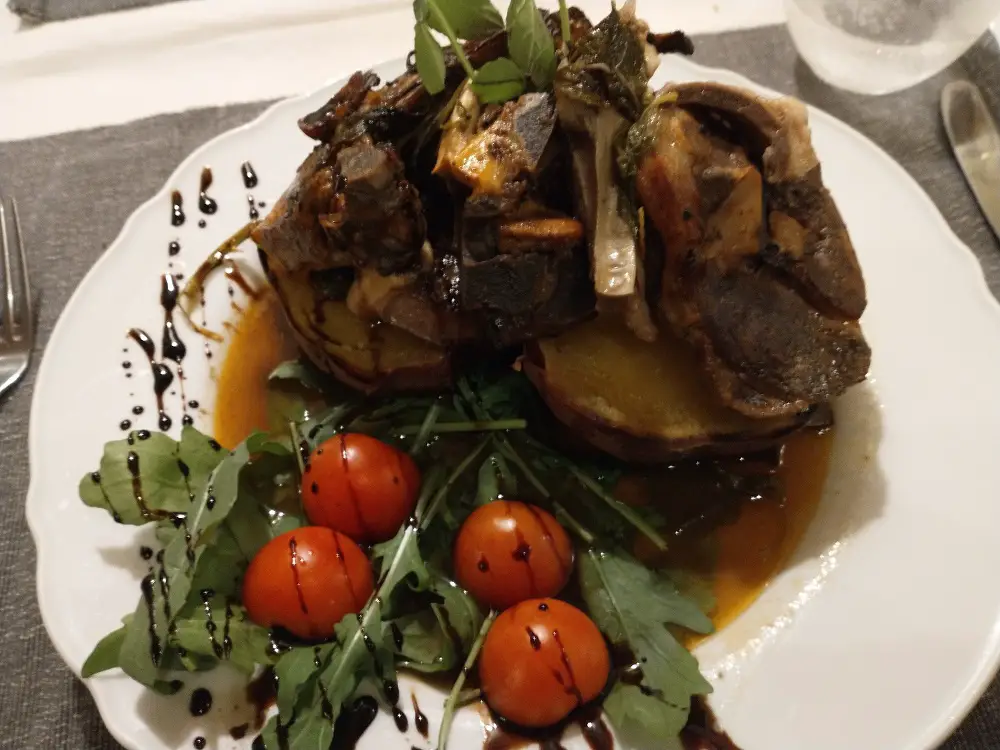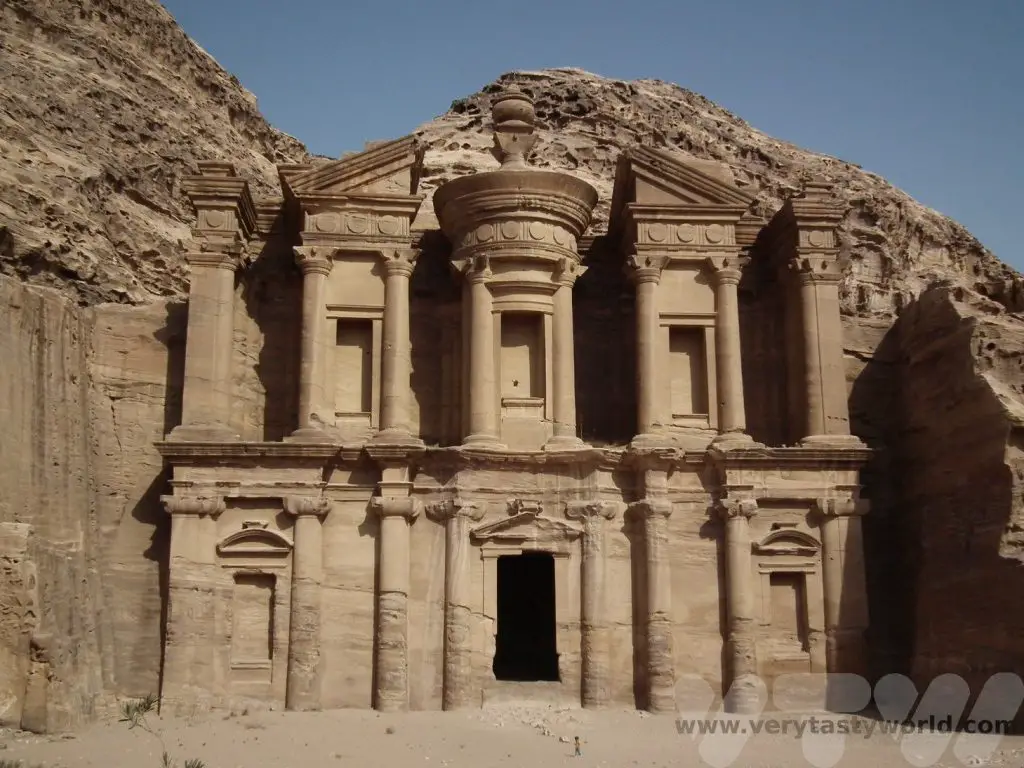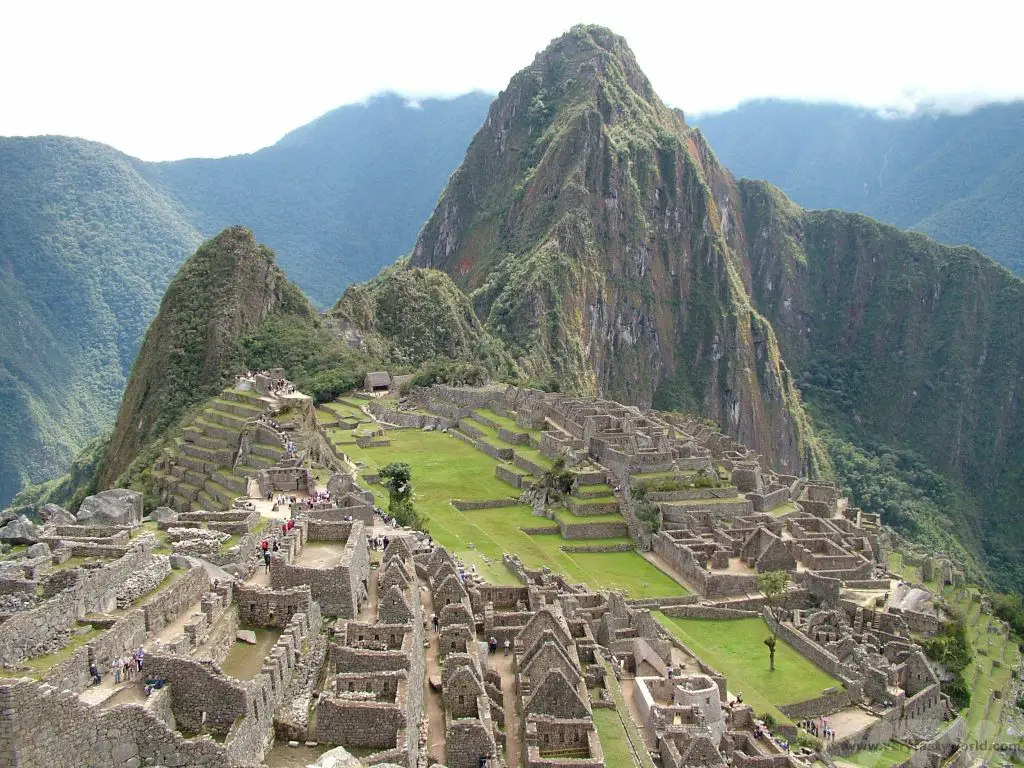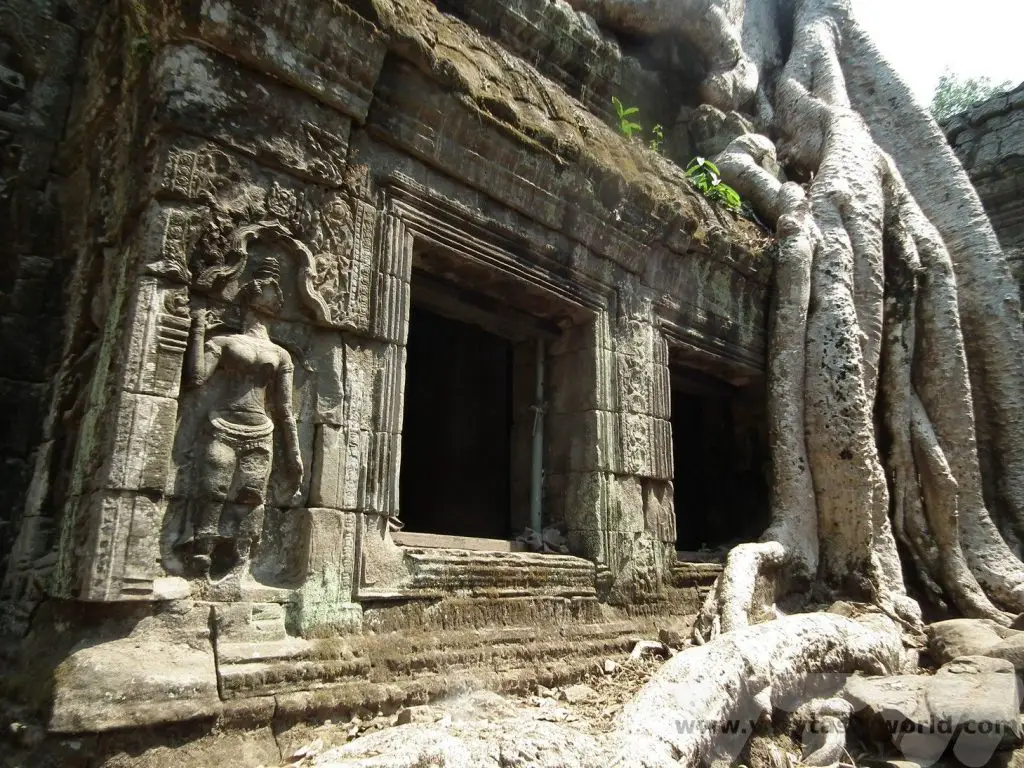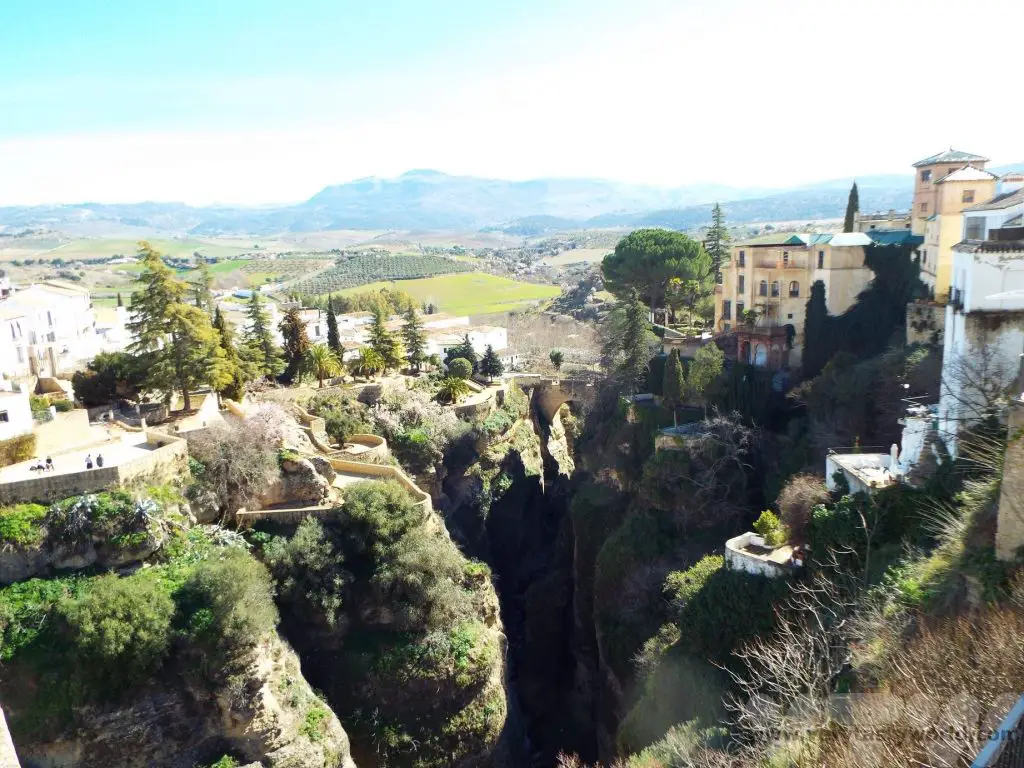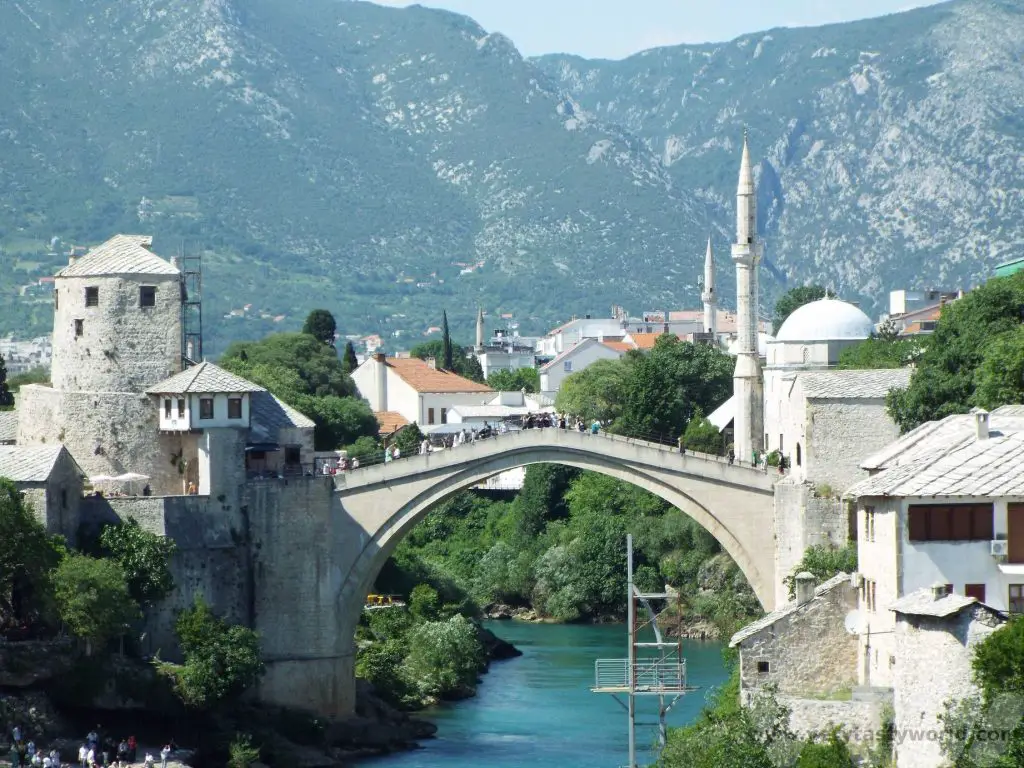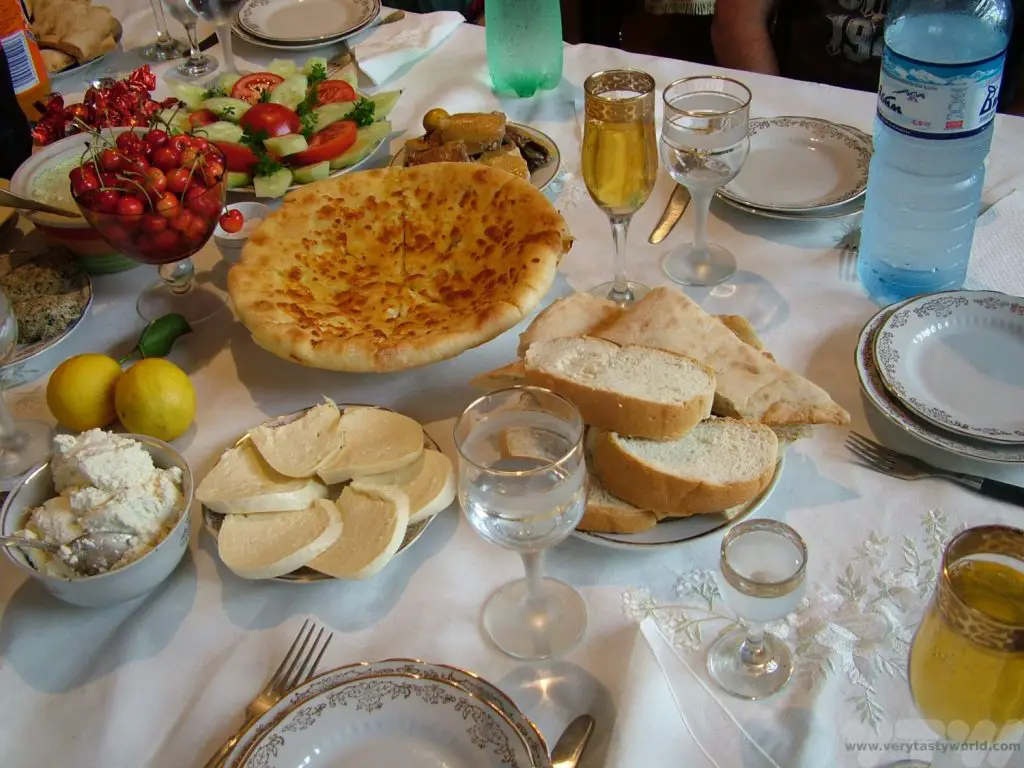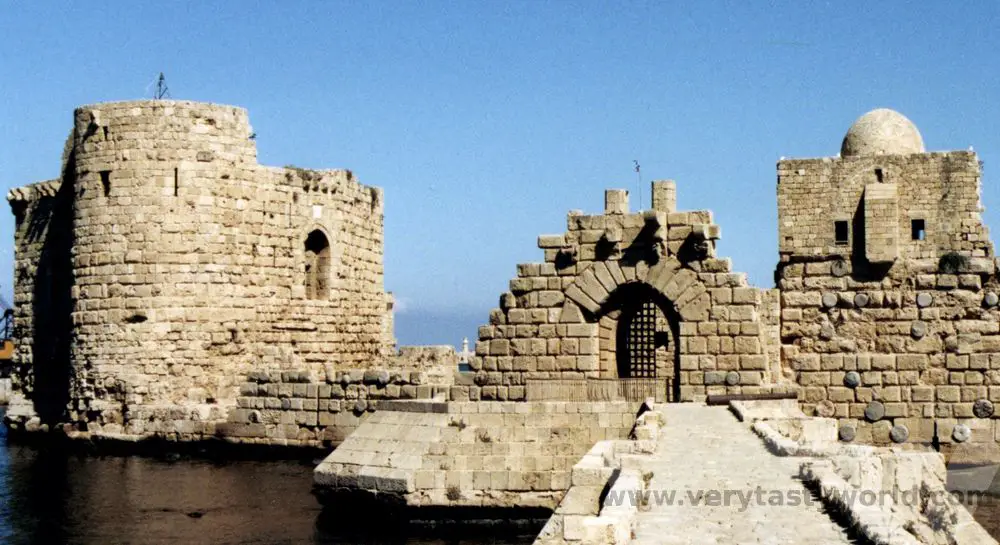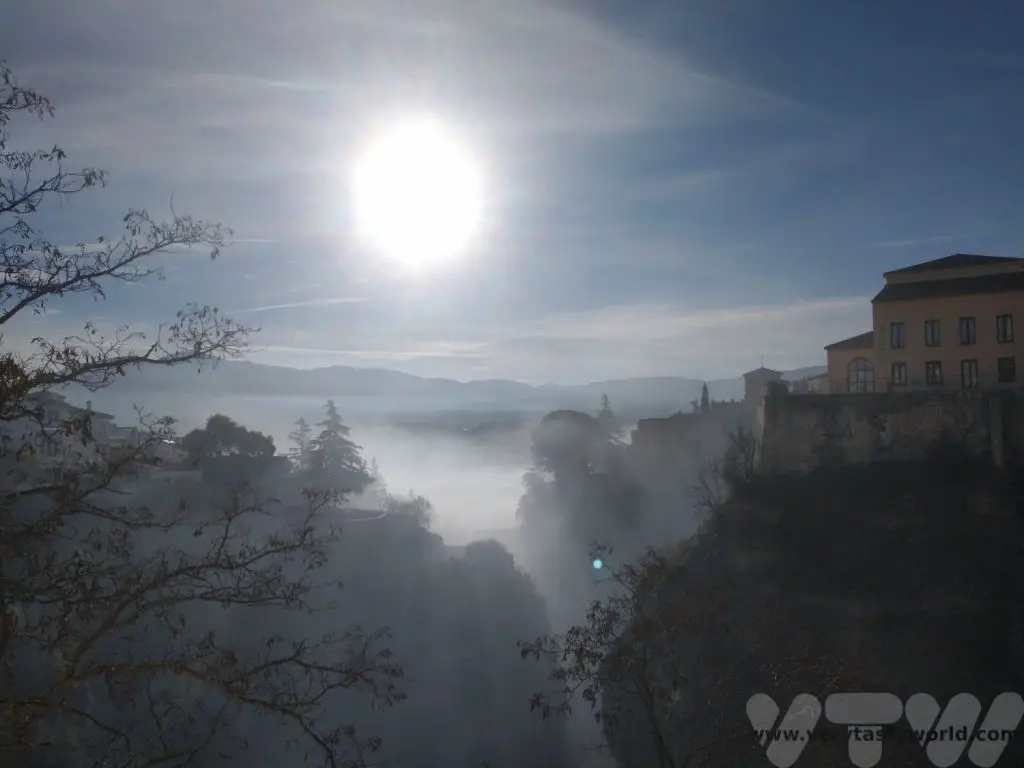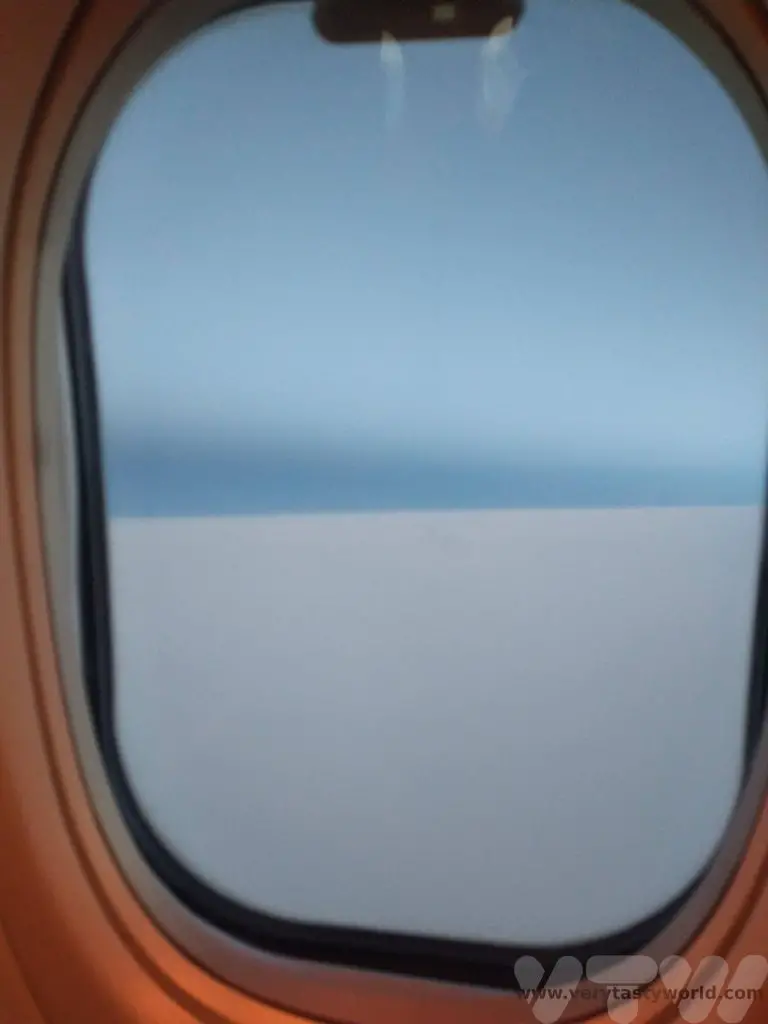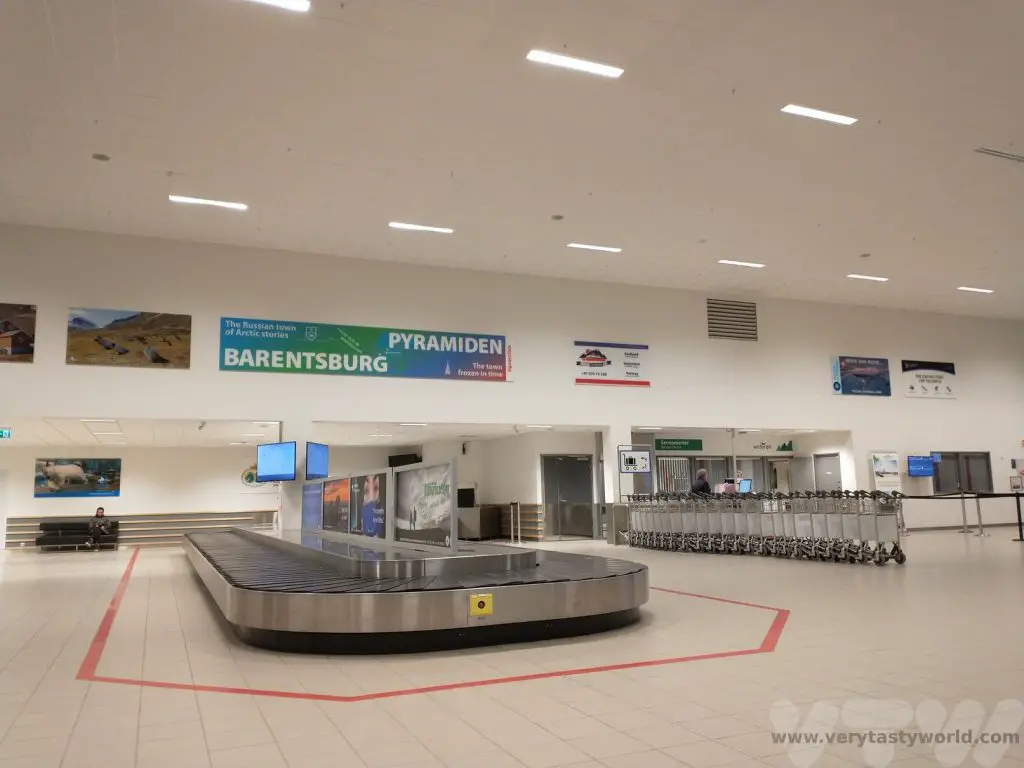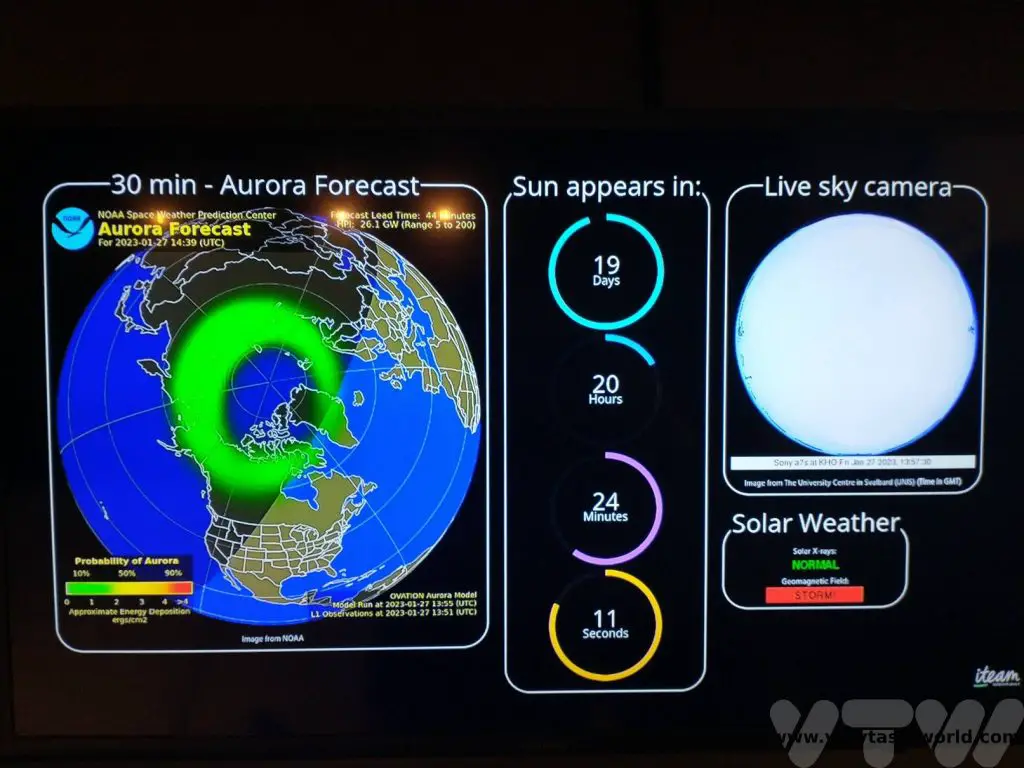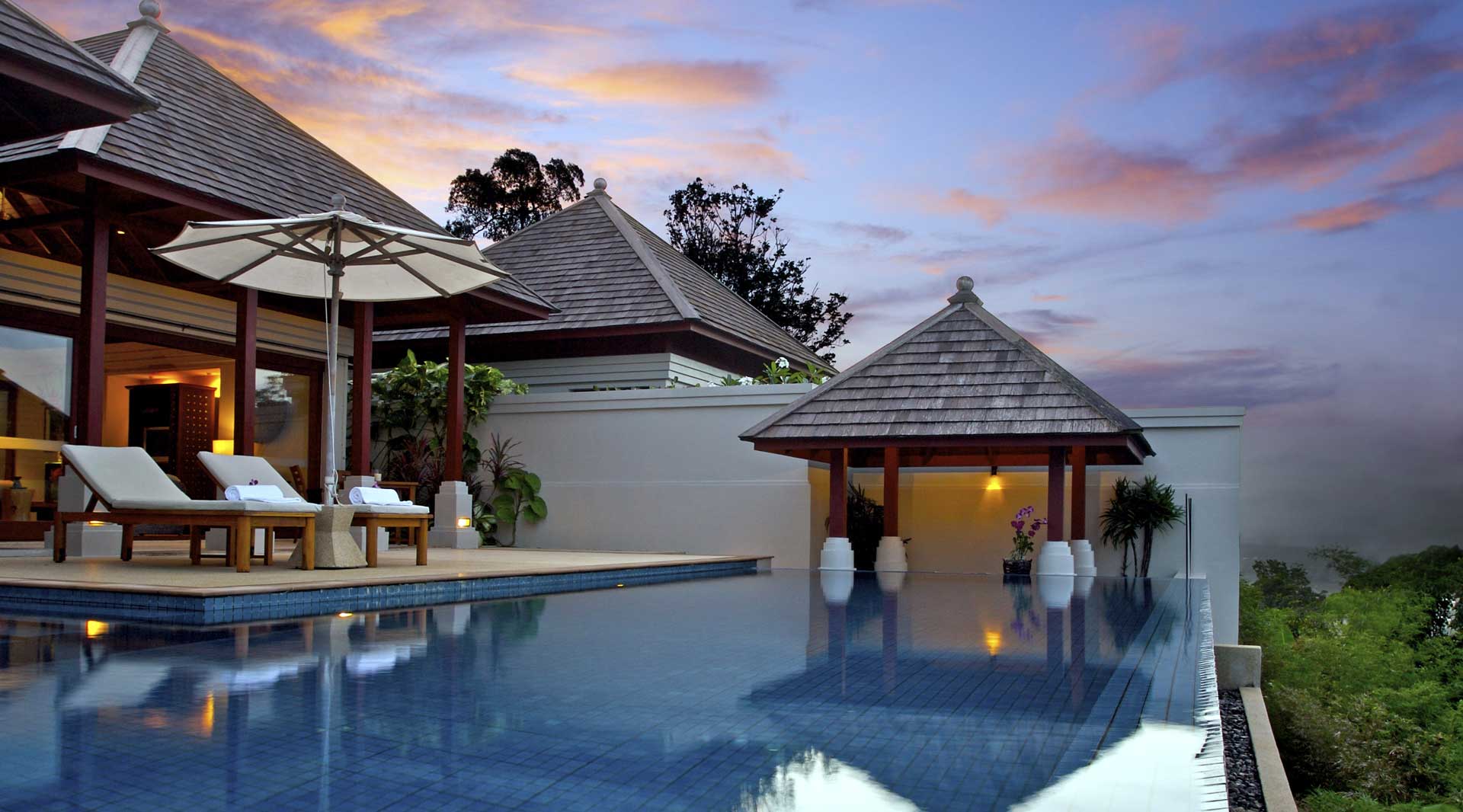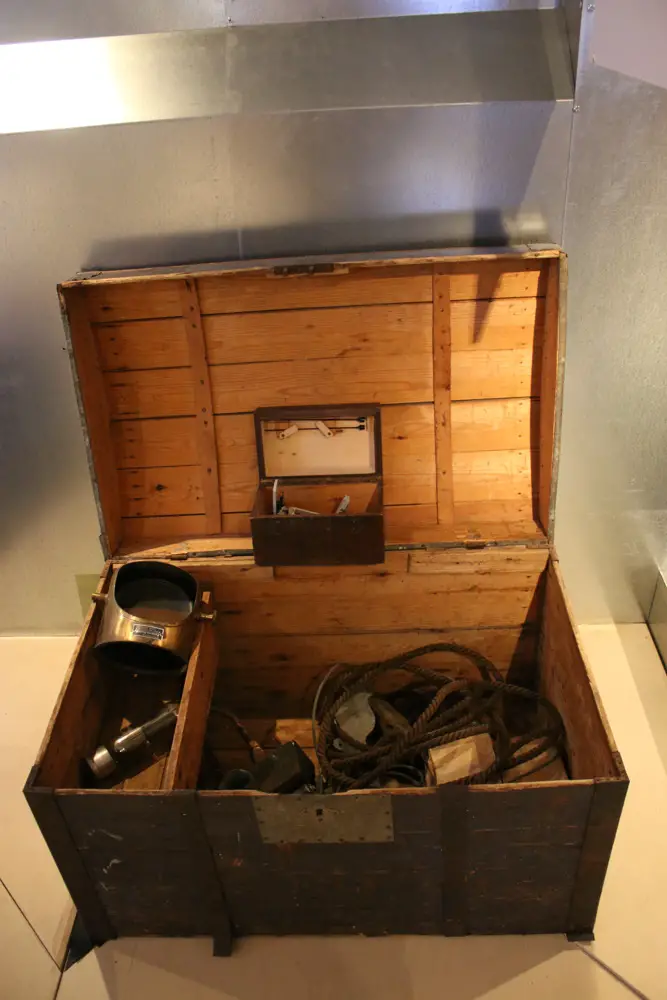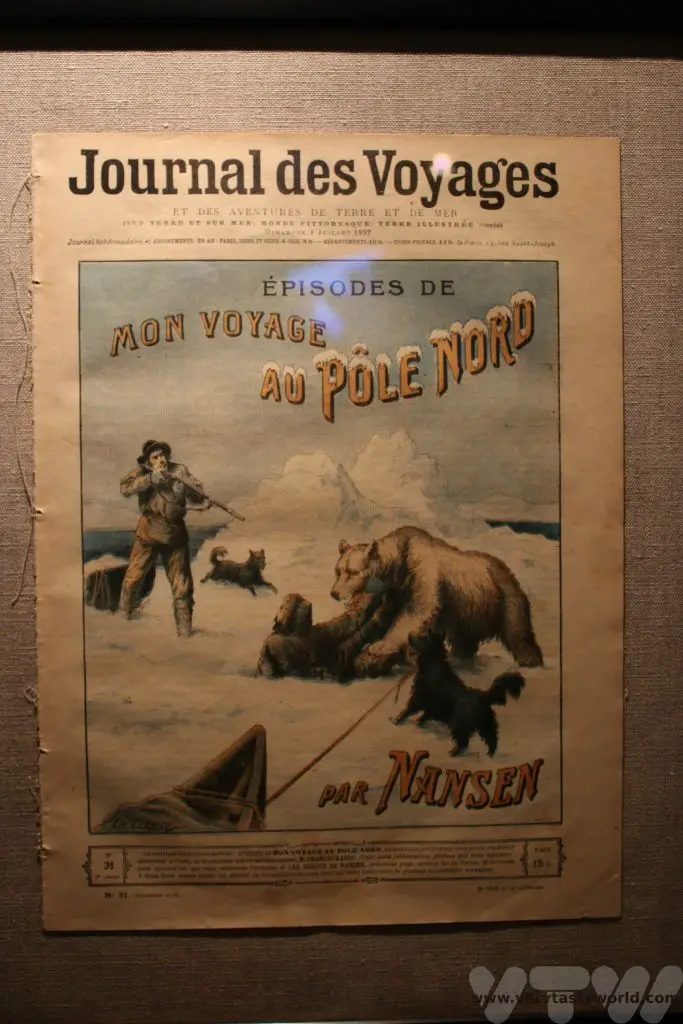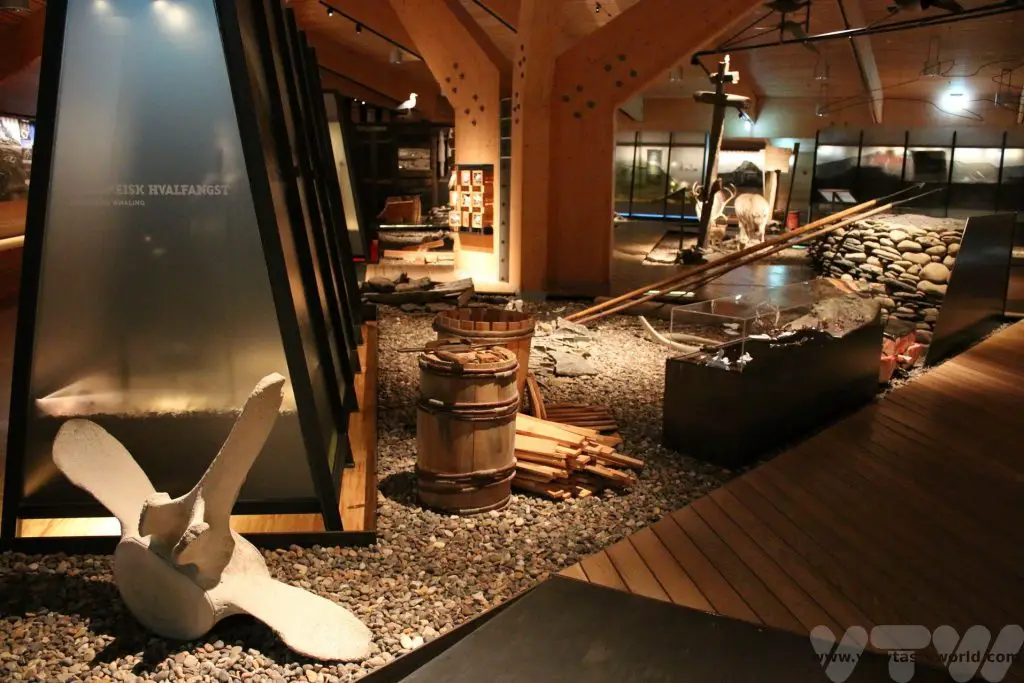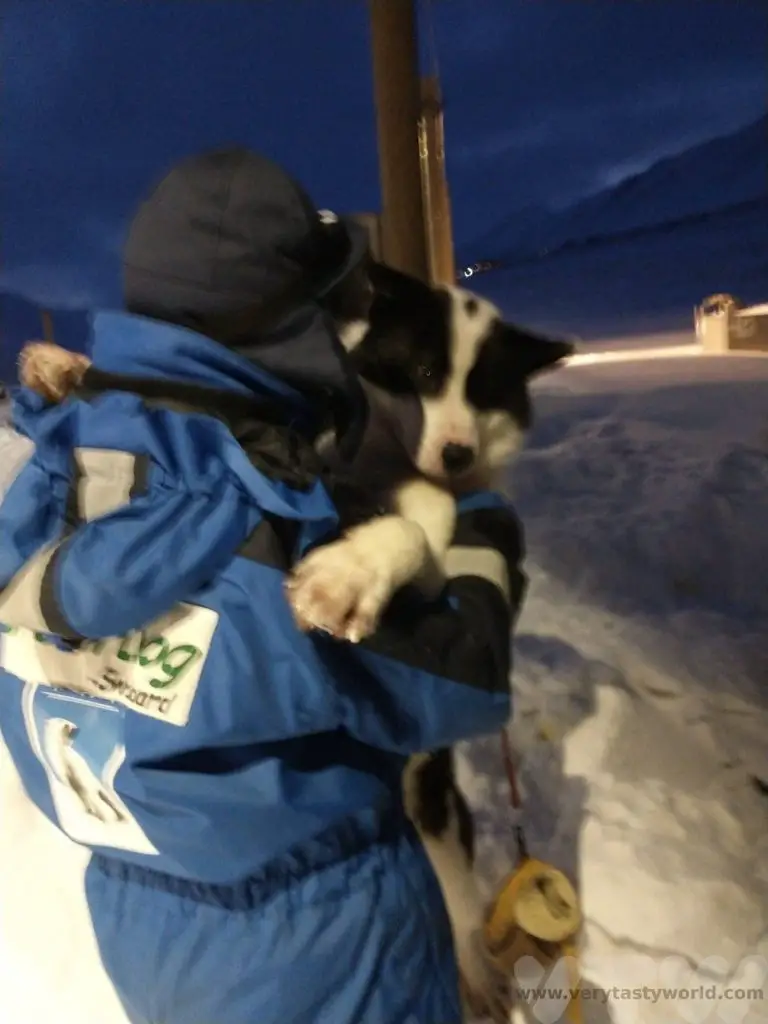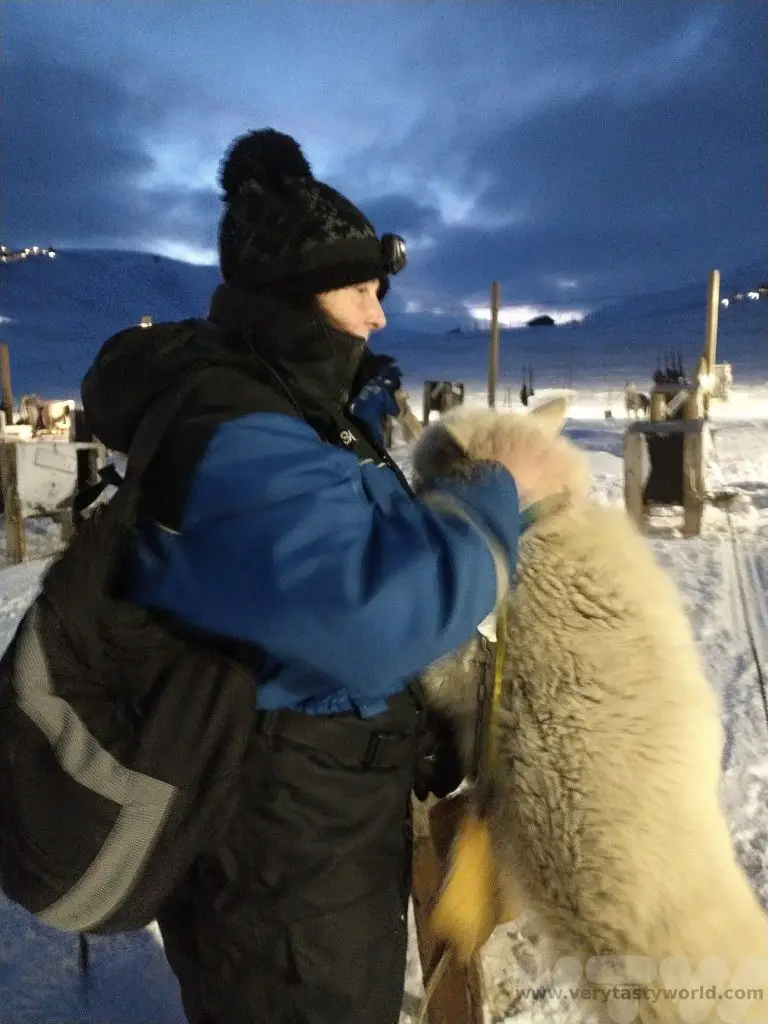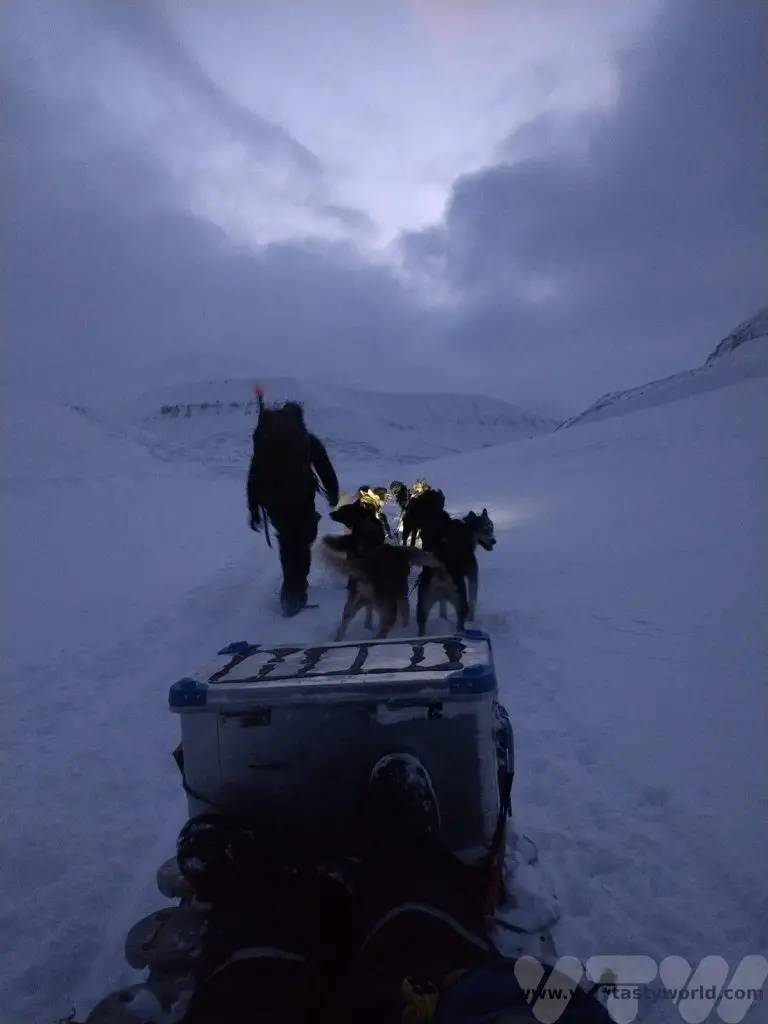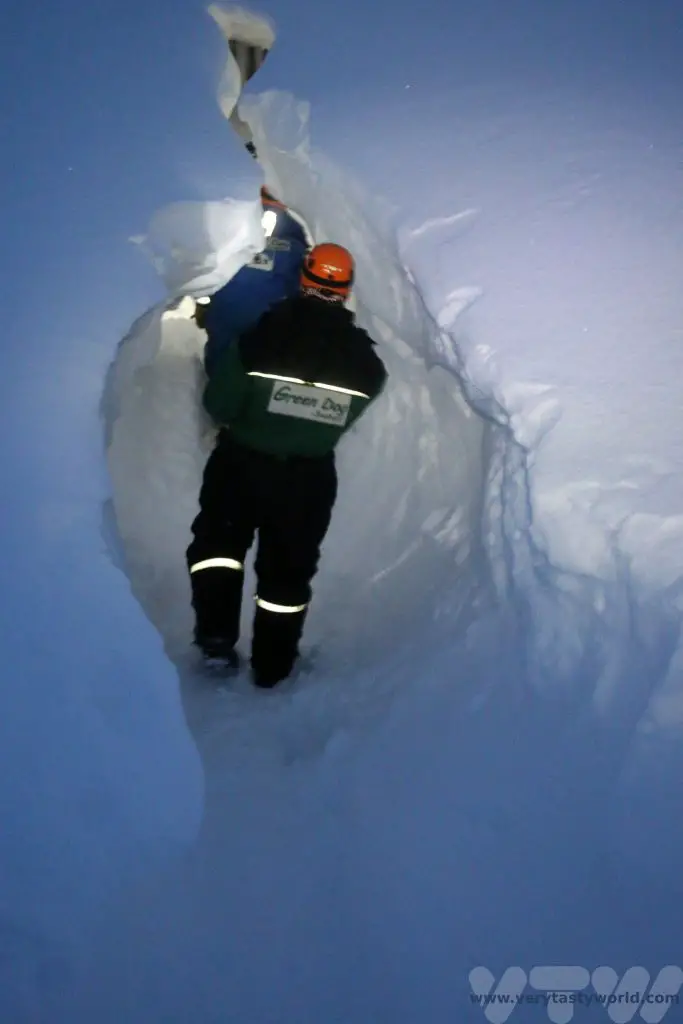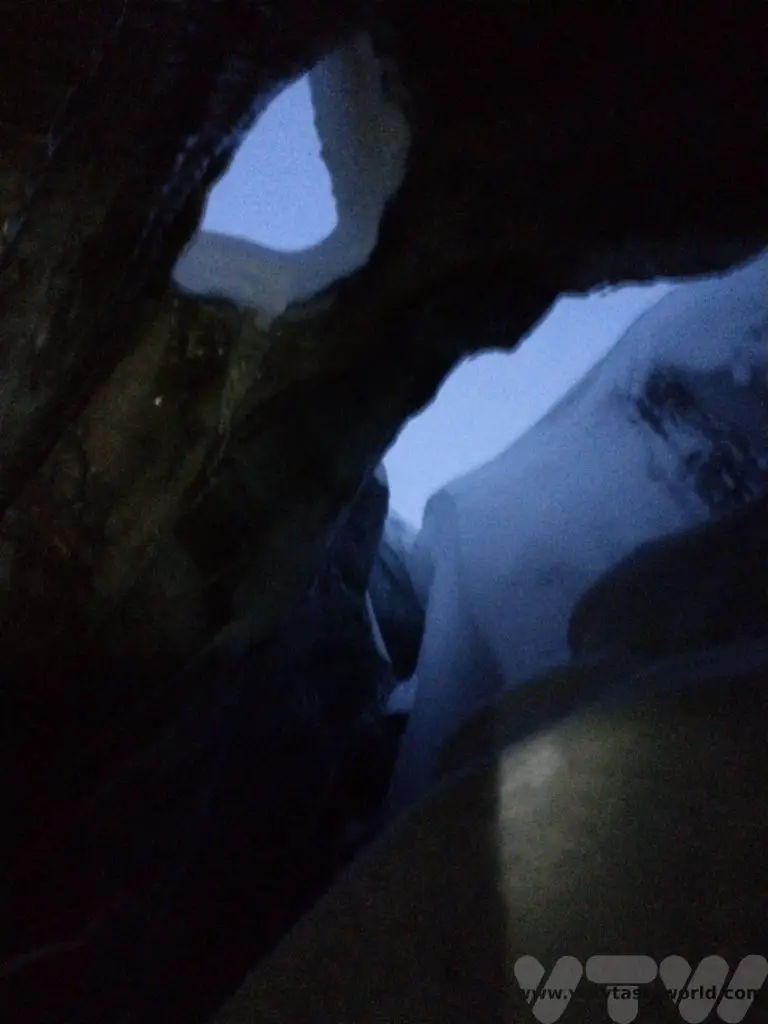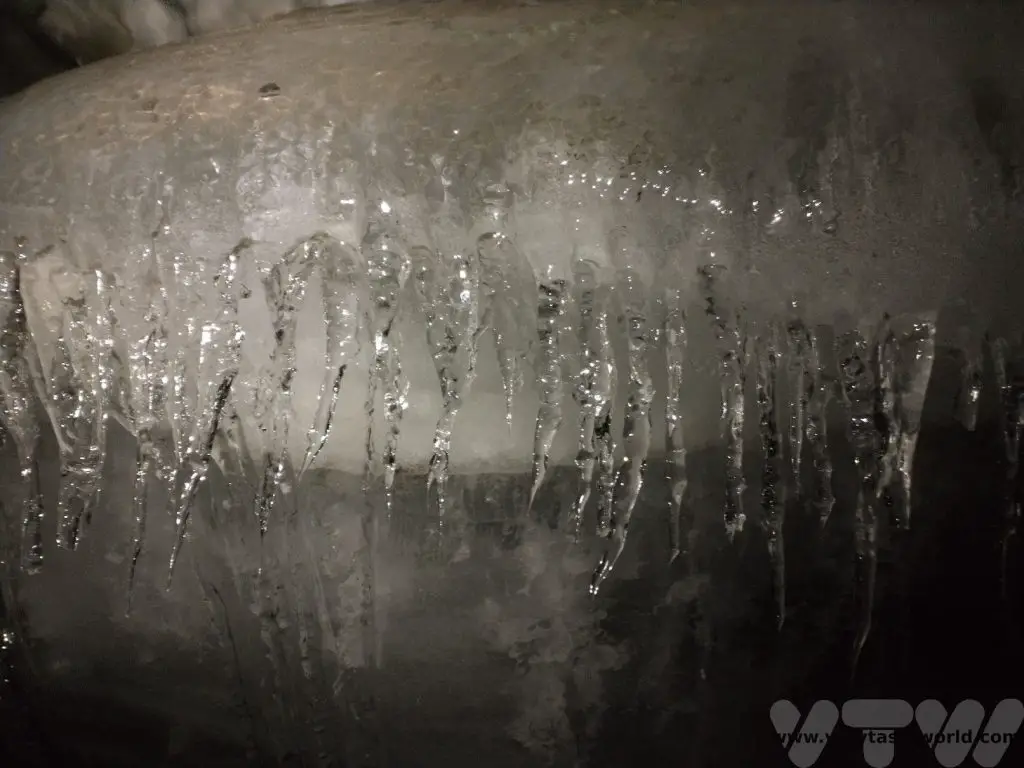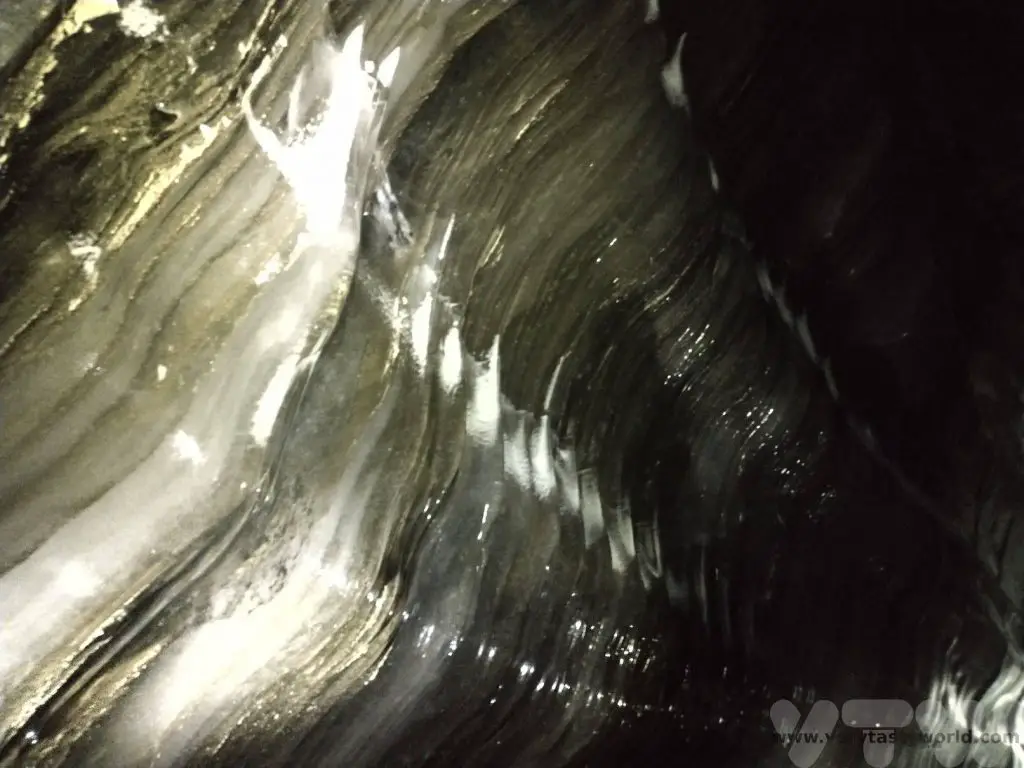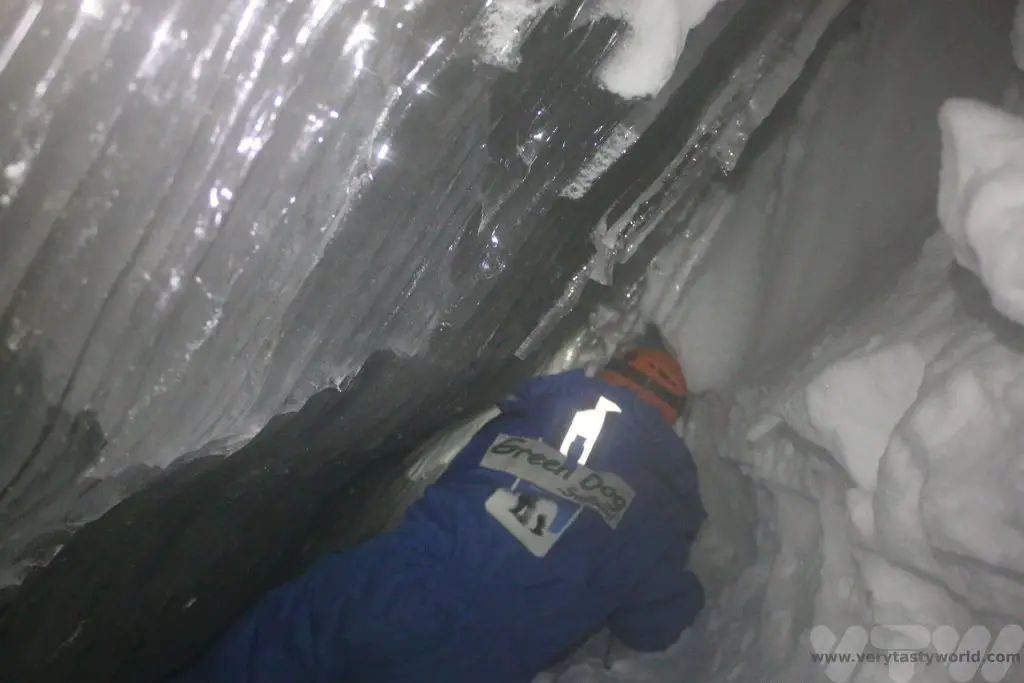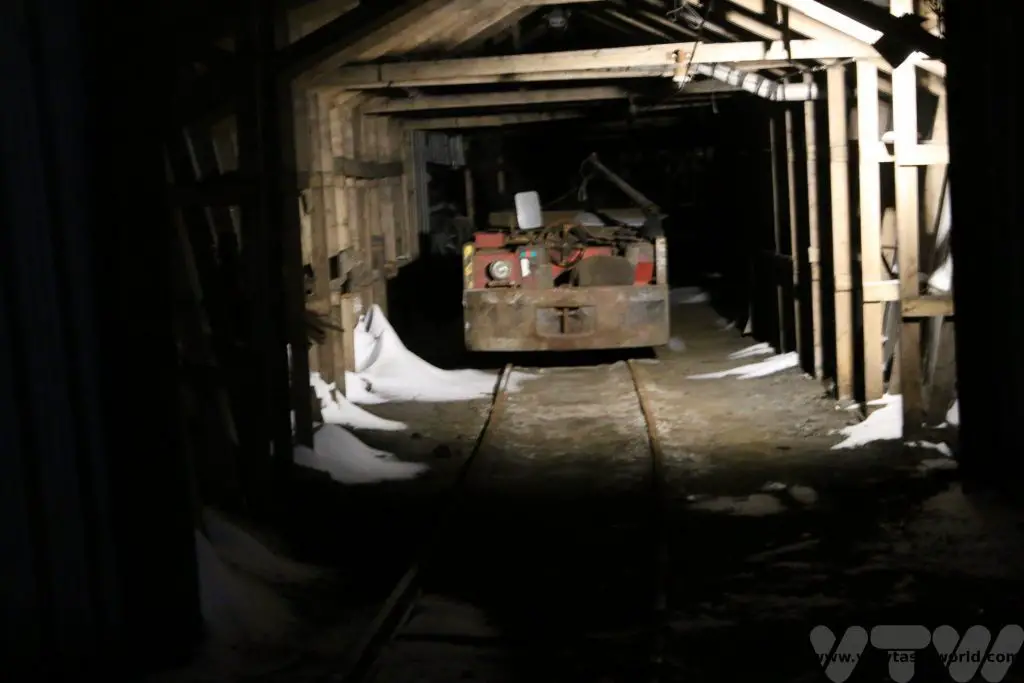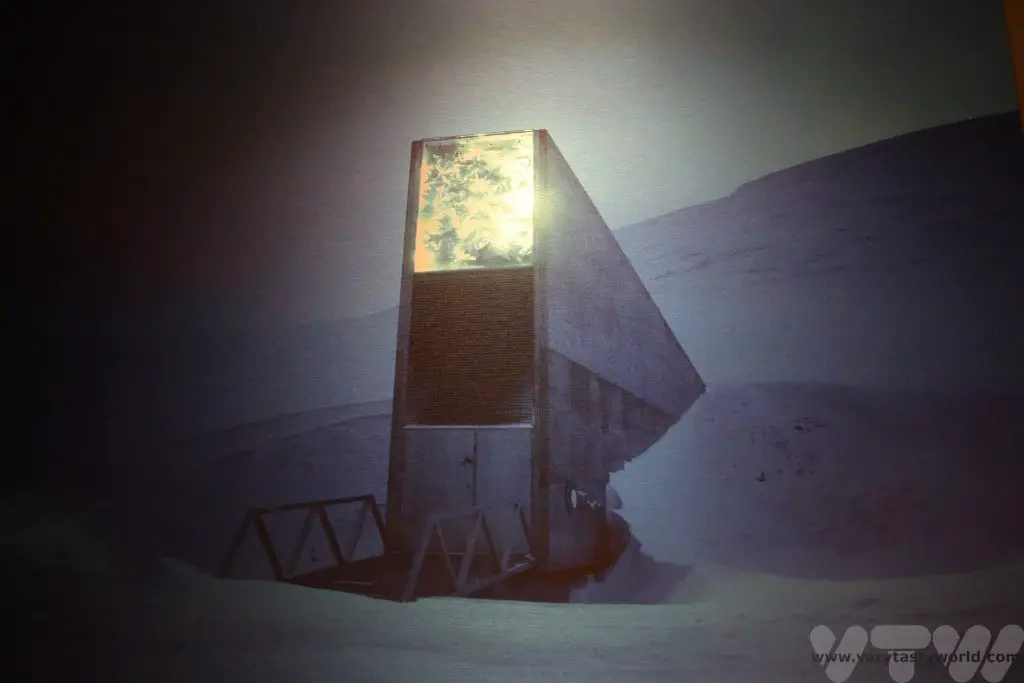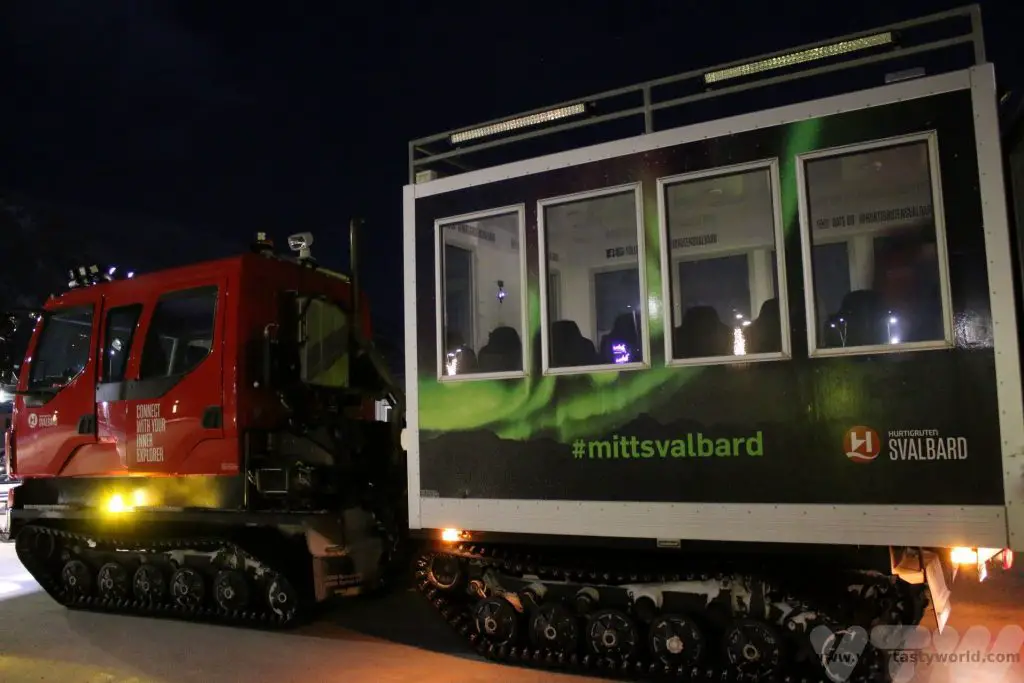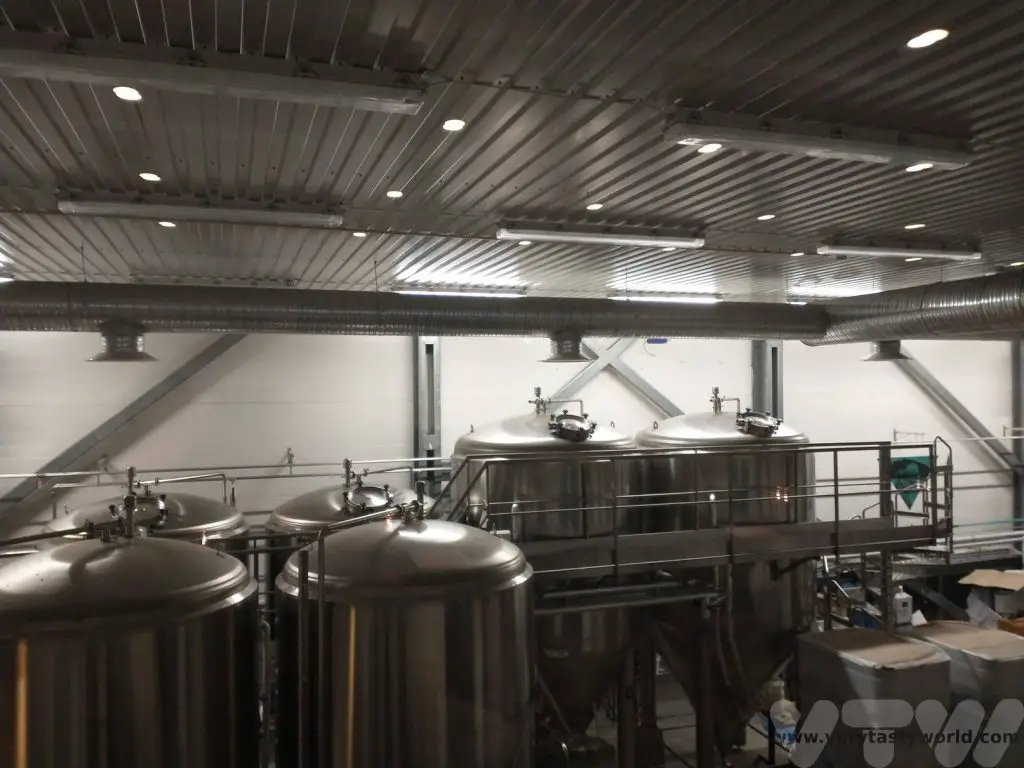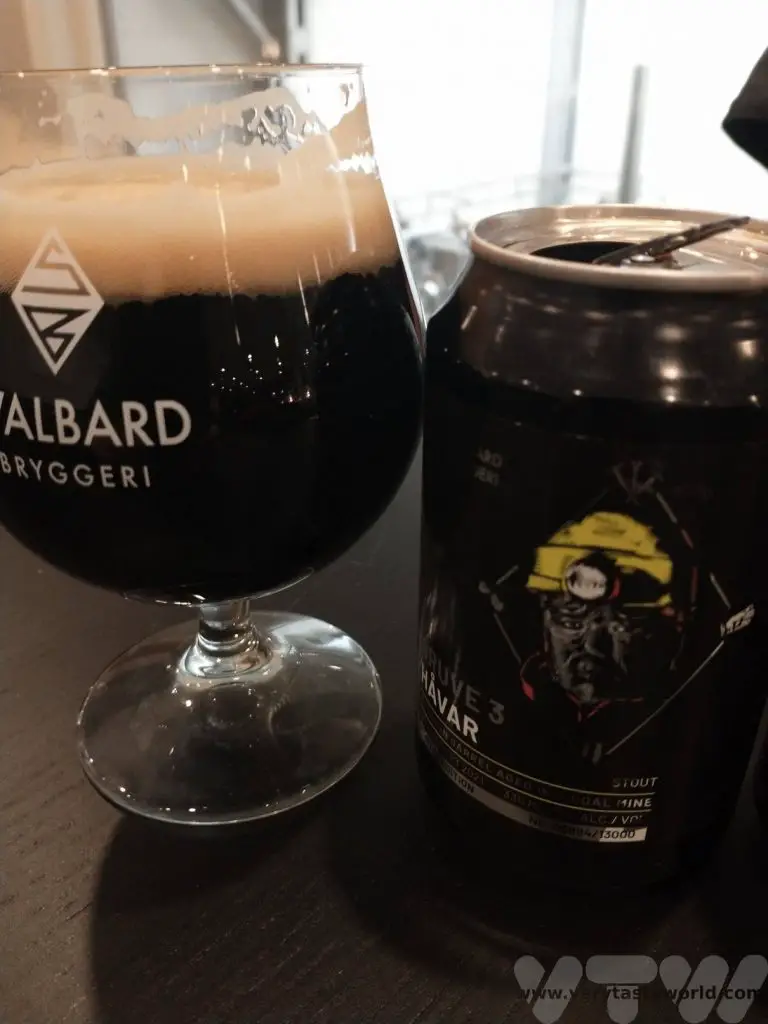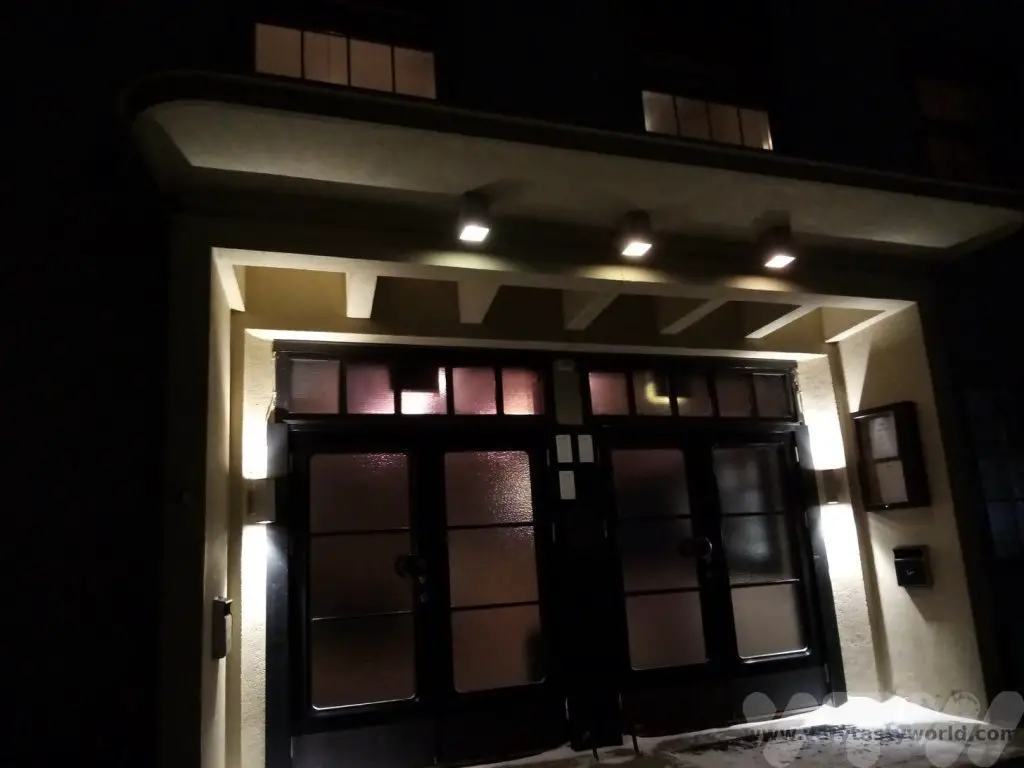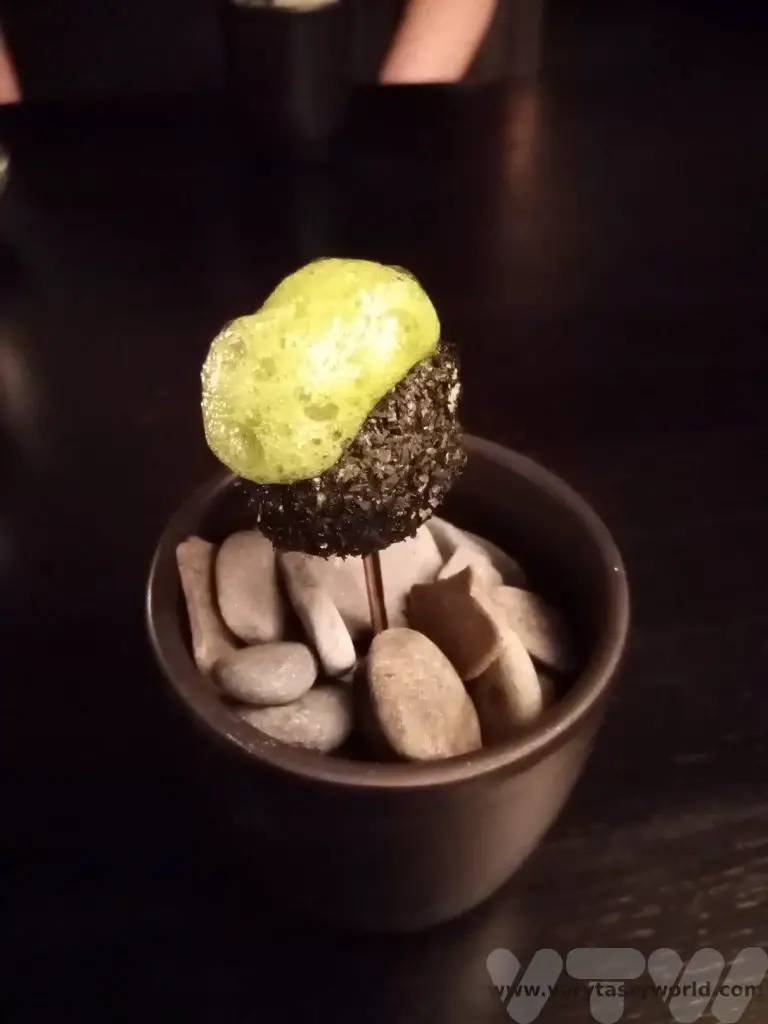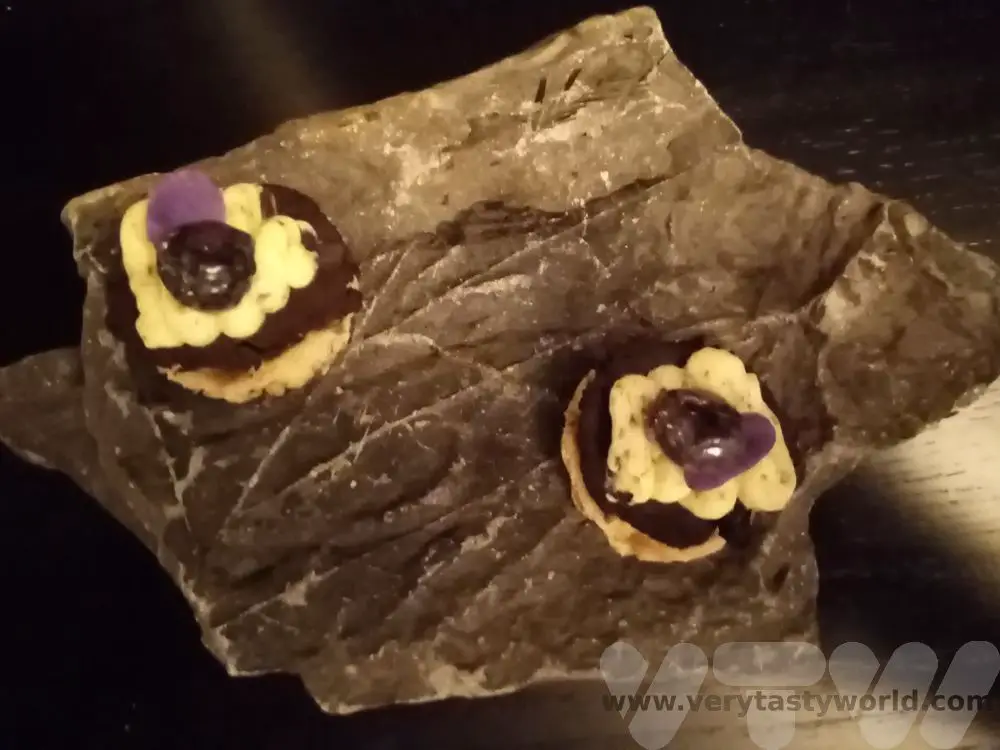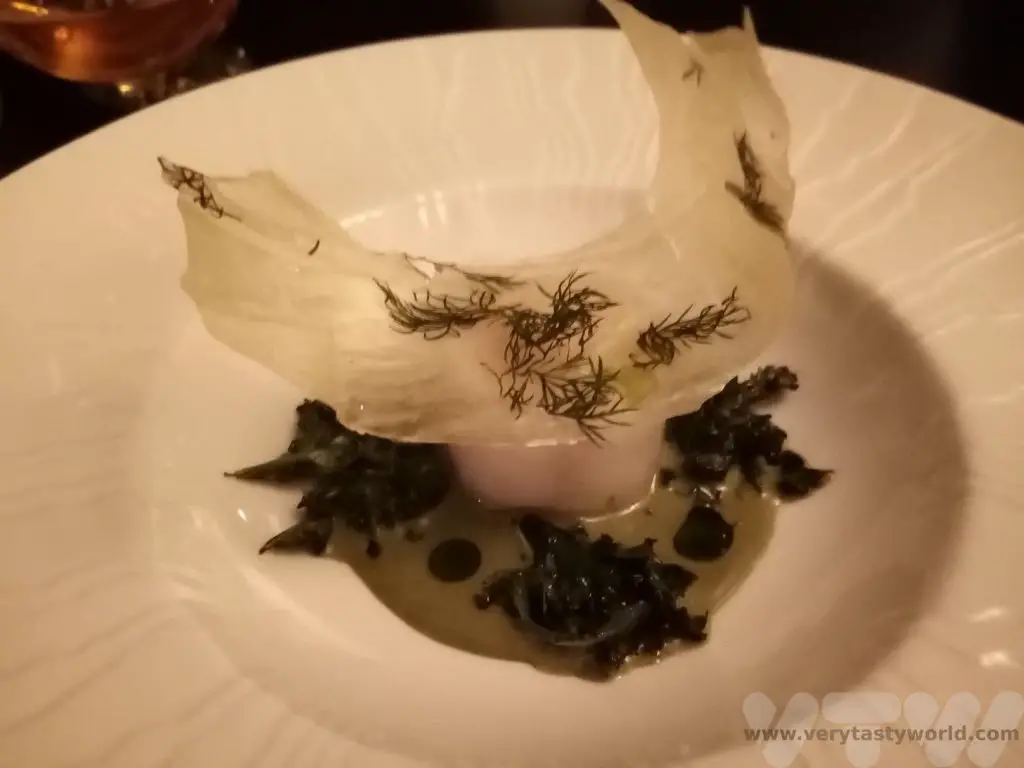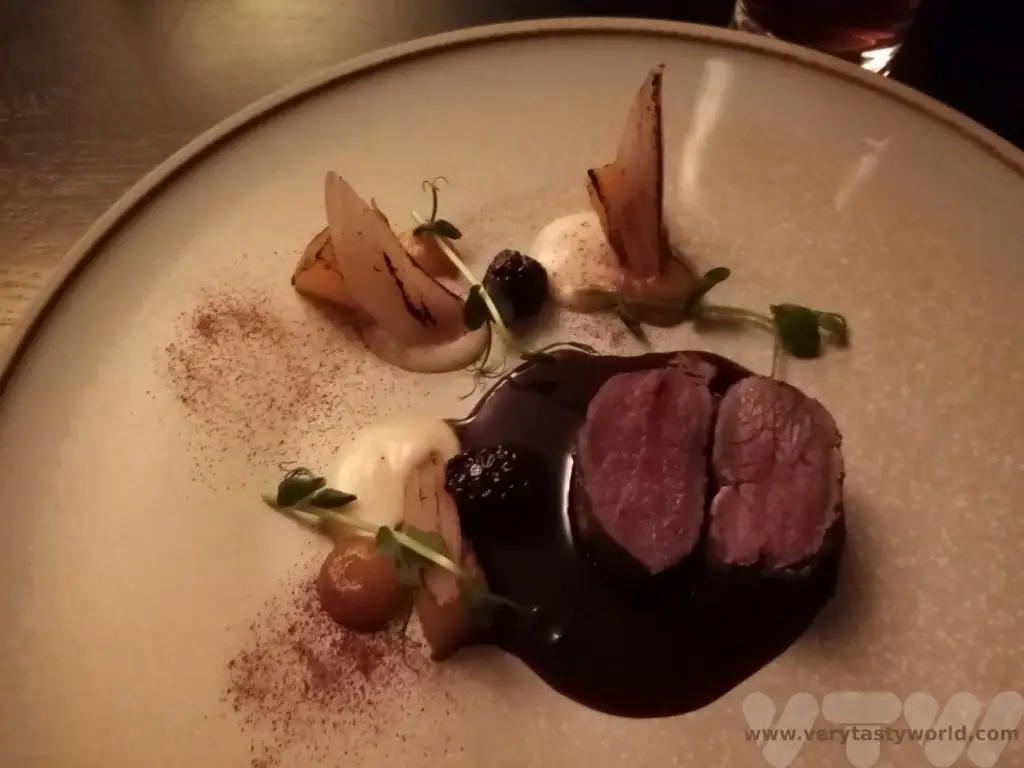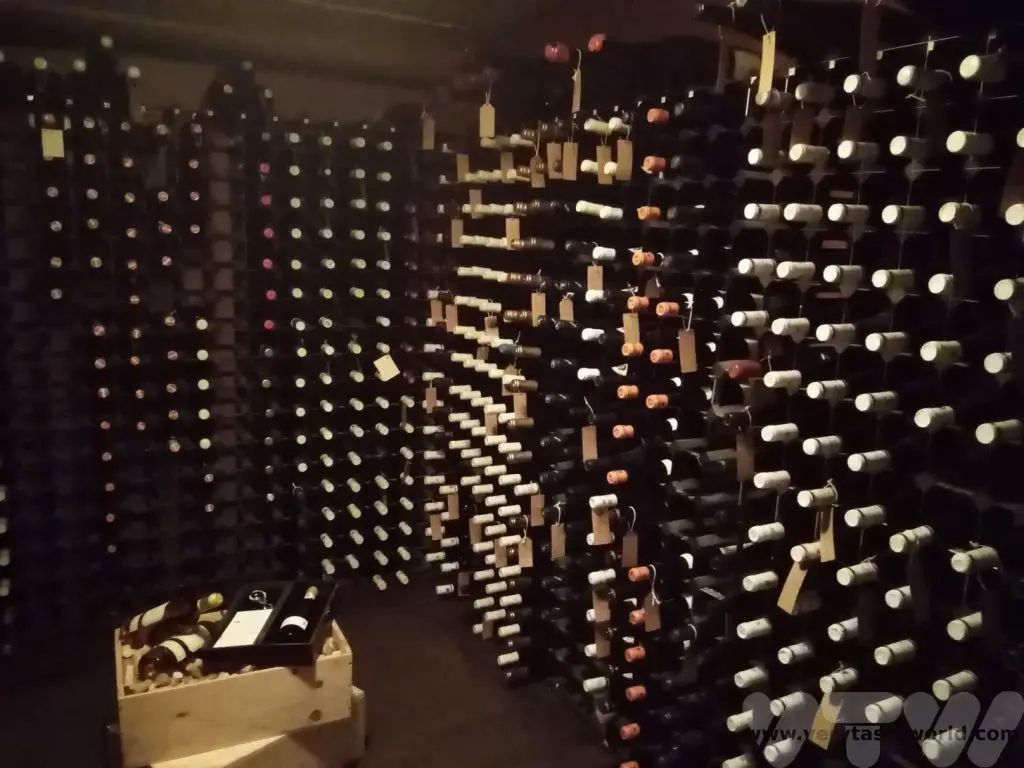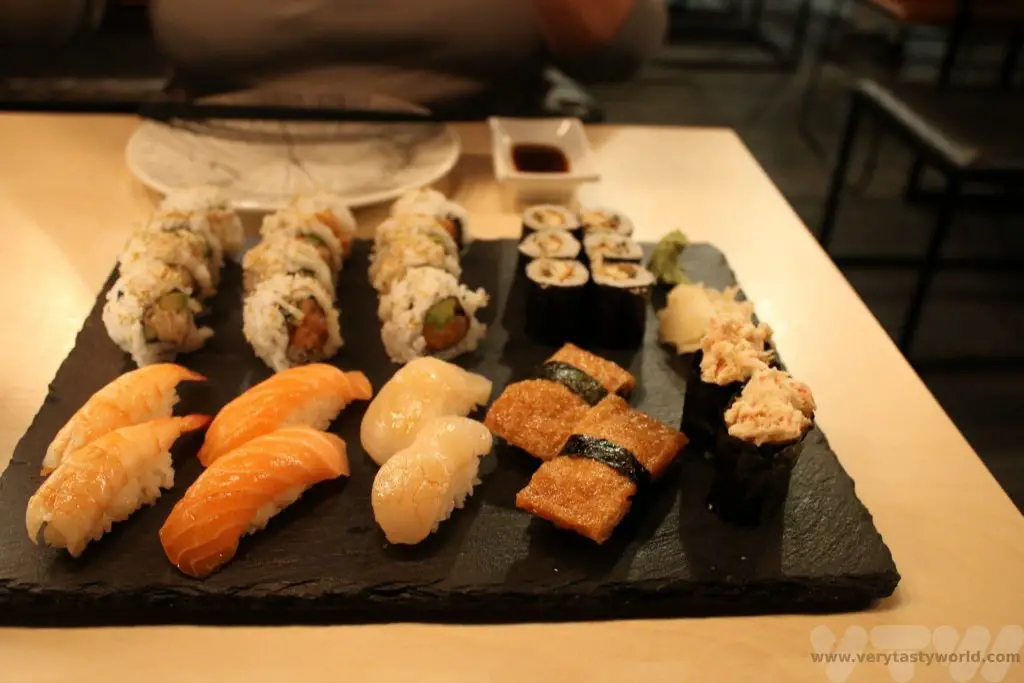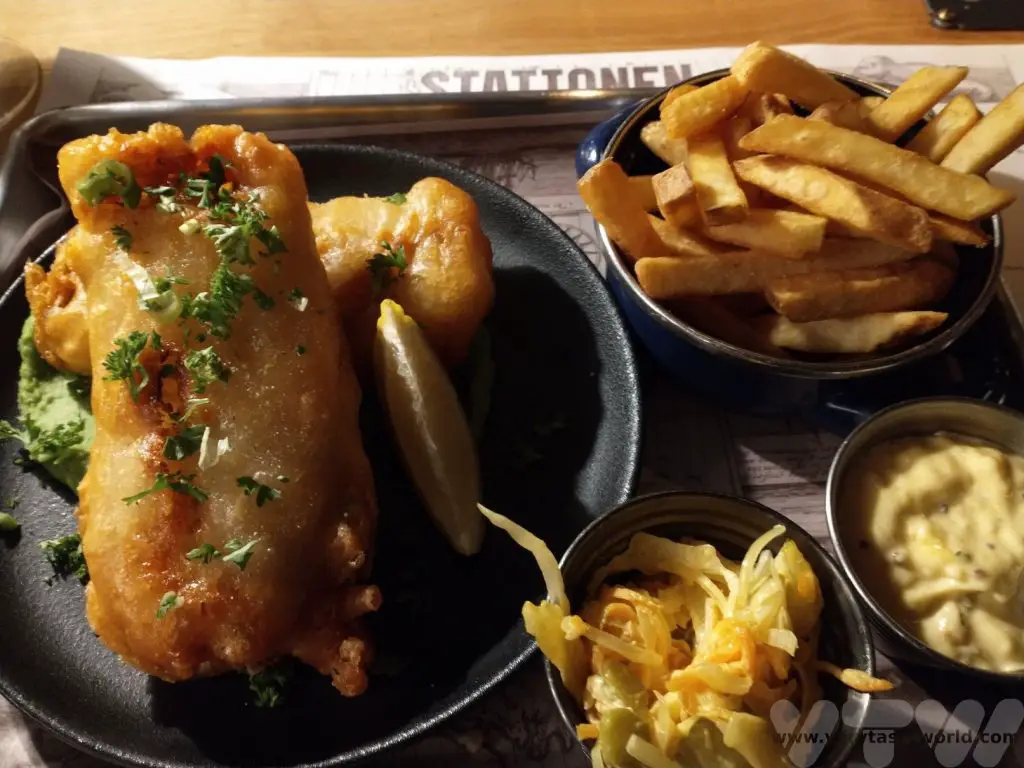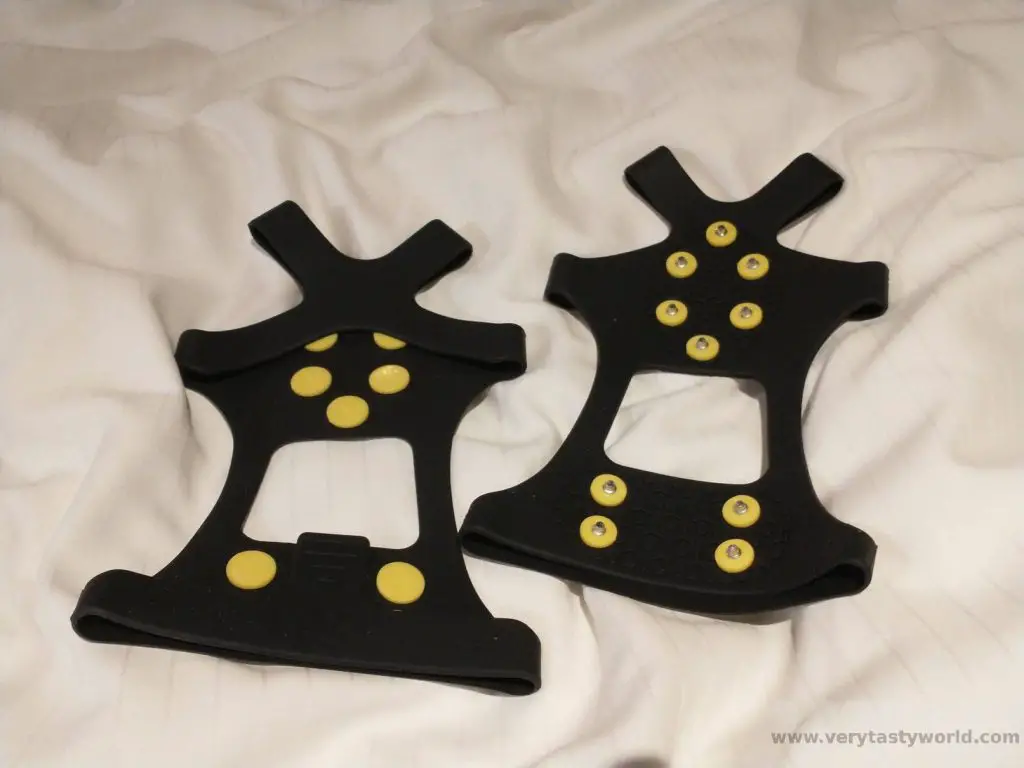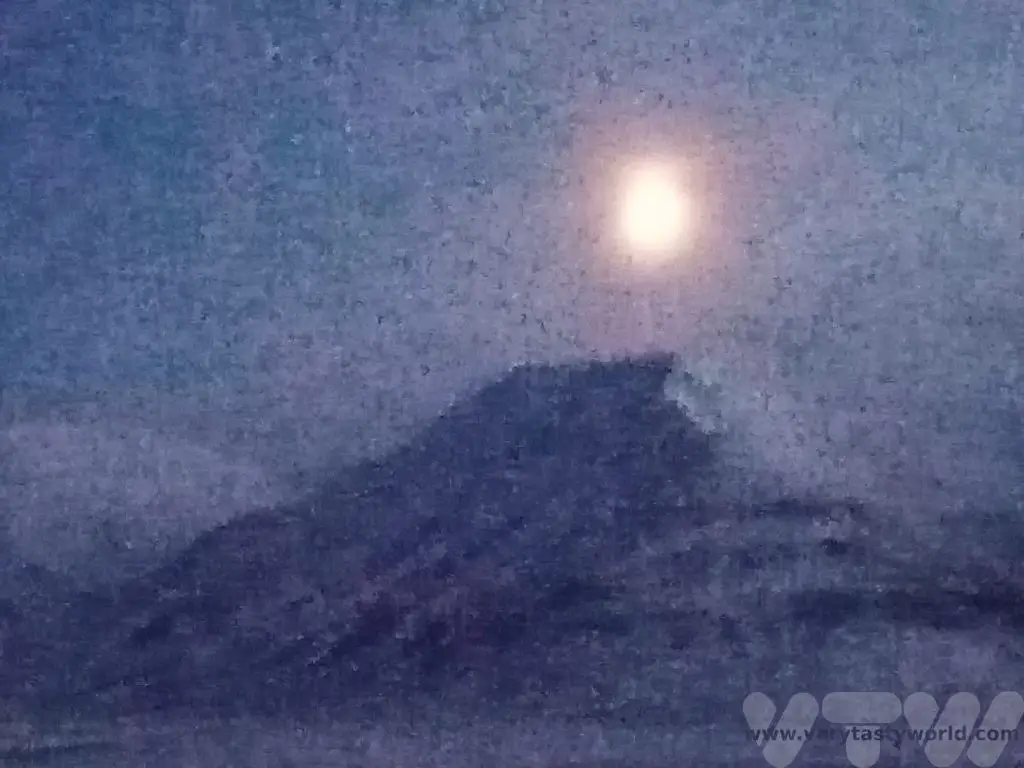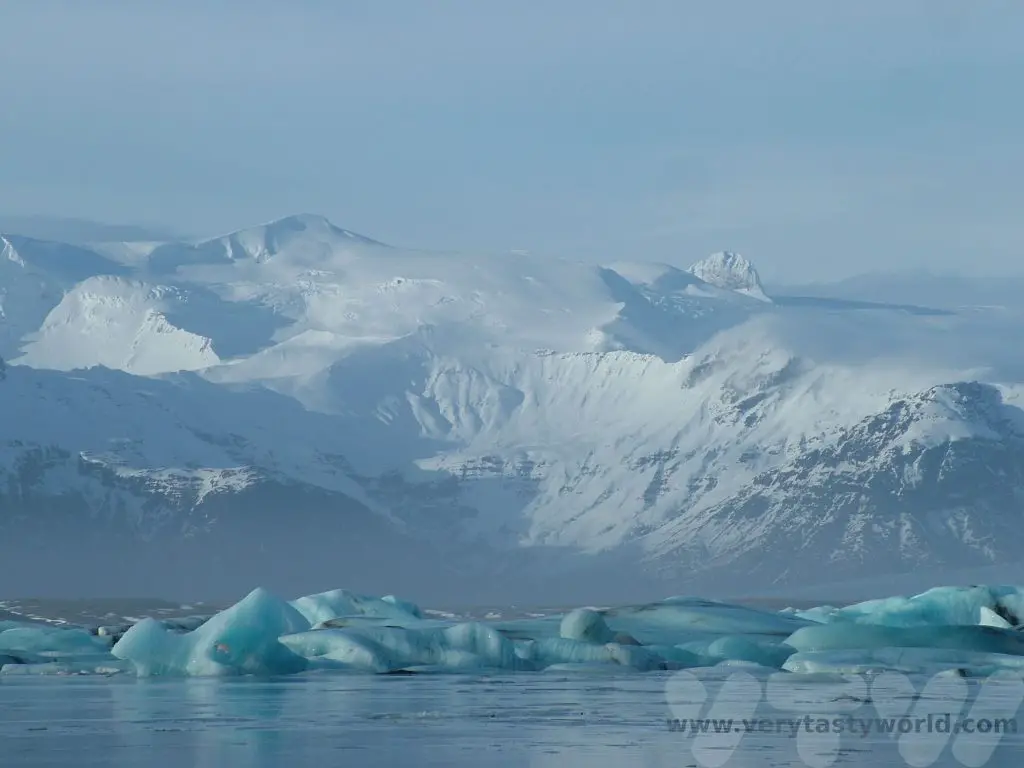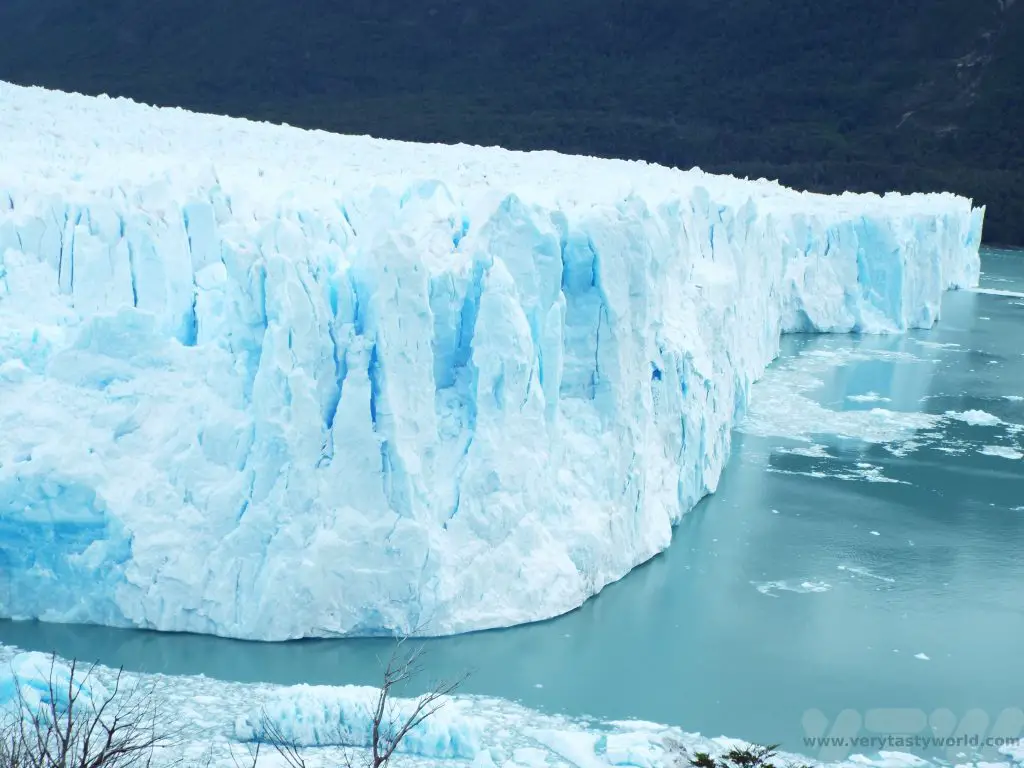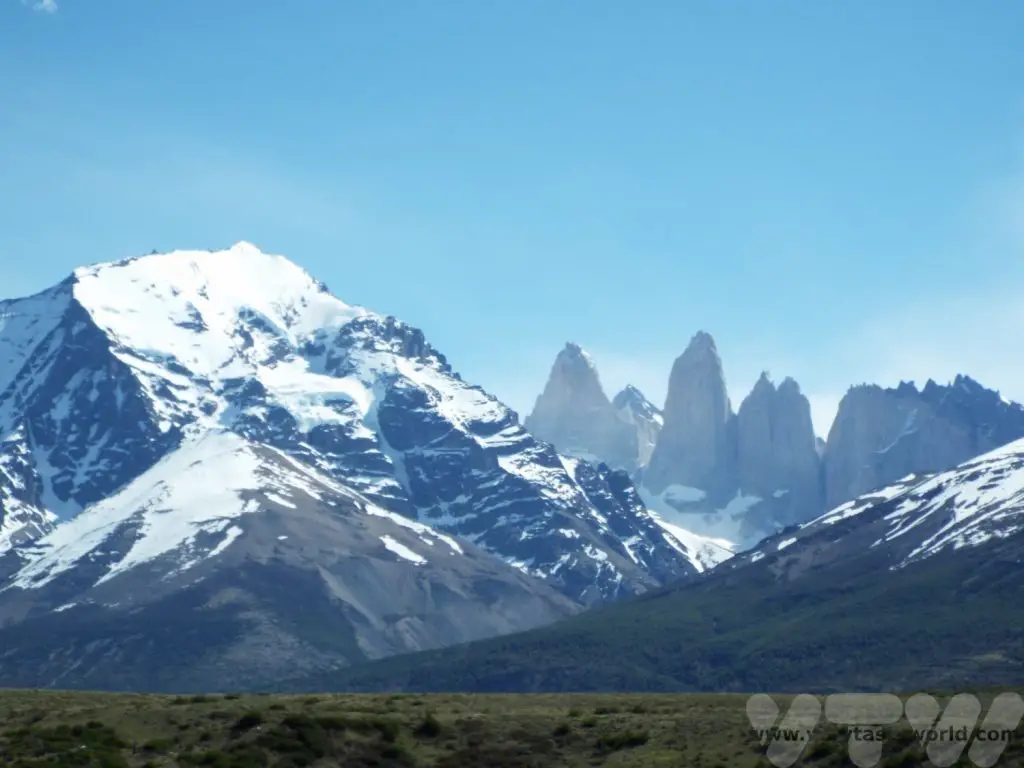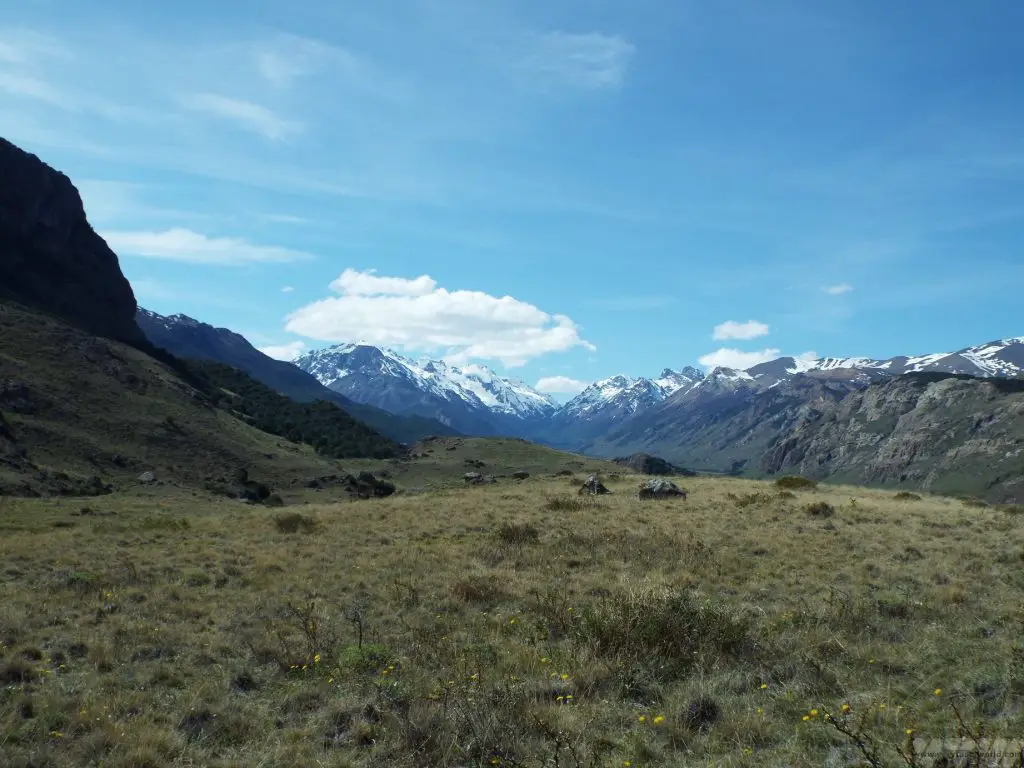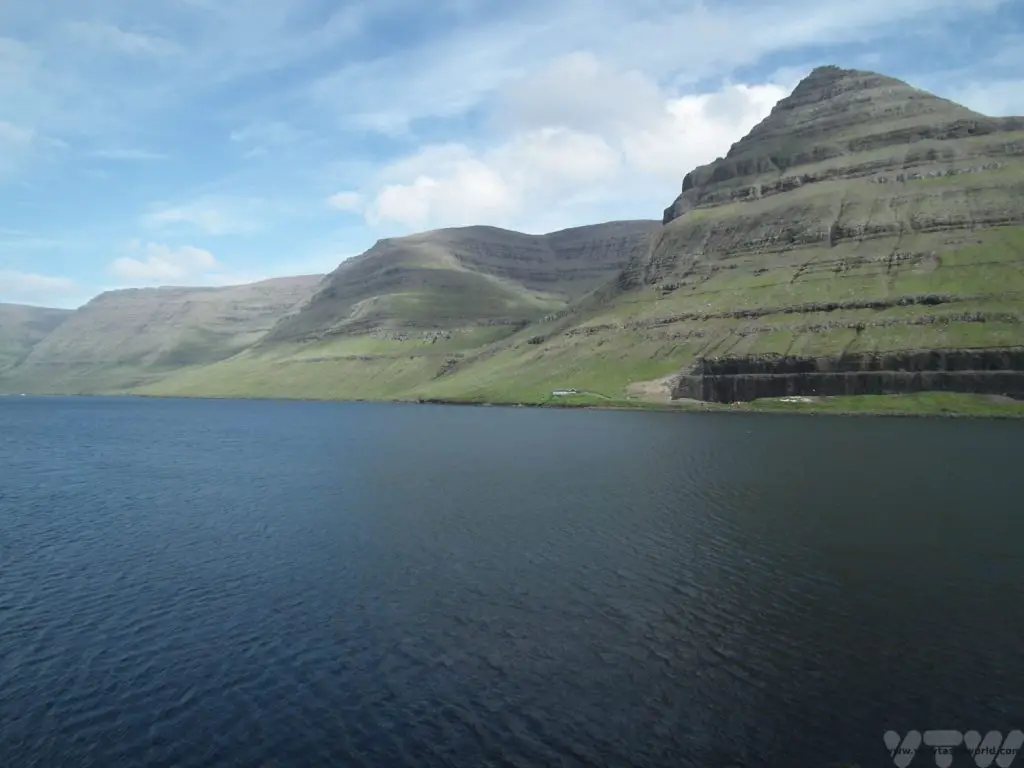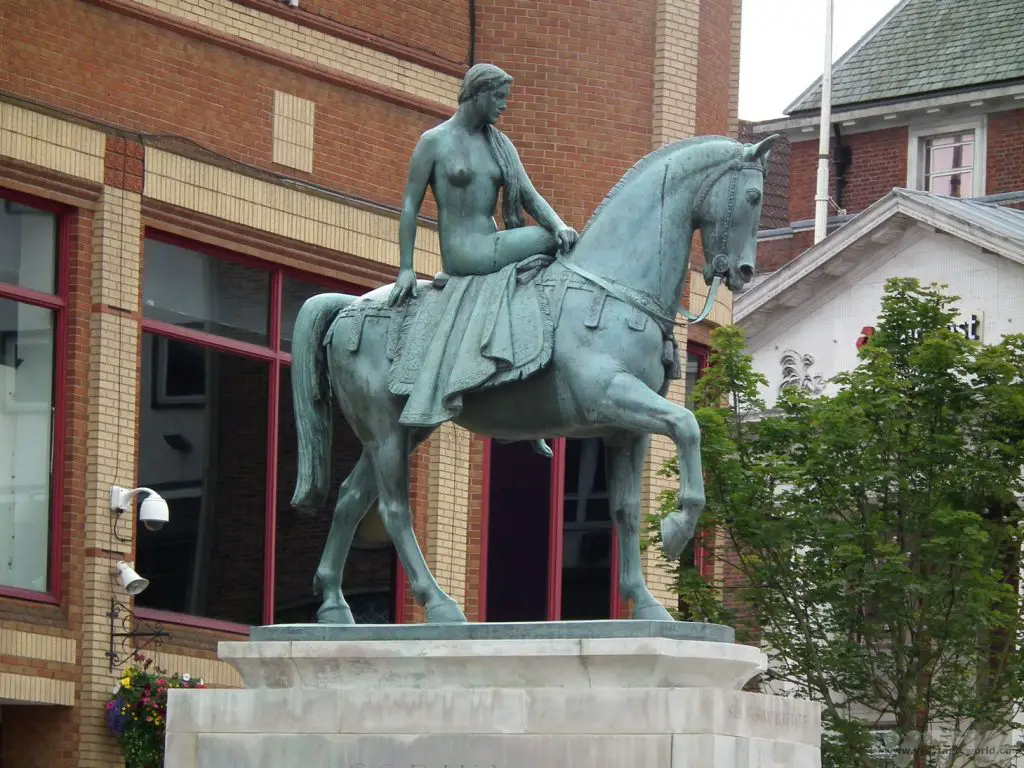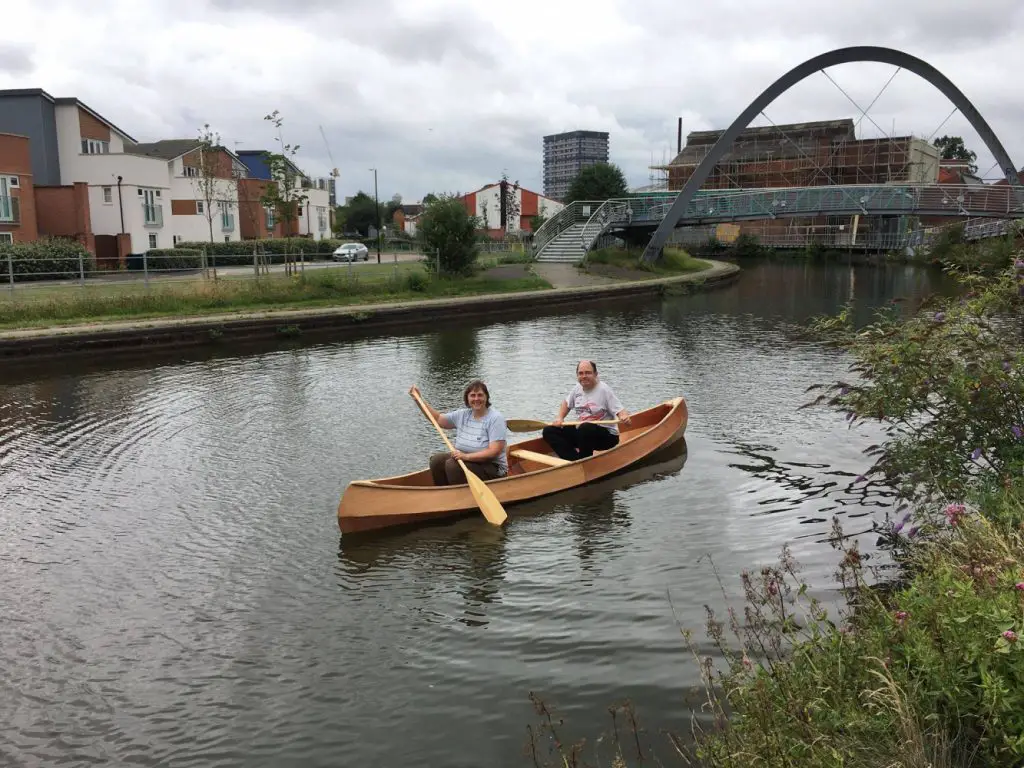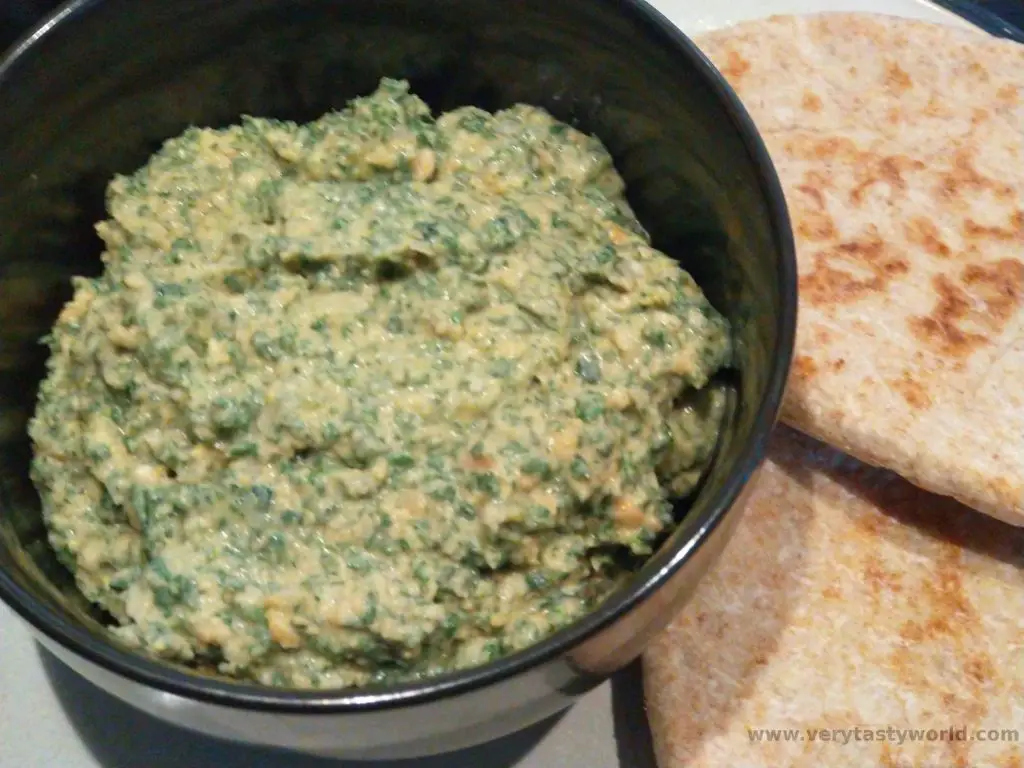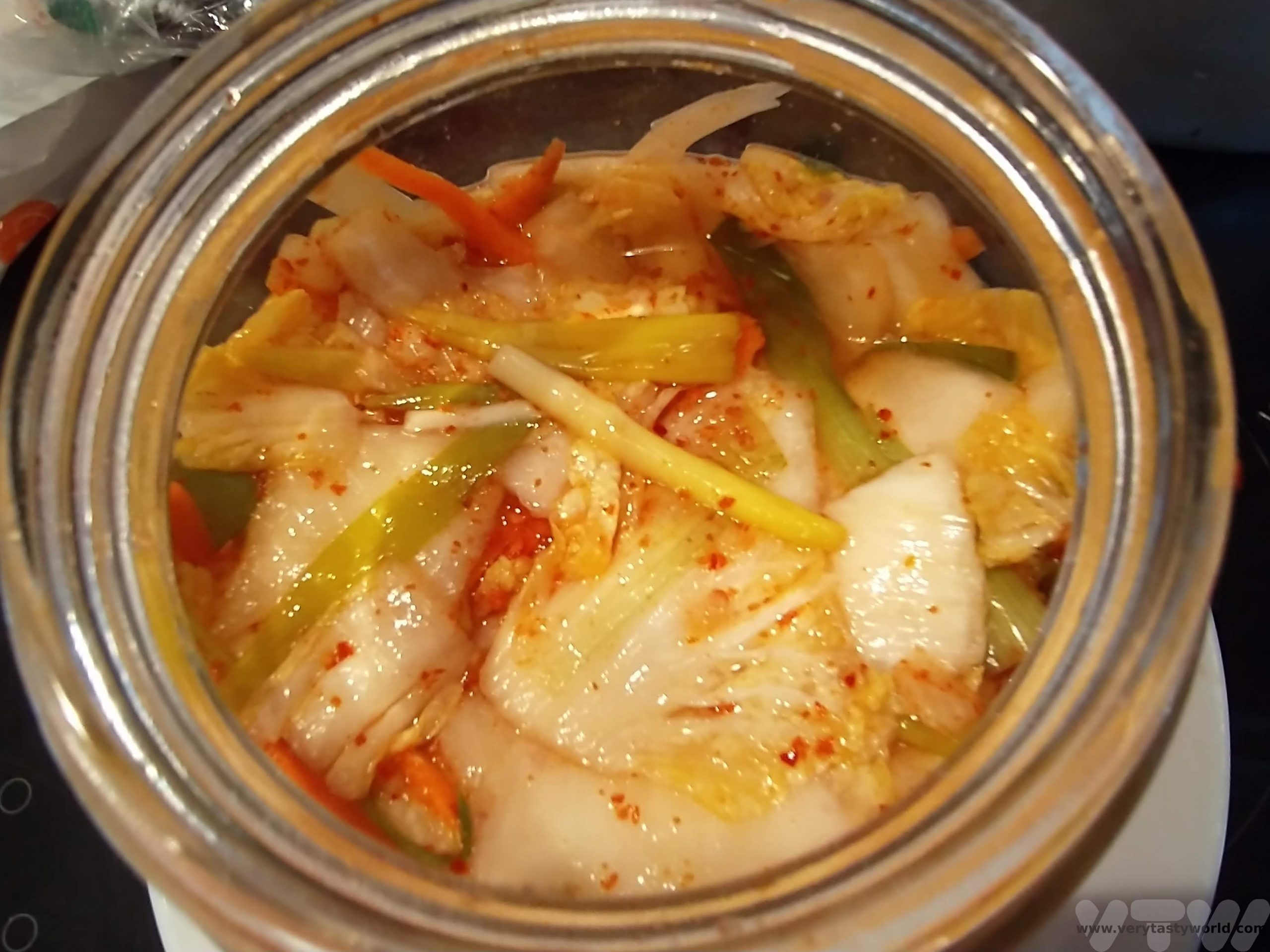Things To Do In Rovaniemi In Winter
Rovaniemi, located right on the Arctic Circle in Finnish Lapland, is a perfect destination for a winter break. We have recently returned from a trip to this lovely city. Our primary reason for visiting was to try to see the Northern Lights. But seeing the marvellous aurora is very much dependent on both an active sun and cloud-free weather, so we weren’t planning on hanging around waiting. We wanted to visit a location where there were lots of activities to enjoy as well. Here is our guide for things to do in Rovaniemi in winter.
Please note that this post contains affiliate links. If you click through and decide to make a purchase we will make a small commission, at no extra cost to you, which will help towards the costs of running this site.
How to Get To Rovaniemi
Most people fly into Rovaniemi. The city centre is located around 9km from the compact airport. It is possible to catch a bus with a not very useful timetable (which currently requires a long wait if you arrive in the afternoon and is no good if you arrive in the evening). A taxi ride will cost around €30-35, depending on where you are staying in the city. There is currently no Uber in Rovaniemi.
Where to Stay in Rovaniemi
We spent a week in Rovaniemi and rented an apartment on the edge of the centre. It’s a small city and very easy to walk around, so we were only 10 minutes away from the bars and restaurants. Our apartment, the Rovavist, also had a mini-supermarket beneath the flats, which was very handy for picking up groceries.
Things to Do In Rovaniemi in Winter
We recommend visiting the tourist information office as they have lots of information about the city, including maps and advice on things to do. They also have a weekly events listing so you can discover any concerts and sporting events that are happening during your visit. The office is open Monday to Friday.
Museums and Art Gallery
In the town there are three interesting museums/art galleries to visit. They are open Tuesday to Sunday.
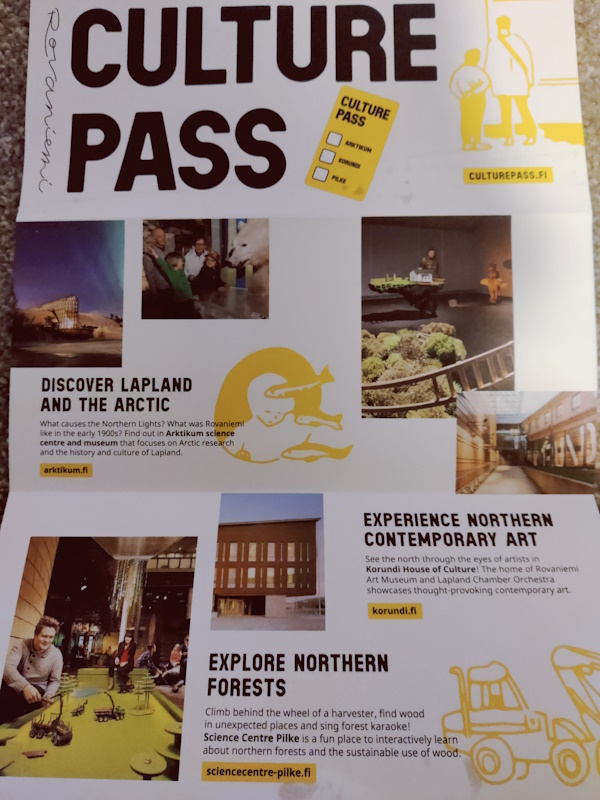
If you want to visit all three we recommend buying a Culture Pass at €25. This represents really good value as it offers a saving on the total admission price to all three venues and you can visit each of them as many times as you like within a week. All museums are closed on Mondays.
Arktikum is a fabulous museum dedicated to all aspects of life in the Arctic. The exhibits range from information about the Arctic environment, to the lives of indigenous people and local history.
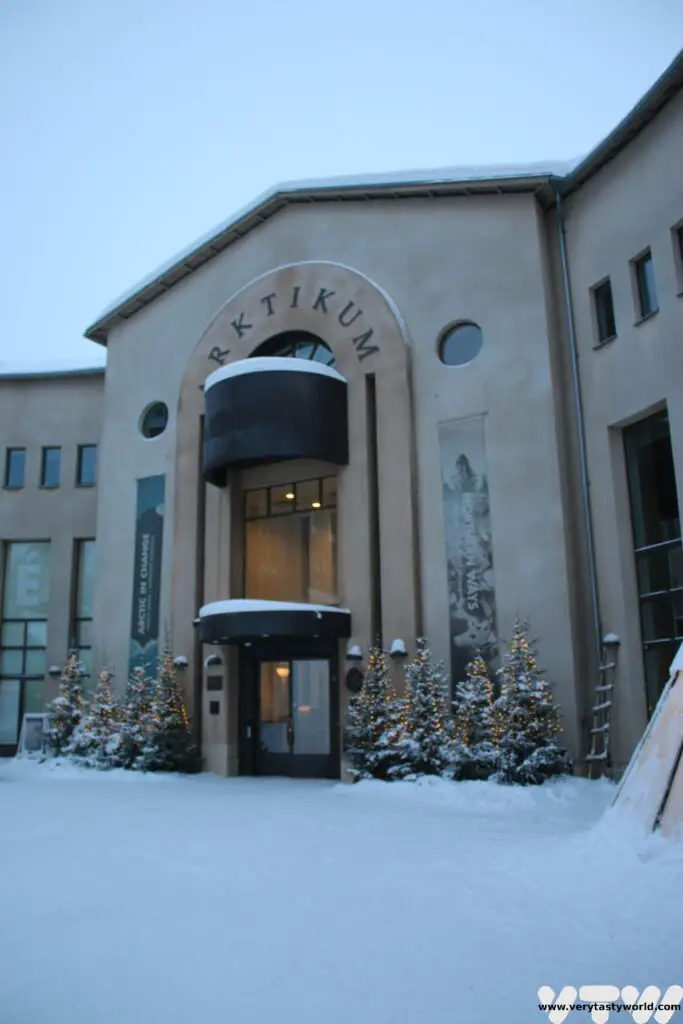
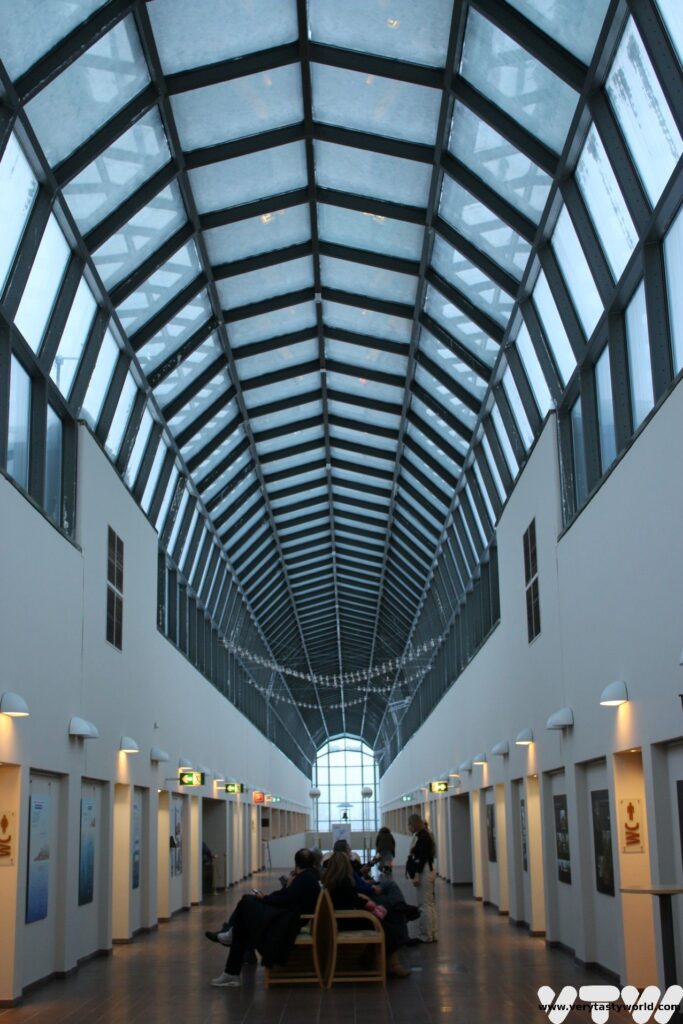
Pillke is a science museum which is perfect for children of all ages. It has a strong environmental and sustainability theme, there are lots of highly interactive exhibits and games to play.
There is even multi-lingual karaoke, generally children’s songs, so we belted out a great rendition of The Teddy Bear’s Picnic.
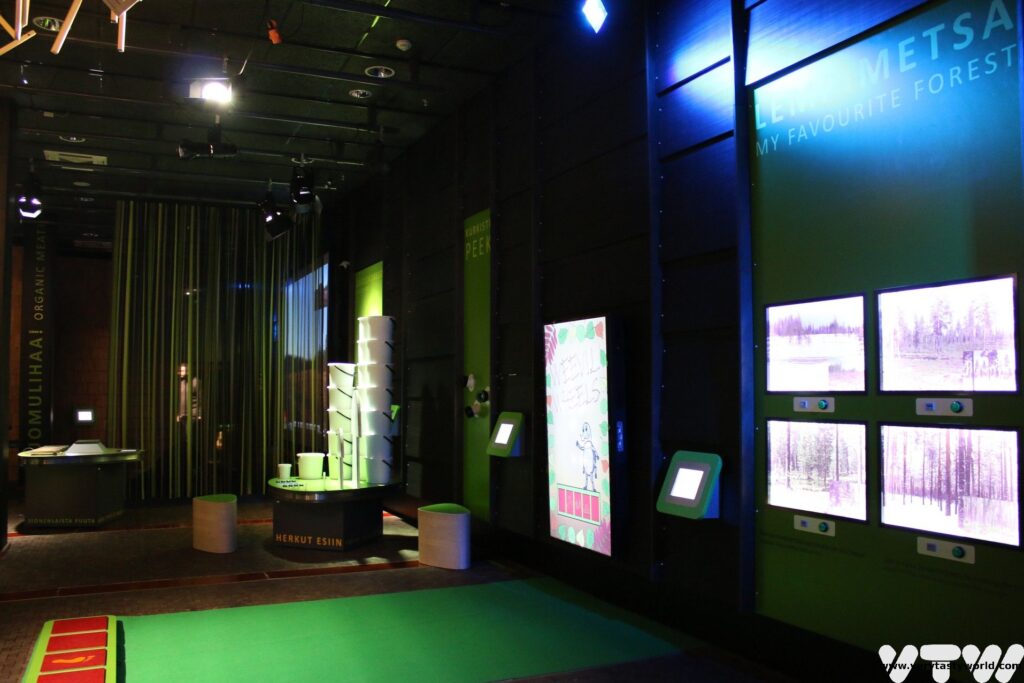
Korundi Culture house is Rovaniemi’s art gallery. It has a number of permanent and temporary exhibitions to enjoy. Many of the works are by local artists and the gallery displays artworks which have an Arctic theme.

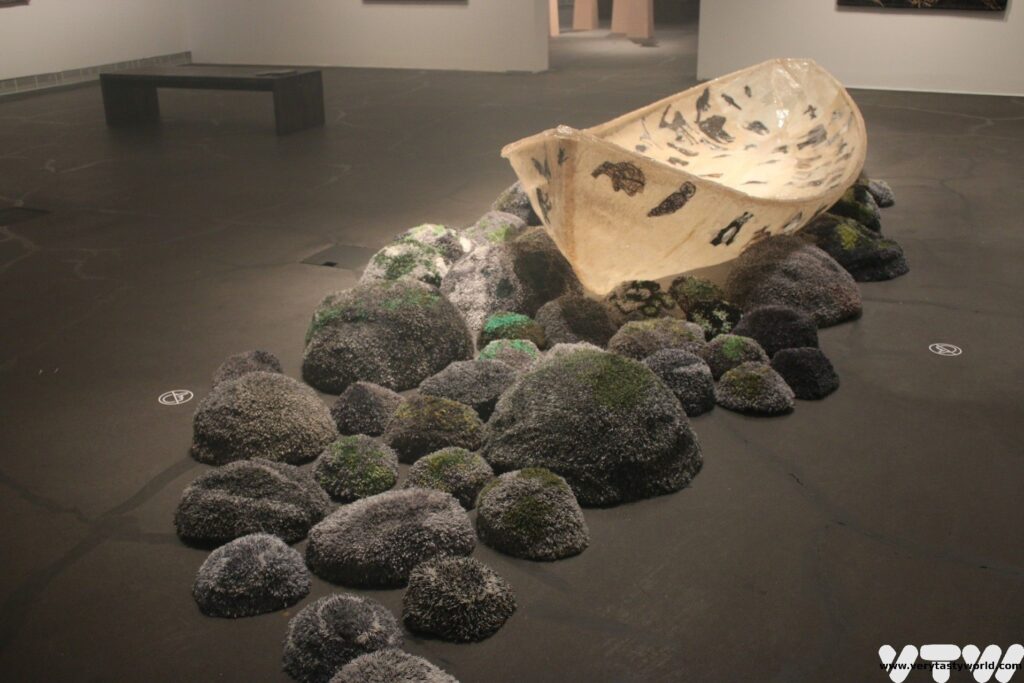
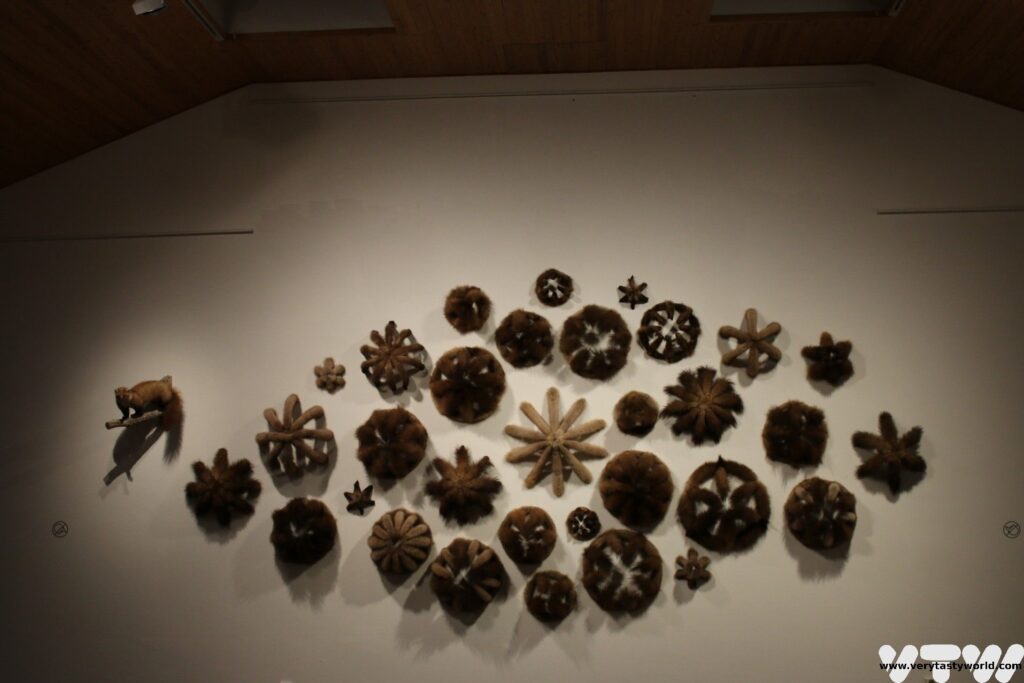
The Santa Village
The Santa Village is a big draw for visitors, especially for those travelling with children during the months of November and December. Yes, if you are a fan of all things Christmassy, Rovaniemi is the place where Santa lives and you can visit him all year round.
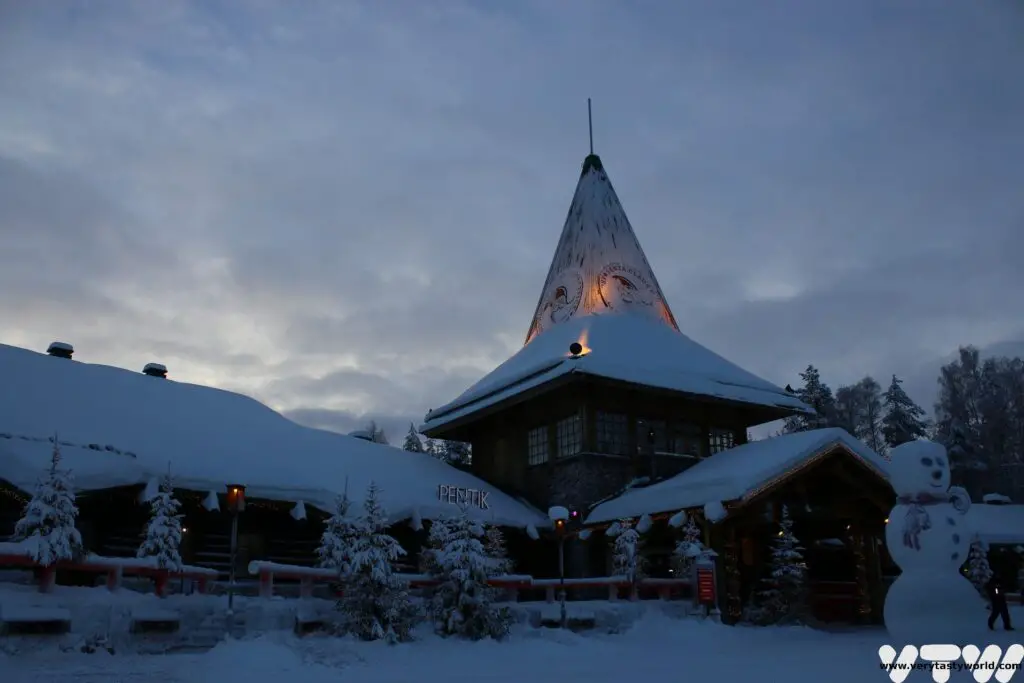
The village is free to enter. You can catch the bus (the same one that goes to the airport) from Rovaniemi city centre. It’s about 8km away and you can buy a return ticket to take you back into town – keep it and give it to the driver.
The village is actually located directly on the Arctic Circle so you can stop for photos. You can also buy a certificate for crossing the Arctic Circle.
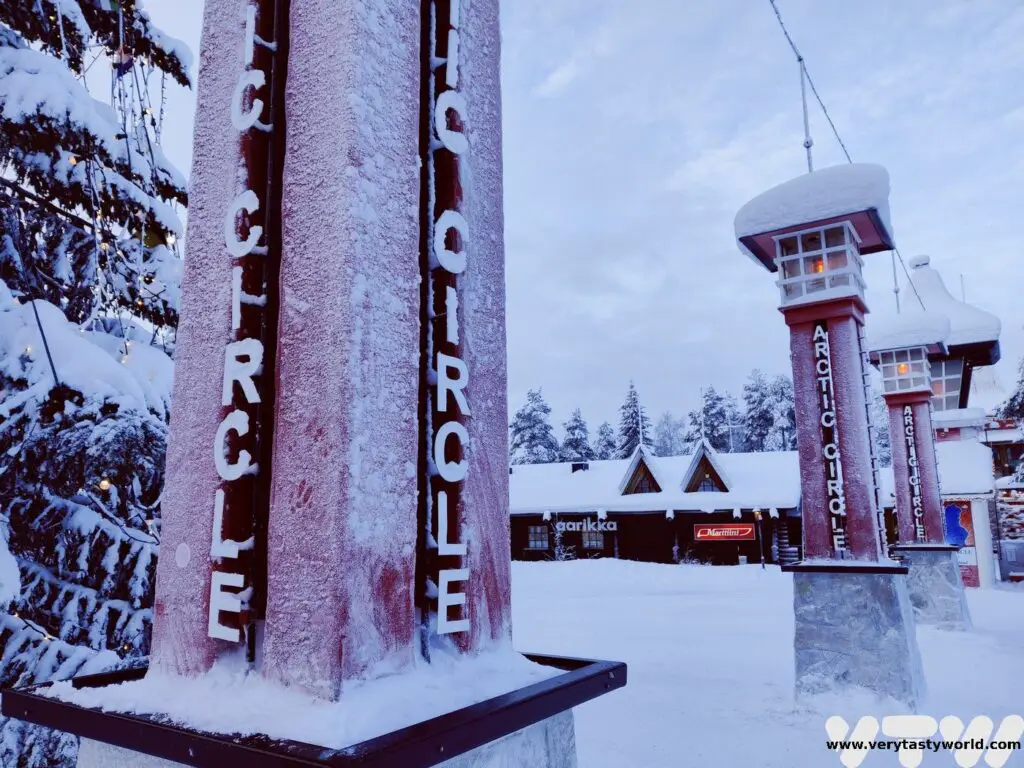
And you can enter Santa’s house and meet the old guy himself. To be honest, it was a bit crowded in there, even in January. It’s likely to be completely packed in December. And while it’s free to go inside and have your photo taken with Santa, you’ll have to queue for a while and Santa’s elves can later sell you a photo at a pricey price between €35-50. (You’re not obliged to make a purchase.)
And everything else in the village seems expensive. You can visit a reindeer farm and go on a reindeer sleigh ride (adult/child prices €25/€20 for 7 minutes, €40€/30 for 15 minutes) or visit Snowman World, (€29 Euros per person but you can stay all day) which has various winter activities and an ice bar. But the entry costs for these will add up, particularly for families.
We were keen to try Santa’s salmon – cooked using a traditional method baked over an open fire inside a teepee.
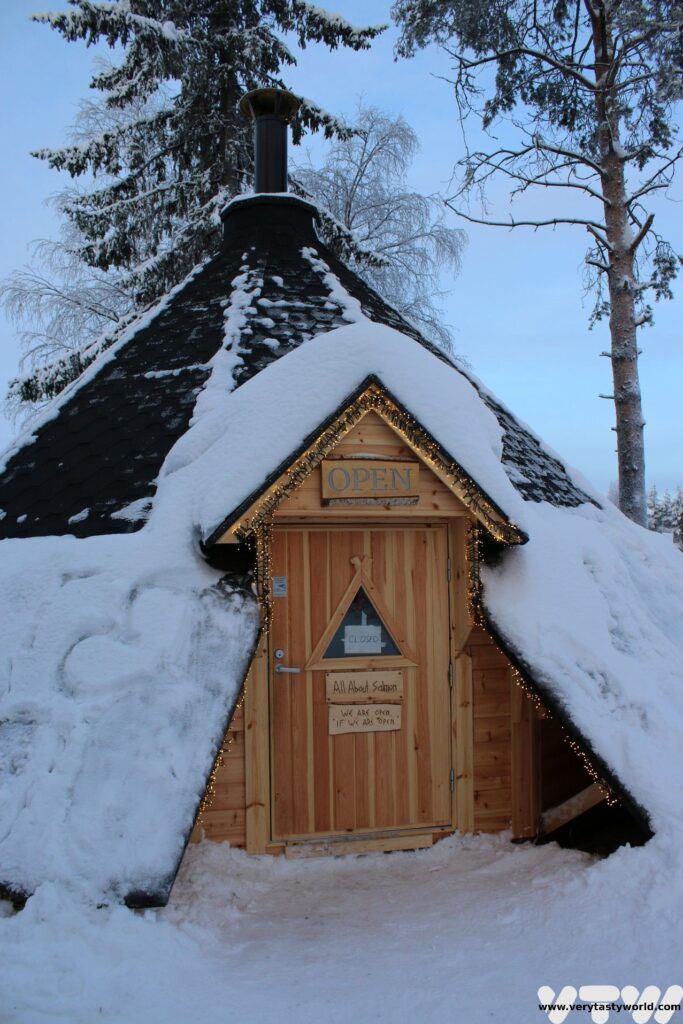
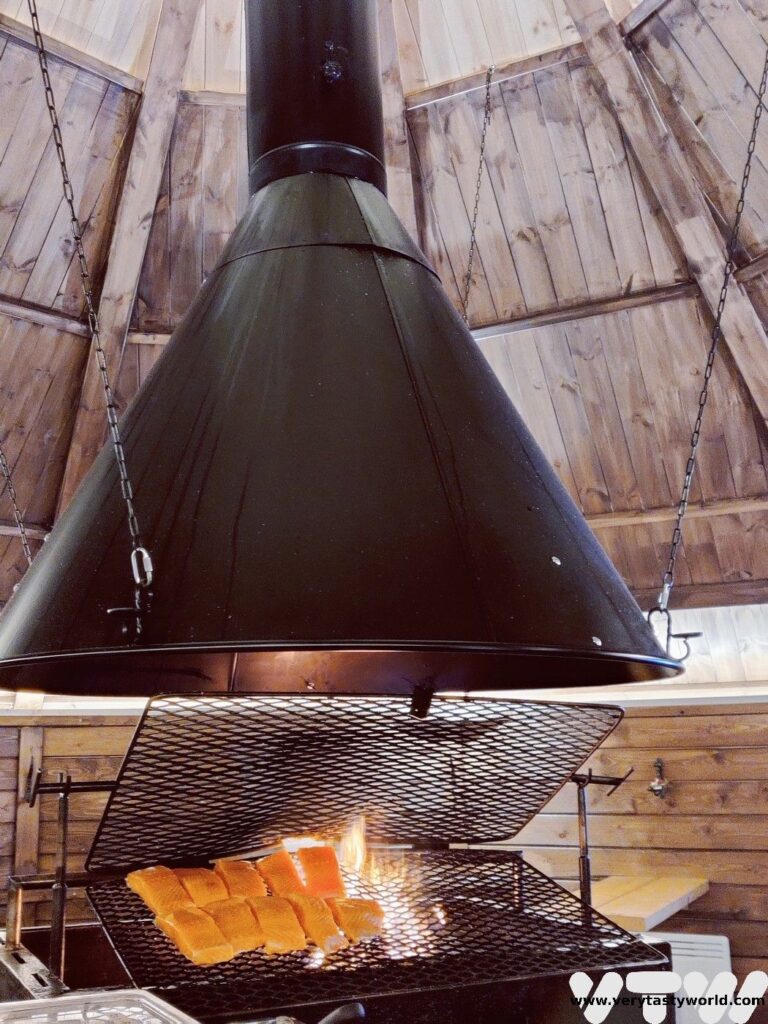
But €25 for a salmon steak (which was mainly delicious, although the skin was burned black and not great to eat), a couple of pieces of flatbread and a blob of cream felt overpriced.
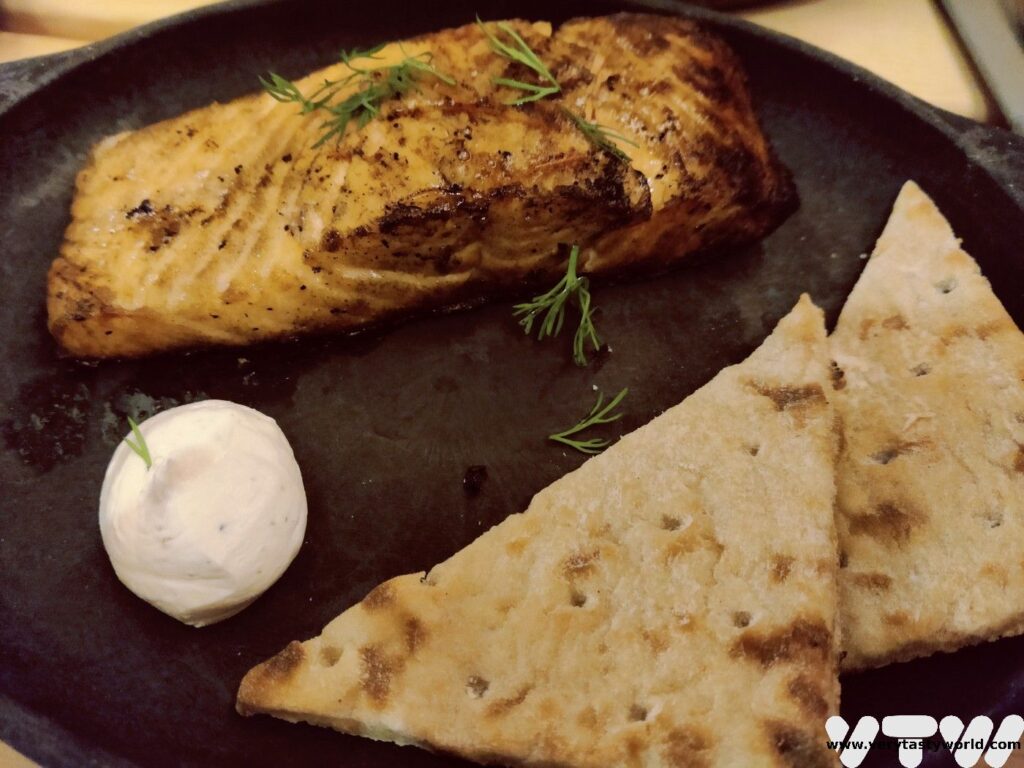
“Just hear those cash tills ringing and Euros jingling too…Ding-aling-aling-aling Ker-ching.”
While a visit to Santa Village would undoubtedly be an experience for families with children, we think, in retrospect, we’d rather have visited the Bad Santa Village! (Which doesn’t exist.)
Hike Through the Forest
The Ounasvaara Winter Trail offers a lovely forest walk. Located just outside of the city, across the Candle Bridge (the bridge with the red lights atop) cross the road under the subway and enter the forest. There are trails for hikers, bikers and skiers with maps and signposts to show the way. The forest, covered in snow, is delightful and you can easily spend a few hours exploring the area.
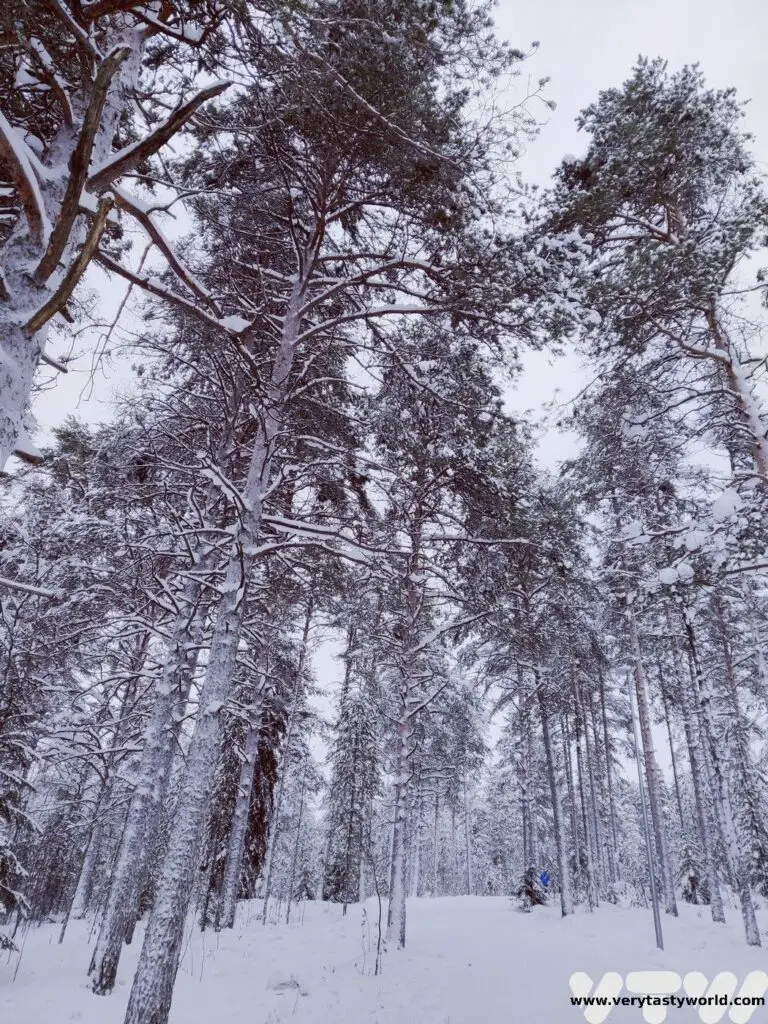
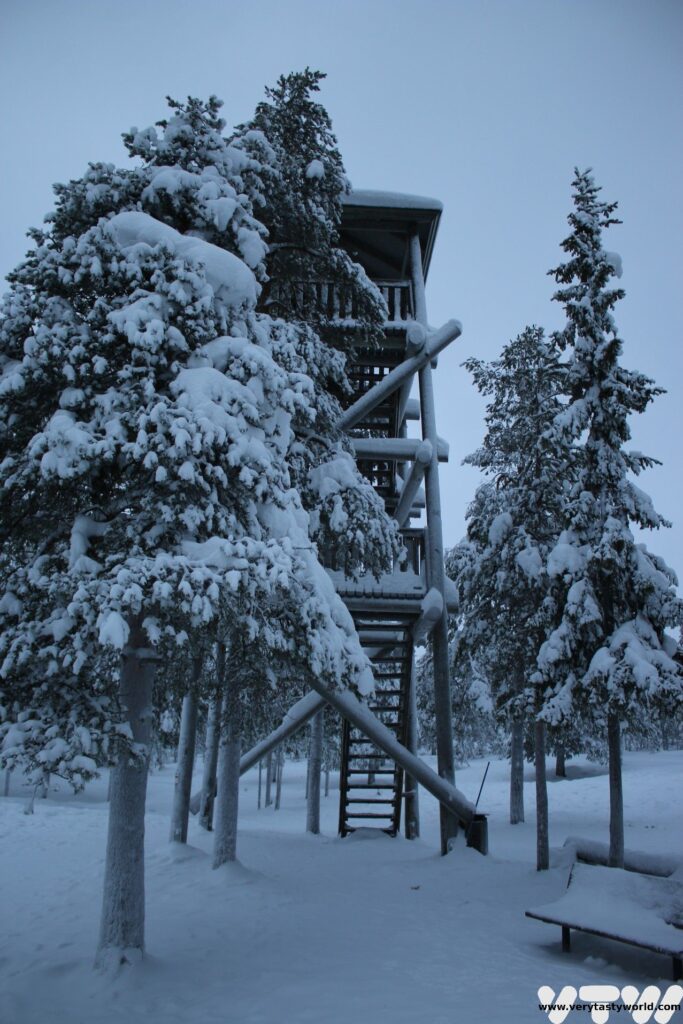

Watch The Ice Hockey
Rovaniemi has its own ice hockey team, Roki, that play regular matches. The Lappi Areena is located just outside of town, close to the Ounasvaara forest. The tourist information centre will be able to let you know the match schedule.
If you’re walking to the arena it takes around 40-50 minutes to get there from the city, across the Candle Bridge. The ticket office opens an hour before the game starts and it costs €15 to watch the game. It’s exciting and full of action and Roki fans are incredibly enthusiastic. It’s great viewing for all the family.

Winter Activity Excursions
There are loads of companies in the city that offer all sorts of winter activities. You can go on snowmobiles, enjoy a husky sled ride, go ice-karting or even visit an amethyst mine. We recommend pre-booking as some popular activities may sell out.
We enjoyed two trips. One was a snowshoeing and ice-fishing day where we travelled to a local frozen lake. It was great to learn how to use snowshoes and then walk on deep snow in the local forest.
Then it was onto the frozen lake where we drilled holes in the ice and enjoyed a spot of ice fishing. Sadly we didn’t manage to eat sashimi for lunch that day, the fish were far too canny to fall for our attempts at enticing them to bite. But it’s not really about the fish, it’s a chance to sit quietly amongst nature and enjoy the scenery.
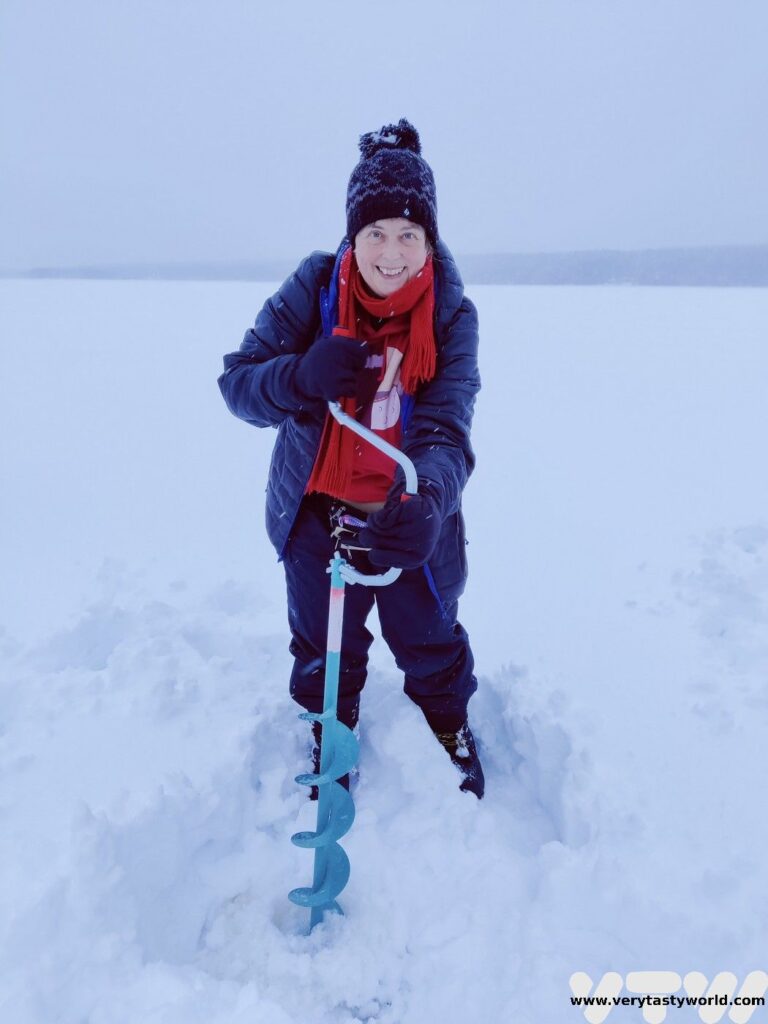
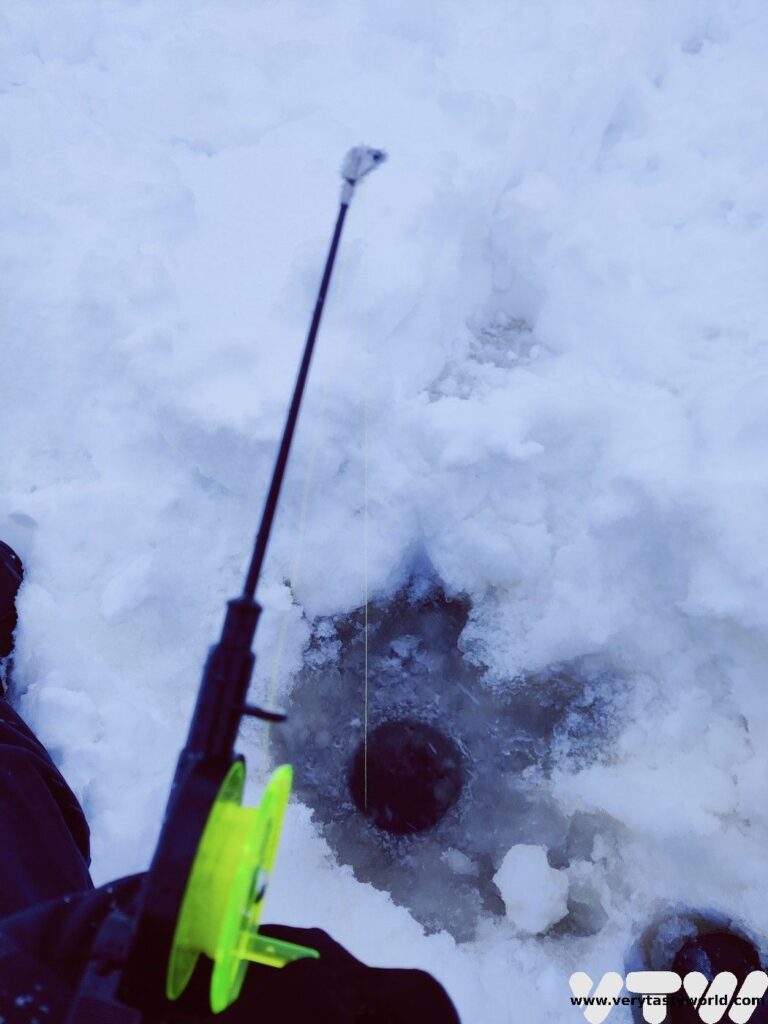
The other trip was a full day to see the frozen waterfalls in the Korouoma canyon. It was the coldest day of the trip, a freeeeeezing -26C, but also the most splendidly beautiful. The canyon is located around 100 km northwest of Rovaniemi and it takes around an hour and a half to drive there. As we travelled along the road, the sun had just risen above the horizon and kissed the treetops.
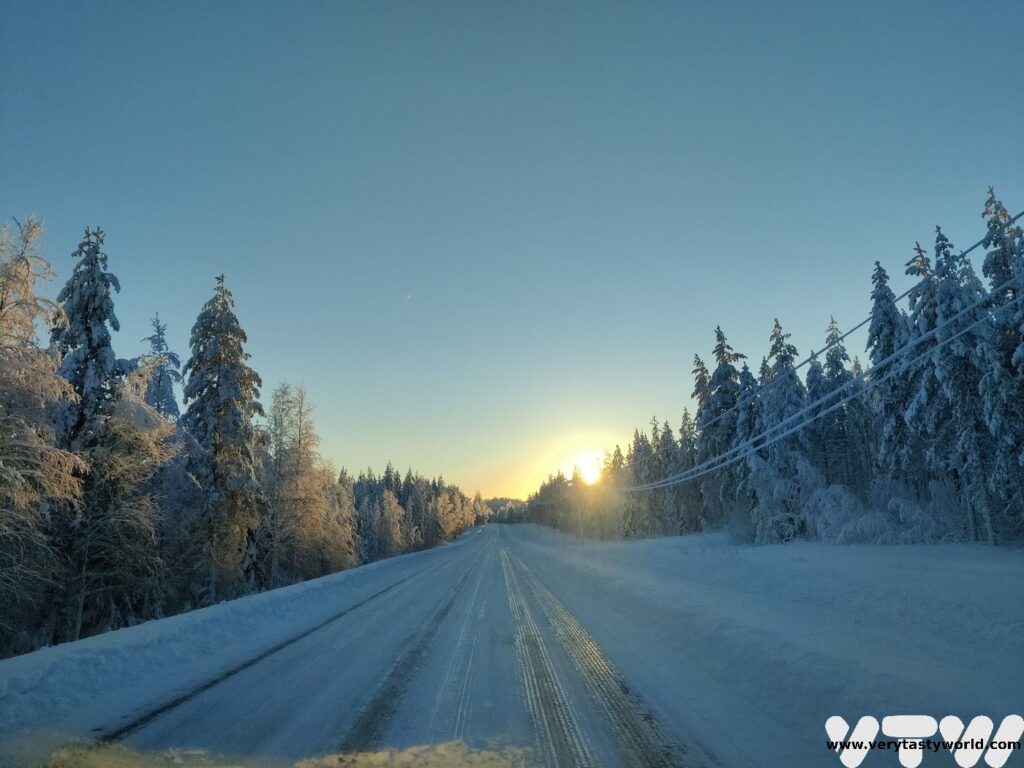
We walked for 5km, through the forest of spruce, pine and birch trees, all covered in glittery snow, and down into the canyon. We then trekked along the gorge admiring the frozen waterfalls, which would remain utterly static for another couple of months.
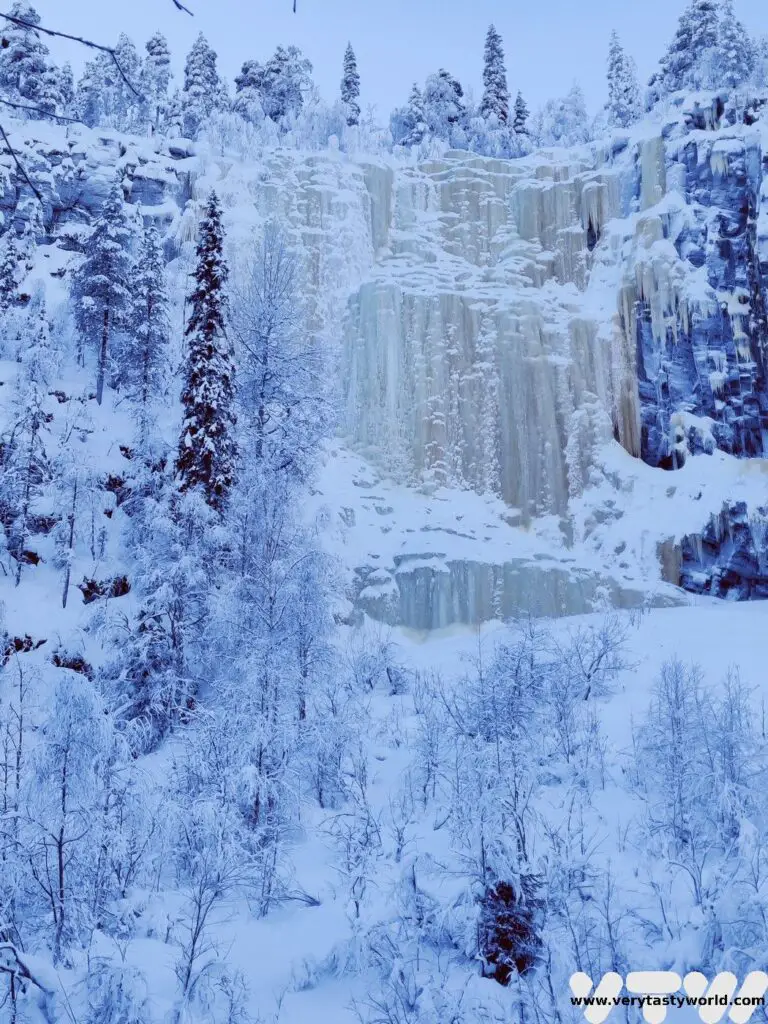
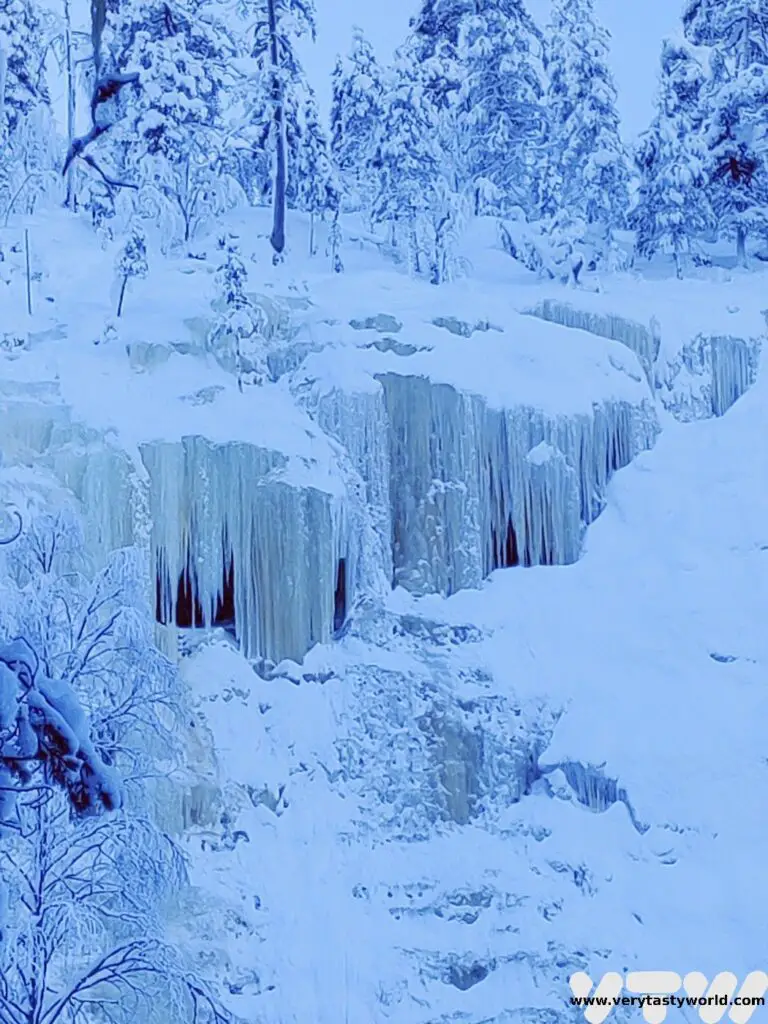
After reaching the resting places we built a fire and cooked sausages on sticks. Then it was time to climb back up the canyon to return. The sun was just about to set and the sky was a glorious pink, the pale moon gently bathing in the light.
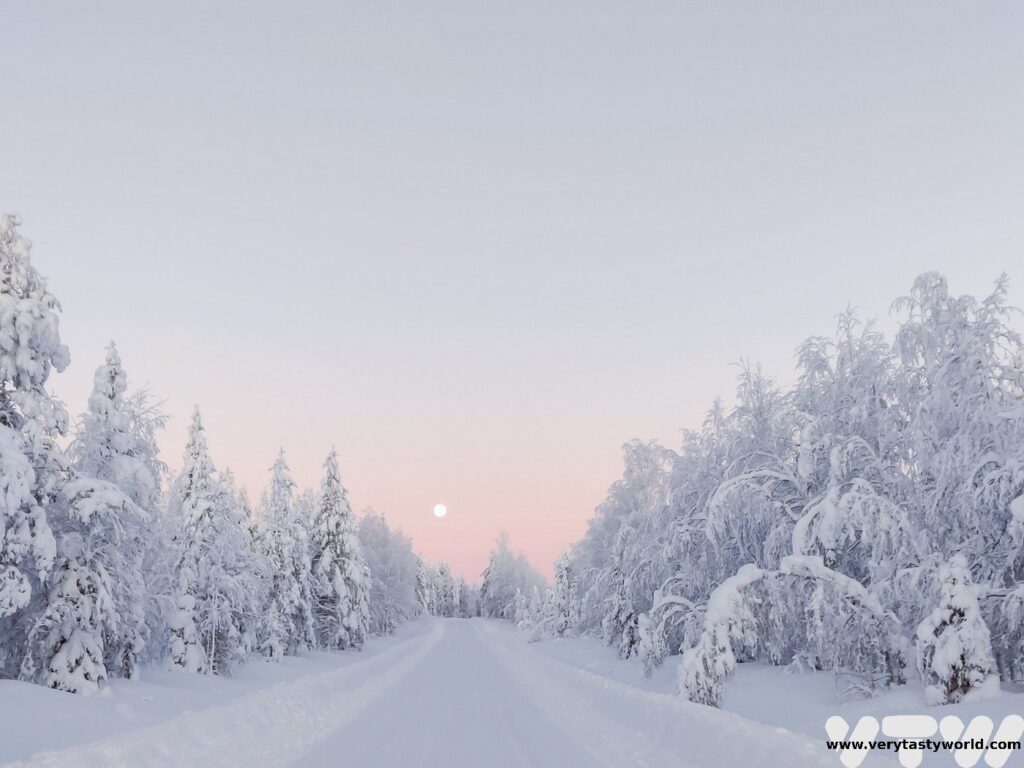
See the Northern Lights
This was our third attempt at seeing the Northern Lights. We had tried previously in Iceland and Norway – and had had a brilliant time in both locations – but failed to see them. So we were hoping for third time lucky.
The Aurora Borealis is one of nature’s most marvellous phenomena. It happens in northern latitudes when the solar wind emits particles from the sun which interact with the atmosphere creating strange and ethereal lights dancing in the sky.
The sun’s activity has a cycle of around 10-11 years and 2024-5 is the expected solar maximum. There are things you can plan for – an active time in the sun cycle and also possibly choose a time of the month when the moon isn’t full.
But trips are often booked months in advance so you have no knowing if the solar wind will be active and the skies clear. We planned to stay in Rovaniemi for a week, so that if the sky was cloudy on our arrival (it was) we had a few days in hand for the weather to clear.
Of course, you can see the lights on a DIY basis. There are all sorts of apps which will notify you of sun activity and weather forecast. You can hire a car and head out into the frozen wilderness.
An alternative is to book a tour. There are various options available. Some involve a snowmobile safari or husky ride into the night which means that at least you have enjoyed an activity even if you don’t see the lights. But you will have to pay again if you want to try again.
We chose a guaranteed northern lights excursion, which sounds a bit strange bearing in mind that you need all the weather and solar activity conditions to be just right. But this tour offers a guarantee of seeing the lights or they will give you your money back. It does cost more than the standard chases but we felt it was worth it.
On booking, we informed the company of our arrival date and tentatively planned a northern lights chase for the following evening. They asked how long we were staying for. This gave them an idea of when they could reschedule the trip if needed.
They monitor both the solar and atmospheric conditions daily and text an update. The first couple of days had 100% cloud cover, so they texted to postpone to the following day.
On the third day we got a call saying that they’d had their meeting and thought that the skies would clear. They predicted an 80% chance of seeing the lights and said we could either go for it or have our money back. We decided to go out and they arranged an evening pickup from our apartment.
Then you go out in a van with a small group of people and head to the clear skies and open spaces away from city lights.
There’s a lot of waiting in the cold so we advise wrapping up warm. But it was worth it – we were treated to the most magical display.
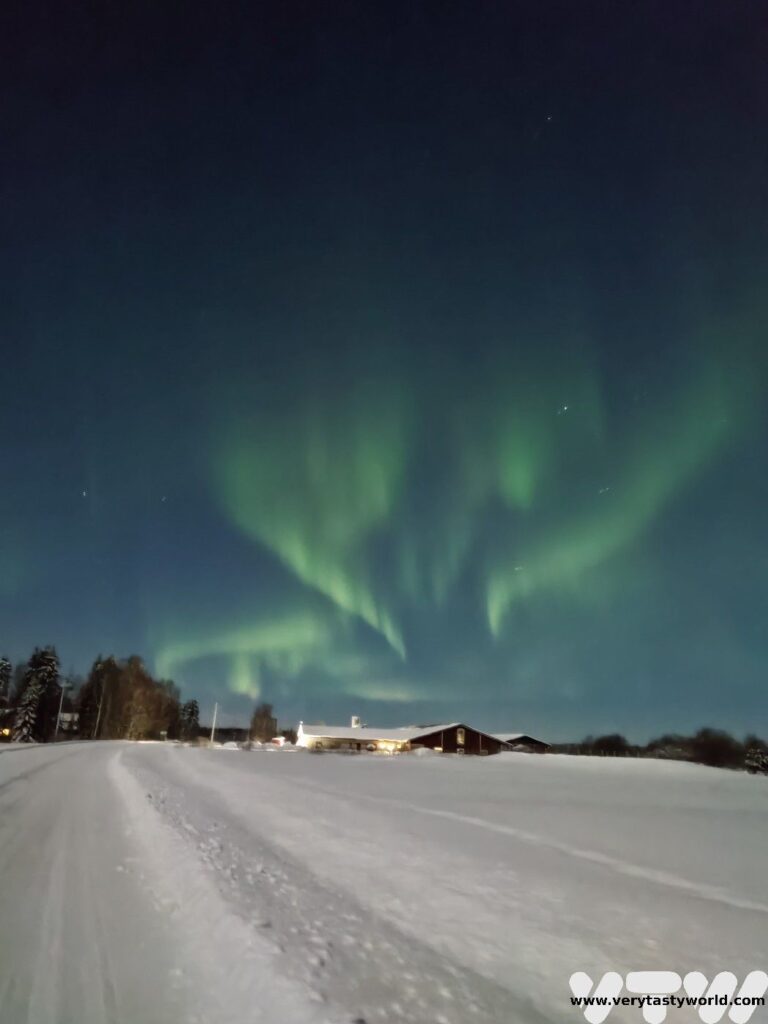
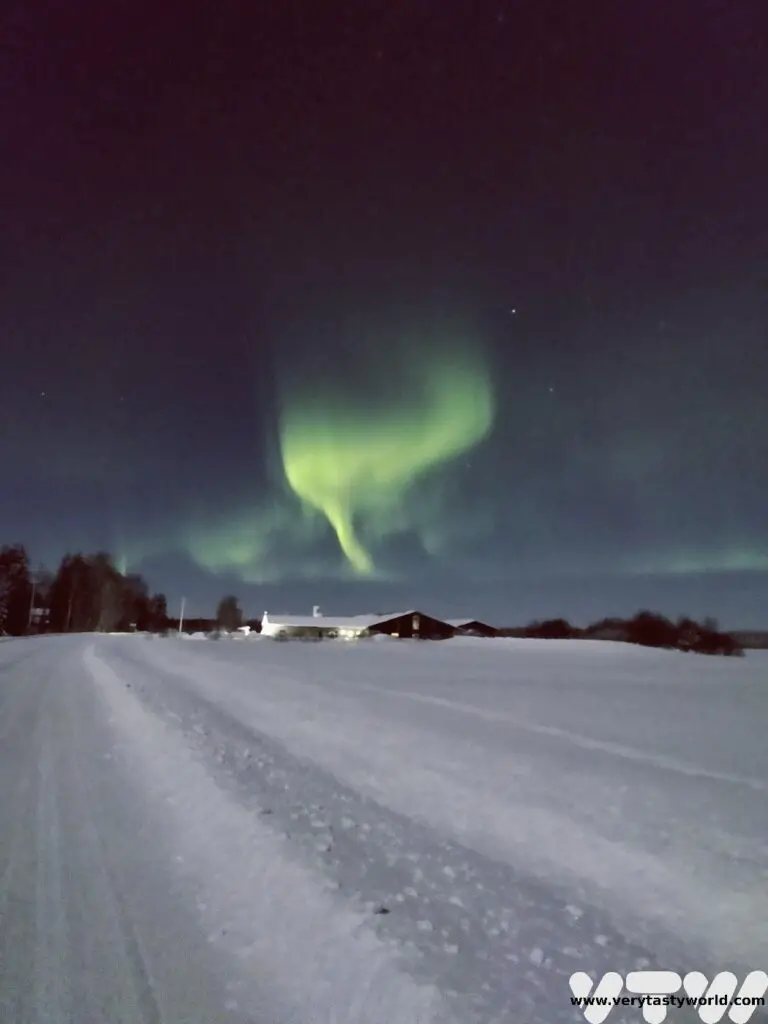
Rovaniemi for Foodies
The city has a good food scene with a wide variety of traditional Lappish dishes to try. Eating out isn’t cheap in Lapland so we combined shopping at local supermarkets to cook in our apartment with dining out at a variety of restaurants.
Fine Dining
There are a number of fine dining restaurants offering traditional Lappish food. Some offer tasting menus. We enjoyed a five course tasting menu at the Arctic Restaurant on Valtakatu.
We enjoyed a silky-smooth crayfish soup followed by reindeer tartare with remoulade and sun-dried tomato. The next courses were white fish with hollandaise, carrot and caviar, and then rare tenderloin of beef with a port jus, potato stack and beetroot puree. A lemon sorbet cleansed the palette before we tucked into a creamy crème brûlée.
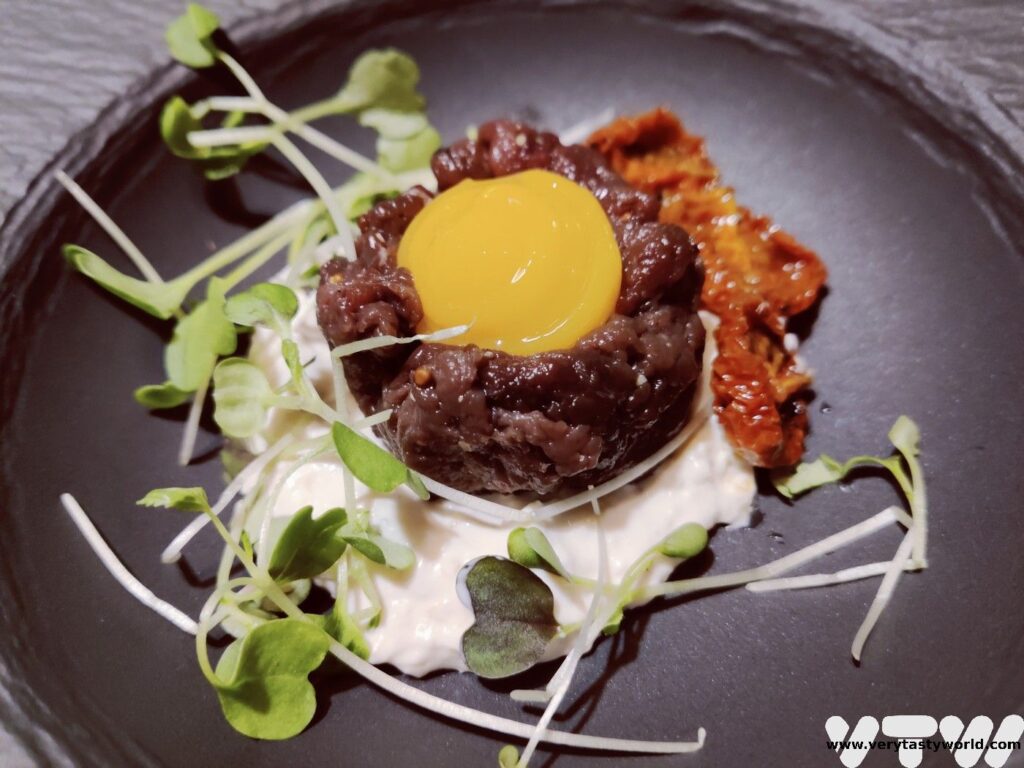
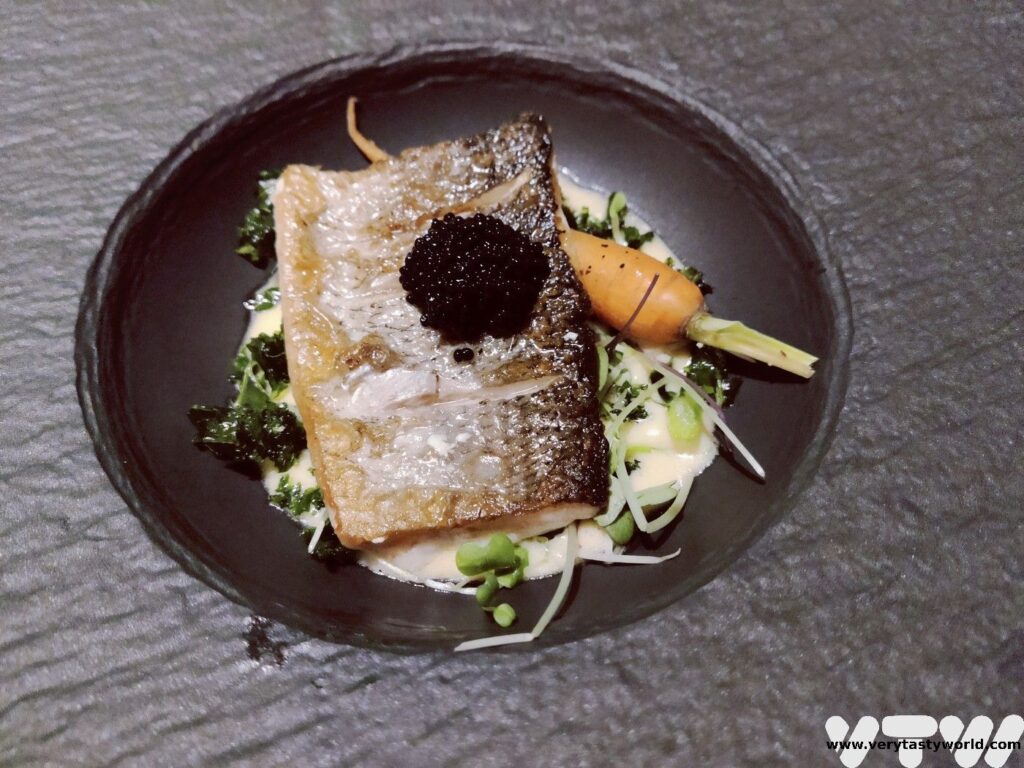
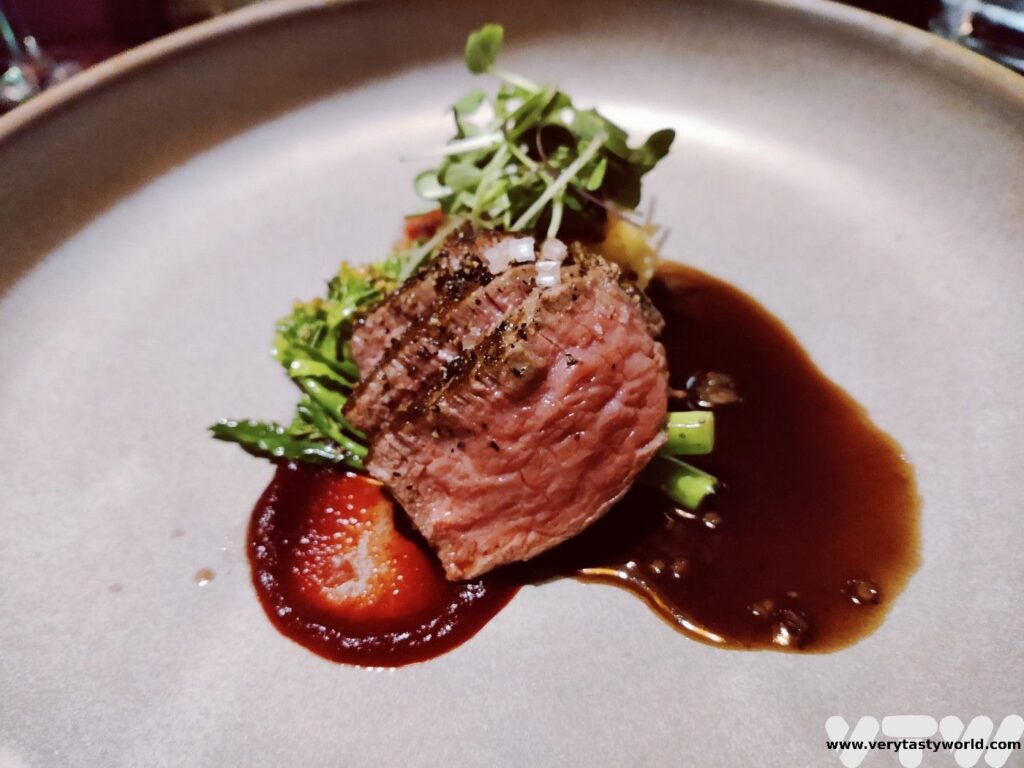
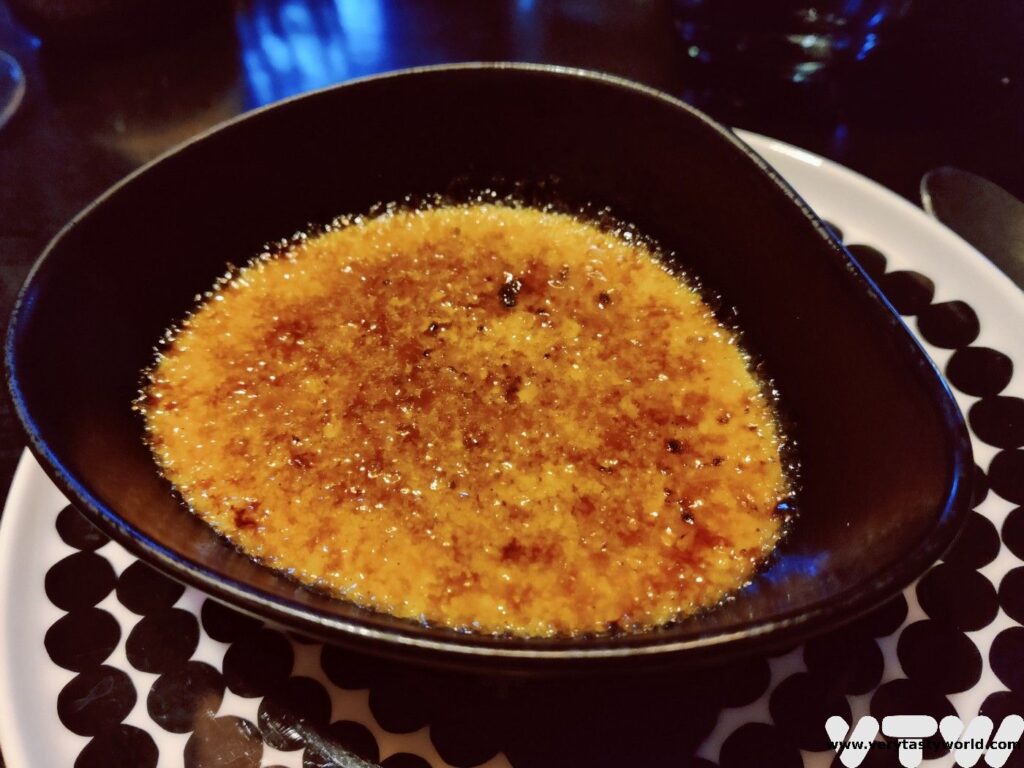
Restaurant Nili next door also offers tasting menus.
Fast food
The café at the Arkitum offers a Lappish buffet on weekdays for €15 and includes a cup of good coffee. It’s hearty and filling and tastes great.
We were highly amused by Santa’s Doner Kebab on Koskikatu. Yes, they do offer reindeer – Do(n)ner but no Blitzen or Rudolph! – and the kebab was delicious.


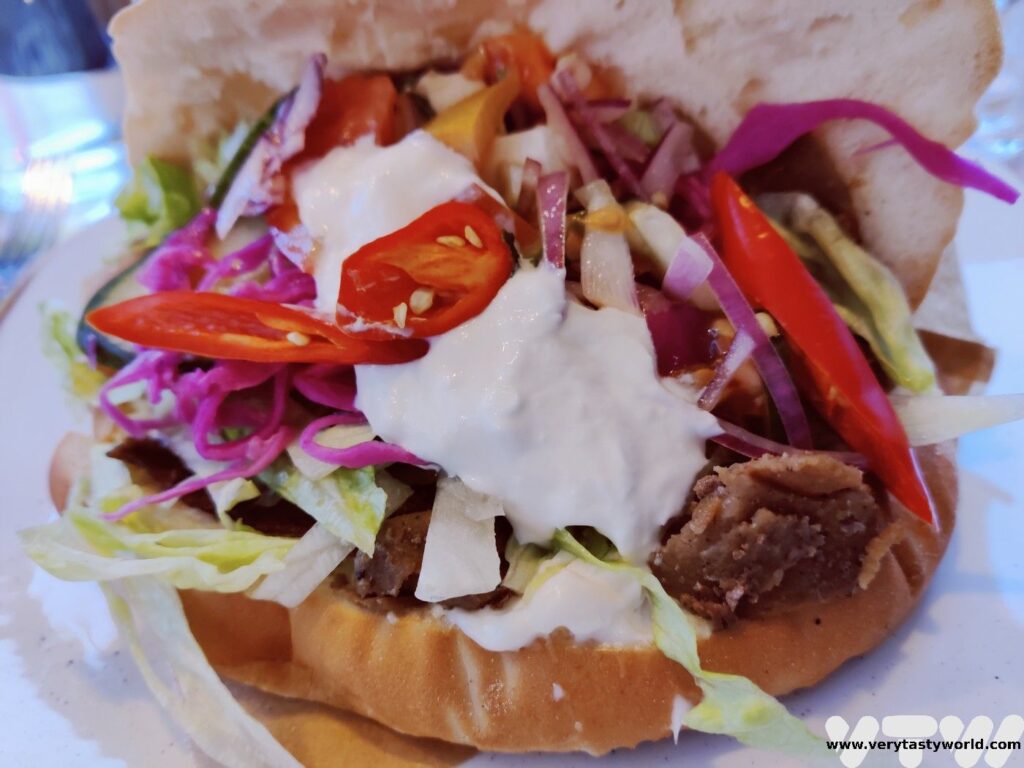
Pure Burger Kauppayhtiö on Valtakatu offered reindeer burgers with dirty fries and Café 21 on Rovakatu offers sweet and savoury waffles as well as a number of pastries and cakes.
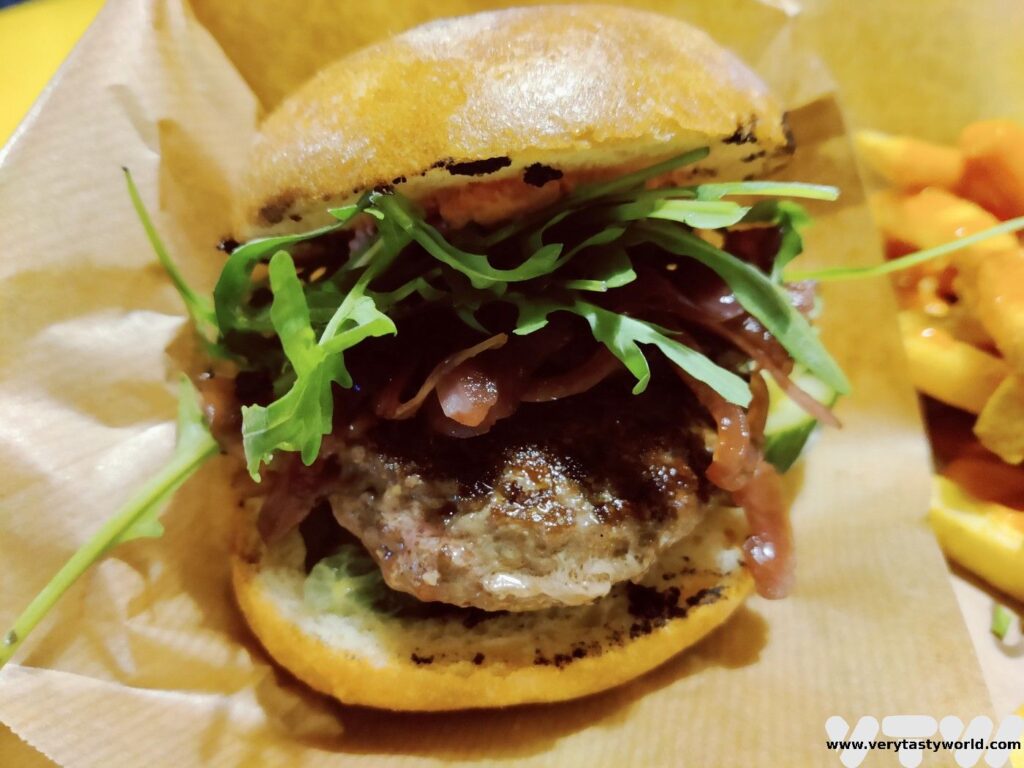
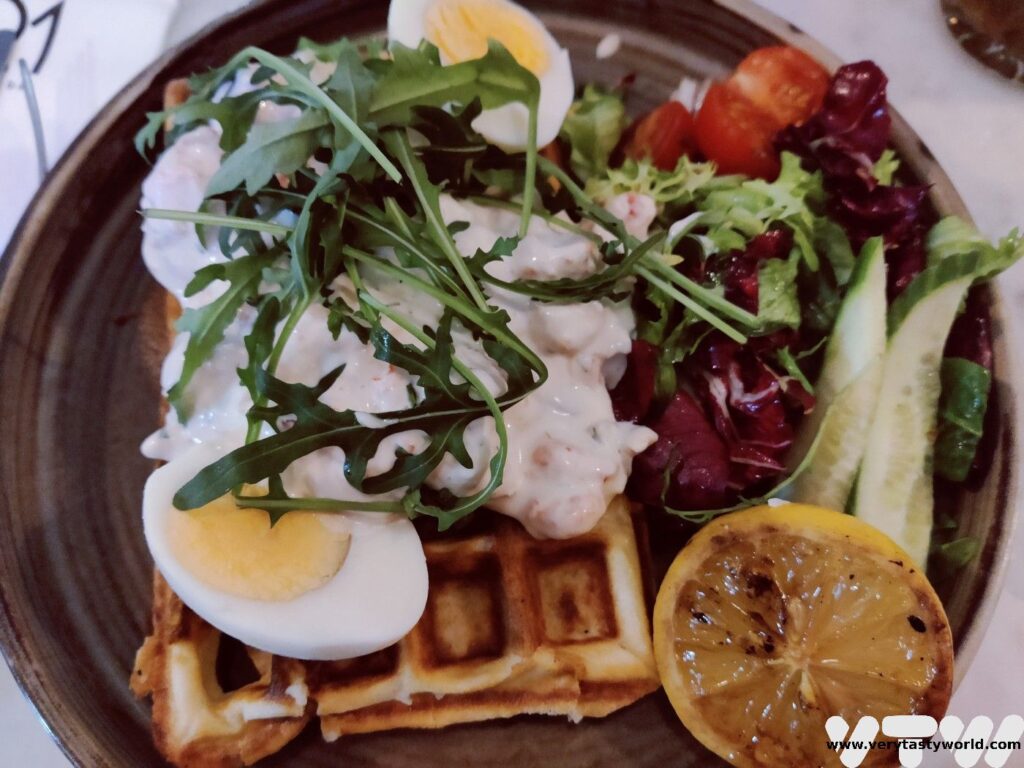
Drinking
Finnish people enjoy their coffee and you are guaranteed a great brew. One of the more unusual ways to serve coffee is with bread cheese. Bread cheese, or leipäjuusto, (sometimes known as cheese bread or juustoleipä), is a mild, sweet, squeaky cheese. It has the texture, but not the saltiness, of Halloumi. It can be enjoyed in slices with cloudberry or lingonberry jam.
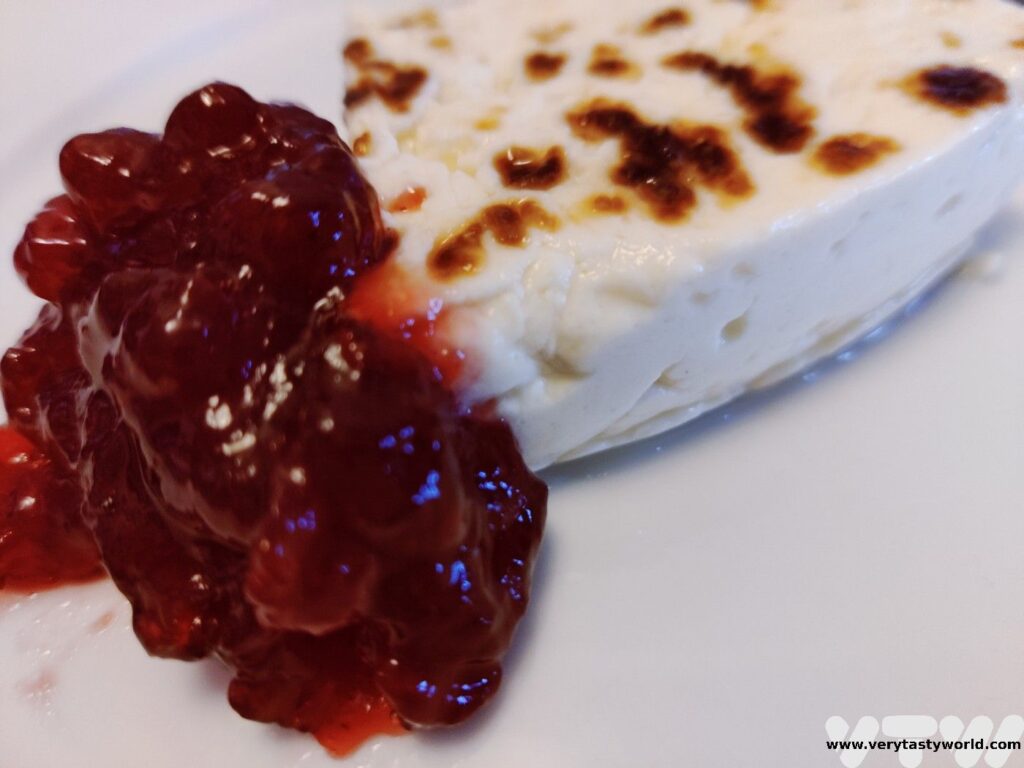
More unusually it is enjoyed as Kaffeost. Cubes of cheese are submerged in dark black coffee. They soak up the coffee and can be eaten with a spoon. It’s a very unusual way of enjoying cheese – and coffee – but is surprisingly good.
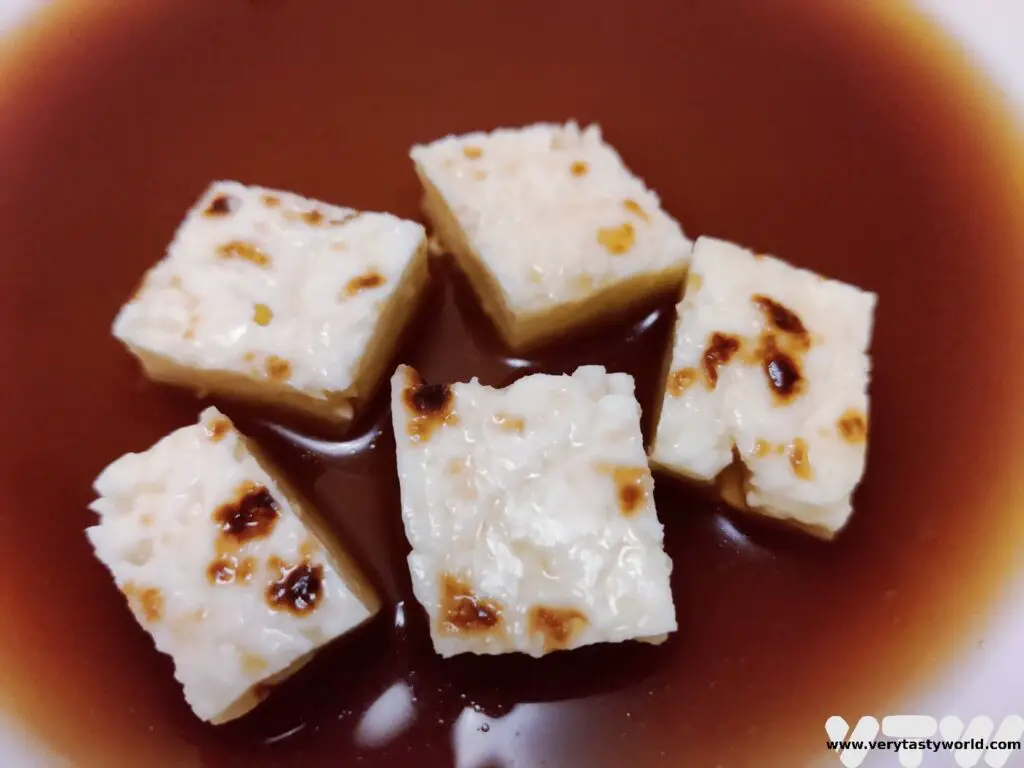
If you enjoy a tipple Finland, like many Scandinavian countries, is pricier than most. We found it to be pricey but not eye-wateringly expensive (certainly not as expensive as Norway or Sweden). There are restrictions on when you can buy booze. No strong beer can be bought from a supermarket after 9pm but weaker beers can. Olvi Kotikalja beer is a traditional dark brown beverage made from rye and barley malt. Its alcohol content is 2.2 % and it tastes like shandy.
Lapland Brewery
If beer is your thing, Rovaniemi’s local brewery is the northernmost brewery in Finland. It has a taproom and also offers tours. They have a good range of beers, and also some alcoholic drinks made by mixing local berries, such as cloudberry, with spirits. It is located 3km outside of town and is walkable from the city centre – it takes around 50 minutes to get there.
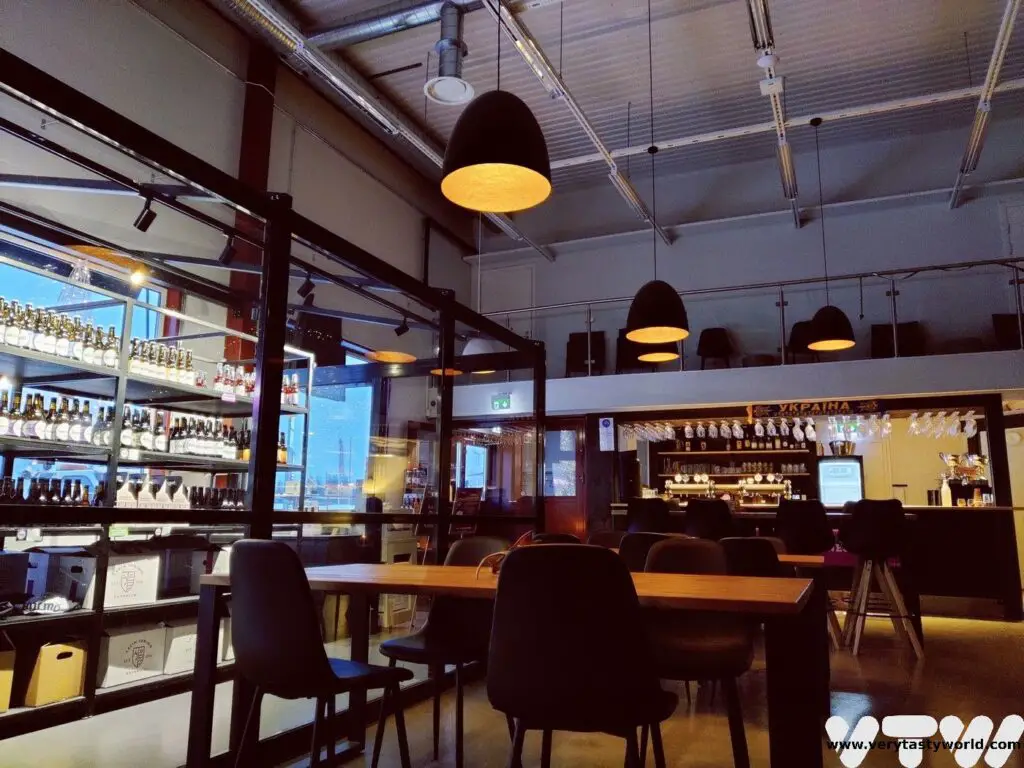
The pub Oluthuone, on Koskikatu, is a pub predominantly frequented by local people and offers Rovaniemi and Finnish beer (as well as international brands) at reasonable prices – we’d compare them to London prices. We received a warm welcome.
What to Bring to Rovaniemi in Winter
Warm clothes are essential. The temperatures can be very cold. We visited in January and did the waterfall hike in temperatures of -26C. We recommend wearing layers. Thermals are a good idea to wear underneath your clothes to provide extra insulation. A thick, warm waterproof jacket, woolly hat and gloves are essential. Balaclavas and scarves will also be useful.
In winter you’ll be walking on snow and sometimes ice. Good footwear is essential. You might also want to invest in some rubber straps with mini-spikes which you can fit over your boots.
If you don’t have enough equipment there are plenty of shops where you can buy anything you might need. Also, some of the activity companies will be able to hire exposure suits, if you want to be really snug and warm.
If you plan to go snowmobiling you will need to bring your driving licence.
If you are on a Northern Lights tour take your passport as some of the companies may travel into Norway or Sweden if there’s a chance of clearer weather there. You will also need to be contactable by phone if you are choosing a guaranteed tour so that you can find out about local conditions, so consider an international SIM or an e-SIM if your phone needs one.
There are plenty of things to do in Rovaniemi in winter and we absolutely recommend spending time in this lovely little city and the surrounding countryside.
Related Posts You May Enjoy

Avebury Stone Circle vs Stonehenge
Wiltshire in southern England can claim some spectacular Neolithic sites. Stonehenge is arguably the most famous prehistoric site in the world, but Avebury’s Stone Circle, just 30km away, is the biggest stone circle in the world. Avebury is less famous than its counterpart to the south but which of these monuments is better to visit, especially if you are short on time? Avebury Stone Circle vs Stonehenge? There’s only one way to find out…
Please note that this post contains affiliate links. If you click through and decide to make a purchase we will earn a small commission, at no extra cost to you, which will help towards the costs of running this site.
Introduction to Stonehenge
“Stonehenge! Where the demons dwell. Where the Banshees live and they do live well!” – Spinal Tap
Stonehenge is Britain’s most famous prehistoric site. Construction of this famous monument is believed to have started around 5000 years ago during the Neolithic period.
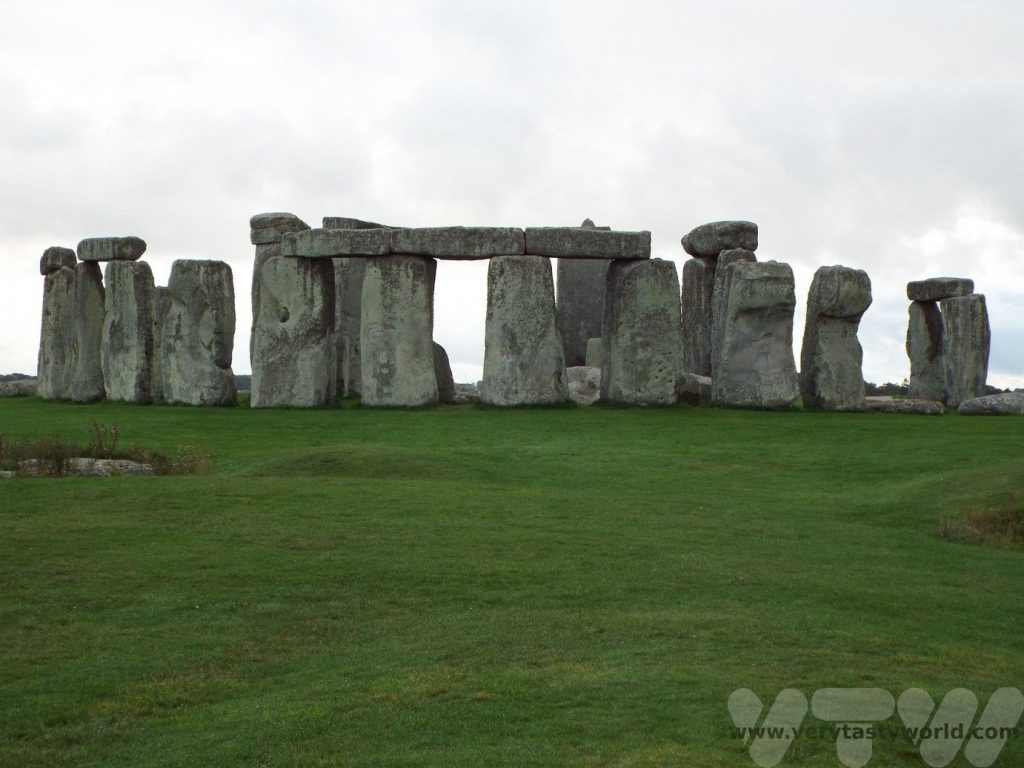
It is thought that the stones as we know them were established in around 2500 BCE. There are two types of stone used at Stonehenge – sarsens and bluestones. The sarsens are the largest stones, established in two concentric arrangements – the outer circle and inner arc. The bluestones were set up between them. It is believed that the arrangement was changed over the centuries.
The stones were brought to the site from two different locations – the sarsens from Marlborough Downs, around 25km away, and the bluestones from over 250km away, from the Preseli Hills in Wales! The construction is surprisingly sophisticated with interlocking joints used to ensure stability of the monument.
The purpose of Stonehenge is not entirely clear. The stones’ layout is definitely designed to mark the changing of the seasons. It is thought that midwinter, rather than midsummer, was more important for the people who built Stonehenge – cold, dark midwinter marks the shortest day of the year. Thereafter the days would become longer with increasing light, warmth and the prospect of planting crops in the springtime.
The monument aligns with the midwinter sun as you approach Stonehenge from the avenue. It is uncertain as to whether the ancient people also marked the movement of the moon at Stonehenge. The moon has a more frequent cycle than the sun, so is a good measure of time.
The stones have been restored over the years. In 1918 a number of leaning stones were straightened and fallen stones re-erected. Some were also set in concrete. There have been some major conservation projects over the years and work continues to to preserve the stones to this day.
Visiting Stonehenge
When we were children, our parents could drive to Stonehenge, stop the car on the road and then you could walk right up to the stones, and even climb all over them. Not so, these days. Stonehenge receives over one million visitors every year.
The monument now has a visitor centre with information about the site and its construction. You can just show up and buy tickets but you may have to wait to get in if the site is busy. You can buy tickets in advance for a timed entry and there is a discount available if you book online.
Once you have arrived you can spend as long as you like there. Parking is free if you have pre-booked or buy a ticket. You can visit for free if you are a member of English Heritage. If you are an overseas visitor you can buy a pass which will get you into over 100 sites in the UK, including Stonehenge. (This pass represents good value if you plan to see at least 2-3 historic attractions on your visit to the UK.)
The monument itself is located around 2 km from the visitor centre so you can walk or catch a shuttle bus to the viewing area. If you’re walking it takes around 25-40 minutes. Dogs are not allowed to visit but there is an exemption for assistance dogs.
The site can get very busy at weekends and bank holidays, as well as during the school holidays.
The Stonehenge VIP tour
It is still possible to walk around the stones. You have to arrive at the visitor centre outside normal visiting hours, either early in the morning or late in the evening. And, of course, you will pay a premium. These visits are extremely popular, tickets are limited and book up very early, so if you want to walk within the stones, plan ahead!
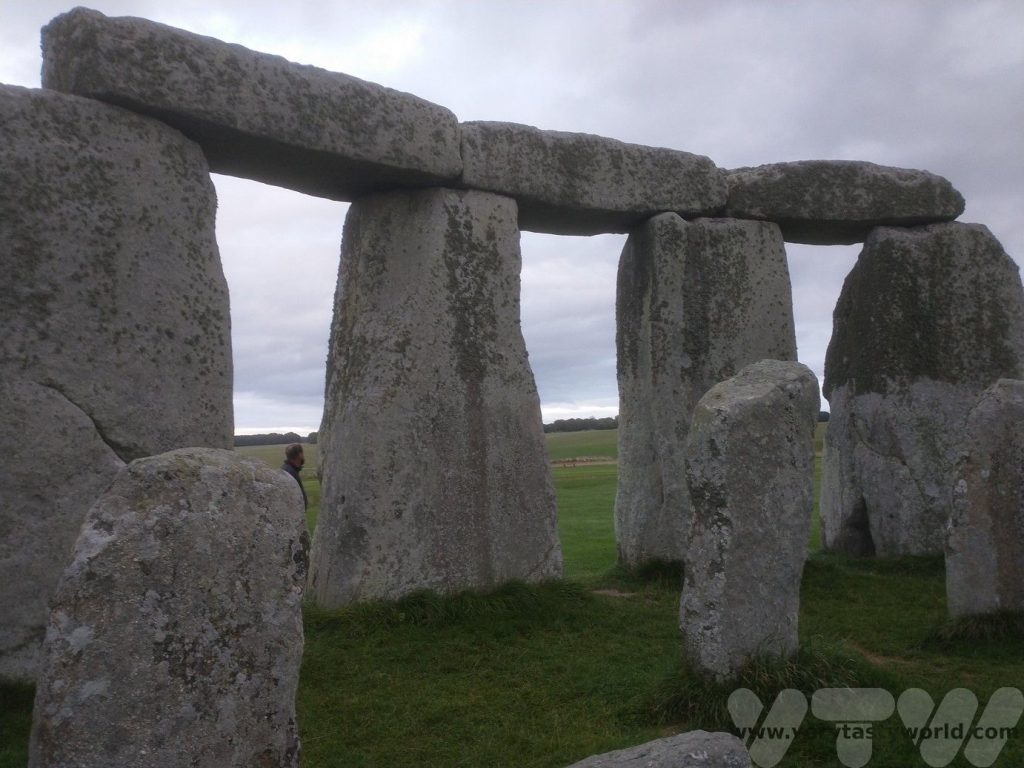
It does cost a lot but is the only way to get near to the stones these days, unless you are planning to attend – with thousands of other people – at the summer solstice. If taking the VIP option, you need to turn up at the bus stop around 10-15 minutes before your allocated time slot. The bus then takes a small group of people to the stones.
You are allowed to wander around them for around 45 minutes but are not allowed to touch the stones. A guide will point out various features. If you’re lucky it may be possible to time the visit for sunrise or sunset.
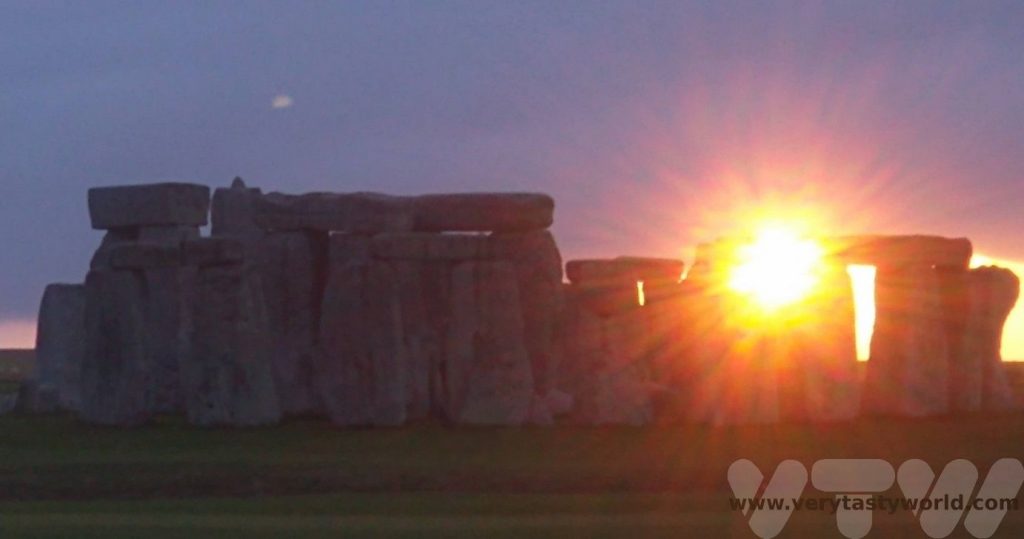
Visiting Stonehenge For Free
It is possible to see Stonehenge without pre-booking or paying. You can drive past the visitor centre and continue into Larkhill where you can park.
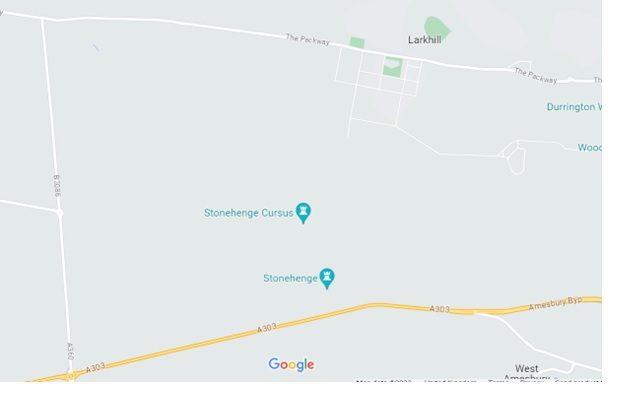
Then walk along Willoughby Road to reach the public footpath which will take you across the fields that lead to Stonehenge.
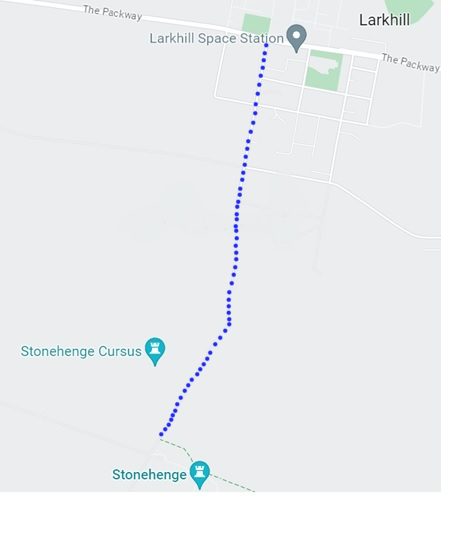
You won’t be able to get amongst the stones (most visitors don’t anyway unless they’ve paid for the VIP experience) but you should get a good view.
An alternative, and longer, route is walking from Woodhenge (see below).
You can also visit Stonehenge for free for the summer solstice on 20th to 21st June each year. It is likely to be very busy and there are terms and conditions for entry to the site.
Getting to Stonehenge
Driving is the most efficient way to reach Stonehenge, either driving to the visitor centre or Larkhill. If it’s not possible to drive, there are plenty of coach tours that will offer a day trip from a number of UK cities.
Other Attractions Near Stonehenge
Woodhenge is around 3km (as the crow flies) from Stonehenge and similarly dates from about 2500 BCE. It comprises concentric posts in six oval rings. The structure was around 40m long and 30m wide and thought to be a ceremonial site.
Originally made from wood, the timber has long gone, rotted to obscurity, but after the site was discovered, concrete pillars were inserted into the ground to indicate where the posts would have been located.
Parking is free. You can walk to Stonehenge from Woodhenge via a country path or along the roads. (Another way to visit Stonehenge for free.)
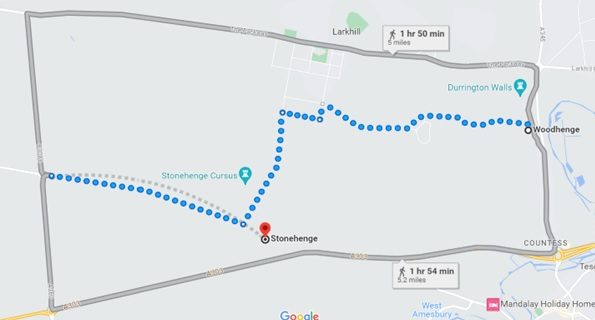
Introduction to Avebury
“And you, my love, won’t you take my hand? We’ll go back in time, to that mystic land.” – Spinal Tap
Avebury is located just 30 km north of Stonehenge (as the crow flies). It is less well-known but is actually the world’s largest stone circle and is even older than Stonehenge. It is thought that construction started in around 2850 BCE.
The main henge comprises an enormous circular bank and ditch which encloses a large circle of around 100 stones which is 1.3km in circumference. Two smaller stone circles are contained within this henge. There are also stone avenues leading to the henge, suggesting that this was probably a ceremonial site.
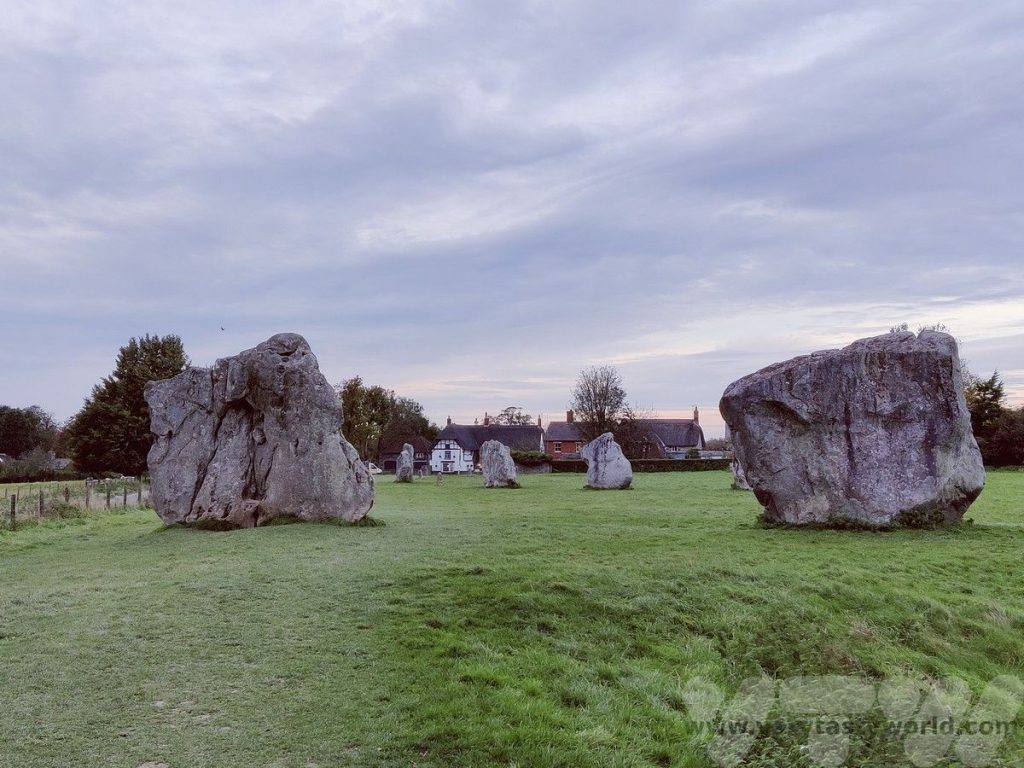
Key Features of The Avebury Henge
As you drive through Avebury village it is impossible to miss the enormous stones. The henge is huge and you can walk through the fields to see all the stones within the boundary of the site, defined by the enormous banks and ditches.
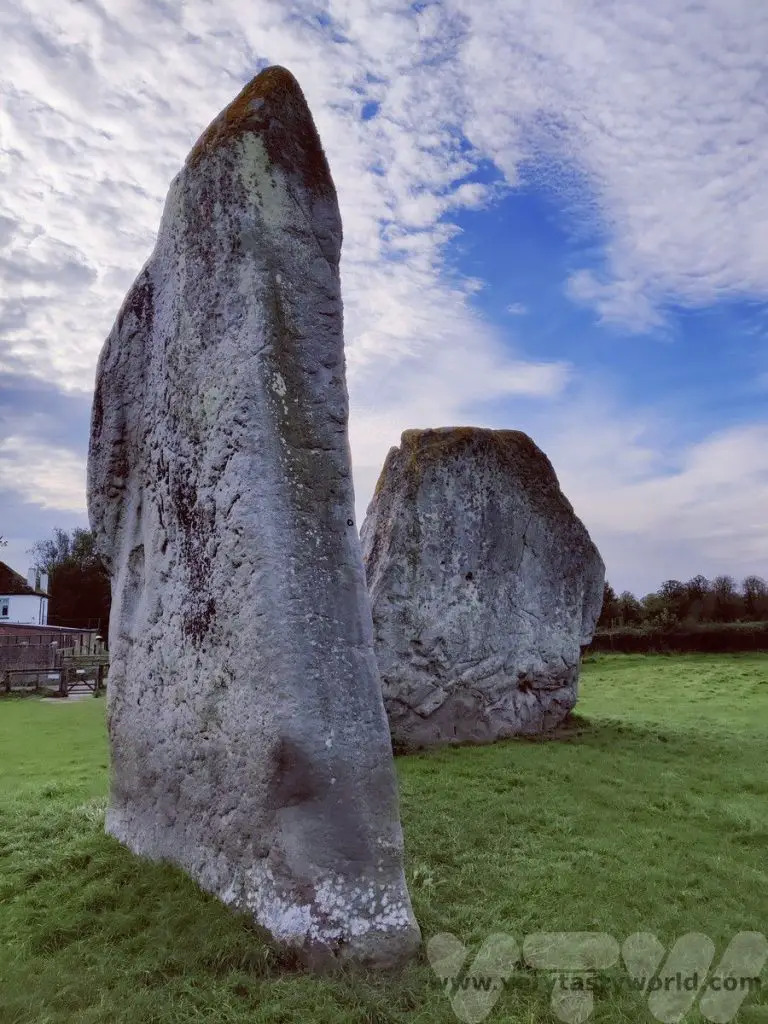
You will need to cross a few roads to reach all the stones. (Take care, some of the roads are on bends, so it’s not always easy to see oncoming traffic.)
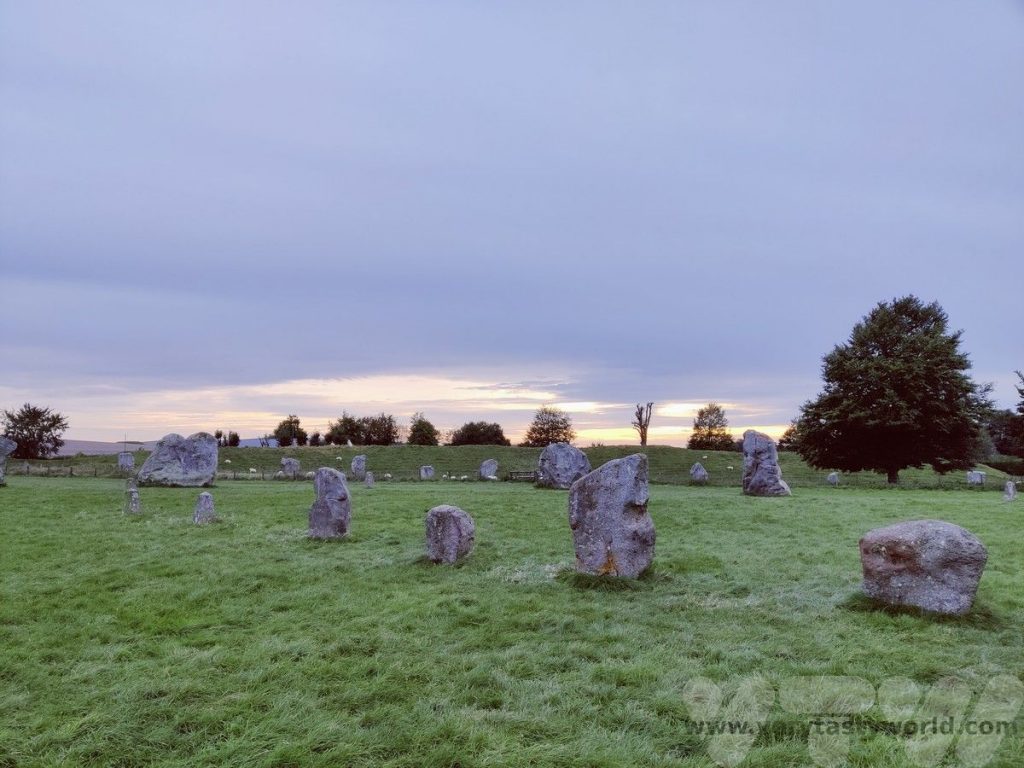
Just to the south of Avebury is West Kennet Avenue – two rows of standing stones leading to the Sanctuary. Originally comprising over 100 stones, set in a corridor formation, many of the stones were lost over the years.
The stones are very large, but not as big as the ones at the henge. Some are long and thin, others are more triangular/square in shape. Where stones have been lost, there are markers in the form of concrete pillars that show where the original stones would have stood.
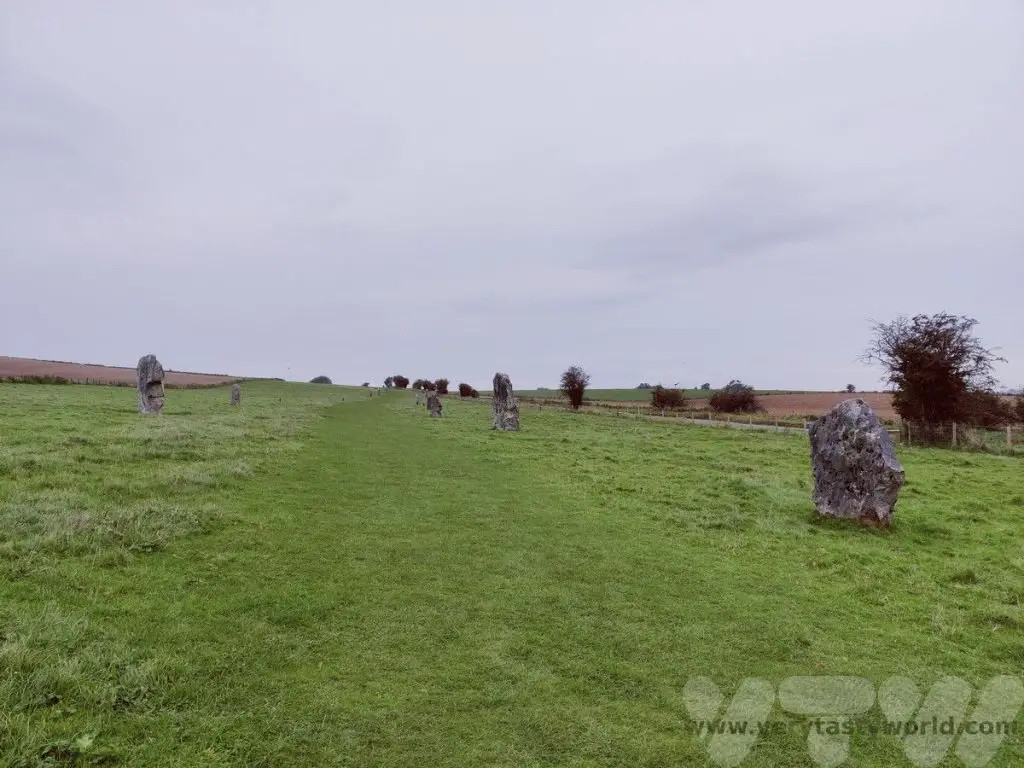
Visiting Avebury
Again, it is easiest to drive to Avebury if you can. There is a car park, operated by the National Trust, which is located a few hundred metres from the main site. It has a charge but is free to members of the National Trust.
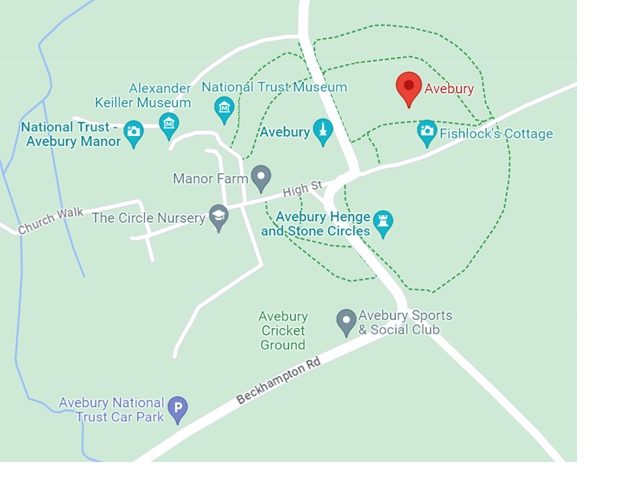
If you aren’t able to drive, you can book a coach tour to Avebury (which often incorporates Stonehenge as well).
The site itself is free to visit and you can walk around the stones.
We recommend bringing walking shoes or boots as the site can get a bit muddy and there are flocks of sheep who share the stones with the visitors – and a fair amount of sheep poo in the fields!
Visiting Avebury For Free (i.e. avoiding parking charges)
There is a car lay-by on the B4003 next to West Kennet Avenue. If you get there early enough (and you will need to as it’s not a large lay-by) or are lucky enough to arrive when someone is leaving, you may be able to park there to walk up the West Kennet Avenue and into Avebury itself.
There is also a small track near Beckhampton close to the Adam and Eve stones where you can park up, but you would have to walk along some of the road to reach Avebury and it’s a fast road.
Alternatively, if you are staying in the area, your accommodation should be able to let you park with them, even if you arrive earlier than the check-in time. Just check beforehand.
Further Neolithic Places to Visit Around Avebury
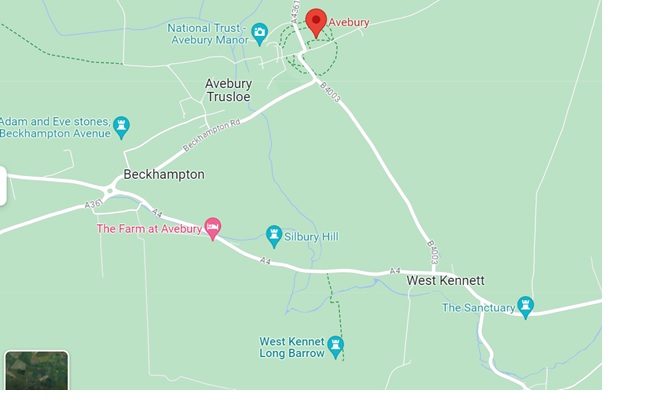
Silbury Hill
This is Europe’s largest pre-historic man-made earth mound, rising to 30 m in a very satisfactory circular conical shape. Although it is a lush green, grassy hill these days, it was originally kept free of grass, the stark, gleaming white of the underlying chalk standing out against the countryside. It would have been seen for miles around and must have been quite the sight for Neolithic visitors. There is a free car park but you are not allowed to climb the hill these days, the only restriction in the area.
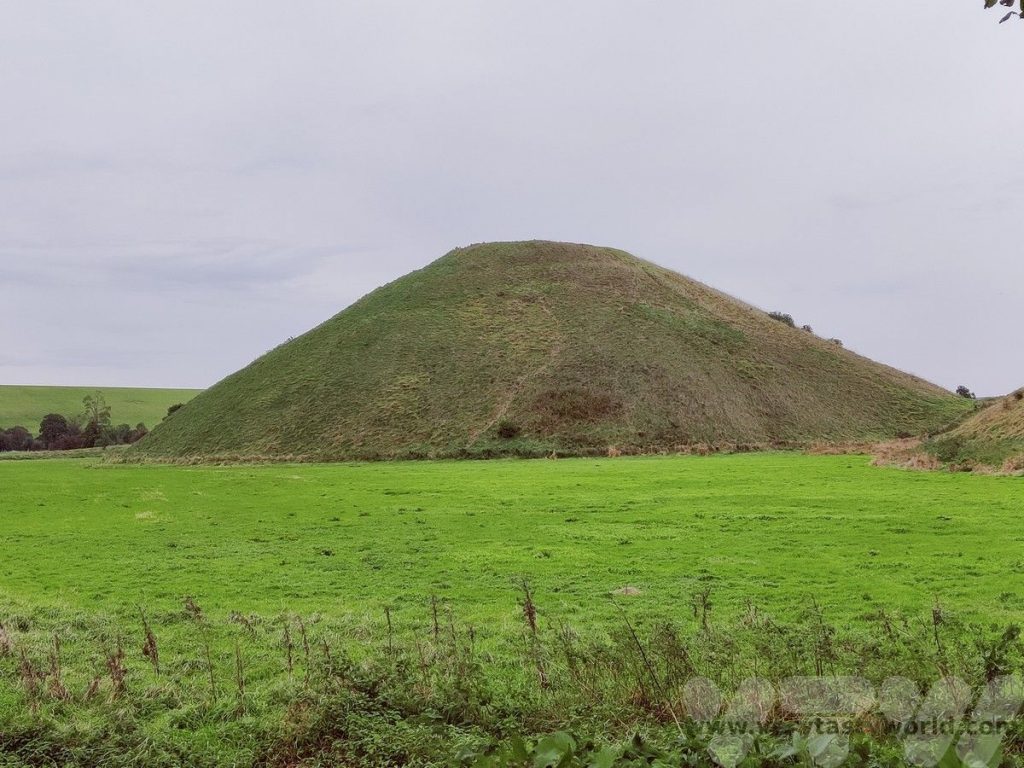
West Kennet Long Barrow
Built in 3650 BCE this barrow was constructed as a chambered tomb. When it was excavated in 1859 nearly 50 people were discovered to have been buried there, along with some of their artefacts. The tomb was sealed in around 2000 BCE and sarsen boulders were used to block its entrance.
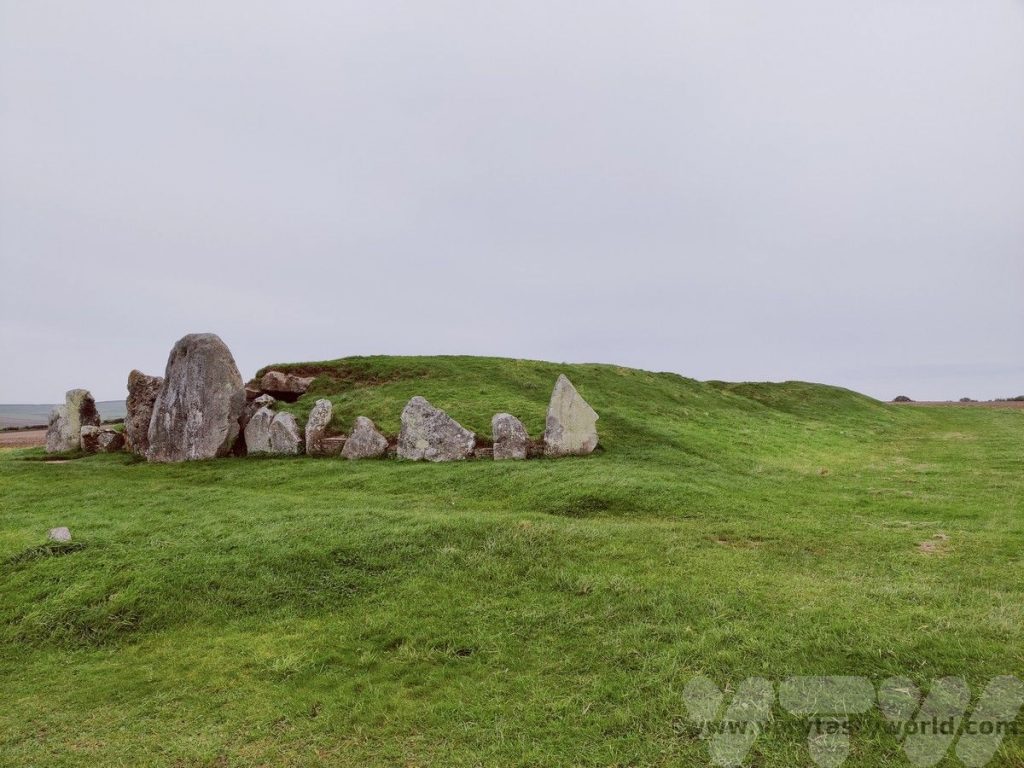
There is a car lay-by on the A4 near the footpath to the barrow where you can park. Walk up the hill across the farmland. Like so many of the Avebury sites, you can climb onto the barrow and venture inside.
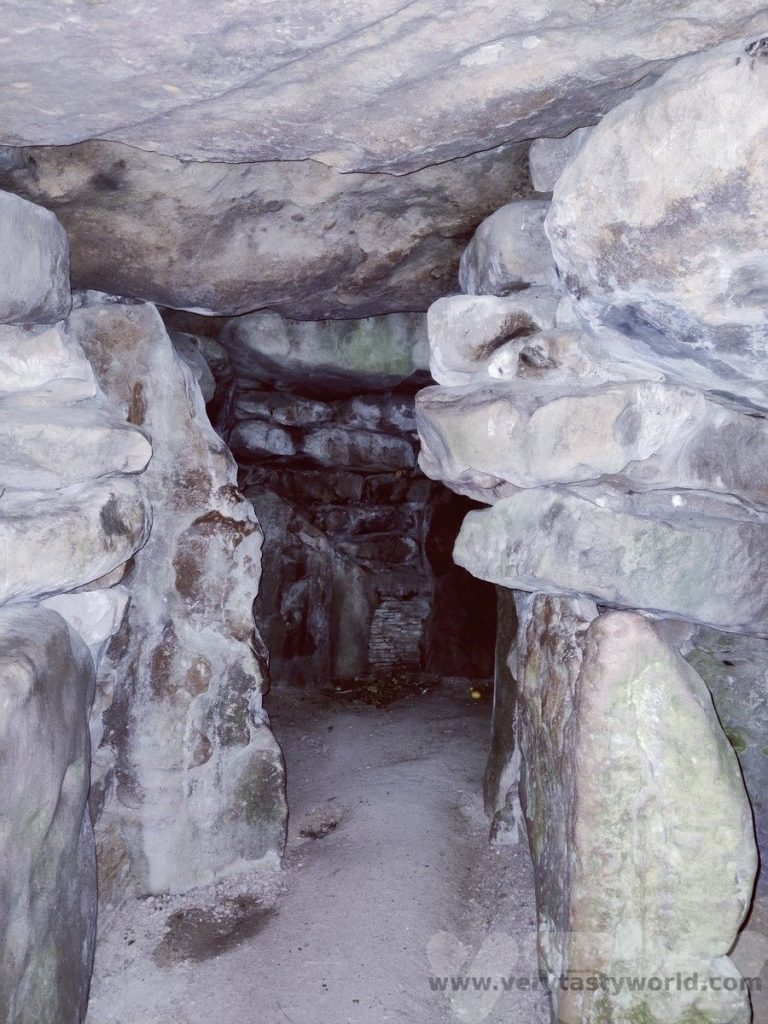
The Sanctuary
A temple that was constructed from both standing stones and wooden posts sited in concentric rings this was probably a ceremonial temple and is thought to have been built in around 2500BCE. It can be found at the end of the West Kennet Avenue, on Overton Hill, which suggests that it was linked to the henge at Avebury.
Adam and Eve Stones
Located near Beckhampton, just turn off the main road before the roundabout (coming from Avebury) and at the end of the track are two standing stones. It is thought that Eve, the smaller stone, formed part of the Beckhampton route into Avebury.
Other (Non-Neolithic) Attractions in Avebury
Avebury Manor
Dating from the 16th century this manor house was refurbished in 2011 as part of a BBC documentary. Each room has been decorated in the style from a different era – the living room is from 1930, the kitchen from the turn of last century. There are Tudor bedrooms and a Queen Anne room. One of the nice things about the manor is that you are encouraged to touch the objects (obviously treating them with respect) so it’s quite interactive. It also has a pleasant garden.

Alexander Keiller Museum
Keiller was an archaeologist who, having inherited a marmalade business, used his wealth to buy land around Avebury and conducted excavations at the site. A pioneering aerial photographer, he used his skills to understand the archeology of the area from the skies.
He first excavated at Avebury in 1937, clearing undergrowth and discovering buried stones (which naughty farmers had buried centuries ago). Many of the buried stones were recovered into their original holes and where there were missing stones, Keiller placed concrete markers to show where the stones would have been located.
He sold the land to the National Trust (for a nominal value, representing the cost of the farmland) in 1943, hence helping preserve Avebury as an important archeological site. This small museum documents some of the artefacts he found in the area.
There is a fee to enter the manor and museum but National Trust members can visit for free, as can English Heritage Overseas Visitors with the pass.
Avebury Stone Circle vs Stonehenge – Which Is Better?
So you only have time to visit one of the attractions, which do you choose? In our opinion, Avebury is the hands-down winner. Here’s why:
Avebury is free to visit.
You can arrive at any time. Avebury receives fewer visitors than Stonehenge (around 250,000 visitors each year) but is a popular attraction for those in the know, so it can get busy at certain times of the year. That said, it is much bigger and spread out over a wider area so there is more space for everyone to enjoy their visit.
You can walk around the stones and even touch them.
There are lots of other interesting megalithic features at Avebury and some fantastic walks in the lovely English countryside to see them.
There is a pub in the village, amidst the stone circle!
You can stay overnight in Avebury village or close by. This means that you can enjoy the stones in the evening, after the day-trippers have gone home, and earlier in the morning, before the next bunch arrive.
We stayed at the Dorwyn Manor, less than a kilometre’s walk away. It was a great choice, a lovely bed and breakfast hotel with excellent brekkie and an honesty bar (help yourself to some drinks and pay the following morning). We were able to park in their spacious car park as soon as we arrived. Pub grub and local beers are available at the Red Lion pub in the village centre – reputedly one of the most haunted pubs in Britain!
Both sites are undoubtedly of huge historical importance and both are fascinating to visit. But whereas Stonehenge is an icon – precious and protected and to be admired from afar, Avebury is intimate and inviting and leaves you wanting more.
Stonehenge is a world-famous destination and is great to have ticked off the list but we could go back to explore Avebury time and time again. And indeed we have!
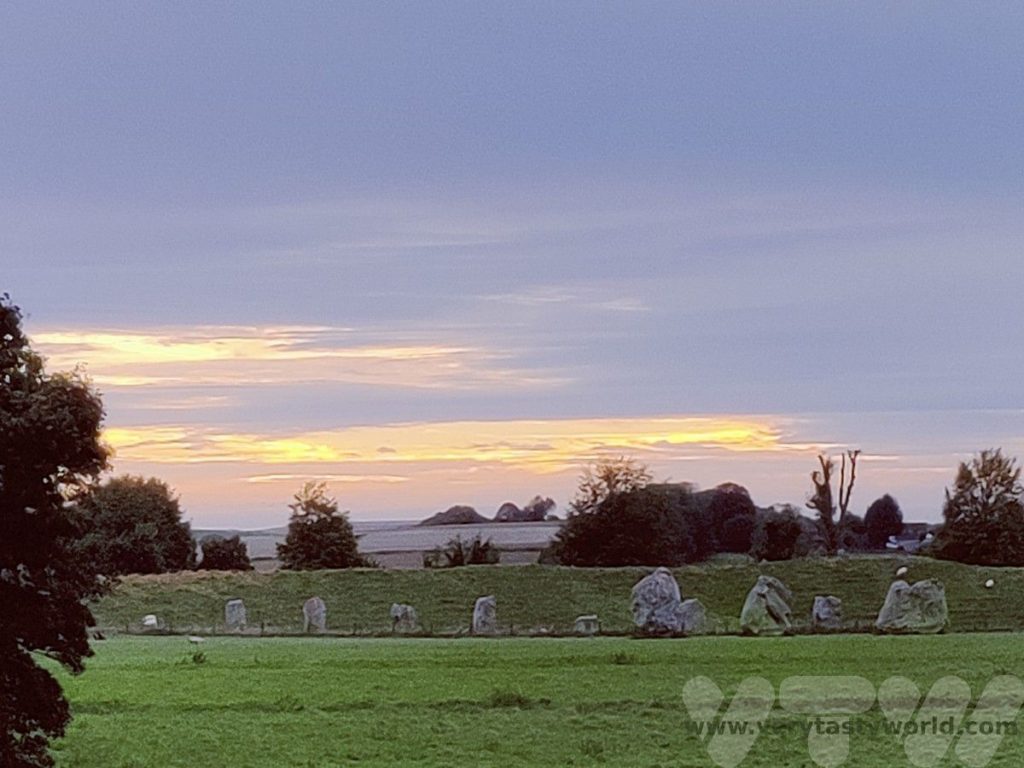
Related Posts You May Enjoy

- Things To Do In Rovaniemi In Winter
- Avebury Stone Circle vs Stonehenge
- Five days in Copenhagen
- Is Sarajevo Worth Visiting?
- A Svalbard Holiday – Land of the Midday Moon
- Afternoon Tea in Coventry

- Things To Do In Rovaniemi In Winter
- Avebury Stone Circle vs Stonehenge
- Five days in Copenhagen
- Is Sarajevo Worth Visiting?
- A Svalbard Holiday – Land of the Midday Moon
- Afternoon Tea in Coventry

- Things To Do In Rovaniemi In Winter
- Avebury Stone Circle vs Stonehenge
- Five days in Copenhagen
- Is Sarajevo Worth Visiting?
- A Svalbard Holiday – Land of the Midday Moon
- Afternoon Tea in Coventry

Five days in Copenhagen
When we were children there was a very popular vinyl record which was comprised of a whole bunch of songs, sung by Danny Kaye, based around Hans Christian Anderson’s fairy tales. One of these was the song, Wonderful, Wonderful Copenhagen. We’ve recently returned from a short trip to Denmark’s capital and the song, somehow recalled from many years ago, gave us a semi-permanent ear-worm as we explored the city. But is Copenhagen wonderful? We think so. We spent five days in Copenhagen, and around, discovering what the city had to offer.
Getting to Copenhagen Central from the Airport
We got chatting to a number of people during our trip, some of whom had very different experiences of getting into the city. An elderly couple from the USA were shocked to have paid around 55 Euros for the journey in a taxi. And at the other end of the travelling spectrum – we met a holidaymaker from the UK on his first ever visit abroad who decided to walk the 8km from the airport for free! We recommend the train.
The easiest and most cost-effective way is to take the train or the metro. On arrival at the airport, after exiting the baggage area, follow the signs to the train station. There will be a whole bunch of ticket machines just before the entrance to the platforms. The ticket machines are red.
You can choose the English language option. Just select the destination, number of passengers and time of travel. You will receive a zone 3 card, which covers both passengers, that can be used within an hour and a half time slot. Head down to the platform. Trains are very regular, there will be signs on the platform indicating the destinations and you want to make sure your train stops at København H. The journey takes around 15-20 minutes and costs 30DKK (August 2023).
Accommodation
Accommodation in Denmark is on the pricey side. We chose a small room at the Wake Up, which was just a 10 minute walk from the main station. We were delighted to be upgraded to a larger room on arrival, but it did rather make us wonder what the small room was like because the large room was pretty compact! Still, as with most accommodation, we don’t need anything more than basic facilities – a bed and a bathroom will do just fine.
Planning Your Visit
There are a fair few things that you can do in Copenhagen for free but many attractions have a charge and Denmark isn’t a cheap country to visit. So, prior to taking our trip, we looked into the Copenhagen Card. Depending on what you are planning to see you can make good savings by purchasing a card which offers admission to over 80 attractions and free public transportation within the Copenhagen area. You can select a card for 24, 48, 72, 96 or 120 hours. Download the app onto your phone and you can activate the card at the first attraction/transport option. It will then count down the time until it expires.
You can only visit each attraction once, with the exception of Tivoli where you can re-enter the park on the same day only, if you get a stamp.
For our five days in Copenhagen we chose to buy a 72 hour card.
Five Days in Copenhagen: Day 1
National Museum of Denmark
The National Museum is located on Ny Vestergade. It showcases Denmark’s long and fascinating history with both permanent and temporary exhibitions. Particular highlights include the Viking history exhibition, which feature wooden parts of an extraordinarily long longboat and include an audio-visual opportunity to join a Viking raid, and the modern collection which shows many aspects of Danish culture.
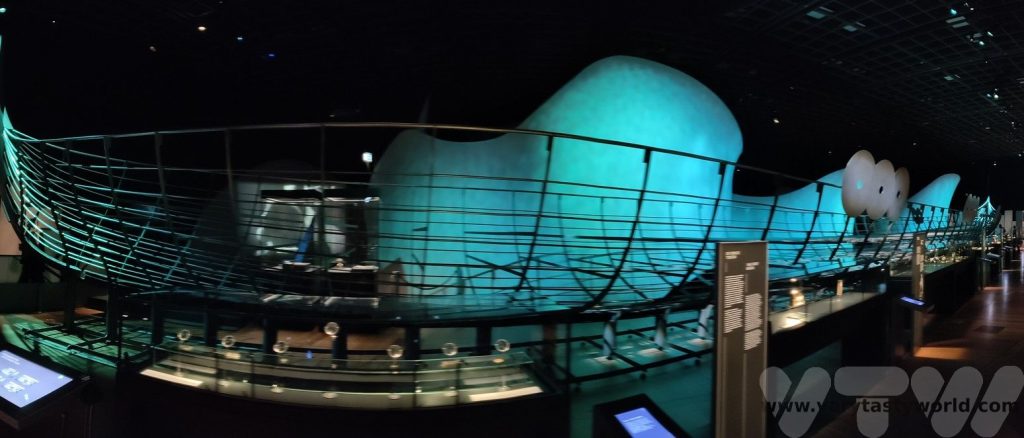
On our visit there was an interactive exhibit about money and finance around the world which was surprisingly fun.
Ride the Rollercoaster at Tivoli Gardens
One of the most delightful things about Copenhagen is that, rather than having a central business district full of corporate offices and commercial buildings, it has a park right in the middle of the city. Directly opposite the central station and just a 10 minute walk from the National Museum, this delightful amusement park is the third oldest in the world and dates from 1843. It is one of Denmark’s most visited attractions and is a lovely place to visit for both the young and young at heart. Set in a very pretty garden, it has a number of stages for performances and white-knuckle rides for intrepid thrill-seekers.
The Copenhagen card will provide entrance to the park but not the rides. If you plan to spend a lot of time in Tivoli and want to enjoy all the rides it’s worth buying a wristband for unlimited access. There are machines all over the park. If you just want to go on a ride or two you can queue as normal then pay for each with your credit card at the gate just before you get on.
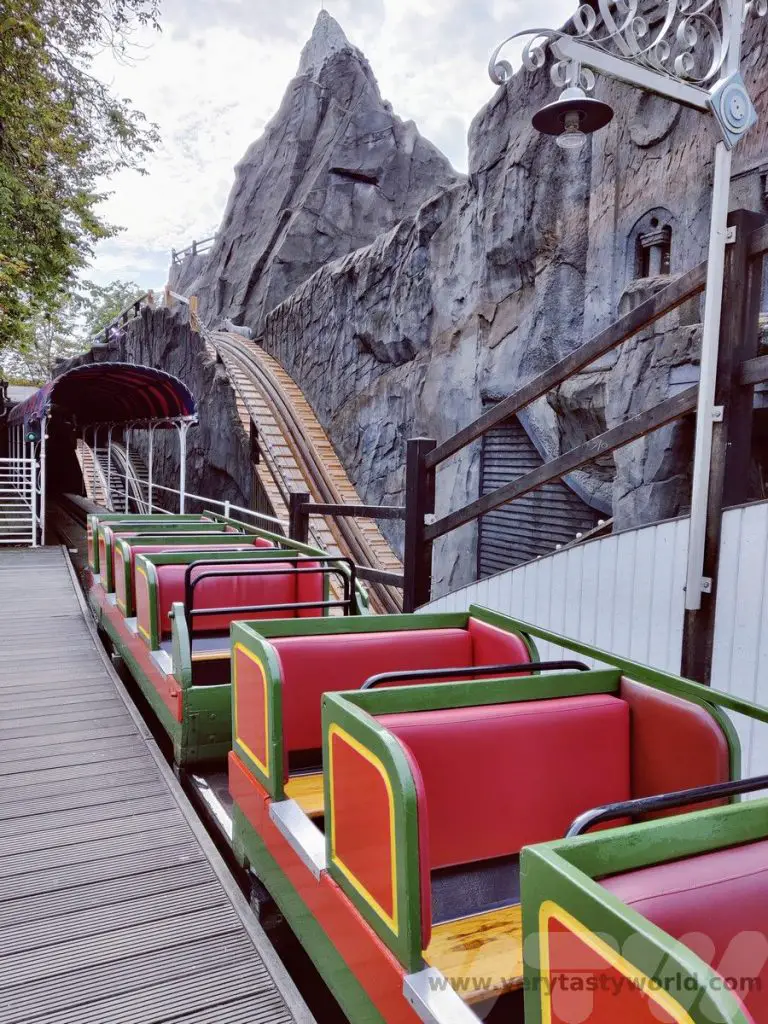
We didn’t plan to spend all day in the park but we did want to ride Rutschebanen, a wooden rollercoaster which dates from 1914 and is one of the oldest still operating. It is one of the few left in the world which has a brake operator in a car on each train, manually slowing the cars on the big slopes if needed.
It’s great fun to ride.
If you are visiting Tivoli you can get a stamp which allows you re-entry to the park on that day only. The security guards at the exits, armed with ink, will be able to provide one.
Tivoli food hall is adjacent to the park and has the same opening hours. You don’t need a ticket to Tivoli to visit the food hall. There are all sorts of Danish and international dishes on offer.
The Planetarium
The Planetarium, on Gammel Kongevej, is well worth a visit. It has a number of exhibitions on the ground floor and also runs a number of films in the largest tilted dome in Europe, a hugely impressive space. It offered a view of the current night sky and then ran a documentary about the probes that have been exploring our planets over the years. Headsets for an English translation of the commentary are available at reception.
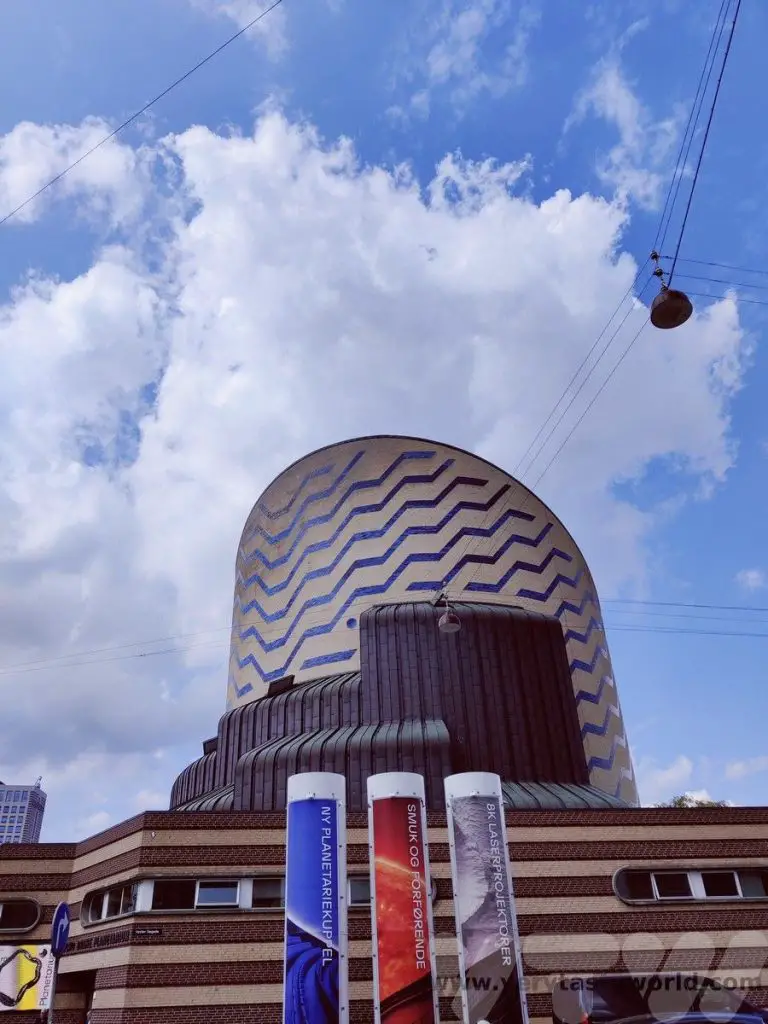
Fredericksberg Area
We walked from the Planetarium to the Fredericksberg area. Bus 7A will go there from the city centre if you don’t fancy walking and the Copenhagen card will cover the cost – just show the card to the bus driver. You will need to get on at the front of the bus. There are lots of things to do here, including visiting the zoo. We had some cultural activities in mind.
Storm
This is the museum of humour and satire where we received a very friendly welcome.
The downstairs area showcases the history of Danish humour (only in Danish but you can use a QR code on your phone to get a translation) but also has a few rooms dedicated to humour for children – chock full of surreal objects and fart gags.
Upstairs is an exhibition dedicated to the work of Storm P, the cartoonist, illustrator and satirist Robert Storm Petersen. There is a large collection of his artwork with explanations in English as well as a set-up of his workspace.
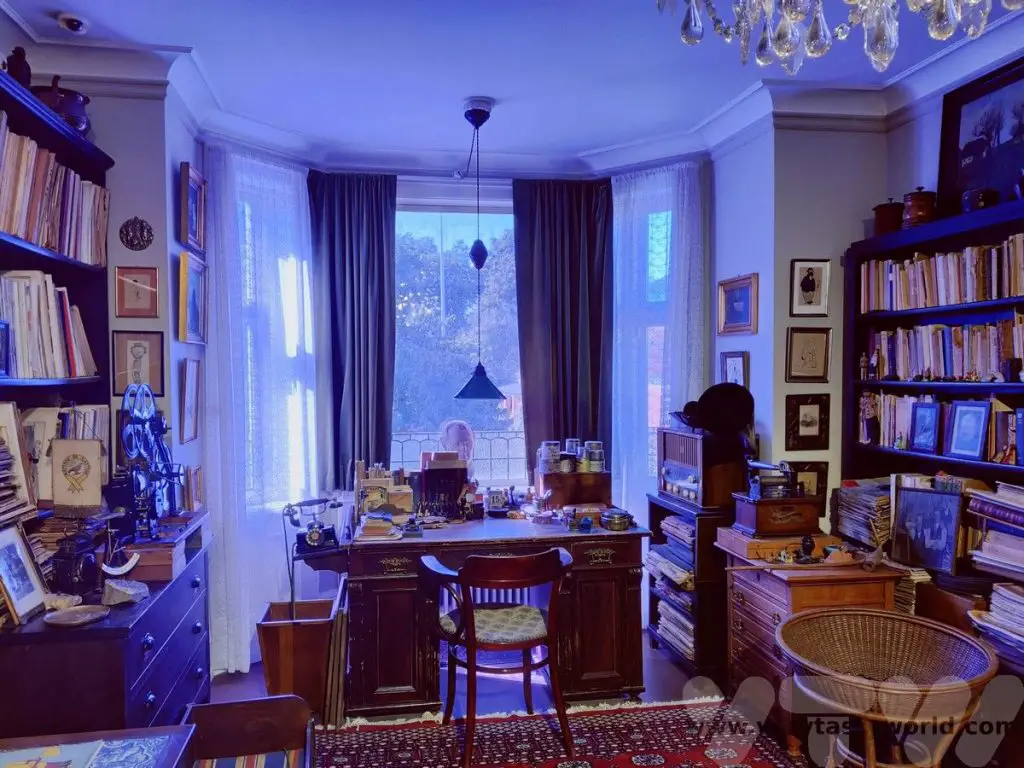
Cisternene
A fabulous idea for an art gallery, Cisternene used to be an underground reservoir! Beneath the green, green grass of Søndermarken Park this dark, cavernous space hosts an exhibition by a different artist each year. You need to be a bit walking careful inside – it’s dark and damp and you need to keep on the pathway or get wet feet – but it was one of the most delightful and unusual art galleries we have ever visited.
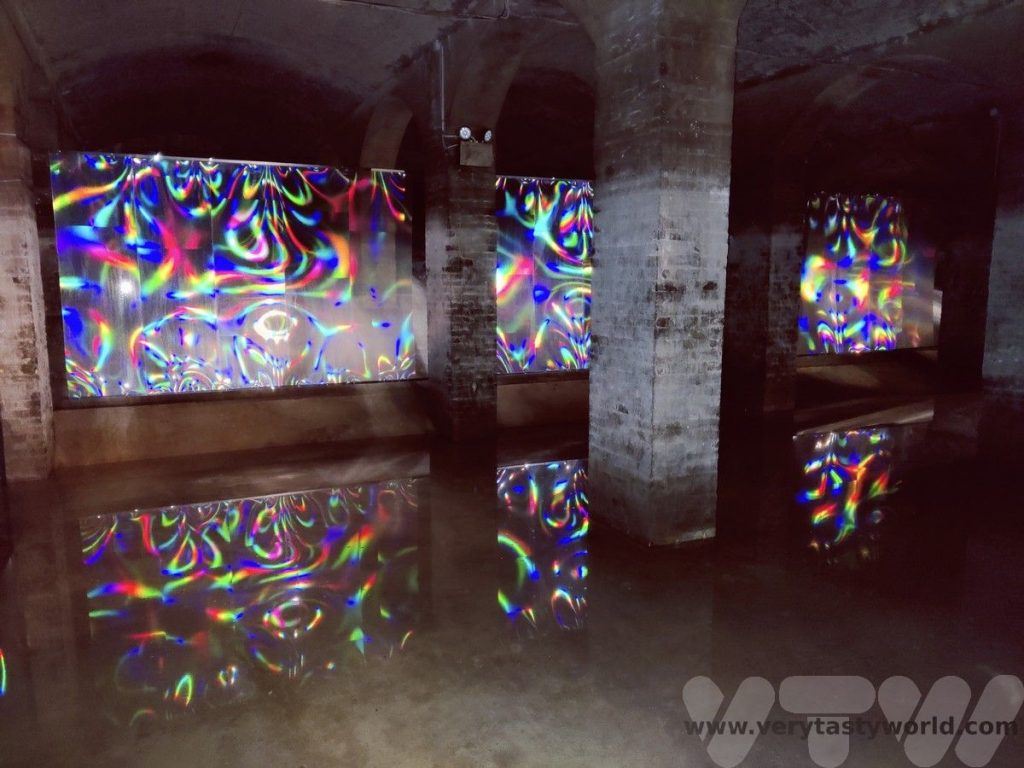
We saw the display from South Korean artist Kimsooja whose light installation was colourful, beautiful and otherworldly.
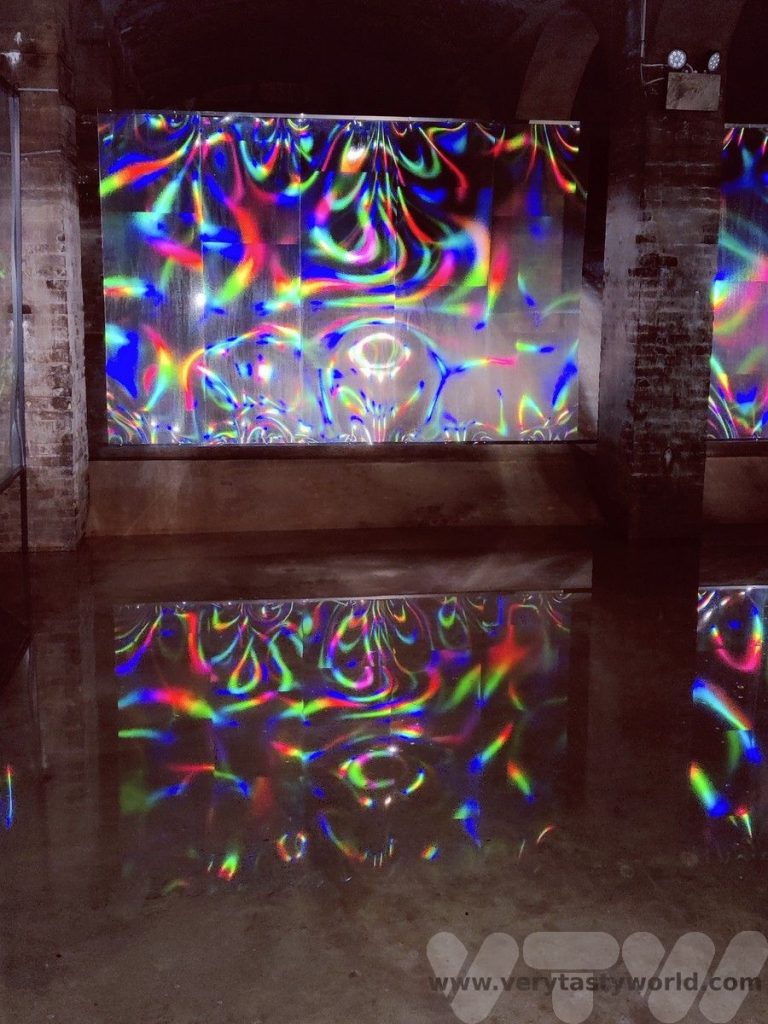
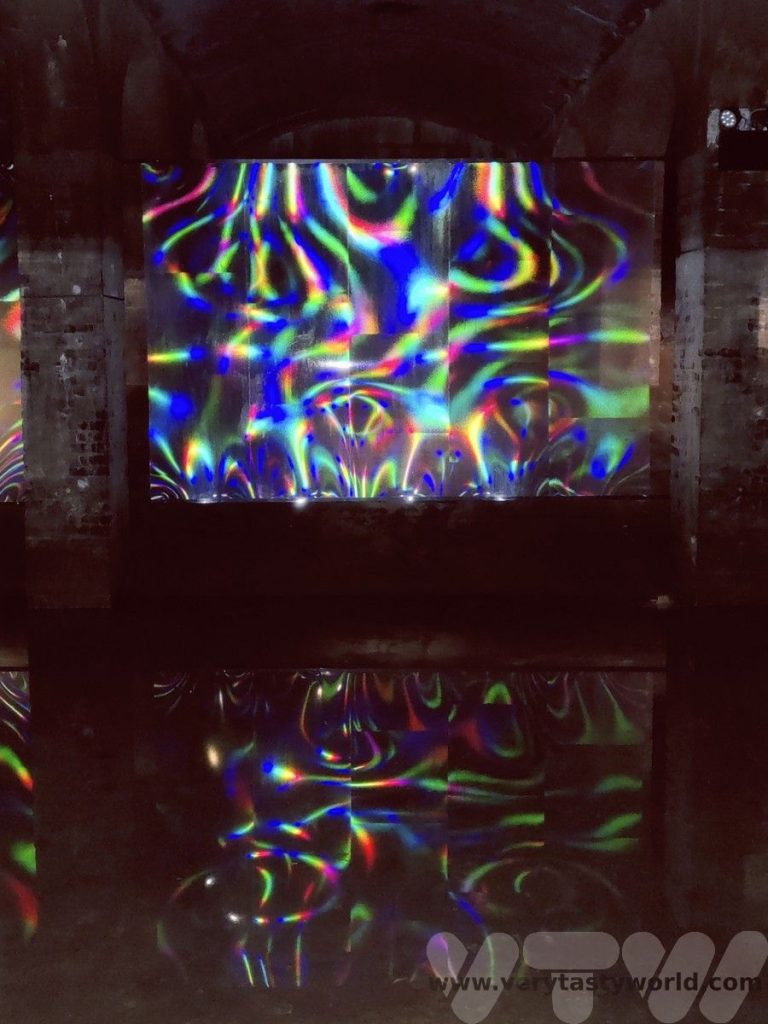
Evening at Tivoli
The 7A bus (the bus stop is just outside the zoo) will take you back to the city centre to enjoy dinner and a beer. Because the stamps on our arms were just about visible, we popped back to Tivoli. There were performances on some of the stages interspersed with squeals of delight as the white-knuckle rides simultaneously enthused and terrified.
Day 2
A Day Trip To Hamlet’s Castle and A Fabulous Art Gallery
The Copenhagen card also includes the opportunity to take some day trips outside of Copenhagen. You can take the train from Copenhagen Central to Helsingor to visit Kronborg castle. Just get on the train. If you are asked for a ticket, show the officer the card and they will scan it. If Helsingor sounds familiar, it is more commonly known as Elsinore in England and is, of course, the location of Shakespeare’s Hamlet’s Castle. Kronborg is a 15 minute walk from the station – you can see the castle from the station.
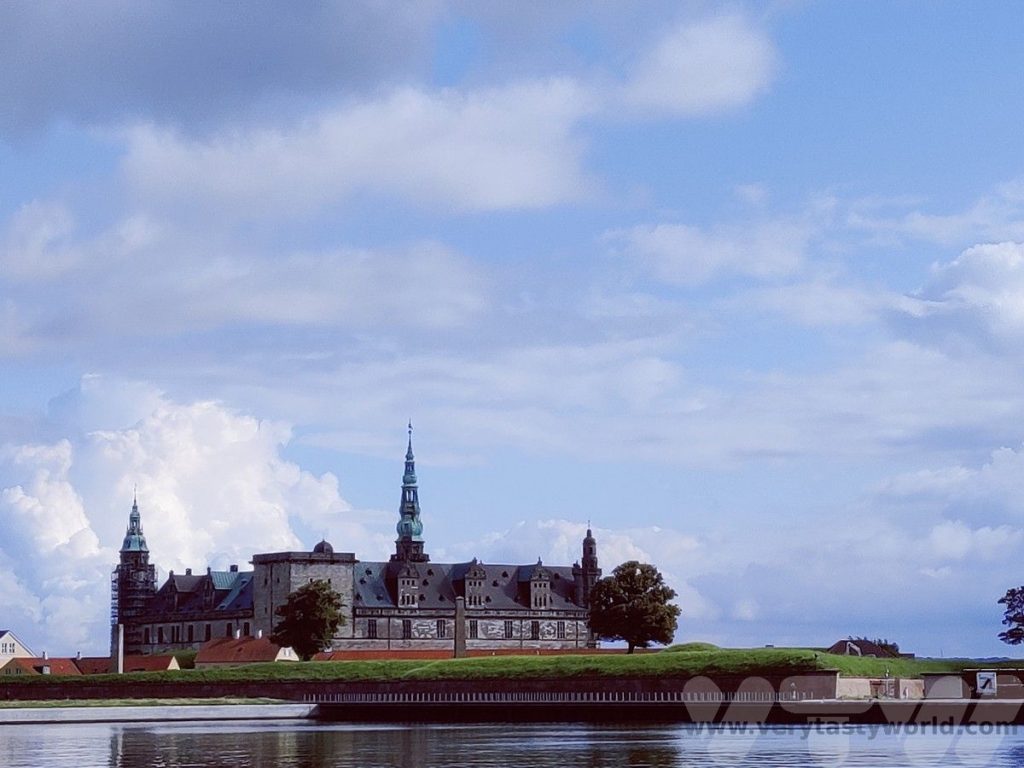
Originally built as a fortress in the 15th century, it was significantly upgraded by Frederick II between 1574-1585, and again by Christian IV following a fire. A UNESCO heritage site, it’s a highly interactive attraction with actors and jesters throughout the castle as well as guides who can offer information about the history of the castle. You can even meet ‘Hamlet’ and ‘Yorrick’ in the grand ballroom.
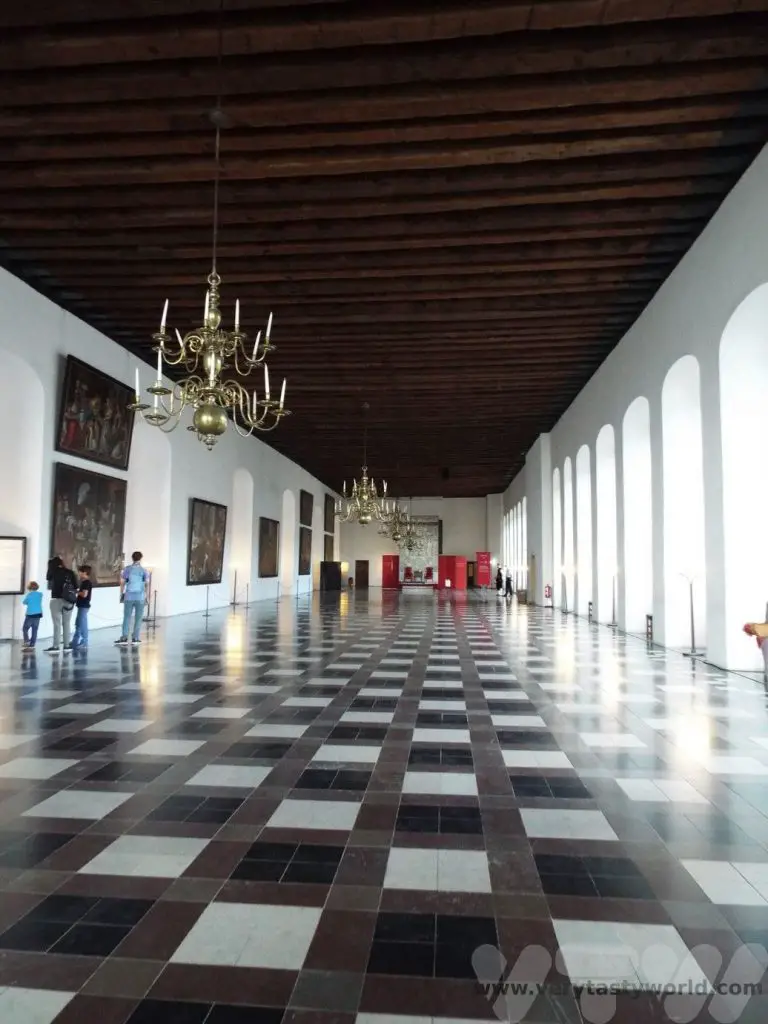
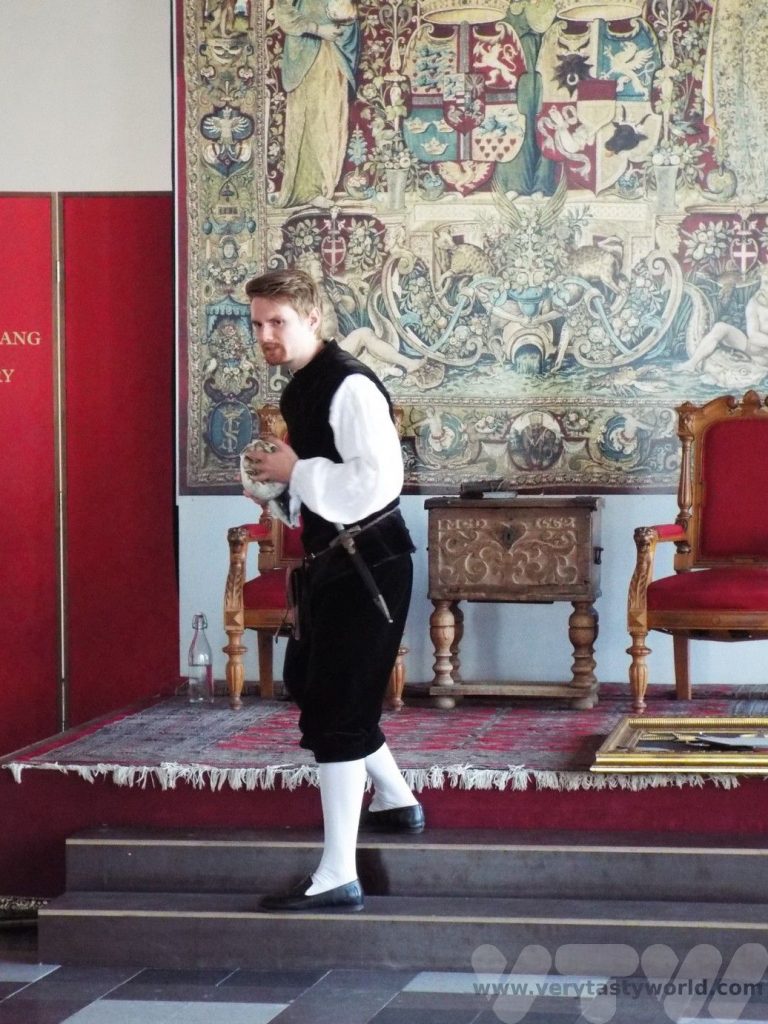
Yes, that’s Hamlet and Ophelia just outside Helsingor station.
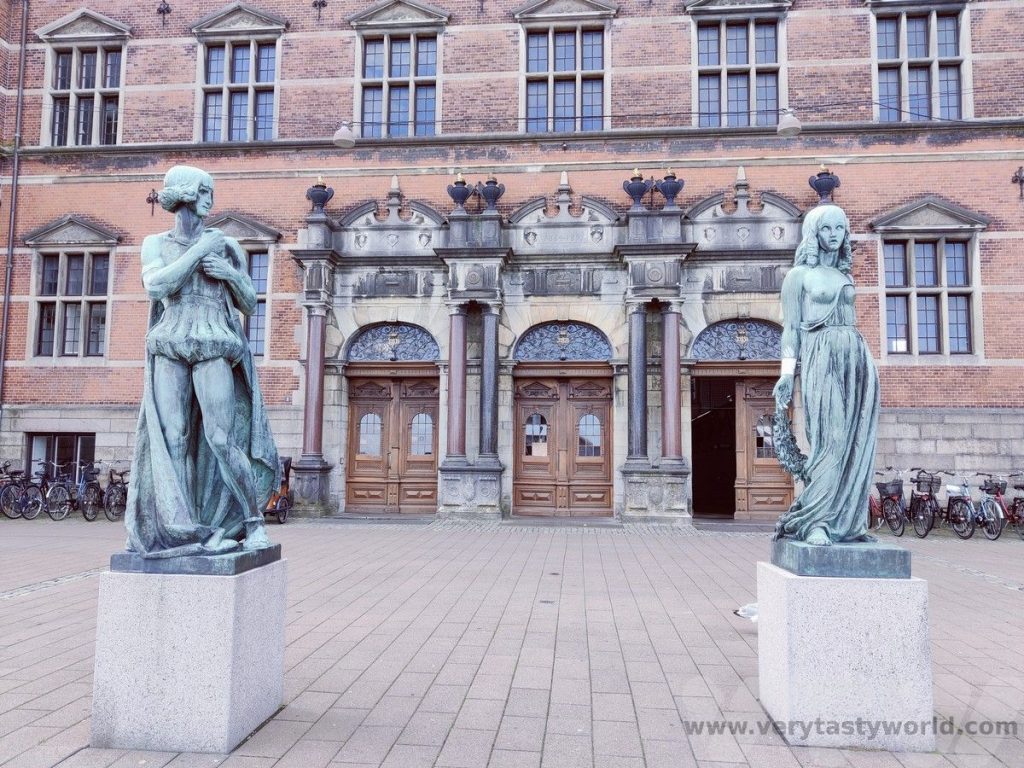
Louisiana Museum of Modern Art
The return train stops at Humlaebek, just 10 minutes from Helsingor, and this is an essential stop for the Lousiana Museum of Modern Art. A 15 minute walk from the station this remarkable modern art gallery, also included on the Copenhagen Card, offers an amazing collection, including works by Warhol, Lichtenstein, Picasso, Bourgeois, Bacon, Hockney and Moore, amongst many, many others, as well as temporary exhibitions showing the work of local and international artists.
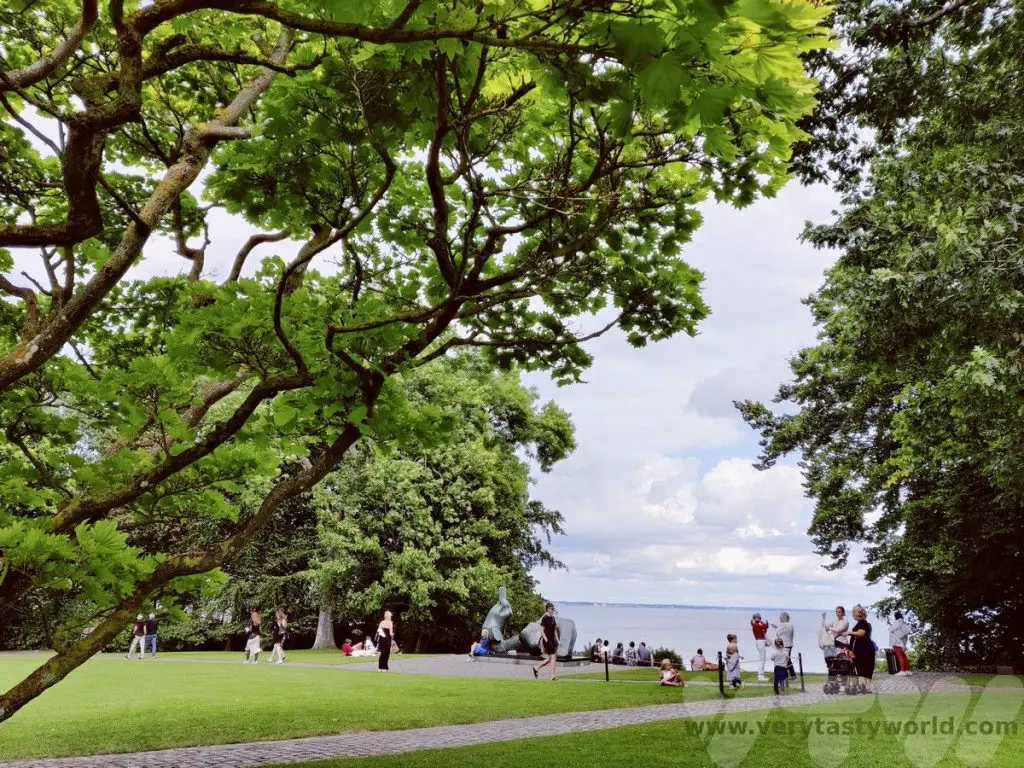
It has the most wonderful setting as well, a light, airy space for the network of galleries that all surround a sculpture park which looks out to the sea. Highly recommended.
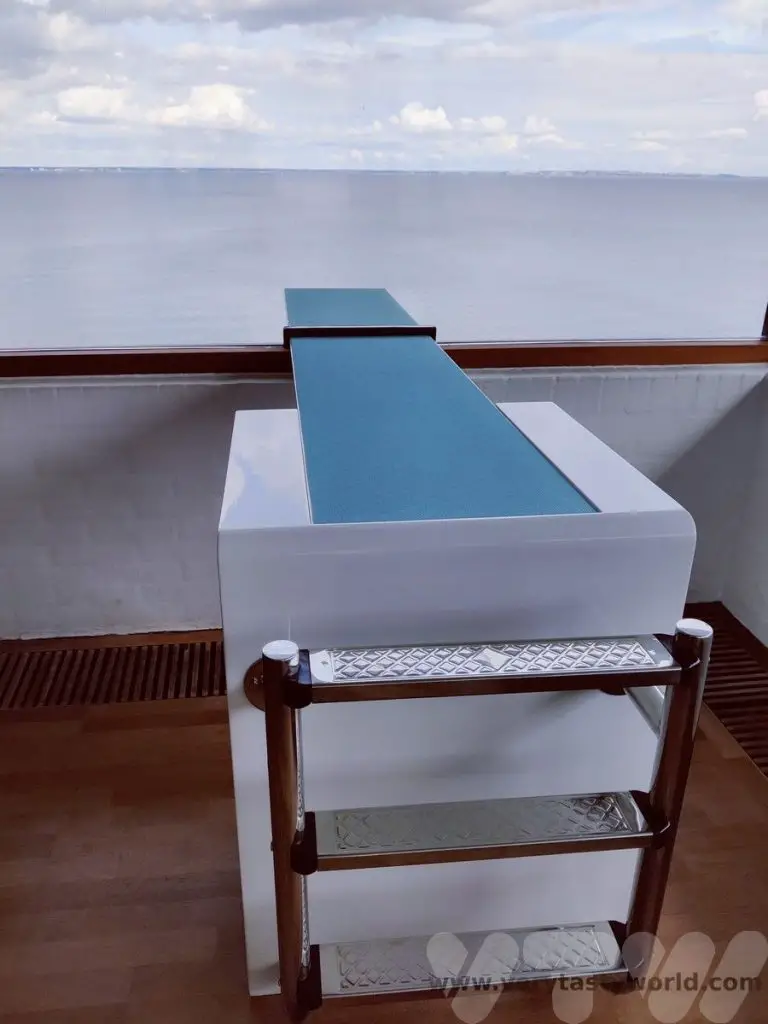
Day 3
A Boat Trip
We got up early to be first in the queue for a boat trip around the canals of Copenhagen. These are included on the card if you are boarding at Stromma (but not at Nyhavn). You need to show your card at the ticket office then get a ticket to board the broad boat for a journey that takes around an hour. There will be a commentary in English and usually another European language.
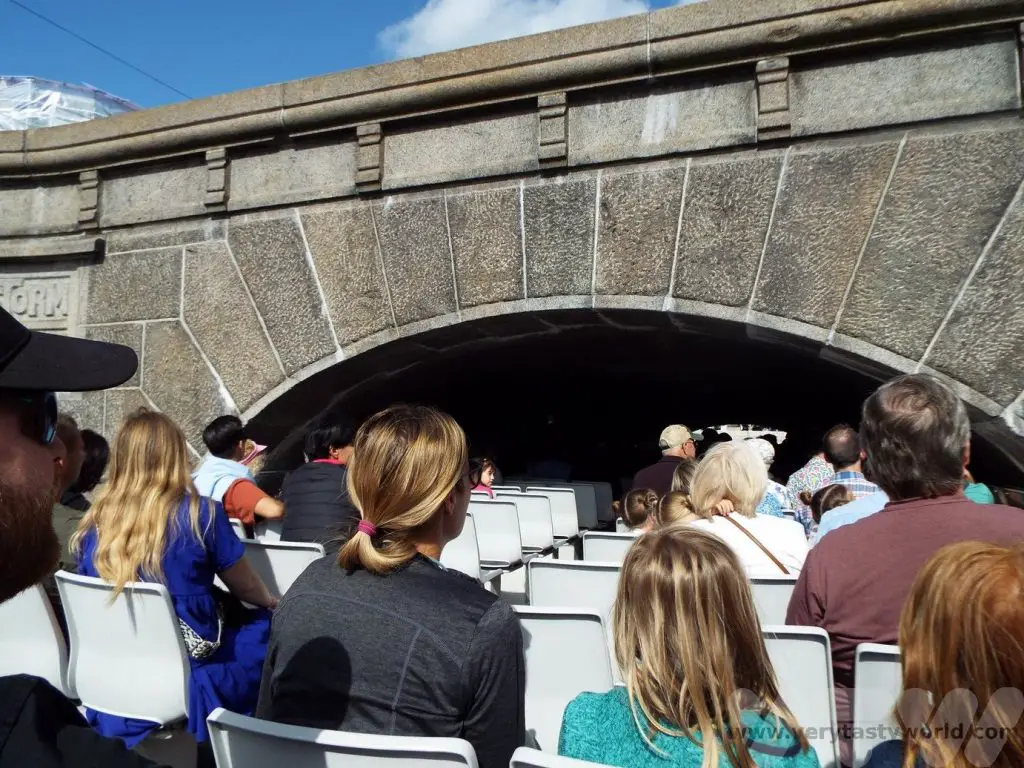
It’s a pleasant way to see Copenhagen from a very different perspective.
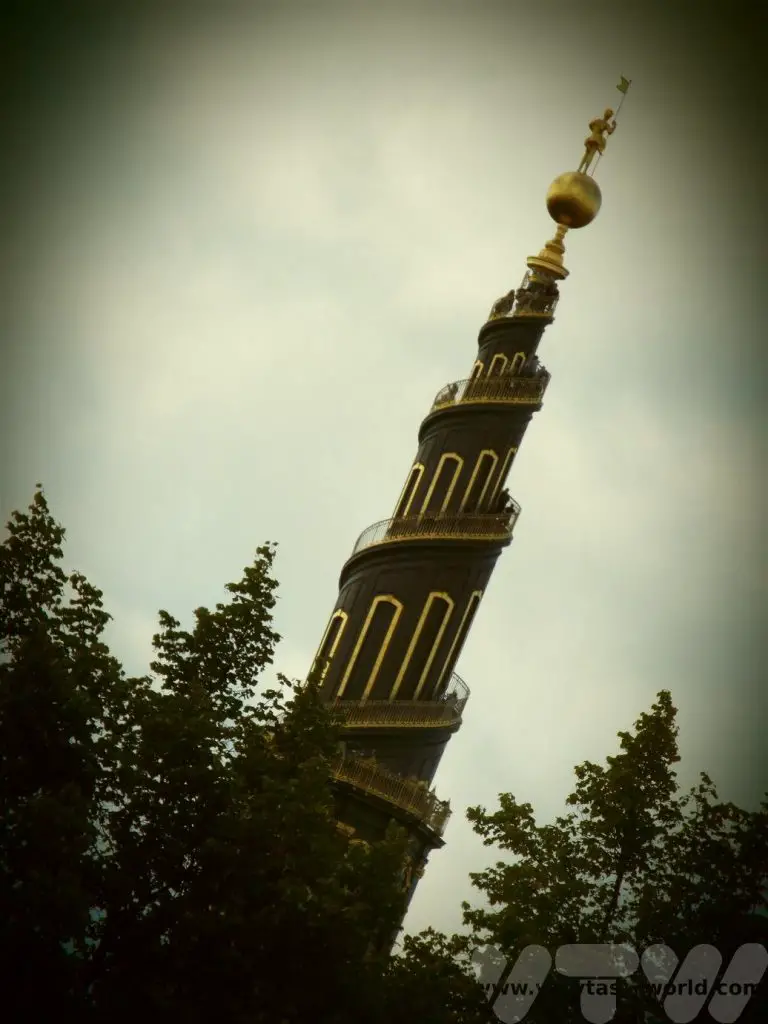
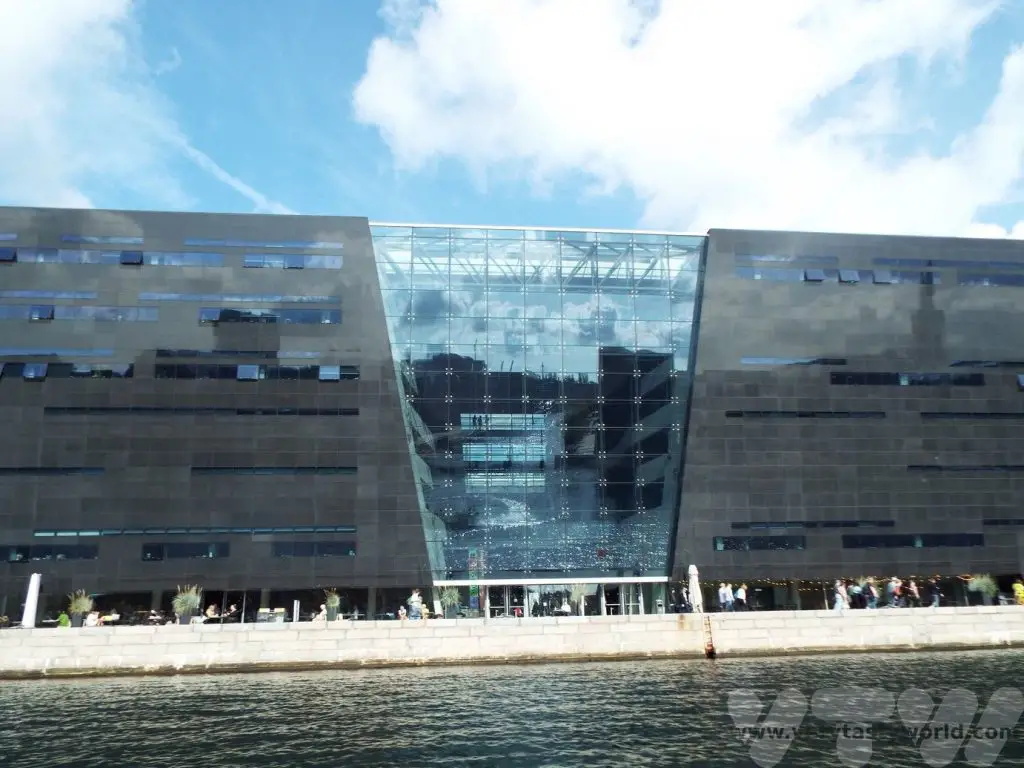
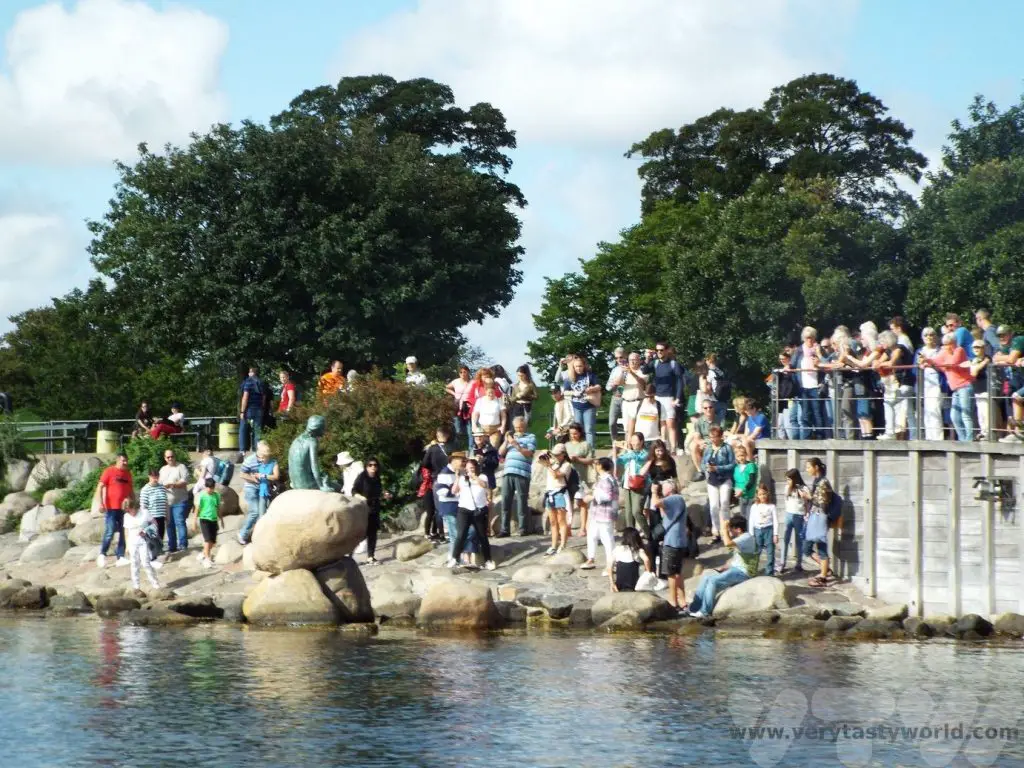
Visit Christiansborg Palace
Although Christiansborg Palace now houses the Danish Parliament it used to be the palace of the Danish kings and queens.
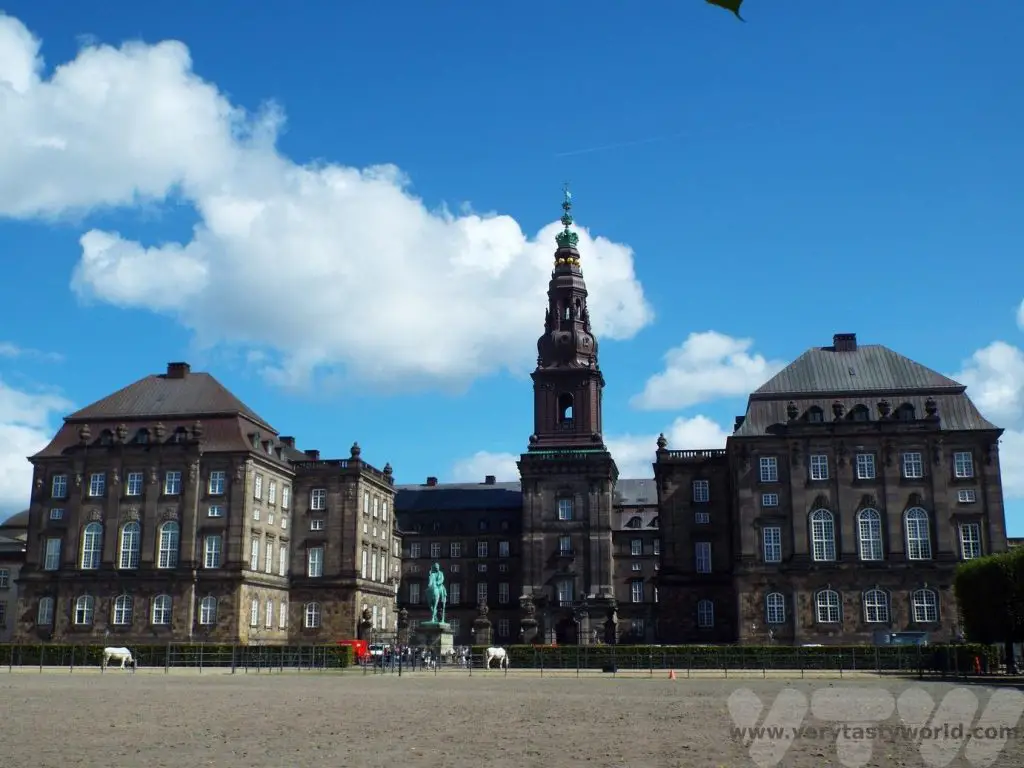
A visit to the ruins underneath the palace offers a fascinating history of the development and construction of the building and you can also visit the former kitchens and stables. The card covers entry to all these, but you need to show it at each location.
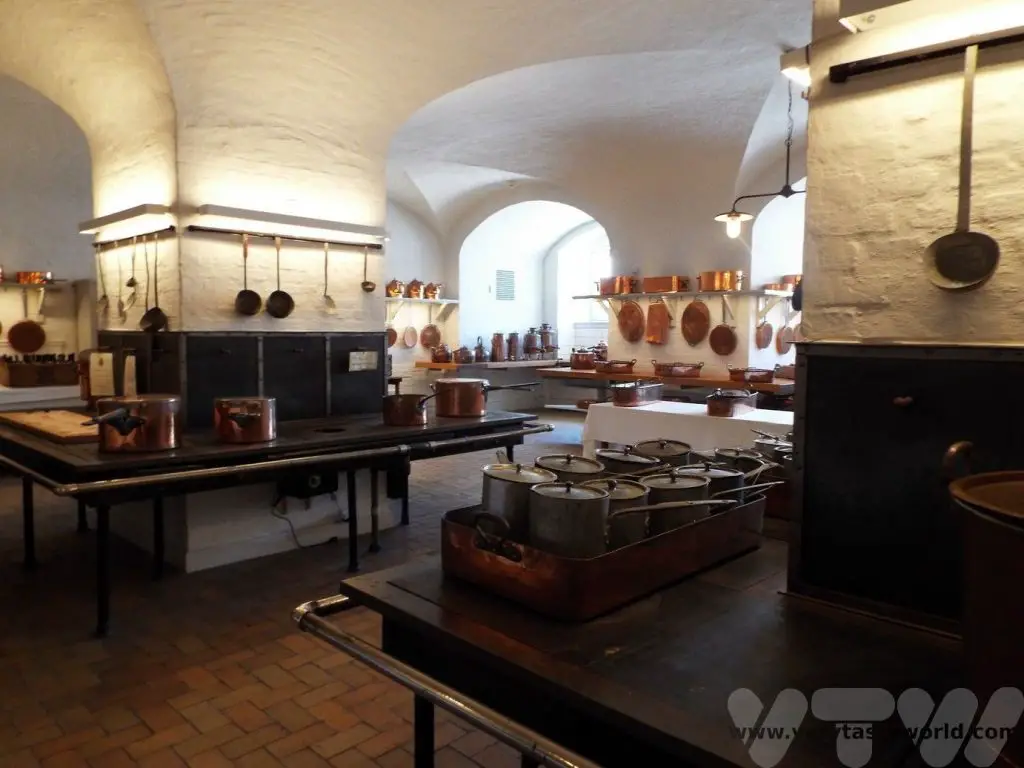
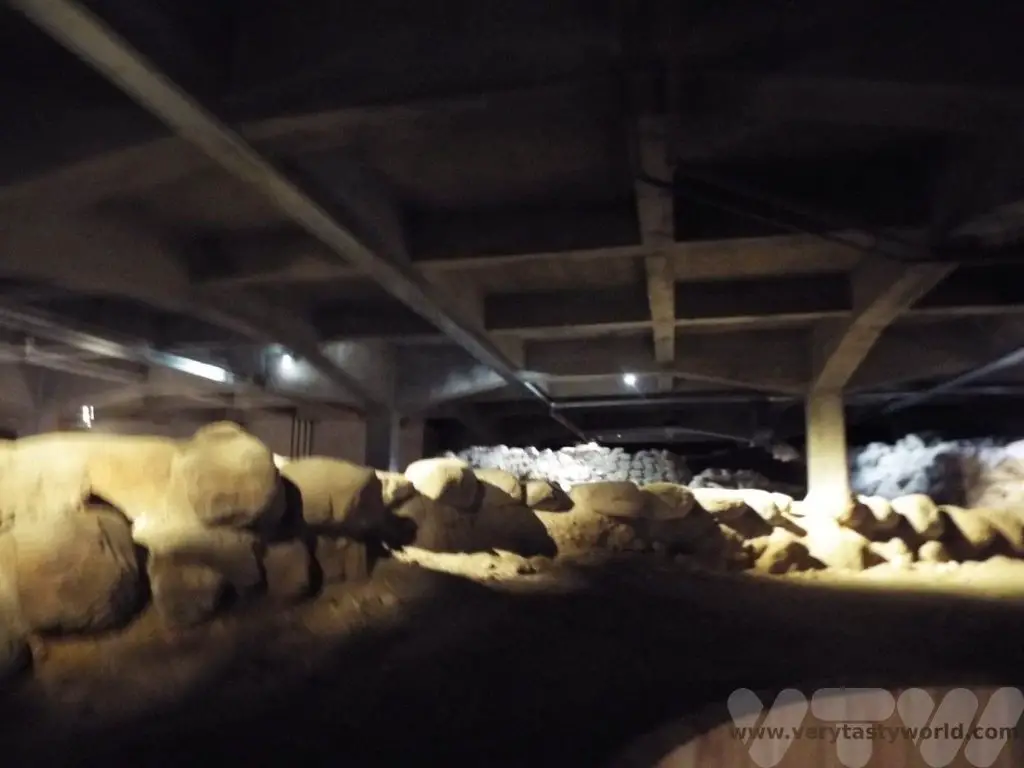
The Round Tower
We then headed to the northern part of the city. The Round Tower was constructed between 1637 and 1642 and is the oldest functioning observatory in Europe. Located adjacent to Trinity Church it was designed to be Denmark’s national observatory. You can climb the tower. One of the great things about this is that there are very few stairs. Like Seville’s Giralda tower, you ascend via a ramp with just a few steps at the top.
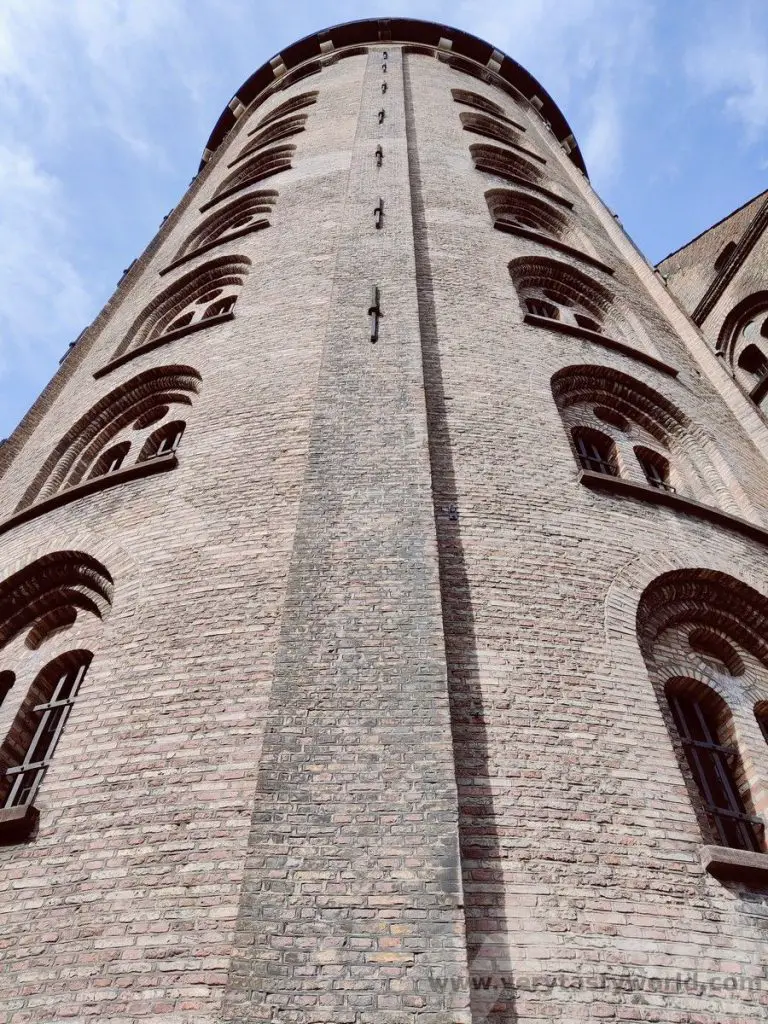
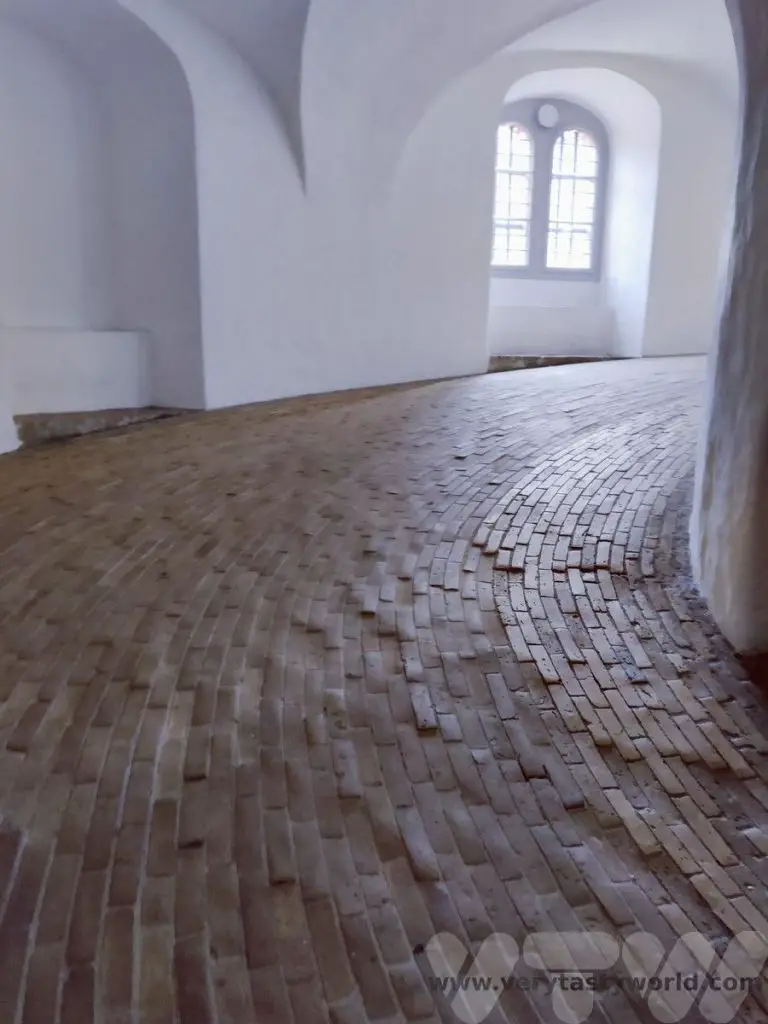
The Round Tower’s final staircase is quite narrow but, thanks to Danish efficiency, there is a red light/green light system to allow visitors to go up and down in turns. The view from the top is wonderful.
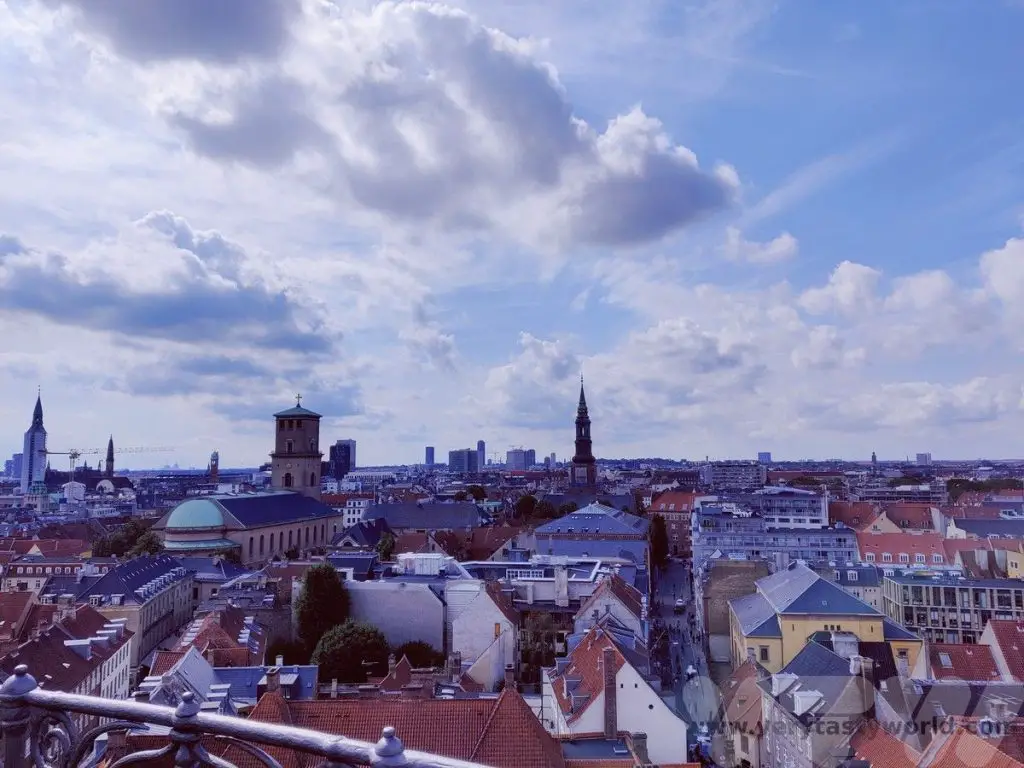
Rosenborg Castle
Another construction built by Christian IV, Rosenborg palace was apparently the revered king’s favourite. Set amidst a large park, this impressive castle is very popular as a tourist attraction, so tickets should be pre-booked (go to the website and select the Copenhagen card option). One of the top attractions are the crown jewels, and apparently the only jewels in the world that are on display and used by the Danish queen.

The Design Museum of Denmark
Highly recommended, the Design Museum of Denmark, on Bredgade, is a brilliant space showcasing art, crafts and design from a number of Danish and international designers. It explains the difference between art and design and also reinforces how important design is within our everyday lives. Thought-provoking and interesting, this was a highlight museum.
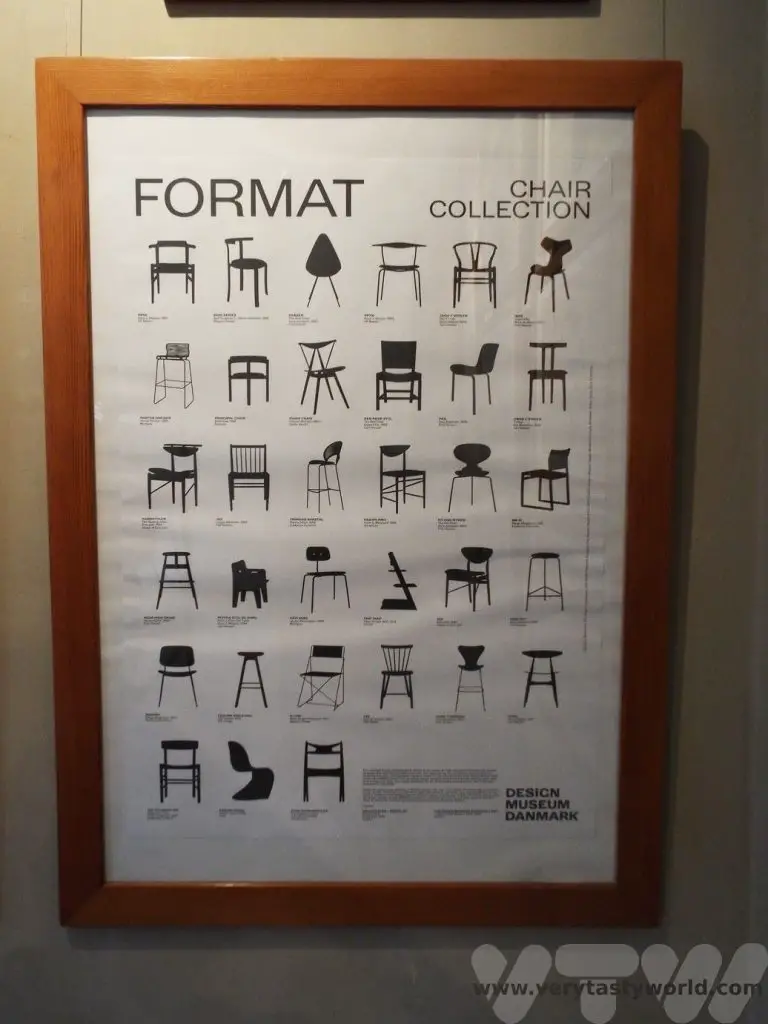

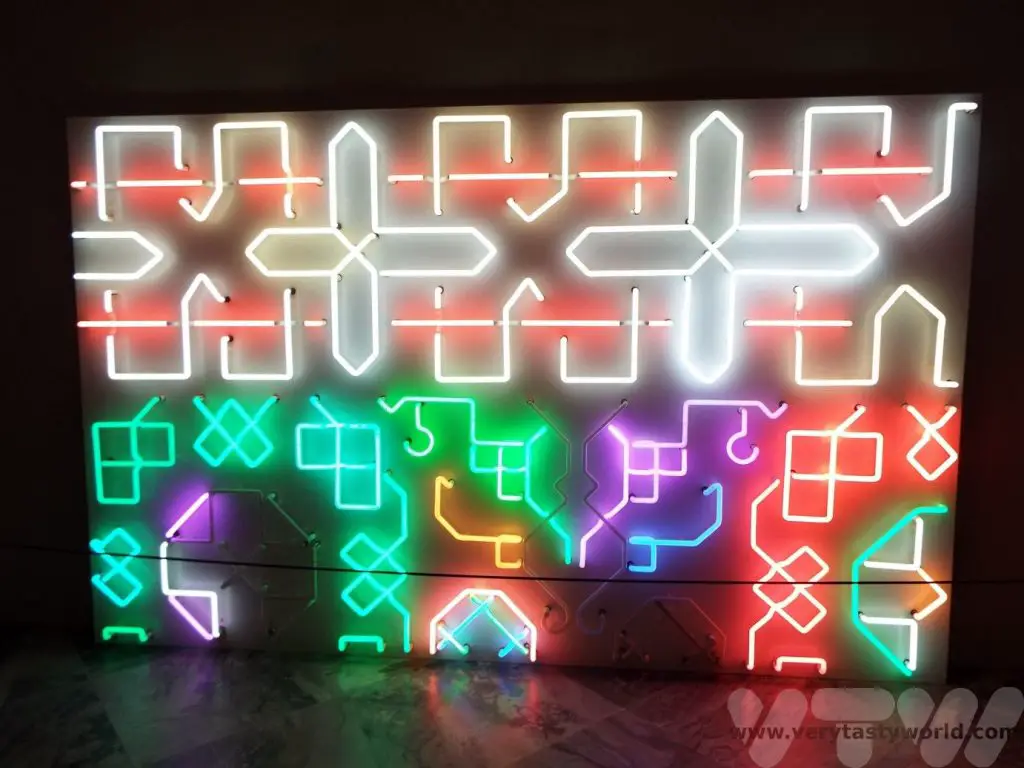
Day 4
On day 4 we sneaked in a visit to the Museum of Copenhagen, during the very last hour of our Copenhagen card. If the card expires during a visit, don’t worry, they won’t kick you out!
Museum of Copenhagen
This interesting museum takes you on a historical journey through the development of the city. It also has temporary exhibitions and we were lucky to catch one about commercial artist and designer Ib Antoni, known as The Great Dane, who created highly distinctive art, much of which was to promote Denmark and Copenhagen.
Nyhavn
No visit to Copenhagen would be complete without seeing Nyhavn, the gloriously colourful canal district. The canal was constructed between 1670 and 1675, intended to enable a passage from King’s Square in the city to the sea. It was notorious for being an area of ill-repute, where salty sailors and prostitutes hung out and much beer was consumed – the water not being very conducive to healthy living at the time.
Hans Christian Anderson lived at no 67 between 1845 and 1864. It became less important as ships became larger and these days there are loads of bars, restaurants and tourists. The area is undeniably pretty though.
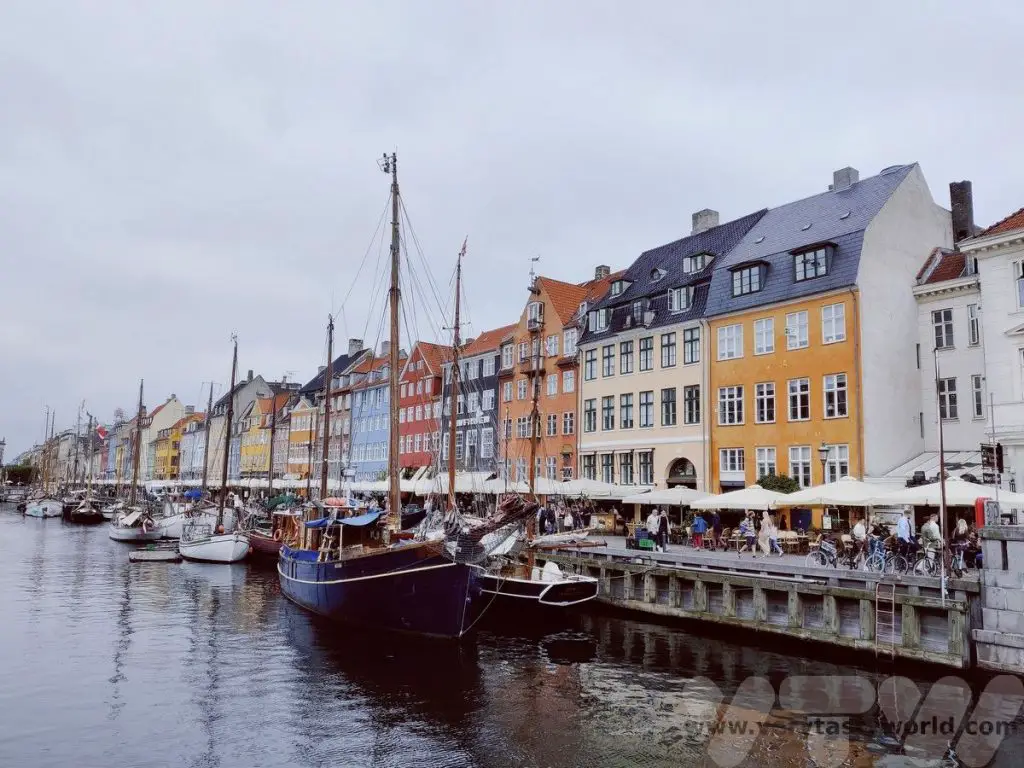
Visit the Kastellet Fort
Walking further north from Nyehavn is the Kastellet, also known as the citadel. It is a fort designed in the shape of a pentagon. Originally part of the wider ramparts that circled Copenhagen, this is all that remains. It was constructed by Christian IV in 1626 and is one of the best preserved fortresses of its type in Europe.
There is a lovely park to wander through and a number of buildings within the site’s grounds. It currently houses military barracks and offices but some of the buildings are open for visitors with exhibitions to explore.
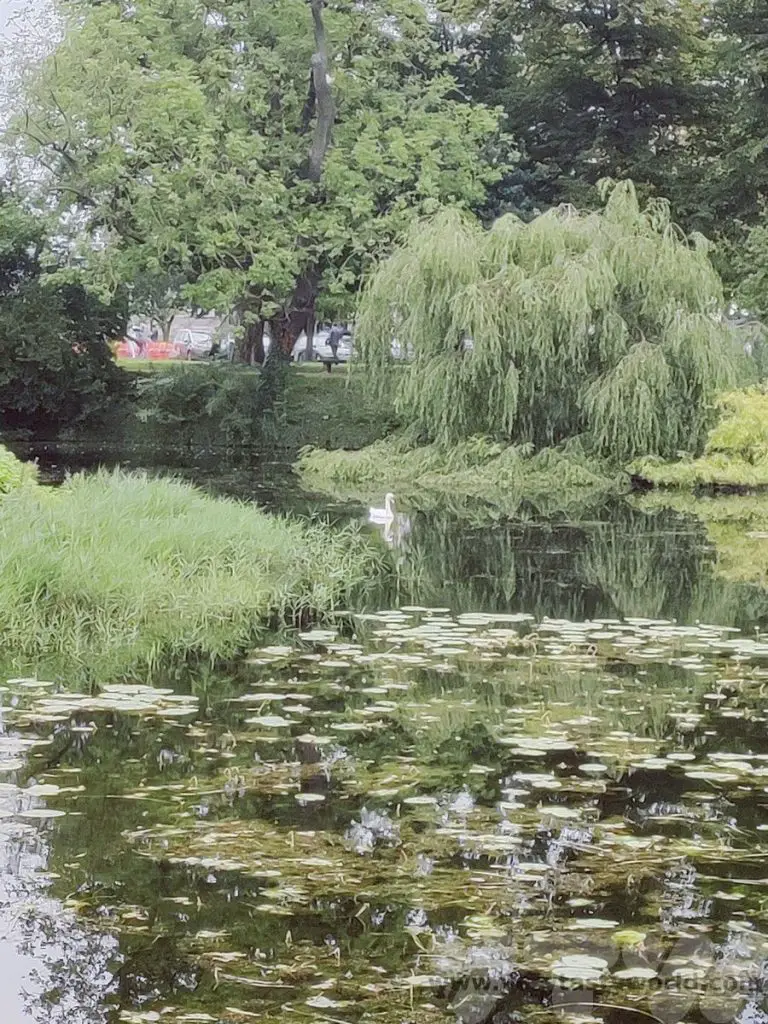
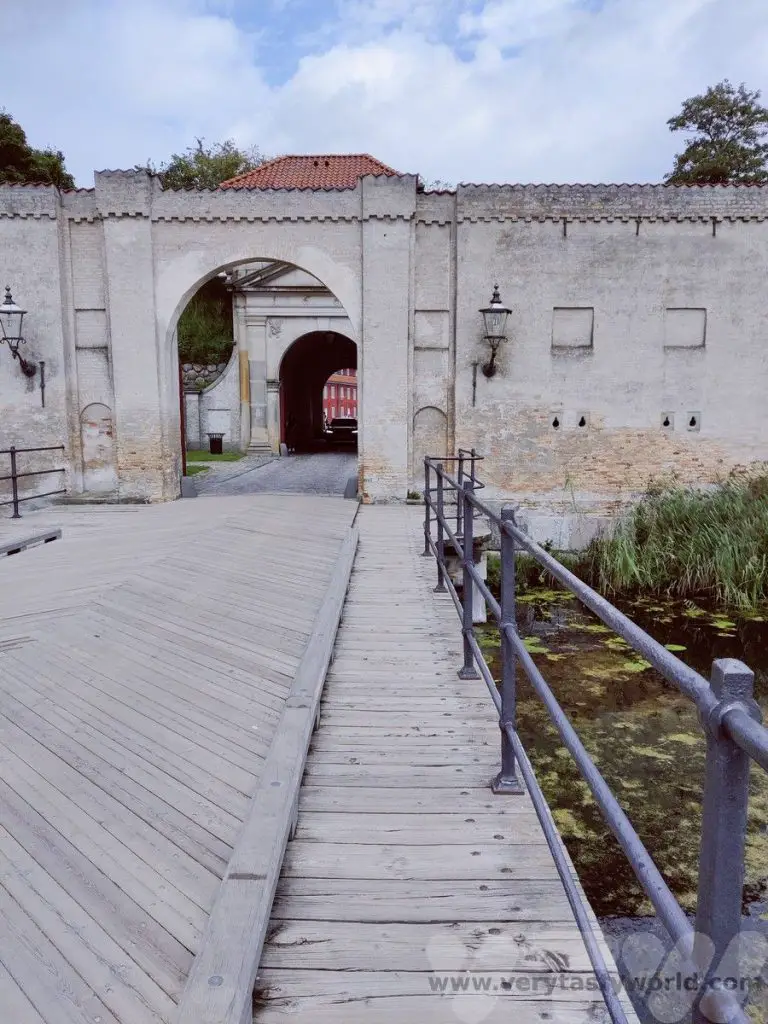
The Little Mermaid
Located on the shore on the far side of Kastellet is the city’s most photographed attraction. Based on Hans Christian Anderson’s fairytale, this bronze statue by Edvard Eriksen, depicts the mermaid as she transforms into human form.
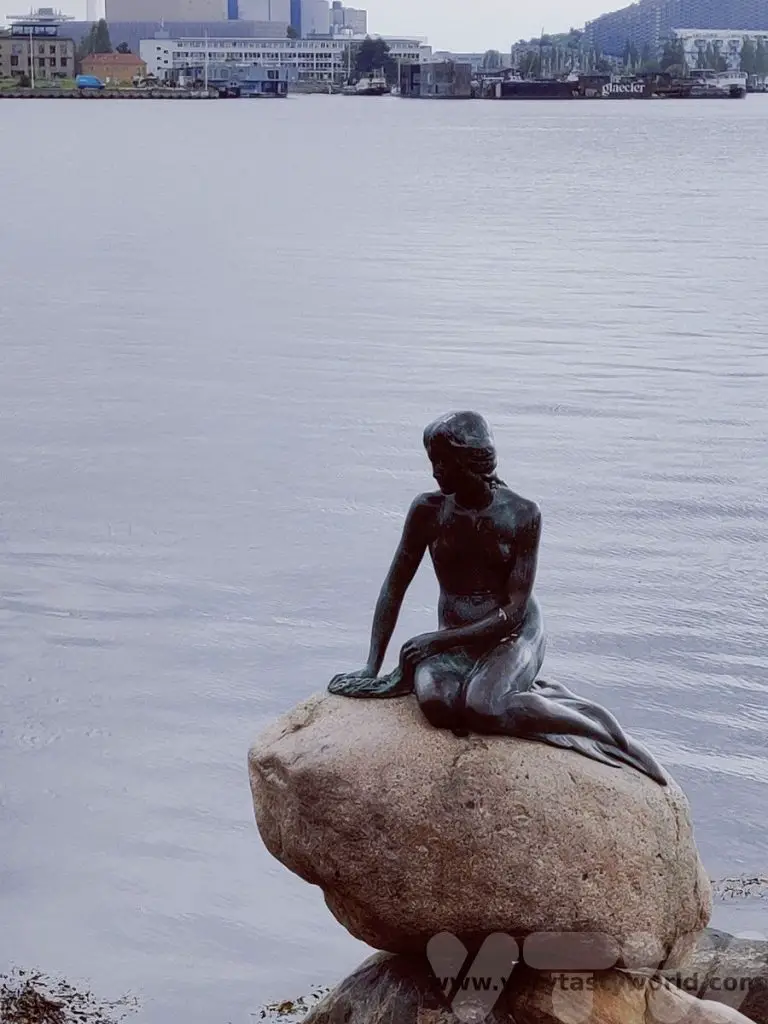
Be prepared for a plethora of tourists surrounding the mermaid, who is genuinely little at just 1.25m tall, climbing over the rocks to snap that perfect shot. A zoom on your camera and a bit of patience is a safer option.
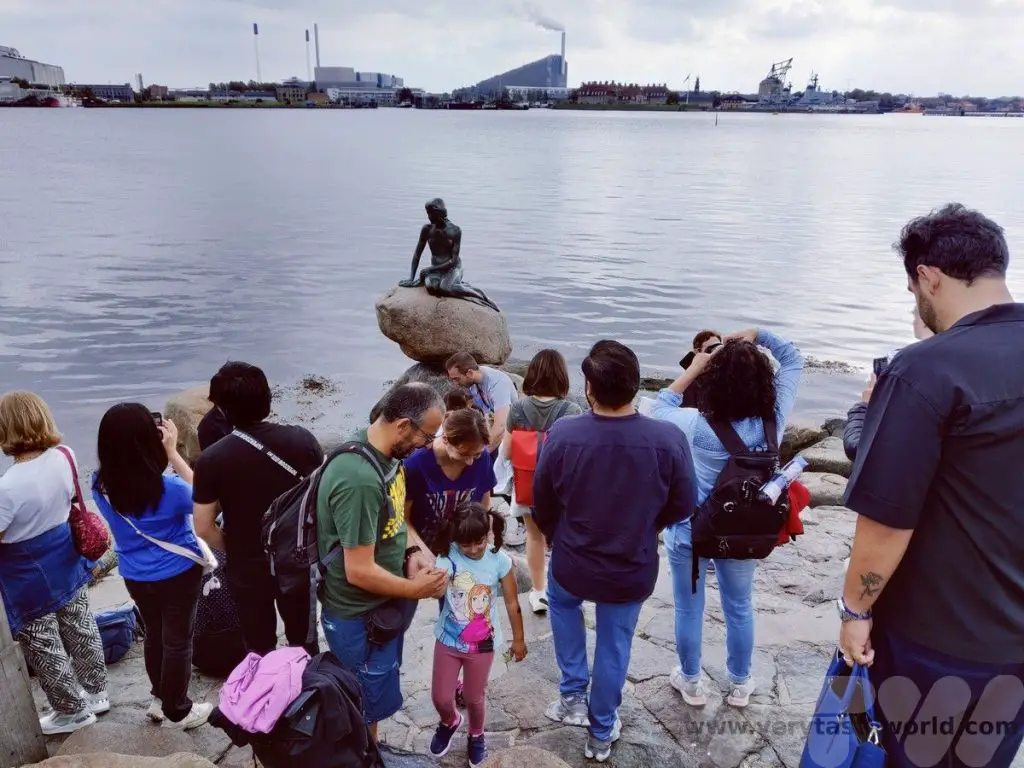
A Quick Trip to Hospital
Okay, so almost certainly not top of anyone’s list of places to visit (or indeed on anyone’s list at all) we just had to check out Rigshospitalet. As fans of Danish cinema and TV, we adored Lars Von Trier’s utterly bonkers and completely brilliant series, The Kingdom. Realising it was set in Copenhagen’s actual hospital, we just had to stop by to take a photo!
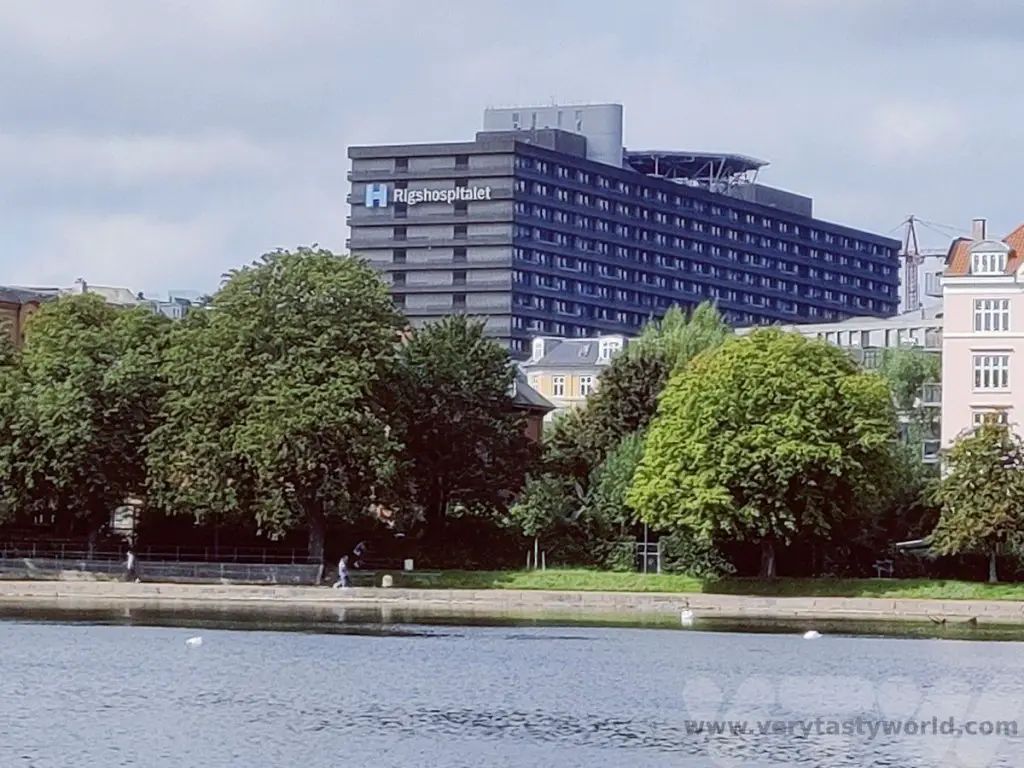
Day 5
A Day Trip to Sweden
Another TV connection with Copenhagen is that of The Bridge, the popular Scandinavian-noir drama series. It was set on and around the Oresund Bridge, a remarkable construction that joins Denmark with Sweden.
There are loads of trains that leave from the central station to Sweden. You can reach the nearest city, Malmo, in around 45 minutes and it’s a nice place to spend the day. If you do take the train, pick up at ticket from the machine at the station and don’t forget to bring your passport. We weren’t asked to show ours but checks do happen.
Malmo is a pretty city with a cute canal, where you can take a boat trip. And there are plenty of squares filled with restaurants.
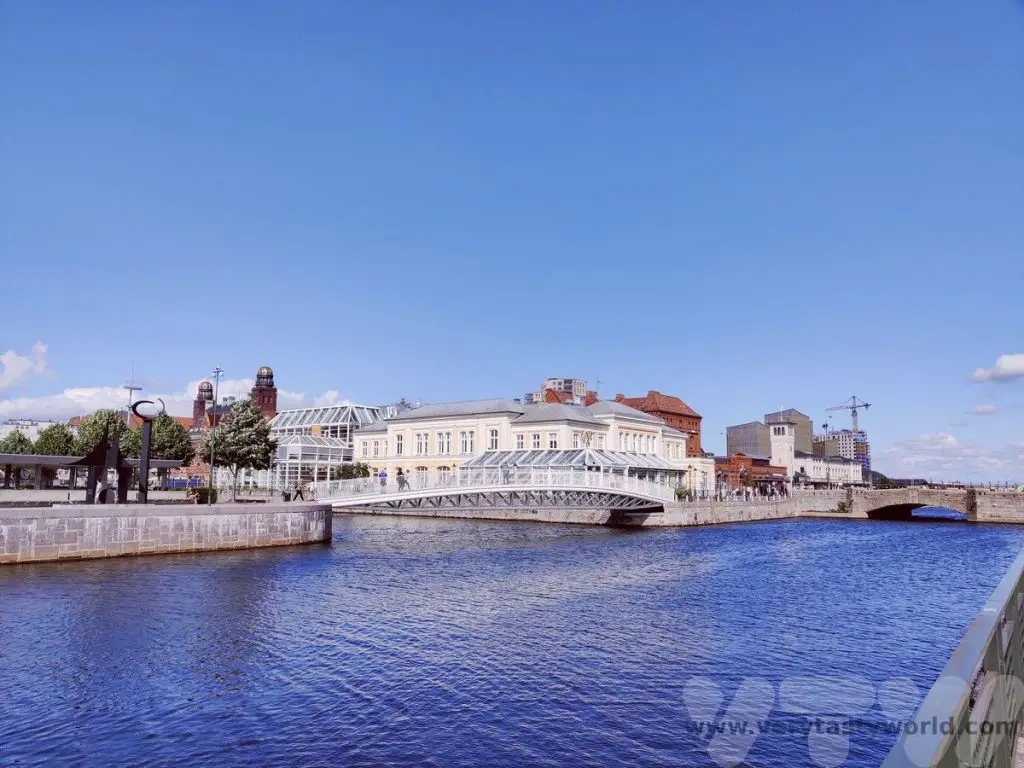
Lilla Torg is a popular – and very picturesque – square with plenty of restaurants.
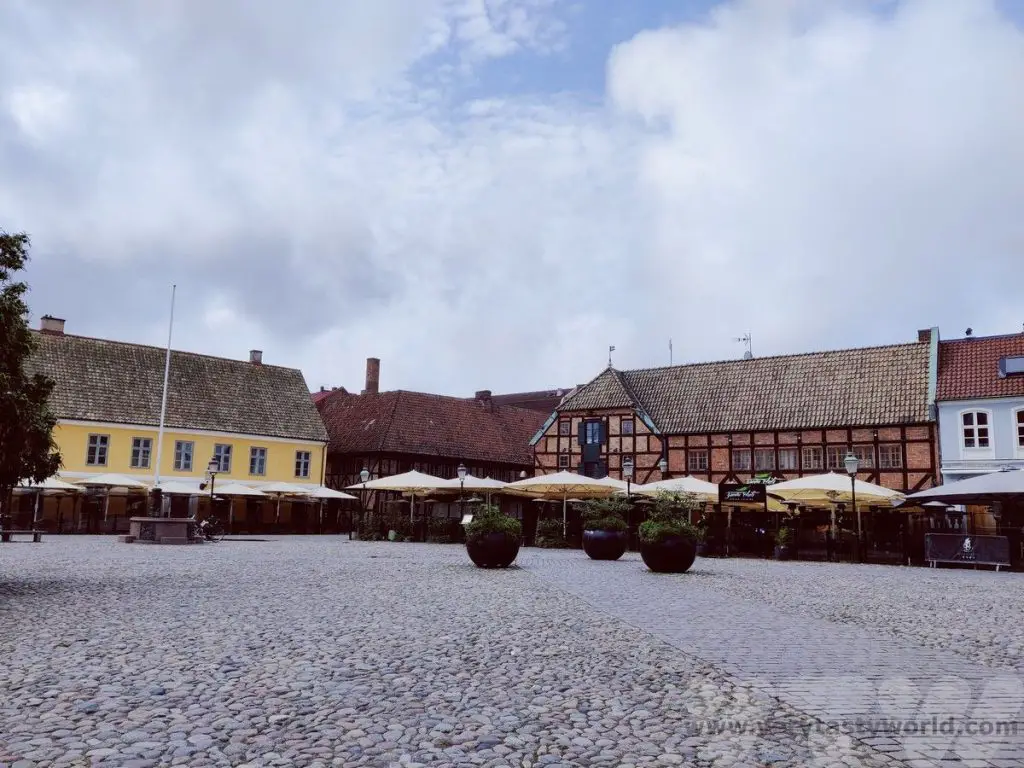
Disappointingly they were all serving international food and we really struggled to find a Swedish restaurant in Sweden!
Malmo castle is well worth a visit. Part castle, part museum, part art gallery, part natural history museum and part aquarium, there is something for everyone! A combined ticket for 100 SK will also ensure entry to the science and maritime museum across the road.

Five Days in Copenhagen – ‘Let Us Clink and Drink One Down!’
Copenhagen has a plethora of restaurants and drinking establishments. Chatting to some local people about Danish cuisine we were told that it wasn’t that exciting, largely in the realms of meat and potatoes.
But it’s good, honest, filling grub – meat, potatoes and pickles. Pork is a popular menu item – and the best restaurants deliver crackin’ crackling!
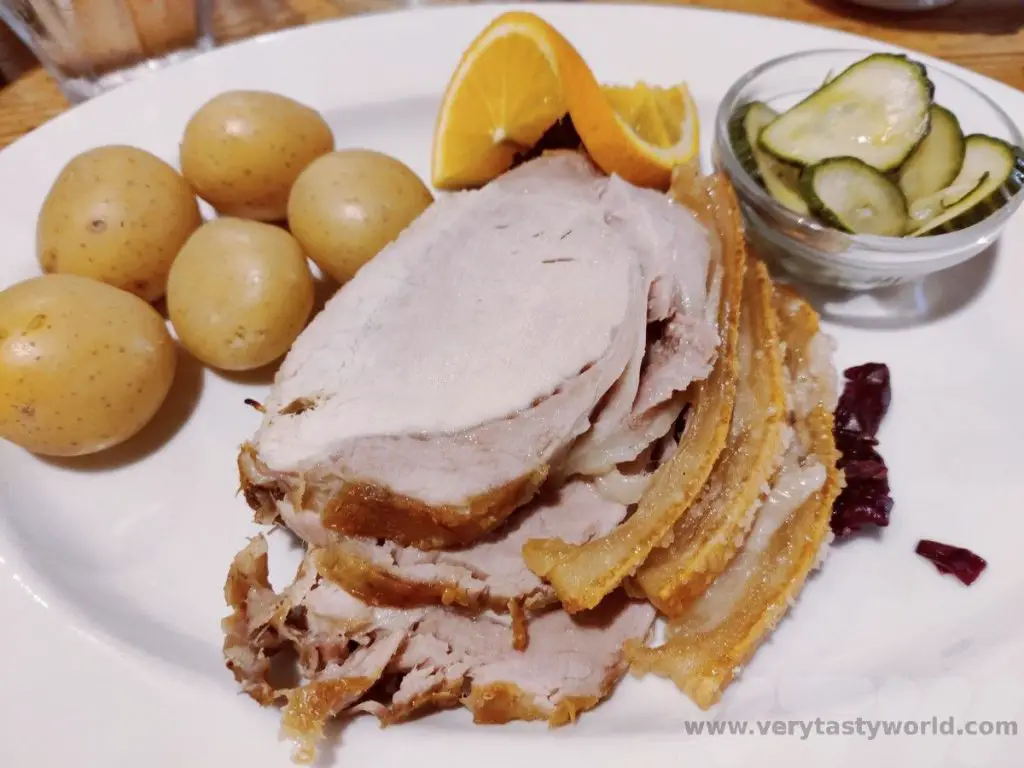
But Denmark is also the land of the smorrebrod – the open sandwich of great deliciousness and beauty!
We enjoyed a lunchtime special of a smorrebrod platter at the Canal Caffeen restaurant. You are provided with bread, butter and a platter of various ingredients. Then you butter the bread (smorrebrod literally means ‘buttered bread’) and combine the toppings to make your own smorrebrod. We were advised about traditional Danish combinations but also told it was perfectly okay to make our up own.
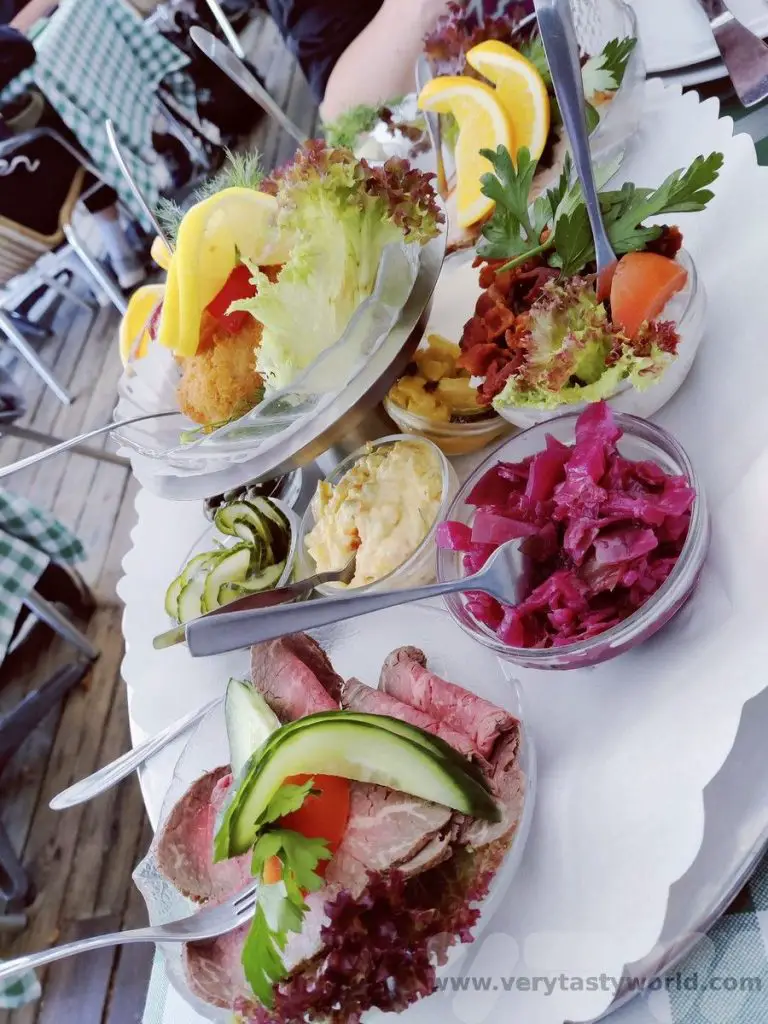
The platter comprised: fried fish fillet with remoulade, herring (to be eaten with the rye spread with lard instead of the usual butter), roast beef with onion, horseradish and remoulade, chicken with mayonnaise, roast pork with cabbage and pickles and brie with radish. It was a feast.
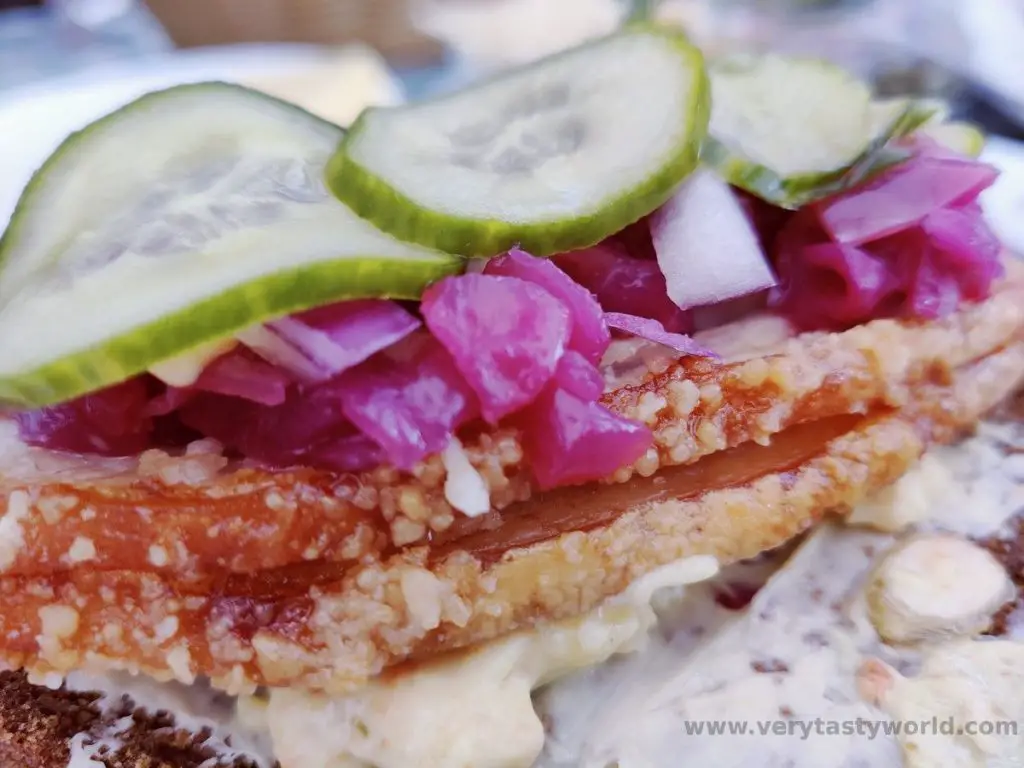
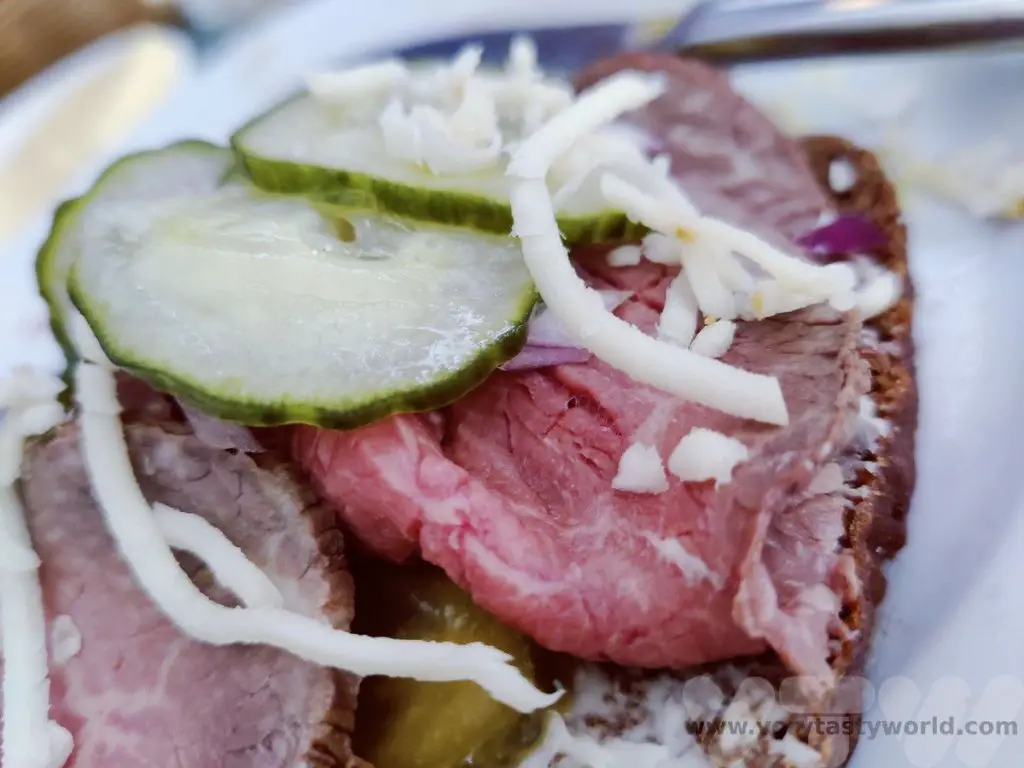
The meat packing district behind the central station (i.e. on the opposite side to Tivoli) is a former market trading area and now home to a large number of restaurants.

Brewpub War Pig not only offers a range of its own beers but the smokehouse has a variety of meaty dishes on offer.
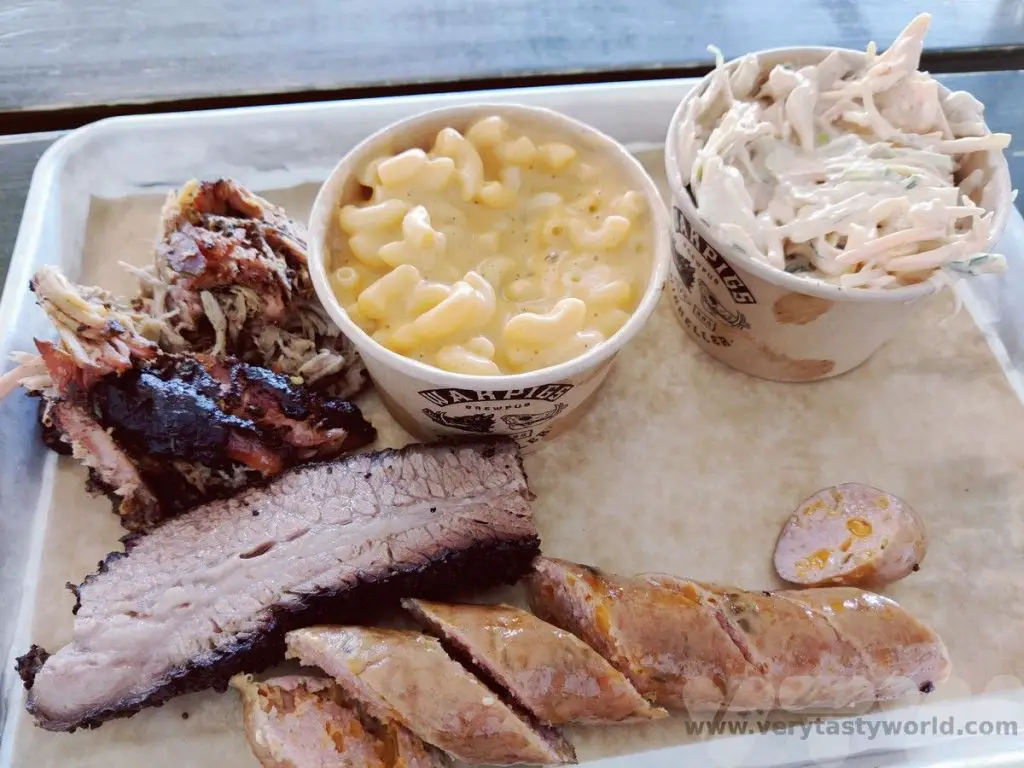
Copenhagen also has many varieties of beer on offer. In centuries past the water supply wasn’t as clean as it could have been so it was safer for the locals to drink beer than water. They developed a taste for it. Denmark may be the home of Carlsberg but there are also lots of (more) interesting craft beers to try. Brewpub on Vestergade offered a tasting flight featuring a variety of their own brews.
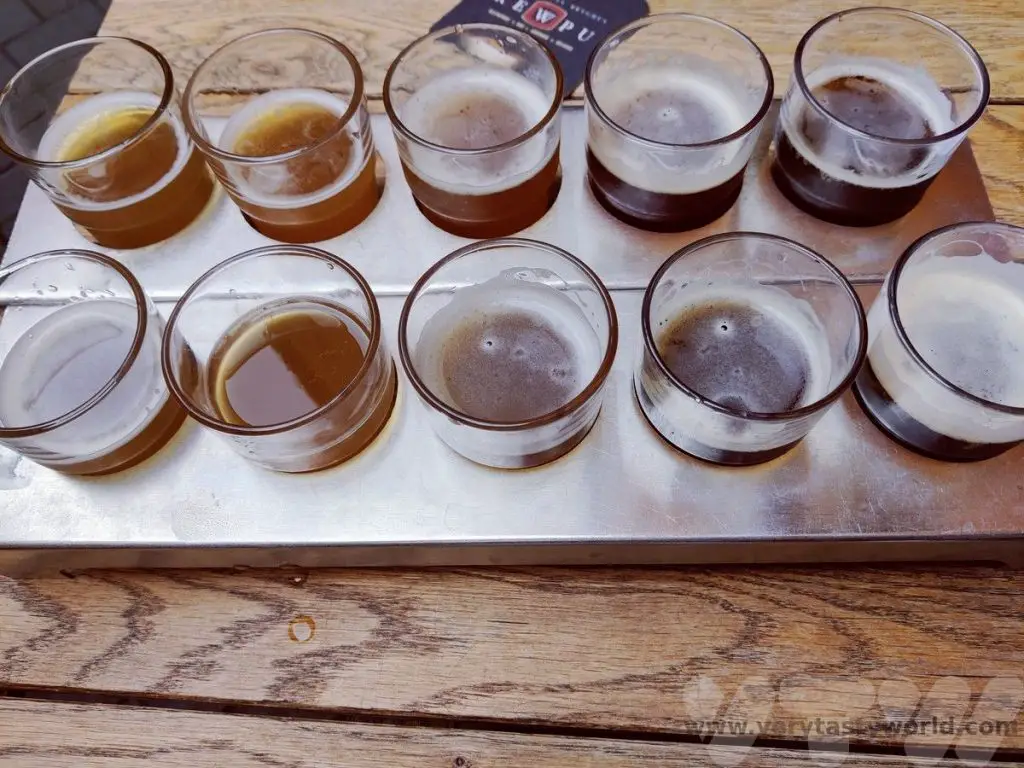
Cheap Eats and Drinks
There’s no getting away from the fact that Copenhagen, like many Scandinavian countries, is not a cheap place to visit if you are not from Scandinavia. We found Denmark to be cheaper than other countries we have visited in this region but still more pricey than home. However, we did find a few places to eat and drink that weren’t bank-breakingly expensive and offered good value.
Lilian’s Smorrebrod on Vester Voldgade was our top breakfast location. With a friendly welcome and huge variety of smorrebrod on offer from around 22-25DKK each, plus a cup of good coffee for the same price, we enjoyed breakfast/brunch at Lilian’s almost every day.
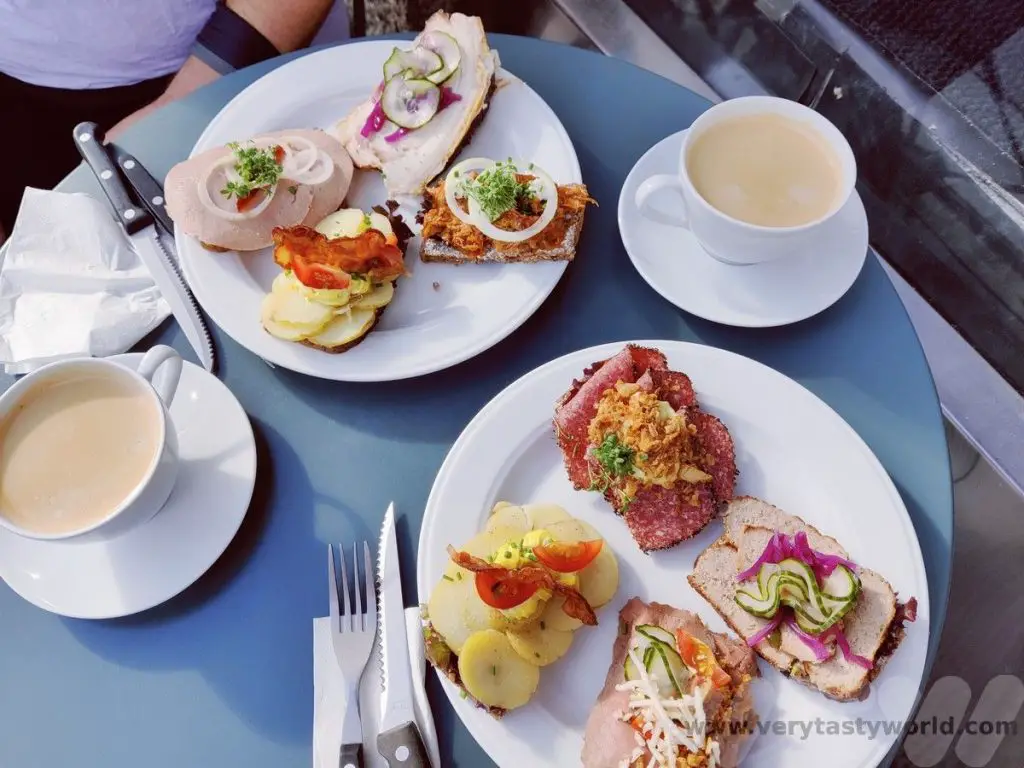
Rio Bravo on Vester Voldgade offered typical Danish fare including an all-you-can-eat pork, potato and parsley sauce dish if you’re feeling super-hungry. Well, you have to try Danish bacon in Denmark, right? The plate comes piled high and you are offered seconds – but we couldn’t manage them!
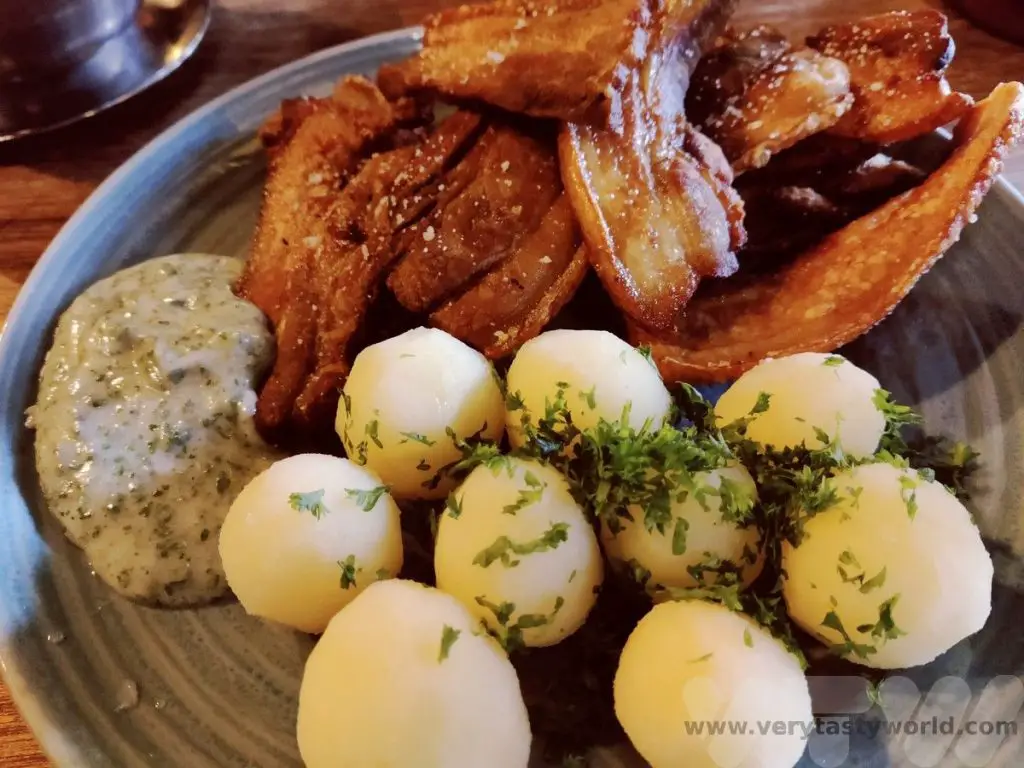
For cheap beer, Heidi’s on Vestergade offers a selection of good beers at what we would term UK prices (probably cheaper than London prices!).
The amusingly named Bastard Café on Rådhusstræde also offered a decent selection of reasonably cheap beer. This sprawling café, sited across multiple rooms within a large building which also houses a deeply cool cinema, has a plethora of board games you can borrow. The beer is good but the food not that exciting – toasted sandwiches and fried things – but you’re not really there for fine dining.
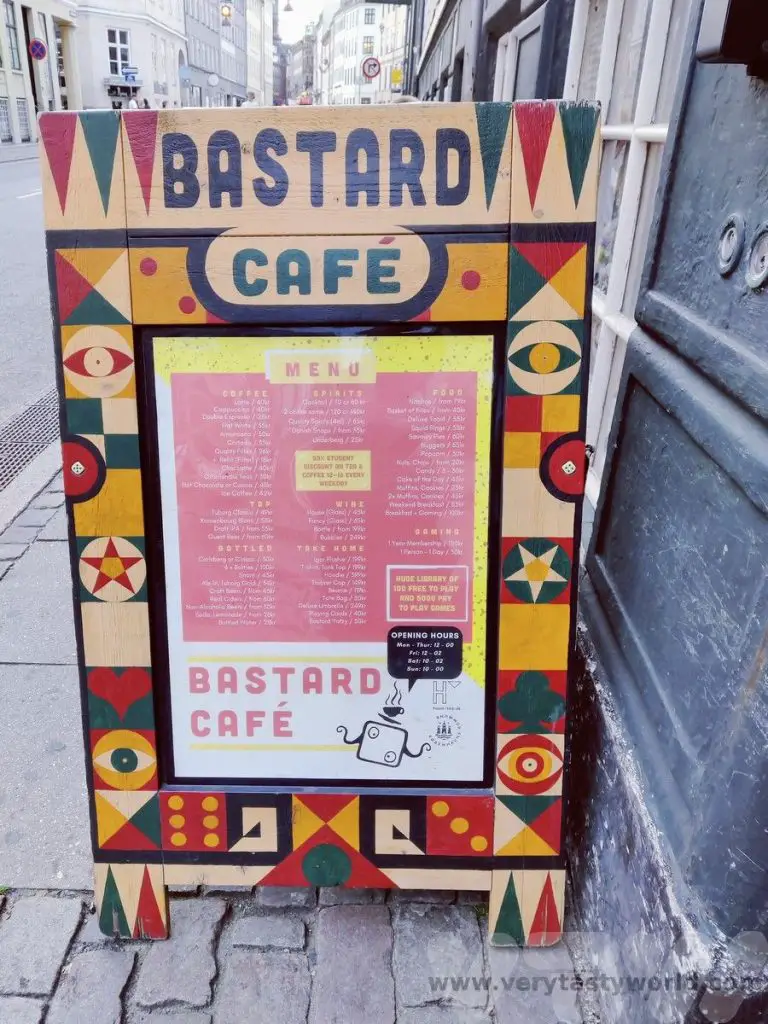
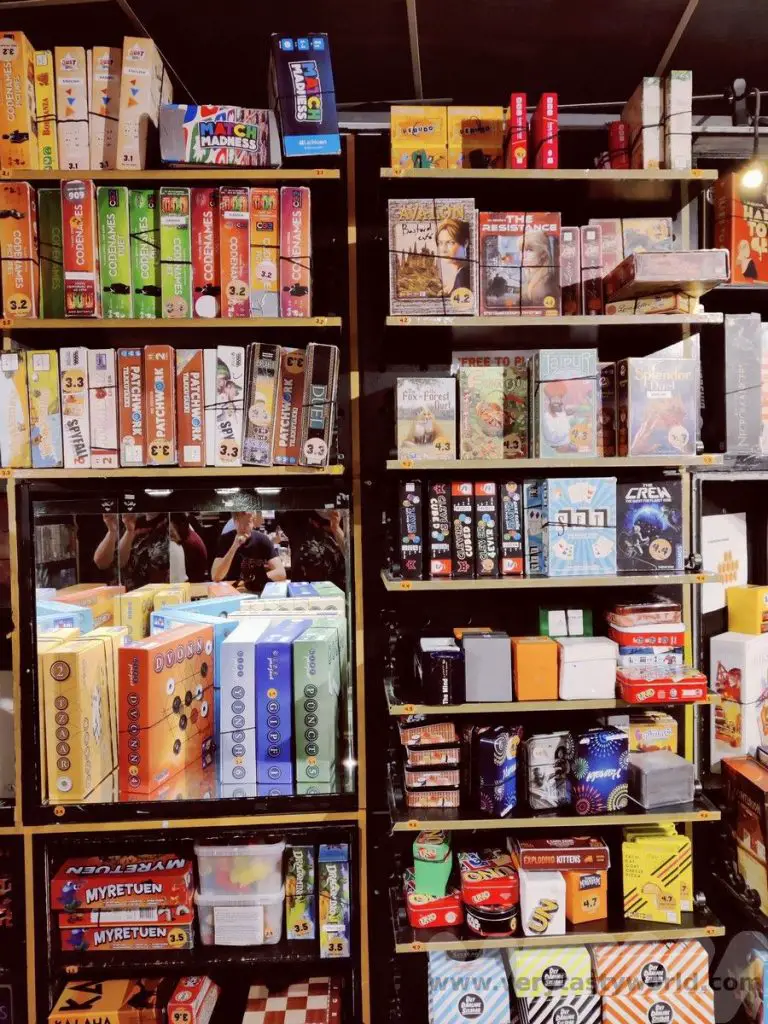
Singing Copenhagen, wonderful, wonderful – Copenhagen for me!
Our five days in Copenhagen were pretty packed and that reflects the diversity of things to do in this vibrant and cosmopolitan city. It really does have something for everyone.
Danny Kaye was right all those years ago. Copenhagen is truly wonderful.
Related Posts You May Enjoy

Is Sarajevo Worth Visiting?
Sarajevo is the capital of Bosnia and Herzegovina. It is situated inland and lies in the valley of the Miljacka River in the Dinaric Alps. We visited this lively and cosmopolitan city as part of a road trip though Bosnia and Croatia.It takes a couple of hours to reach there from Mostar and an hour or so from Travnik and Konjic. So is Sarajevo worth visiting? The answer is an emphatic yes! It’s a lovely city with a fascinating history as well as plenty of things to see and do.
Driving in Bosnia is generally a pleasure, but is quite slow in the countryside. The closer you get to Sarajevo the wider and faster the roads become. Driving in the city itself isn’t too difficult either, the traffic was busy but not overwhelming, but make sure you have practiced your hill starts if you’re driving a manual transmission car – the suburbs are very hilly and some of roads are quite narrow.
Welcome to Sarajevo
A walking tour is a really good way to discover a new city, it’s a great means of finding your bearings and discovering places to explore in more depth. Local guides are also a useful resource for getting recommendations for places to eat and drink. We spent our first morning on a walking tour with a small group of international visitors who were also keen to discover what Sarajevo had to offer.
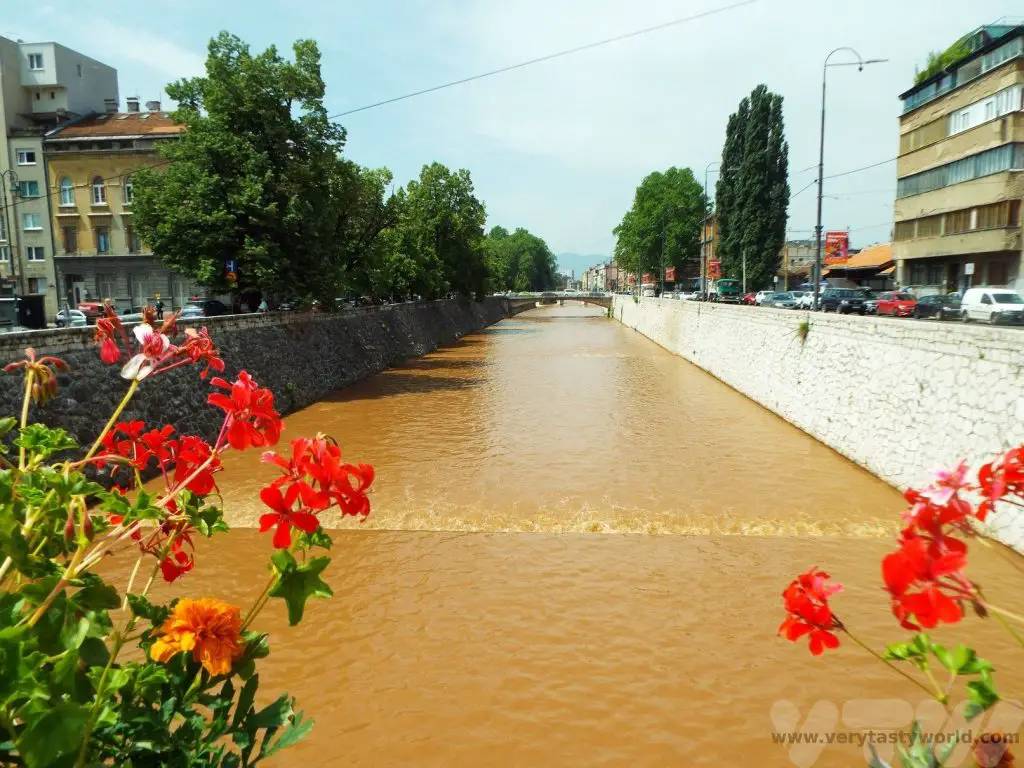
When we first met the guide he asked us, “can you tell me anything about Sarajevo?” Sadly, the only things we could think of were negative – the siege of Sarajevo during the Bosnian War in the 1990s and the shooting of Archduke Franz Ferdinand which led to the commencement of the First World War. Our guide acknowledged that Sarajevo has had more than its fair share of world history, but also that it hosted the Winter Olympics in 1984, which was a positive thing. And he also pointed out that Sarajevo is a hugely multicultural city with a rich history.
Our walking tour started in the old town. On the pavement of Ferhadija there is a plate bearing an inscription:
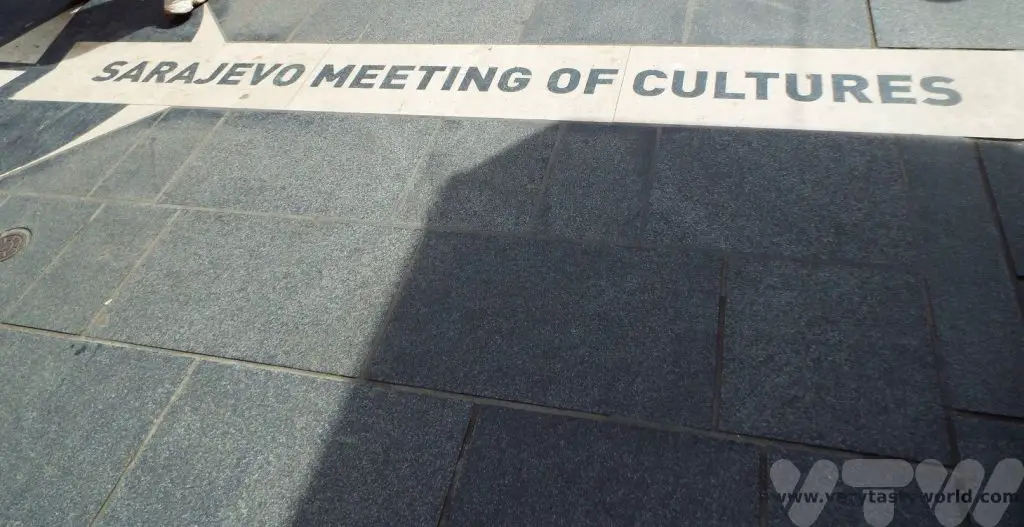
This represents the boundary between the old (Ottoman) and new (Austro-Hungarian) parts of the city. The walk conveniently followed the history of Sarajevo.
Sarajevo’s Ottoman Old Town
Although there had been settlements in the area, Sarajevo as we know it was founded during the Ottoman empire in 1461 by Isa-Beg Ishaković, who constructed a number of buildings including mosques, a market and bath houses.
It was Gazi Husrev-beg, governor of the Sanjak of Bosnia in the mid 16th century, who developed the city and enabled it to thrive. Importantly, he recognised Sarajevo’s strategic importance along trade routes and set up free accommodation for traders passing through the city. It reflected the hospitality of the time but also ensured that the area flourished. The old city has a large covered marketplace and several mosques.
The city’s clock tower was an important building. It tells the time in an unconventional way – when the hands are at midnight this denotes the time of sunset. This would have been an important way for Muslims observing Ramadan to know when they could start eating.
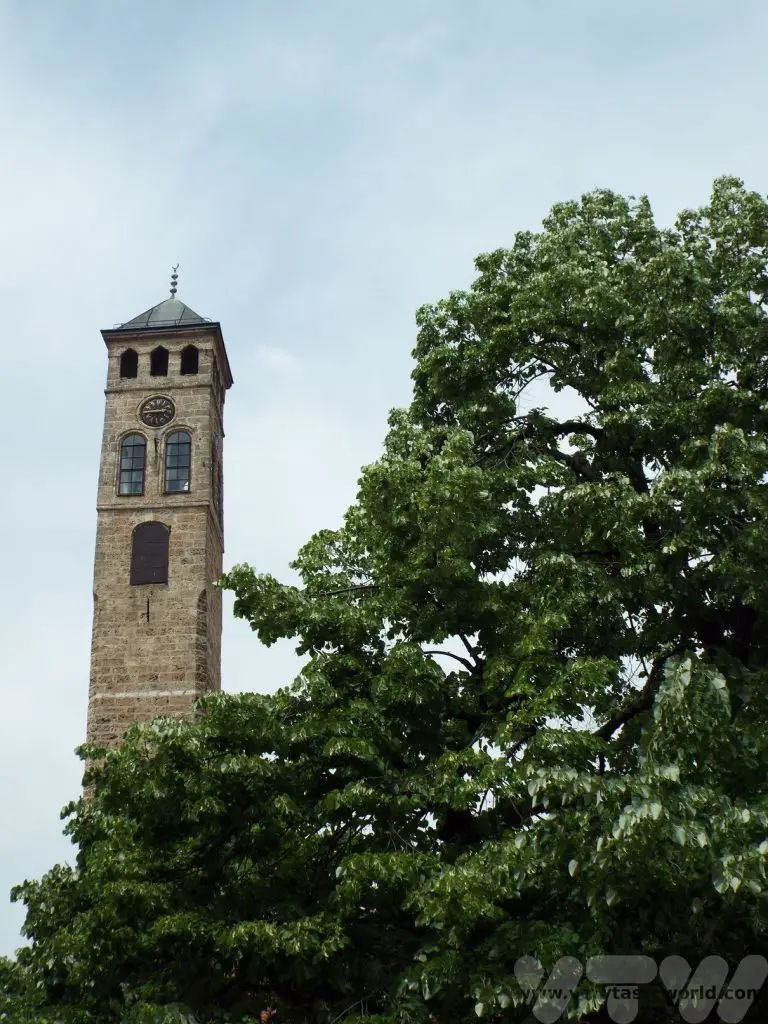
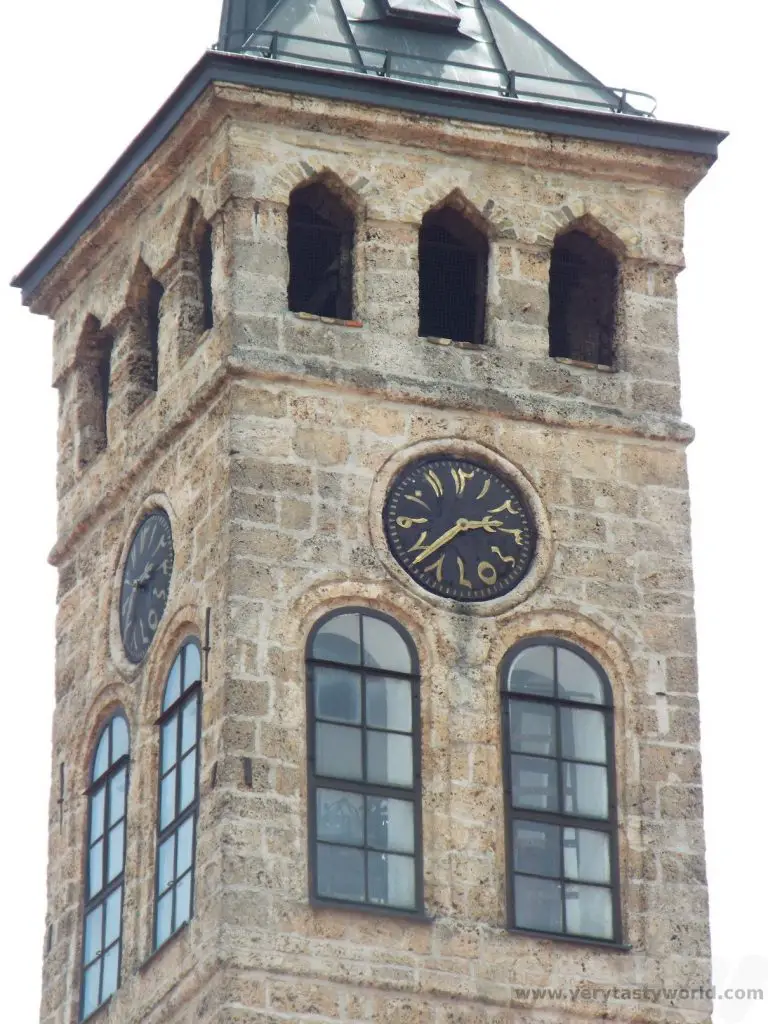
Of course, sunset occurs at a slightly different time every day, so the clock would have had to be changed manually. In addition, Sarajevo is a located in a steep valley, surrounded by mountains and the city has outgrown the clock. These days, a cannon is fired from the Yellow Fortress to mark an audible sunset alert for all Muslims.
Gazi Husrev-beg Mosque is dedicated to the city’s benefactor and was built in 1530. It is an impressive structure, highly decorated.
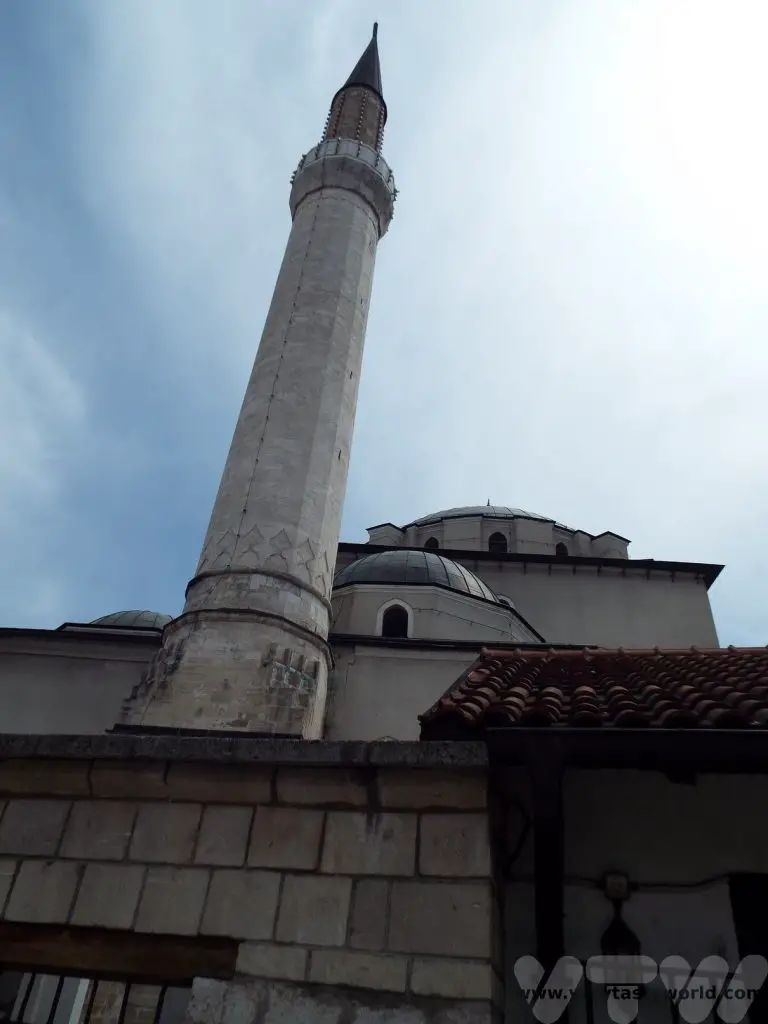
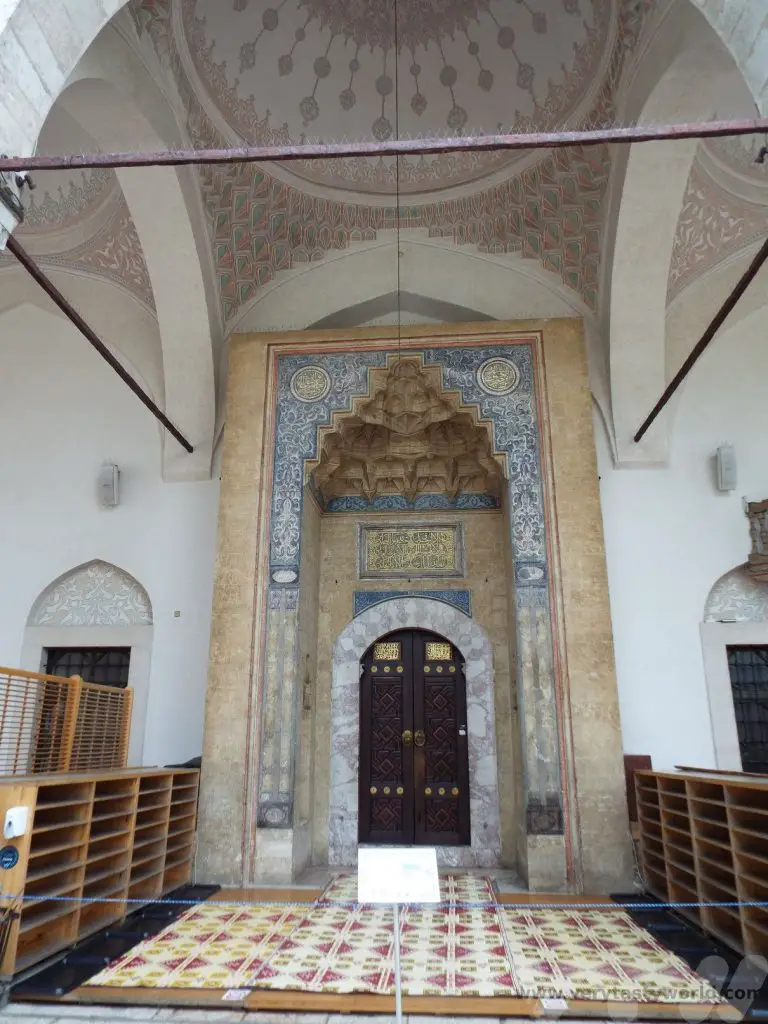
It is located next to the covered market, which still operates as a market, albeit with more touristy goods on offer these days.
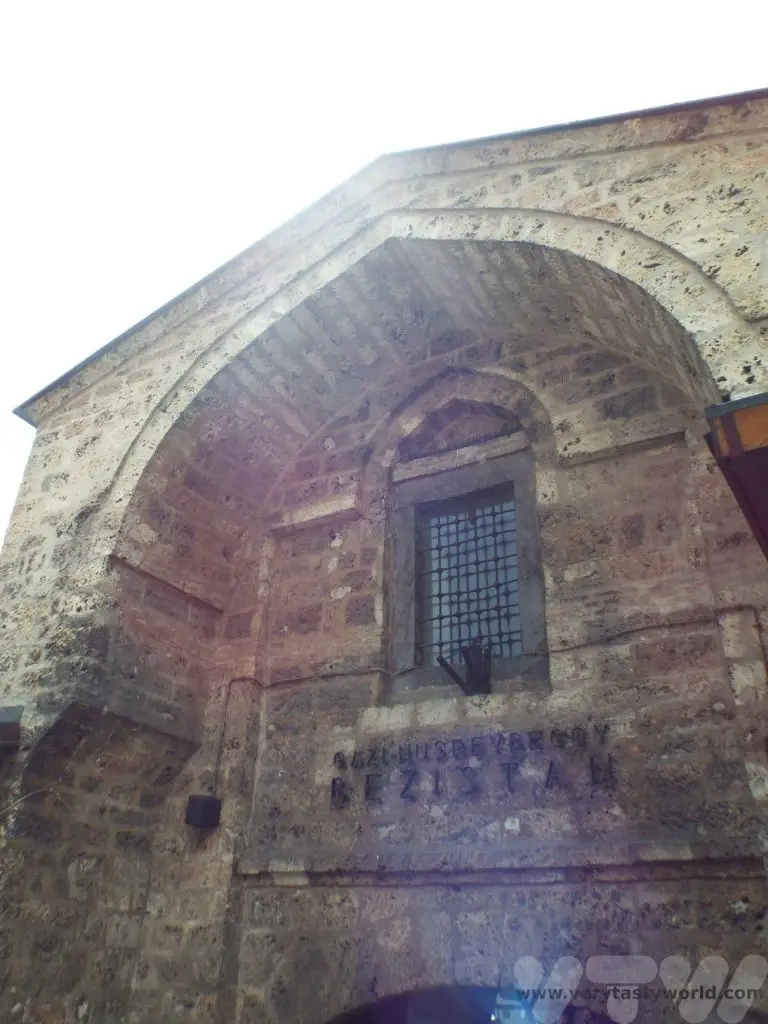
The complexity of the water system that was developed during Ottoman times can be seen in the ornate fountains.
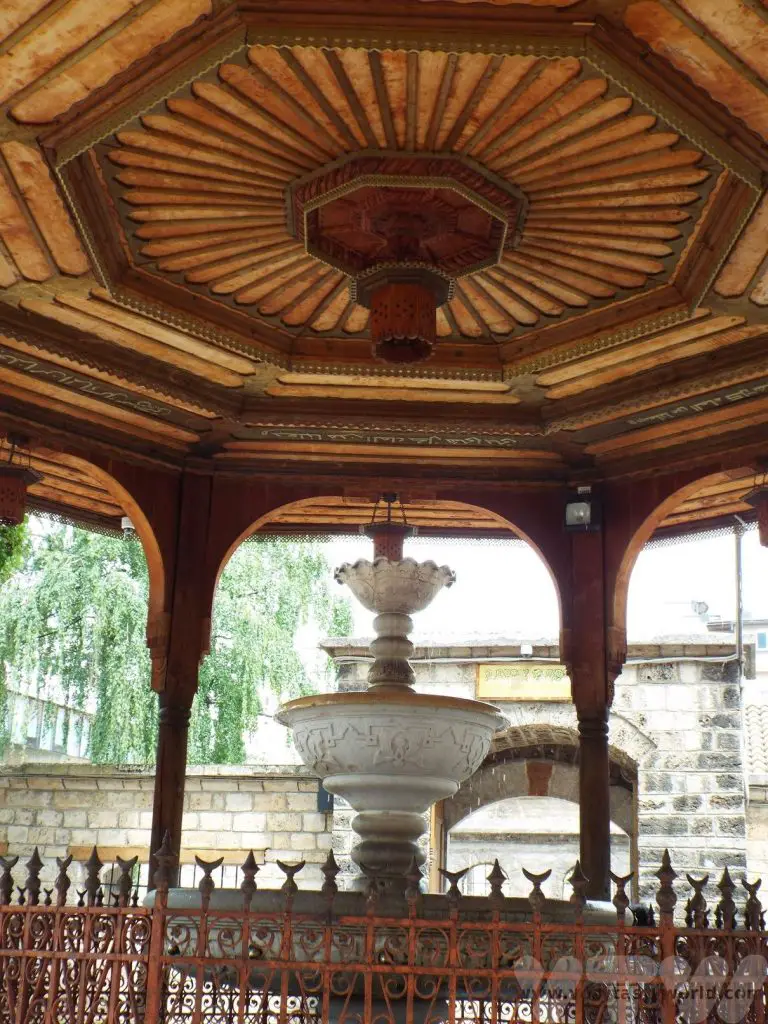
With a clock tower, library, religious schools, bathhouses and a sophisticated water system, Sarajevo was one of the most important and enlightened cities of the Ottoman empire, second only to Istanbul.
It is a delight wandering through the old town. There are lots of streets with all sorts of goods to buy and craftspeople making and selling their wares. Lots of foodie shops and restaurants too! If you want to buy a coffee set or indeed some delicious coffee there are plenty of emporia in the area to choose from.
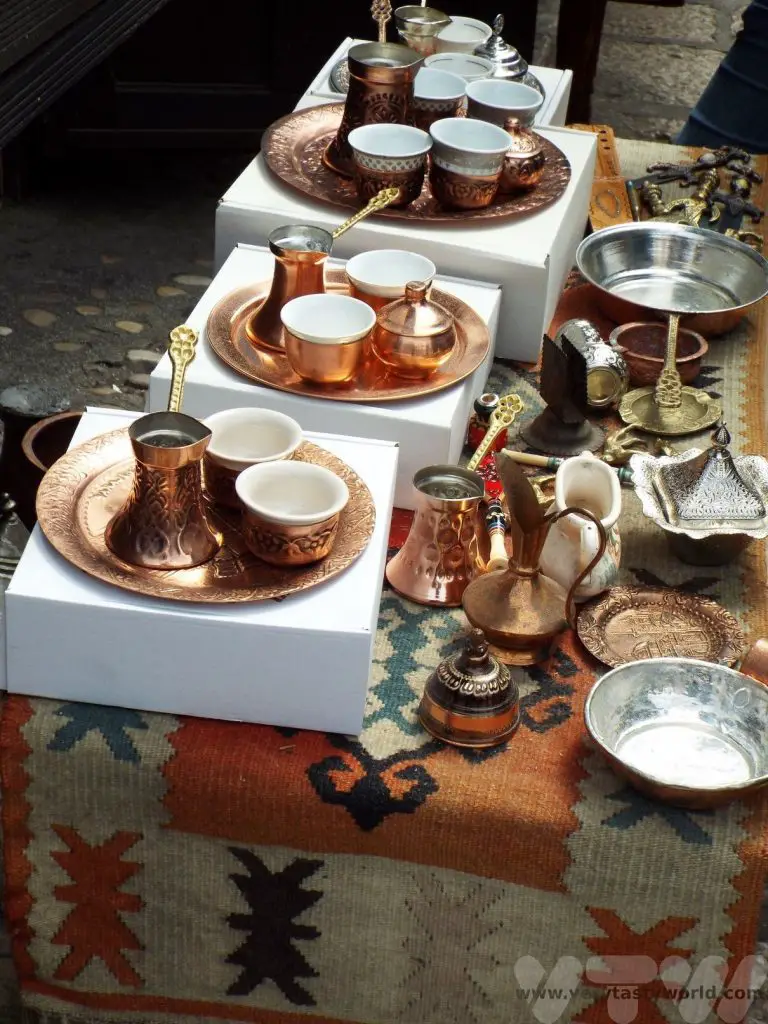
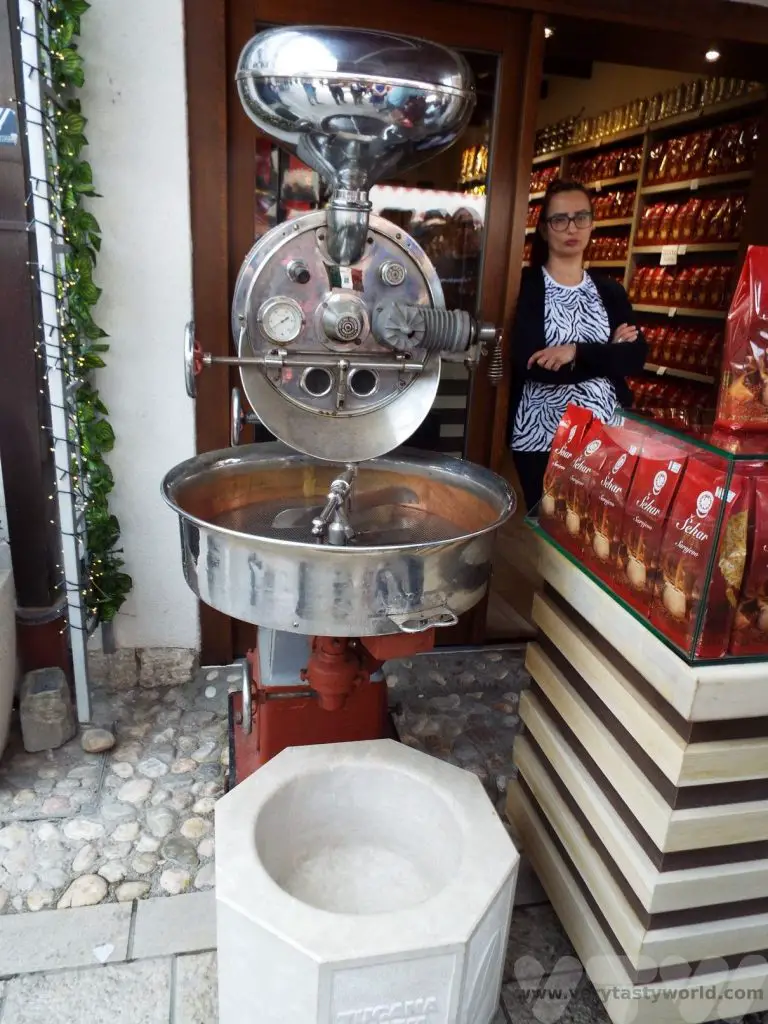
Like many places it can get crowded, so we were advised to beware of pickpockets, be alert and keep valuables safe.
In the 16th century Christians and Sephardic Jews, who were fleeing persecution, moved to the city and established places of worship. Sarajevo remains a places where people of multiple religions live together.
Austro-Hungarian Sarajevo
After walking through the old town we reached the river Miljacka which has carved its way through the mountains over the millennia. By 1878 Bosnia Herzegovina had been annexed to the Austro-Hungarian Empire. A series of modern buildings were constructed along the river’s banks. One of these was the town hall. Designed in 1891 it bears Moorish influences.
This impressive building had many functions over the years, including as a parliament building and national library.
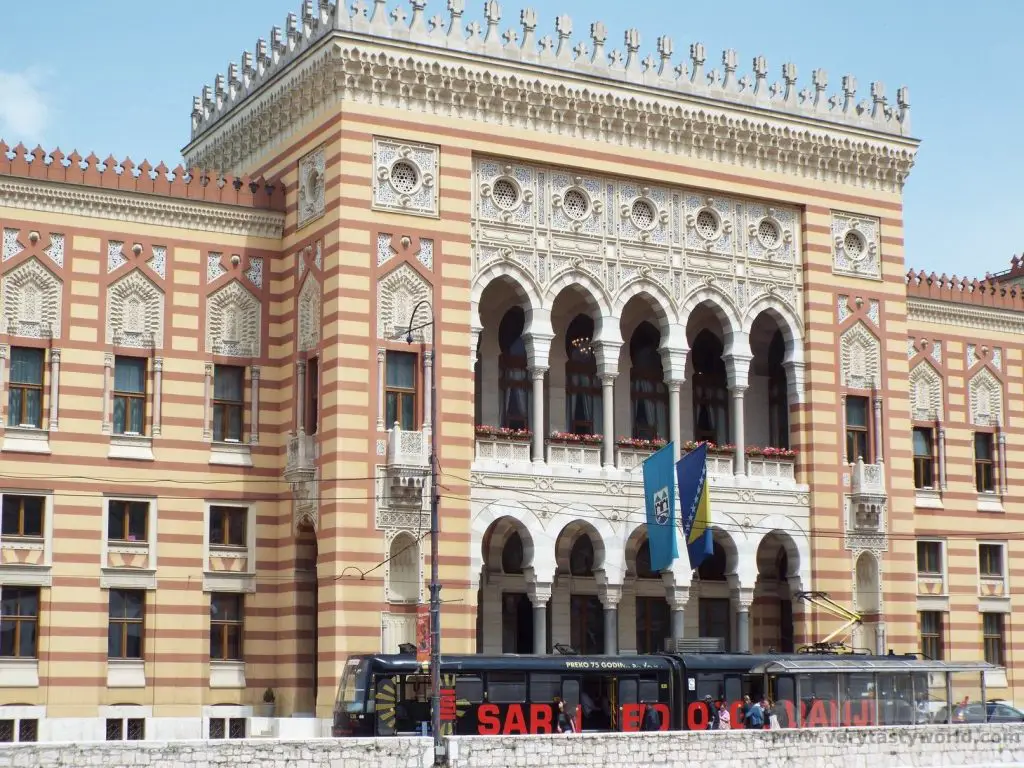
It was hit by incendiary bombs in 1992 during the Bosnian War and the library, along with most of the books, was lost in a fire which destroyed the building. However, it was rebuilt and opened again in 2014.
On the other side of the river is a building known as the spite house, which was located on the site where the main building was to be constructed. Despite many financial incentives, the owner refused to sell his house and so the authorities eventually relocated it on the other side of the river. Known as Inat Kuca, it is now a restaurant.
It’s a pleasant walk along the river banks, although the muddy river was very much a contrast to the crystal clear waters of Mostar and other rivers in the region.
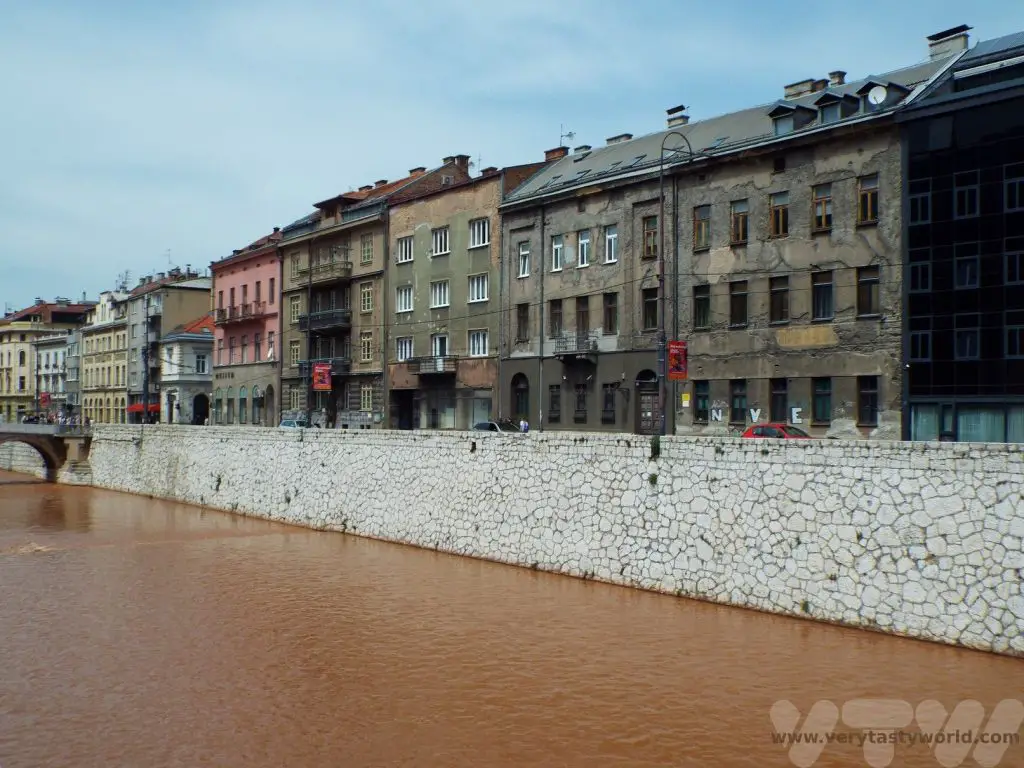
Crossing back over the river via the Latinska Ćuprija bridge we reached another location that placed Sarajevo in the history books.
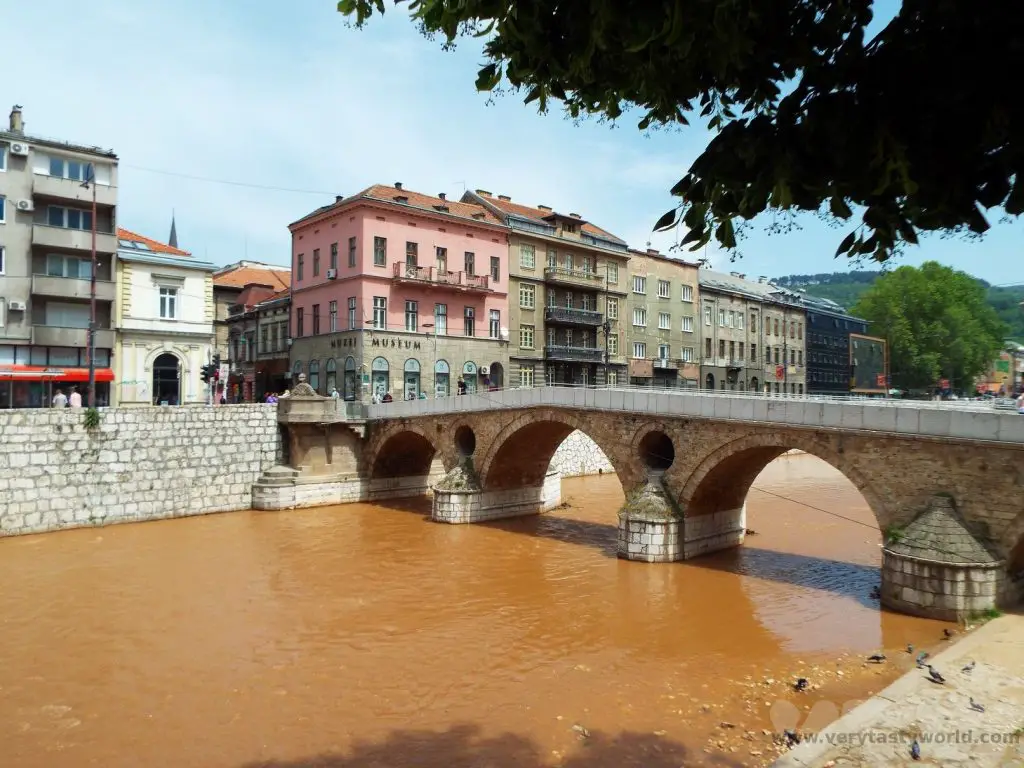
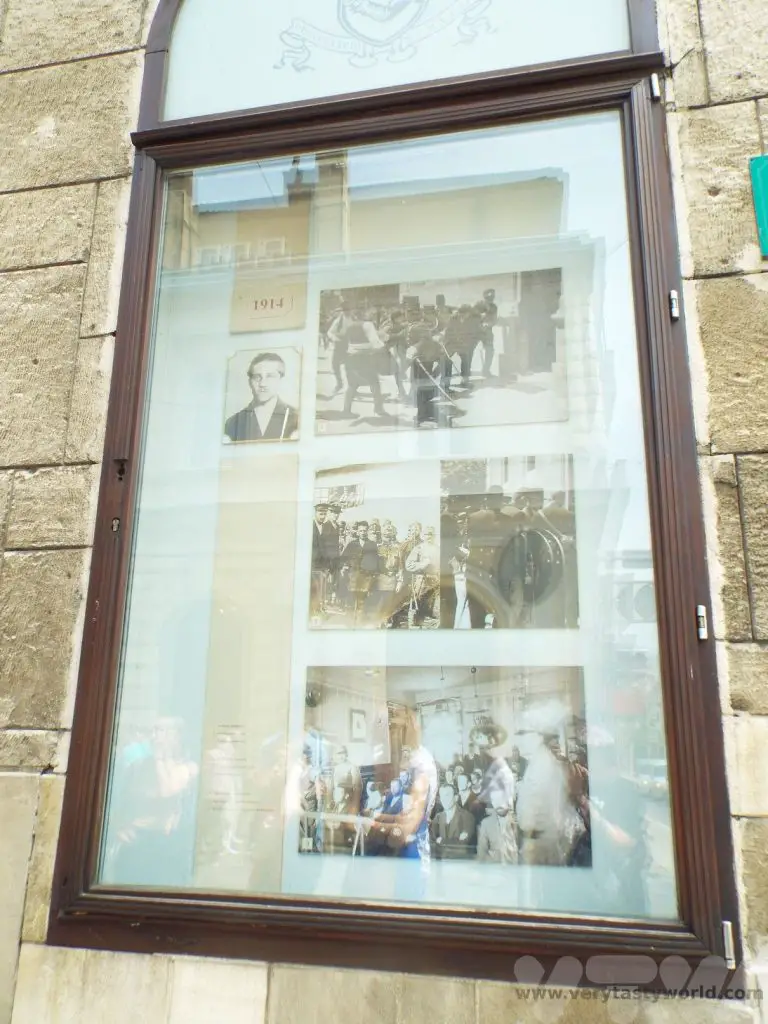
It was on the corner of the street leading onto this bridge where Archduke Franz Ferdinand of Austria, who was heir presumptive to the Austro-Hungarian throne, and his wife, Sophie, were shot at close range on 28 June 1914 by nationalist Bosnian Serb student Gavrilo Princip. This event led to the start of World War One.
Following the end of the war, the Austro-Hungarian Empire collapsed and Bosnia and Herzegovina was absorbed into Yugoslavia. During World War Two the city was invaded by the Nazis. Of the 12,000 Jewish people living in Bosnia and Herzegovina 10,000 lived in a thriving community in Sarajevo. It is estimated that 8,000 lost their lives in the Holocaust.
Learning About The Siege of Sarajevo
1992 saw the break up of Yugoslavia and, tragically, the commencement of the Bosnian War. Bosnia and Herzegovina declared independence from Yugoslavia but following a referendum, which Bosnian Serbs refused to participate in, the Serbs encircled Sarajevo and blocked all routes to and from the city. Sarajevo remained besieged for 1425 days, the longest siege in modern history.
During our Sarajevo walking tour we learned about how the local people coped during this horrific time. The city was constantly shelled by forces located in the surrounding hills. Our guide told us that when the water and electricity supplies were halted, people would have to risk their lives crossing the river carrying containers so that they could get access to water from the Sarajevo brewery. It is estimated that nearly 14,000 people were killed, over a third of them civilians.
The film Welcome to Sarajevo (1997) by Michael Winterbottom tells a powerful story, which includes real footage of the war. It makes for difficult viewing but offers a compelling insight into a horrible war.
The siege ended on the 29th February 1996. In the years following the war a number of perpetrators and their superiors were convicted for Crimes Against Humanity.
Further Exploration of Sarajevo
We thoroughly enjoyed the small Sarajevo brewery museum. The delightful guide showed us around and told us about the history of the brewery.
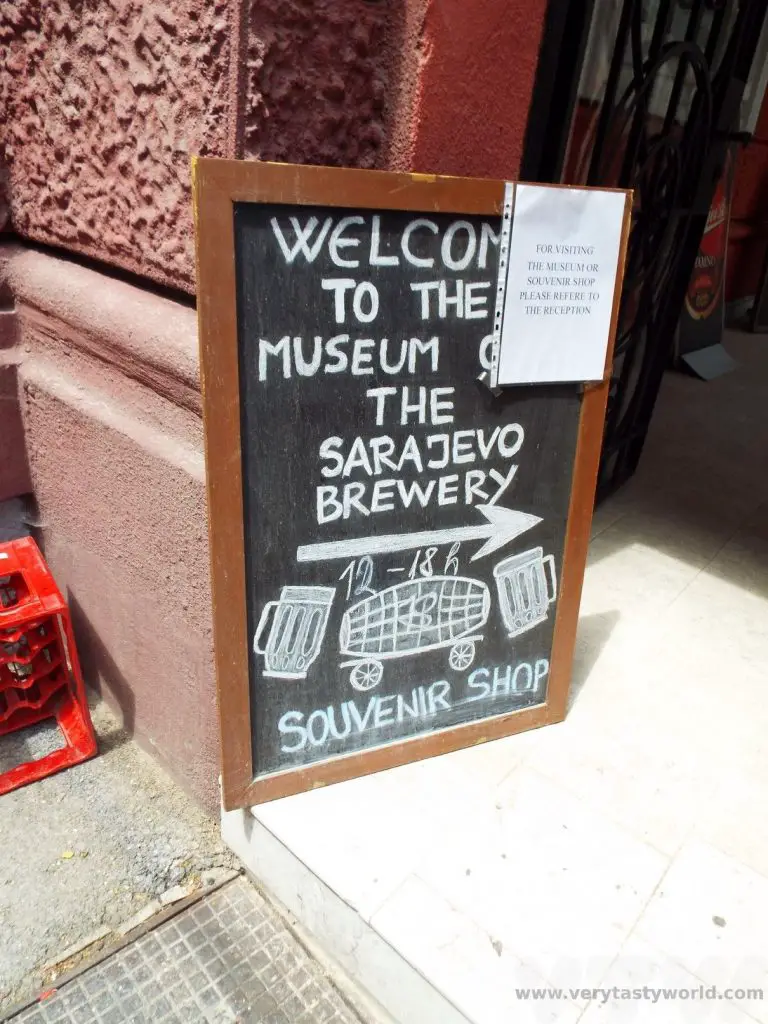
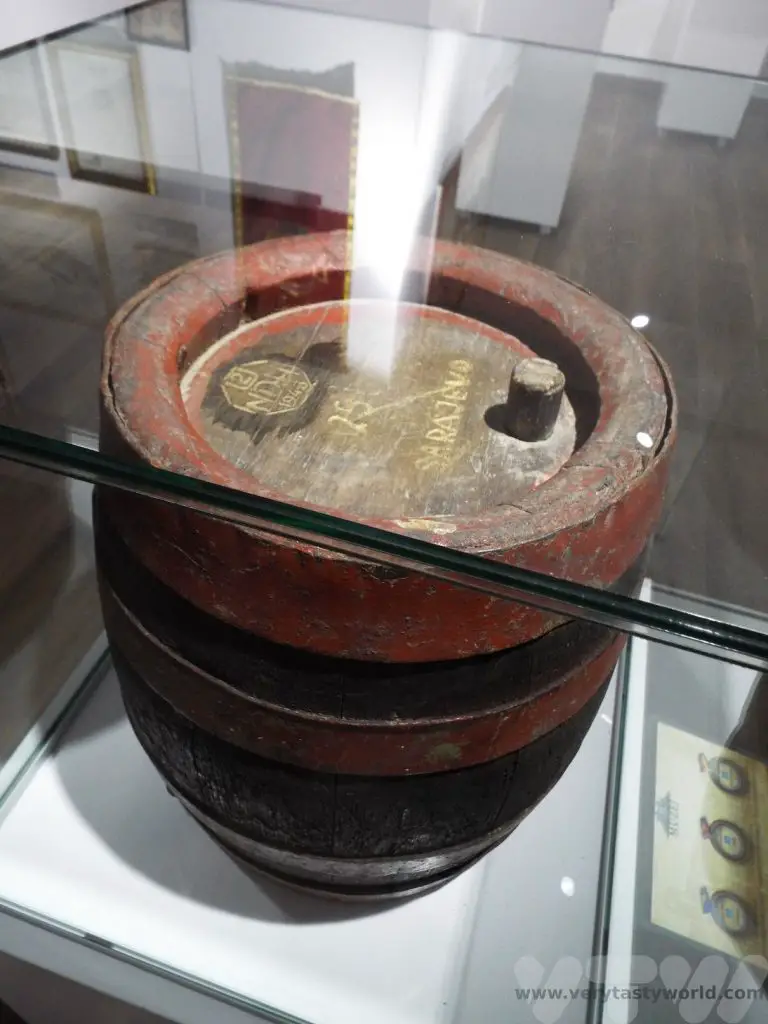
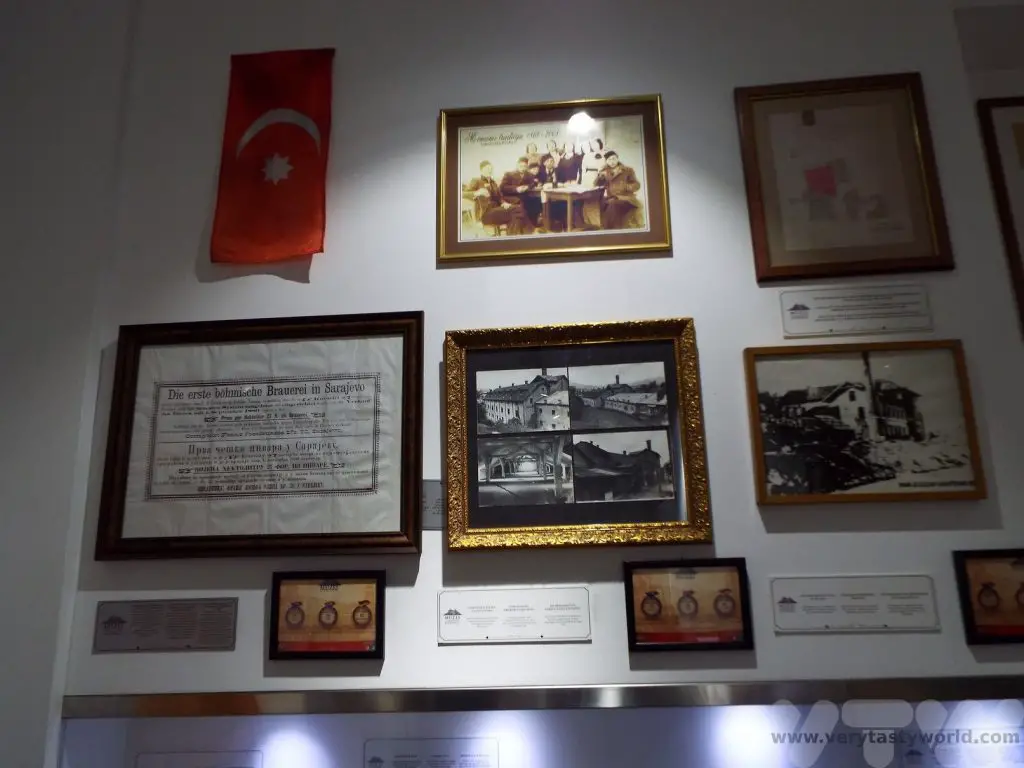
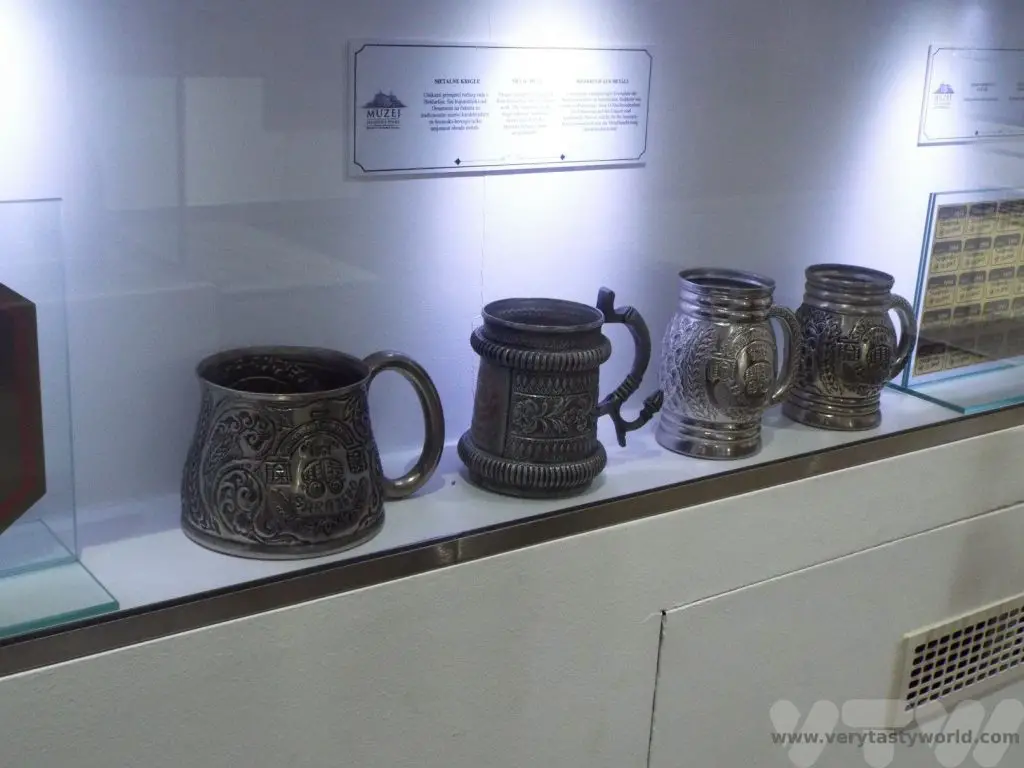
However, when we went to the adjoining bar to enjoy some of their beers, we were turned away because apparently we didn’t comply with their dress code. We were wearing t-shirts, long trousers and walking shoes, not tracksuits, trainers and baseball caps. We checked the requirements and confirmed that we were not in contravention. The manager, dressed in a t-shirt and shorts, eventually accepted that we were dressed correctly. To be honest, though, we didn’t want to drink where we weren’t welcome. Their loss.
We also visited some of the churches. Sacred Heart Cathedral is a catholic church and the largest cathedral in the country. It was completed in 1887. It was damaged during the siege of Sarajevo but has since been restored.
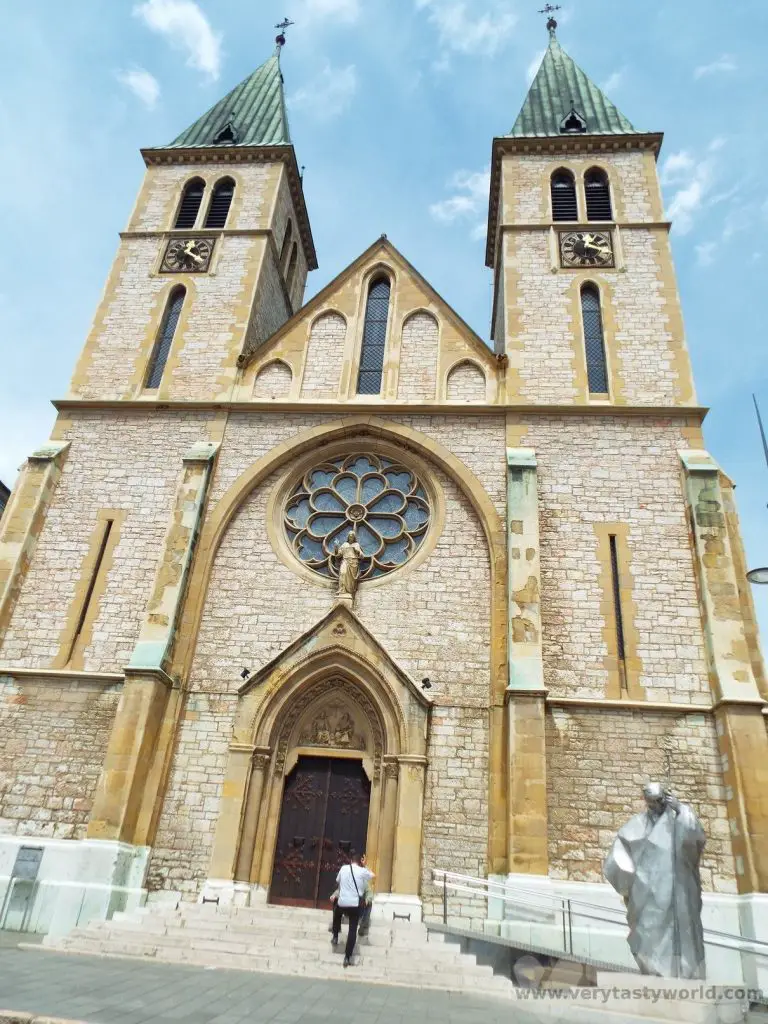
In the pavement in front of the church there is a square which has a mortar shell crater filled with red concrete, creating a pattern. It’s there to remind people of the war.
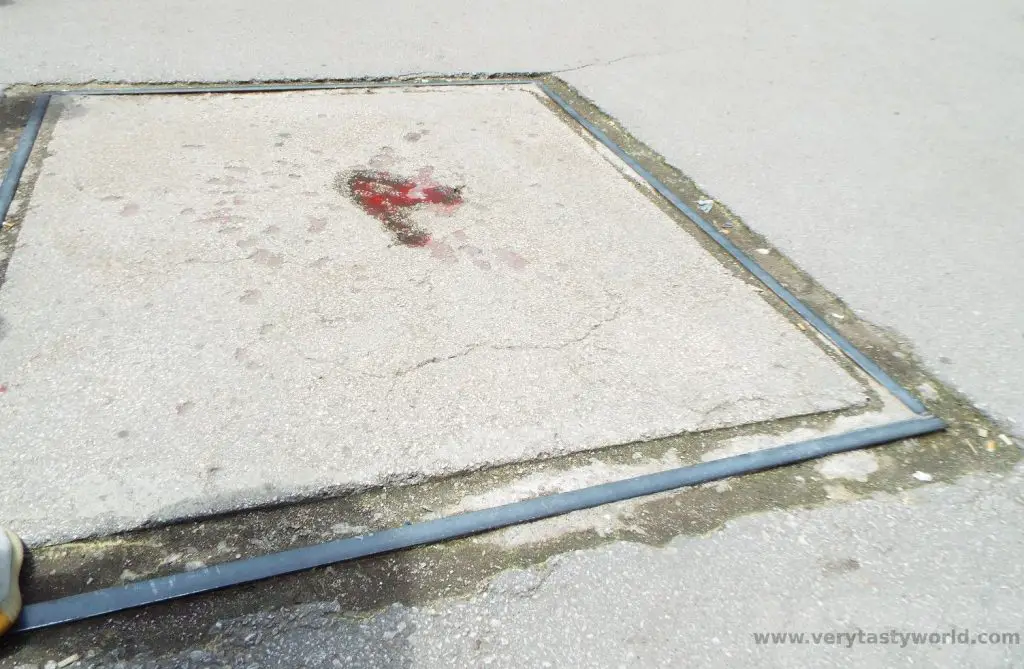
Constructed in 1863, the Cathedral Church of the Nativity of the Theotokos is Sarajevo’s largest Orthodox church.
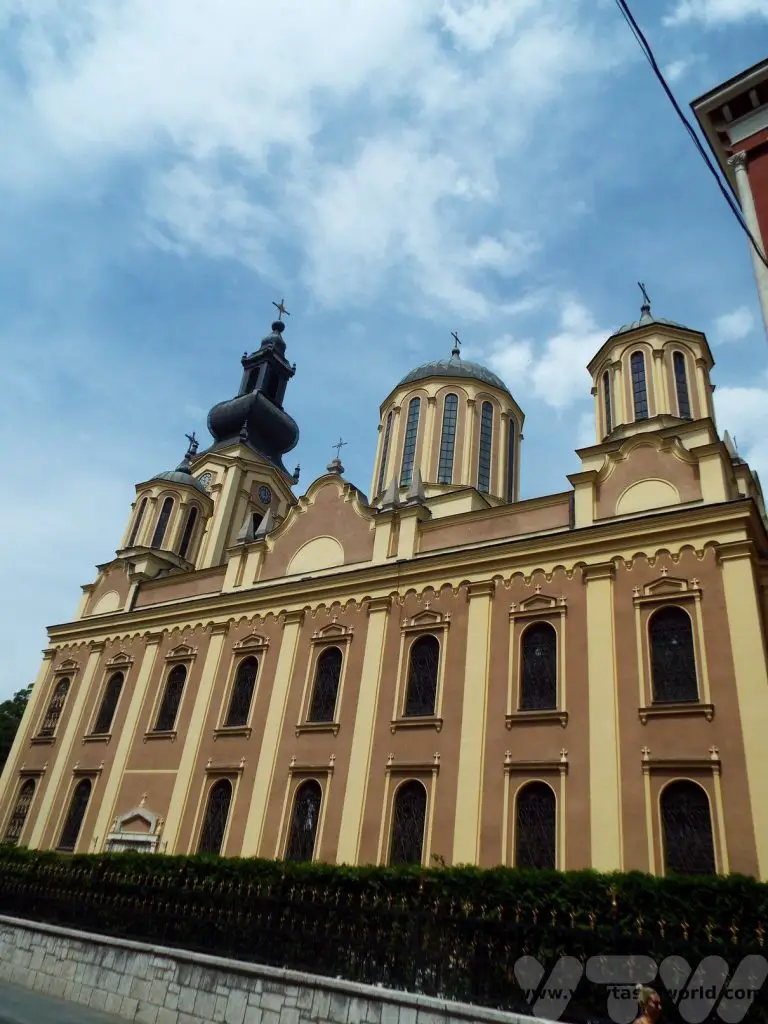
Beside the Europa Hotel it is possible to see the remains of a caravanserai, known as Taslihan, which was originally constructed in the mid-16th century. It was only discovered when the hotel was being renovated but now the former walls are a part of the garden. In its day it was a large market which also offered accommodation for merchants.
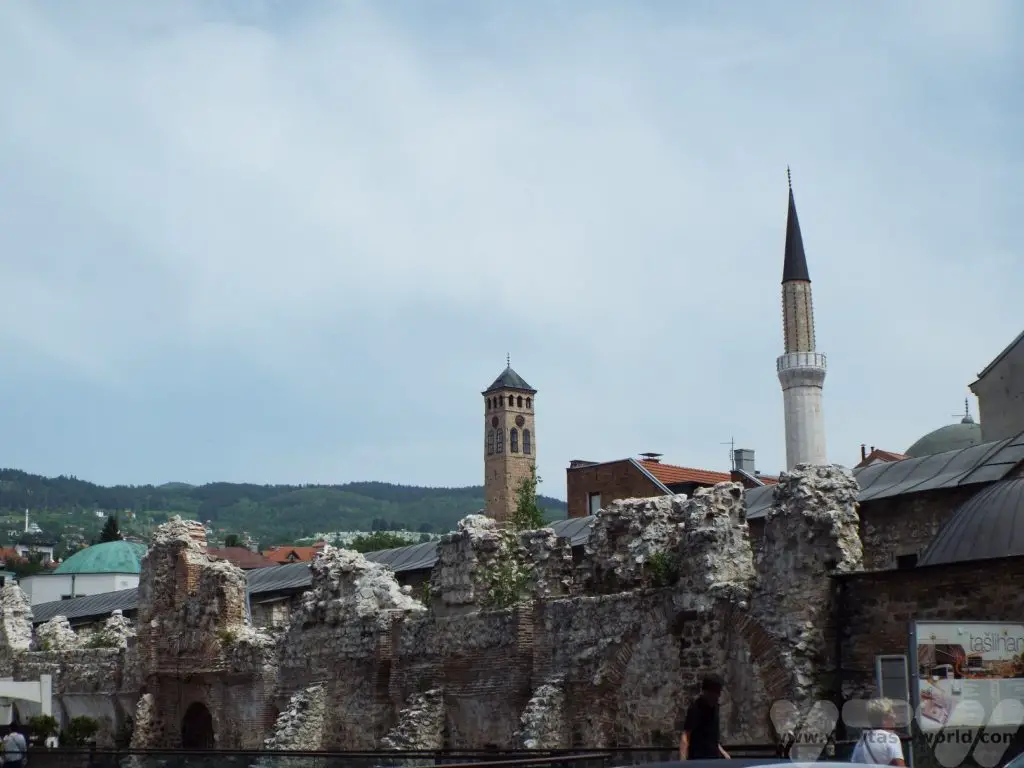
A Bosnian Cookery Course
Aside from city walking tours we also love taking cookery lessons whenever we visit a new country. We were delighted to join Mersiha and Mustapha from Bosnian Cooking Lessons at their home to learn how to cook traditional Bosnian cuisine. There were five dishes on the menu:
Sogan dolma – Onions filled with minced meat, rice and spices
Japrak mangel/spinach leaves rolled and filled with minced meat, rice and spices
Dolma paprika filled with minced meat, rice and spices
Bosnian pita – Phyllo dough rolled with cheese and phyllo rolled with peppery potatoes
We arrived at Mersiha and Mustafa’s home located high in the hills surrounding Sarajevo. It had a lovely view of the city. Mersiha and Mustafa grow a lot of vegetables in their garden and we enjoyed chatting with them about growing food. We were offered some traditional Bosnian snacks and a nice cool beer.
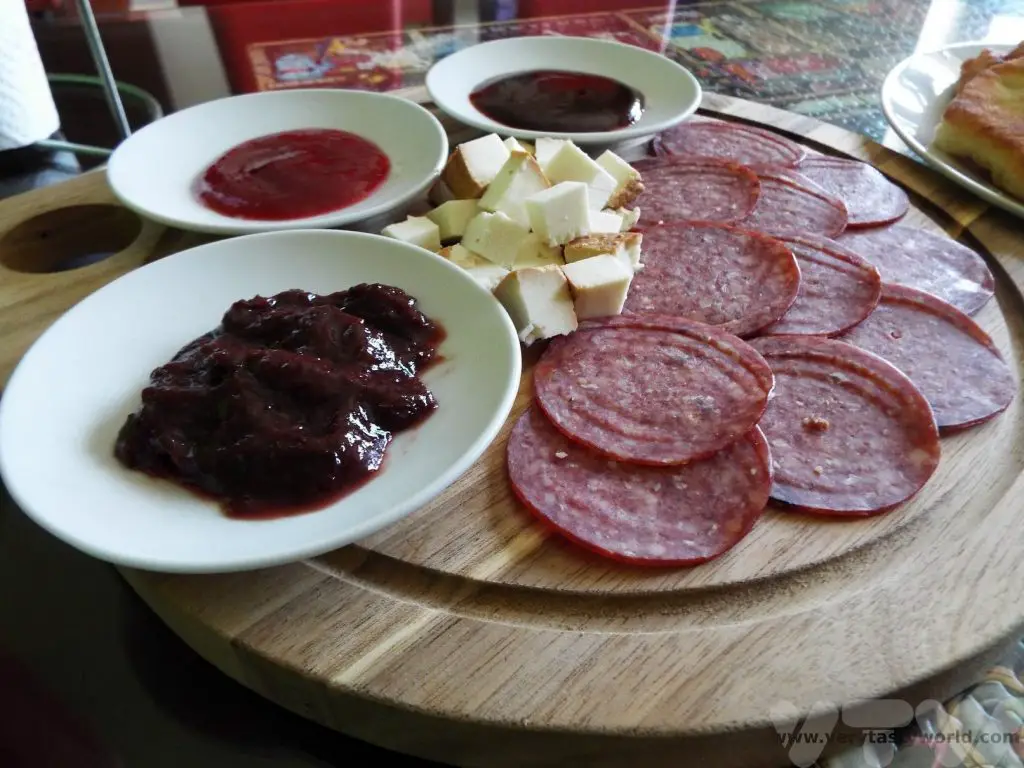
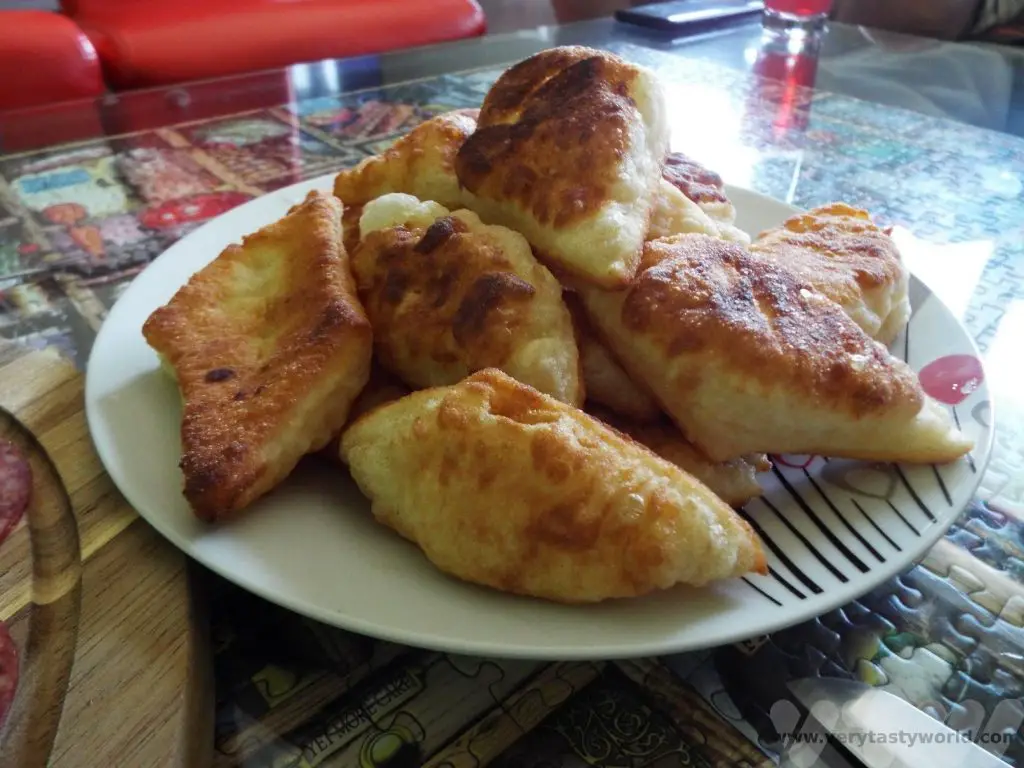
Then it was into the kitchen. Firstly we made the stuffing preparing the minced meat with rice and spices.
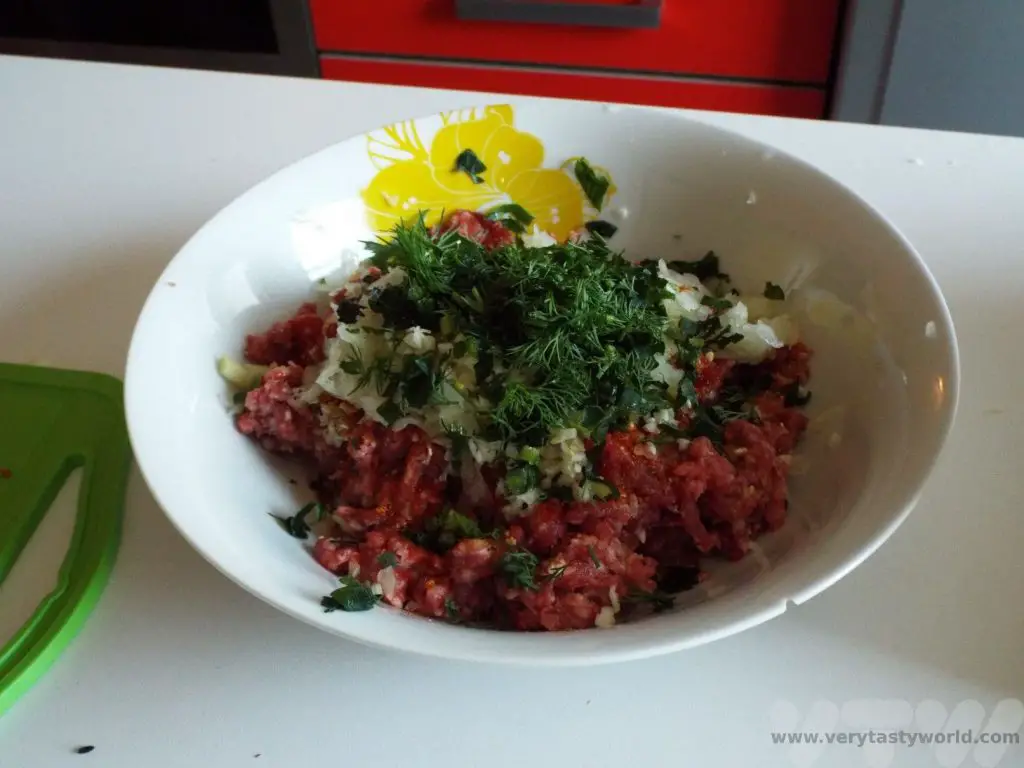
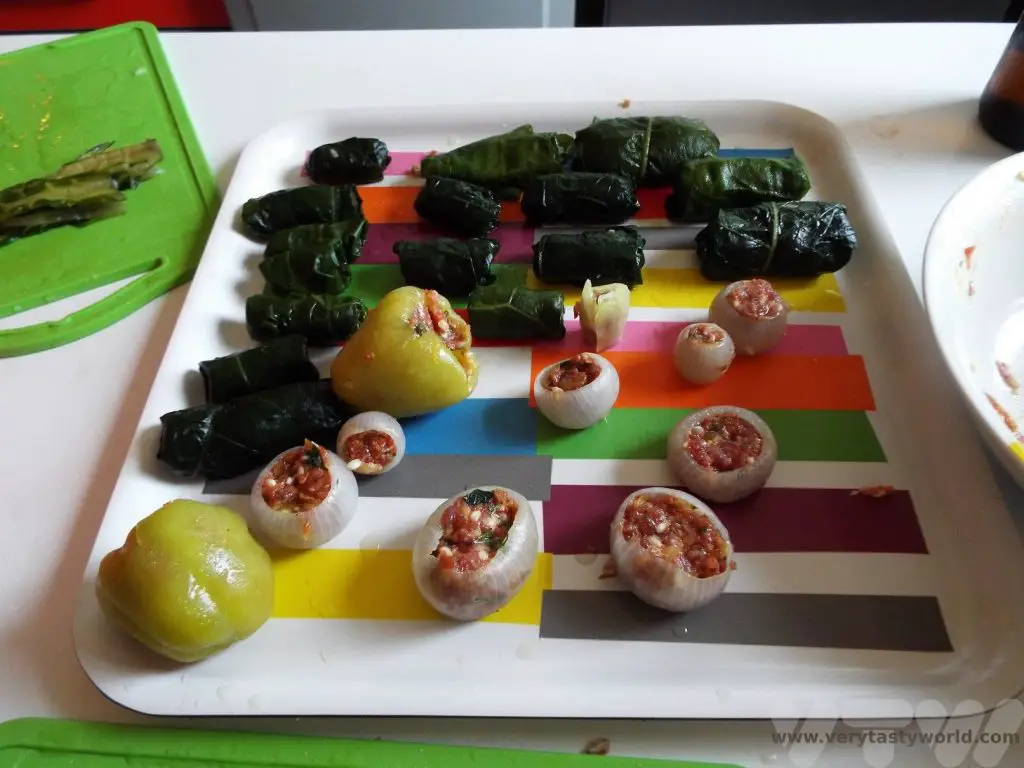
We learned how to stuff onions, layer by layer, as well as paprika. We also learned a technique for preparing and filling the mangel leaves. The folding technique was brilliant and we have used it since. These would all be cooked together in a lovely, lightly spiced, tomato sauce. We were impressed that Mersiha made sure that nothing went to waste. Any leftover bits of vegetable went into the sauce to add to its richness.
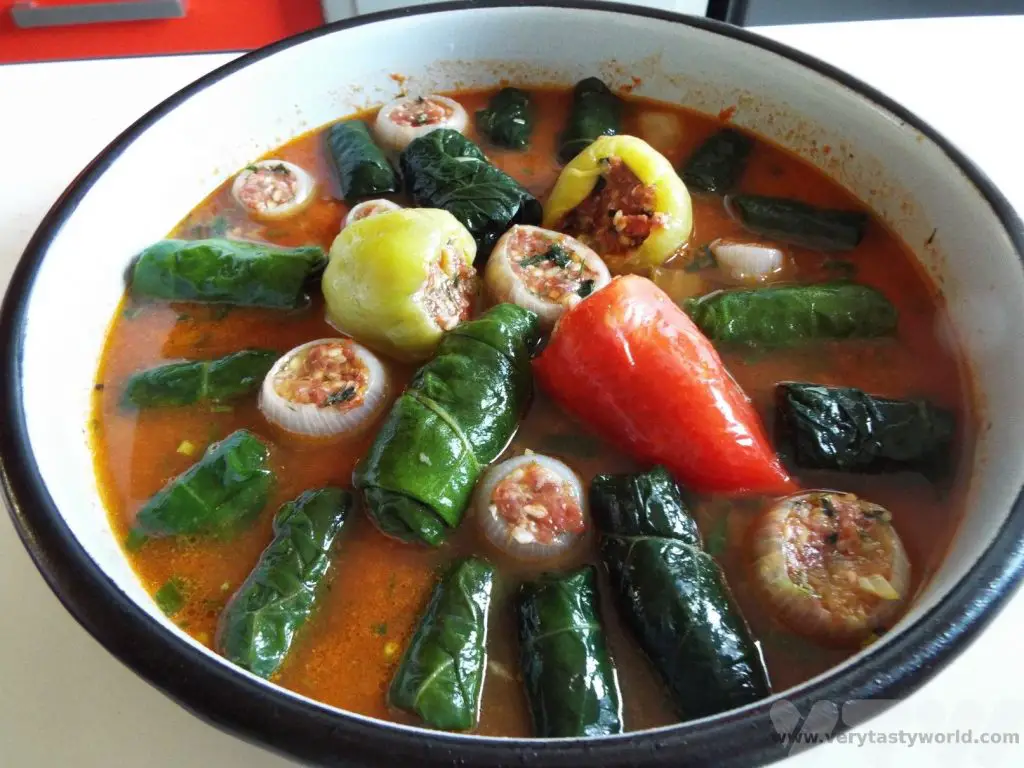
Next step was preparing phyllo. Mersiha expertly prepared a dough to exactly the right consistency and let it rest. When it was ready it was rolled onto the tablecloth and had another rest while we prepared two fillings: one of soft cheese and egg, and another of grated potato with lots of black pepper. Then we pulled the dough, by hand, so that it covered the entire table! It was so very thin – paper thin – but yet elastic and strong enough to take a filling. Mersiha was an excellent teacher and guided us really well.
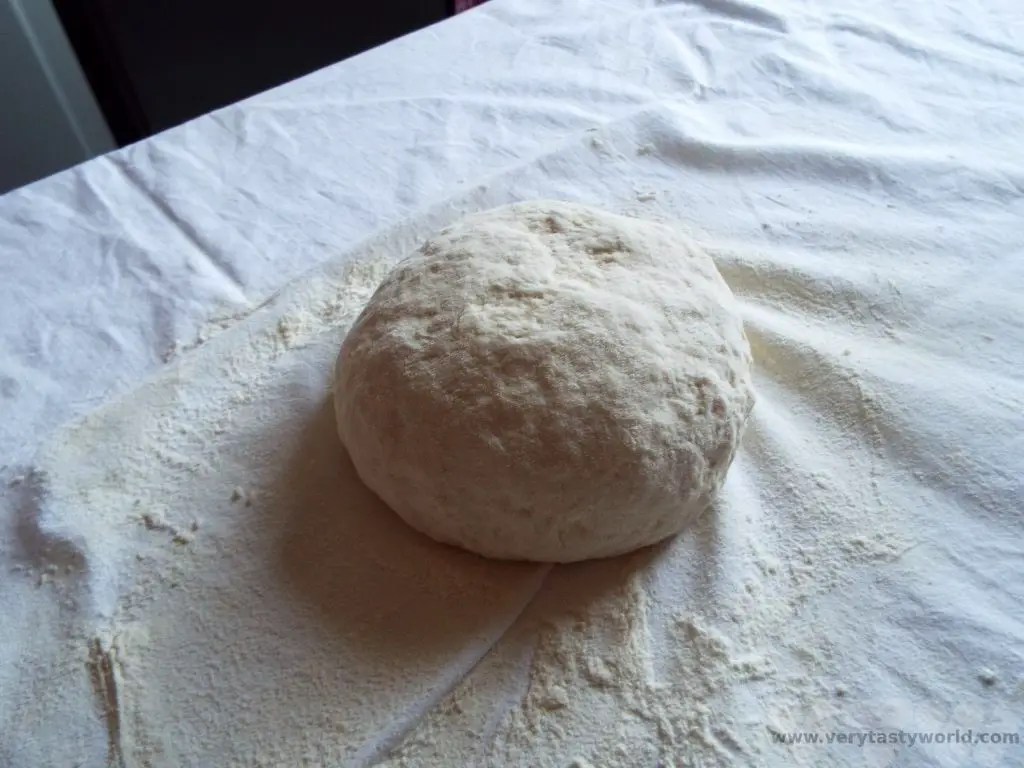
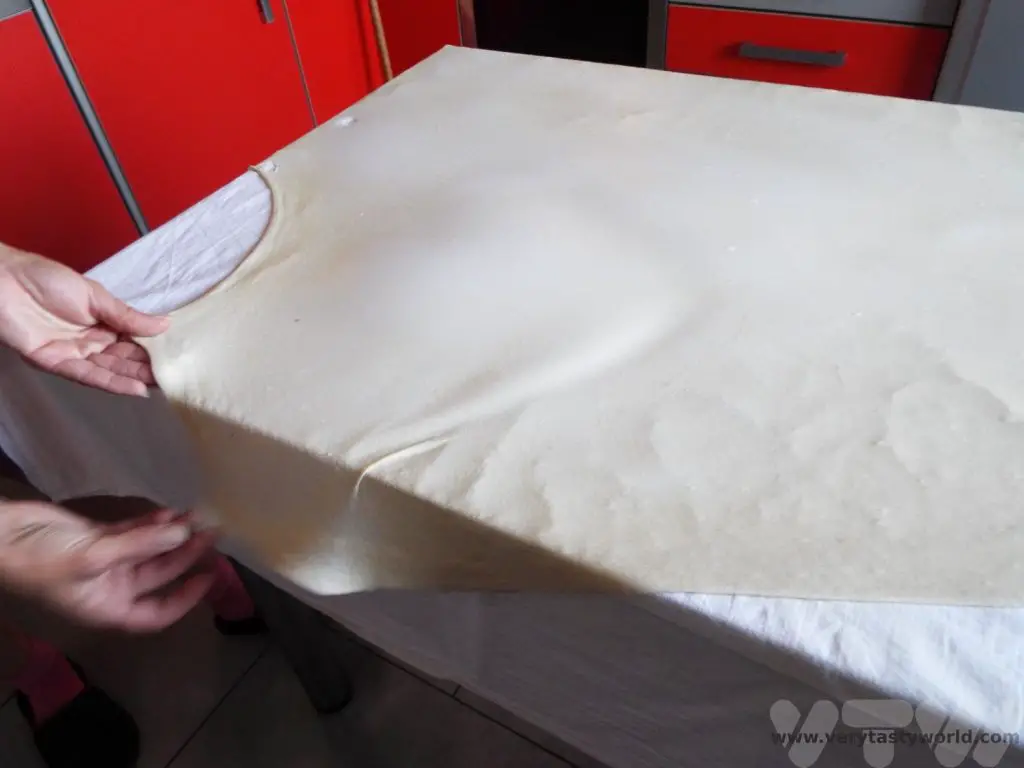
After adding the filling in a long line, the phyllo was rolled up to create a sausage shape, then cut into pieces and rolled into swirls before baking.
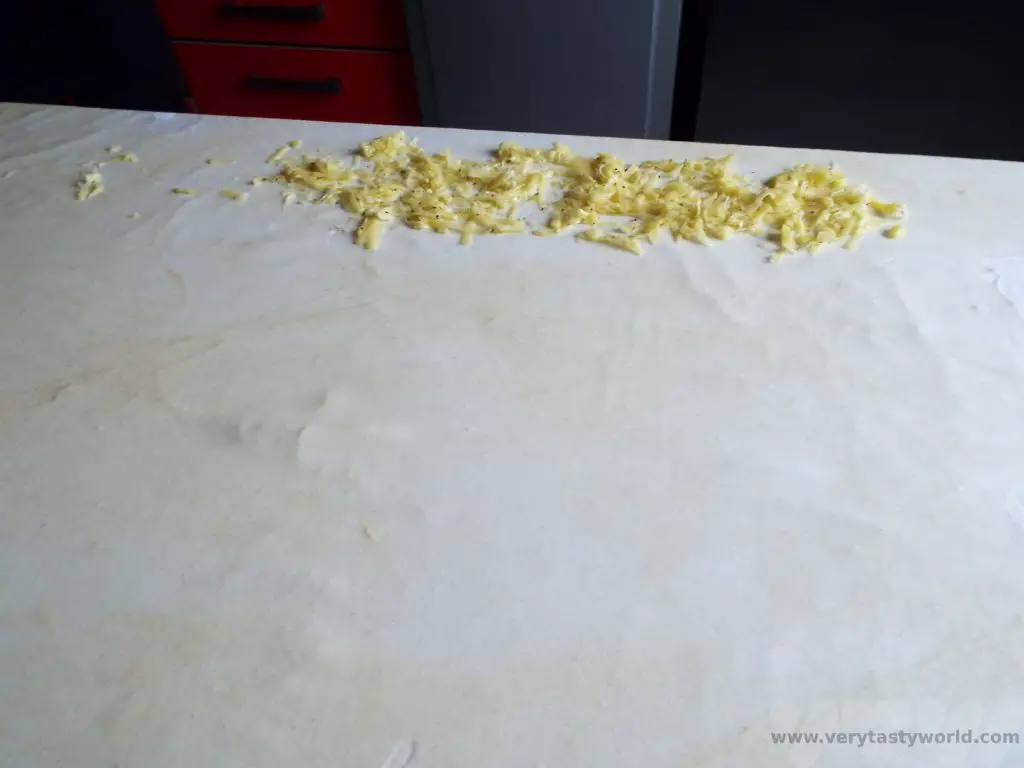
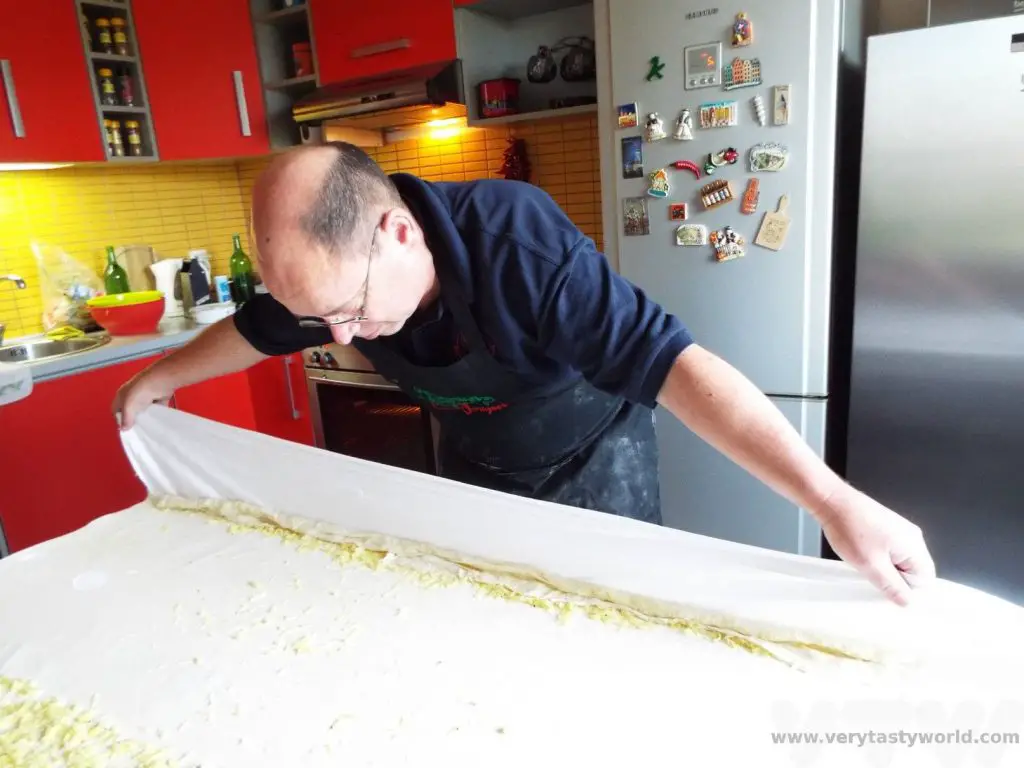

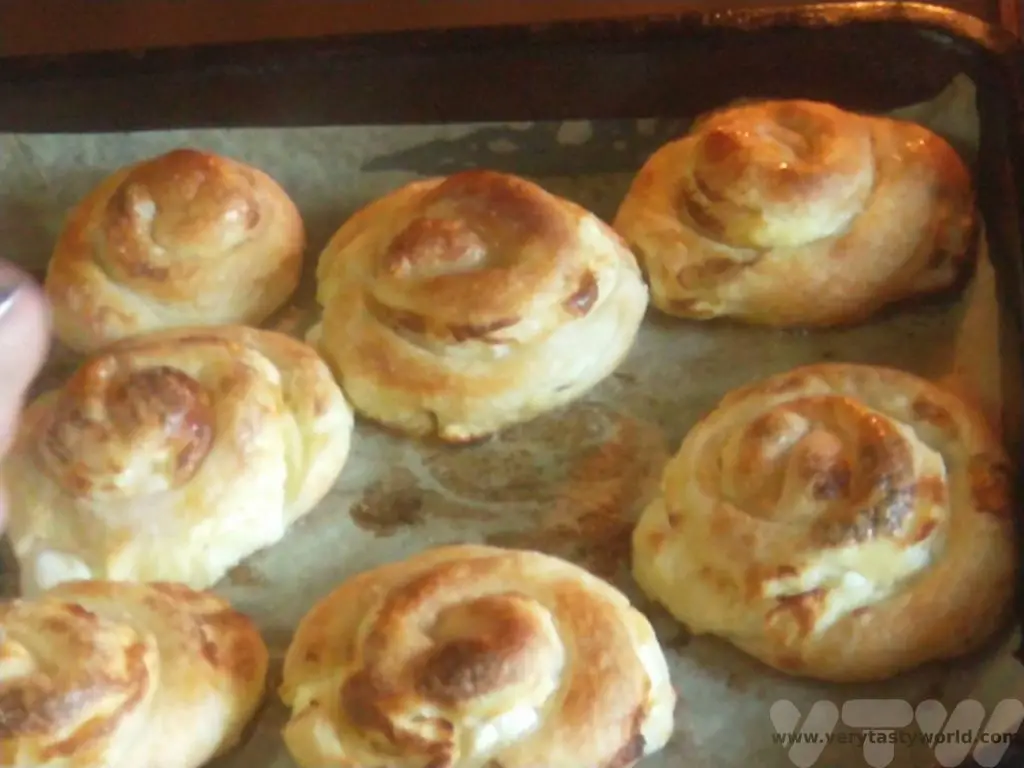
Both dishes came together at the same time. It was a really fun afternoon which culminated in us all enjoying a delicious dinner together.
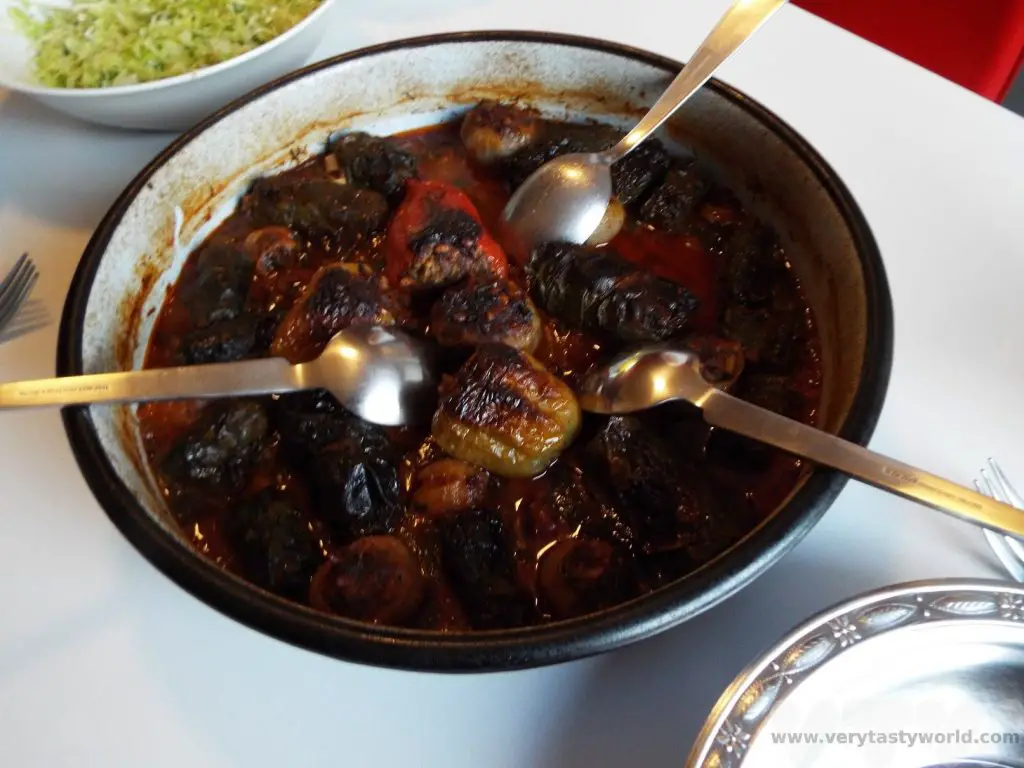
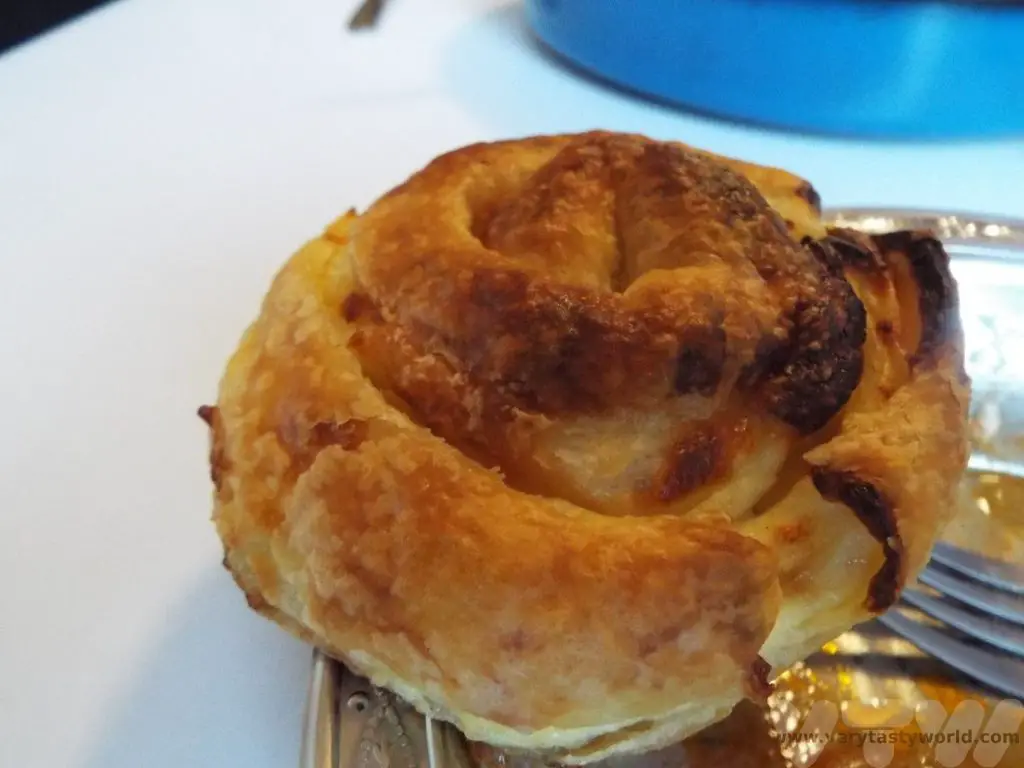
Mustapha and Mersiha were delightful hosts and excellent teachers. We thoroughly enjoyed not only cooking and dining with them, but also chatting with them about life in Sarajevo.
Sarajevo for Foodies
We stayed at the Hotel Aziza, which was close to the Yellow Fortress and a short downhill walk from the old town. You quickly find that you get a good workout walking anywhere in the city, especially in the suburbs, and it was a robust walk back up the steep hill every time we wandered into the old town. The Aziza offered a buffet breakfast with all sorts of interesting goodies, while not necessarily typical Bosnian, definitely the best brekkie we enjoyed in Bosnia.
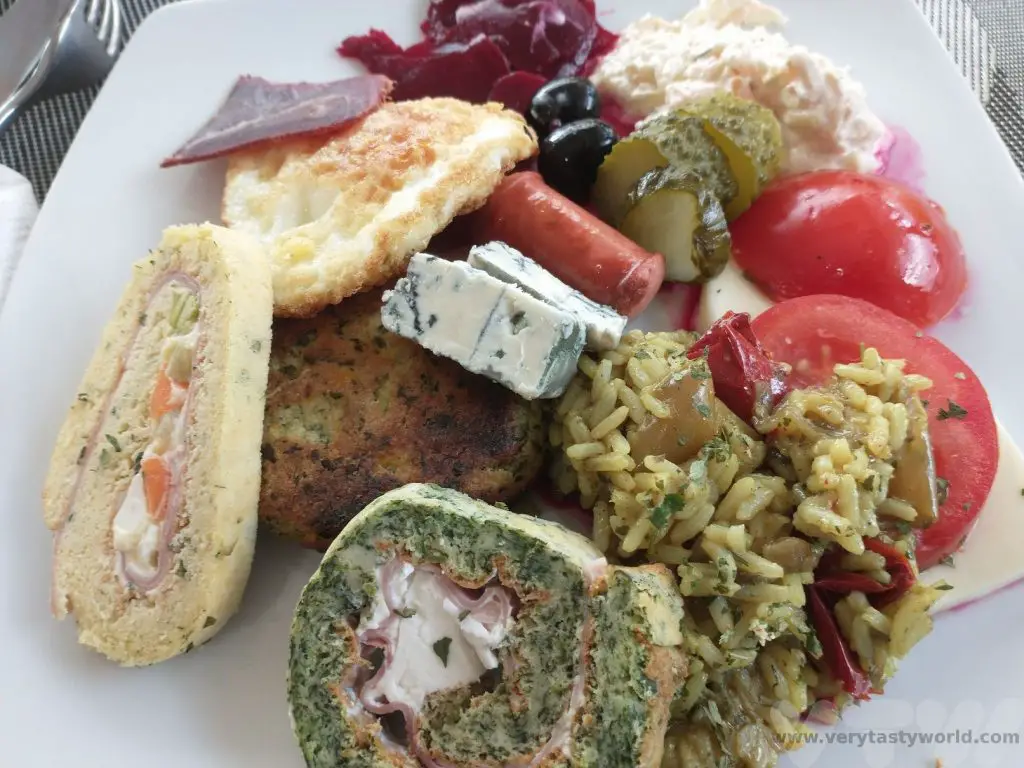
There are loads of restaurants in Sarajevo offering typical Bosnian fare. Bosanski sahan is a dish comprising meat with mixed vegetables in a sauce and sitni cevap is veal meat in sauce. These were served with delicious fluffy Bosnian bread and salad.
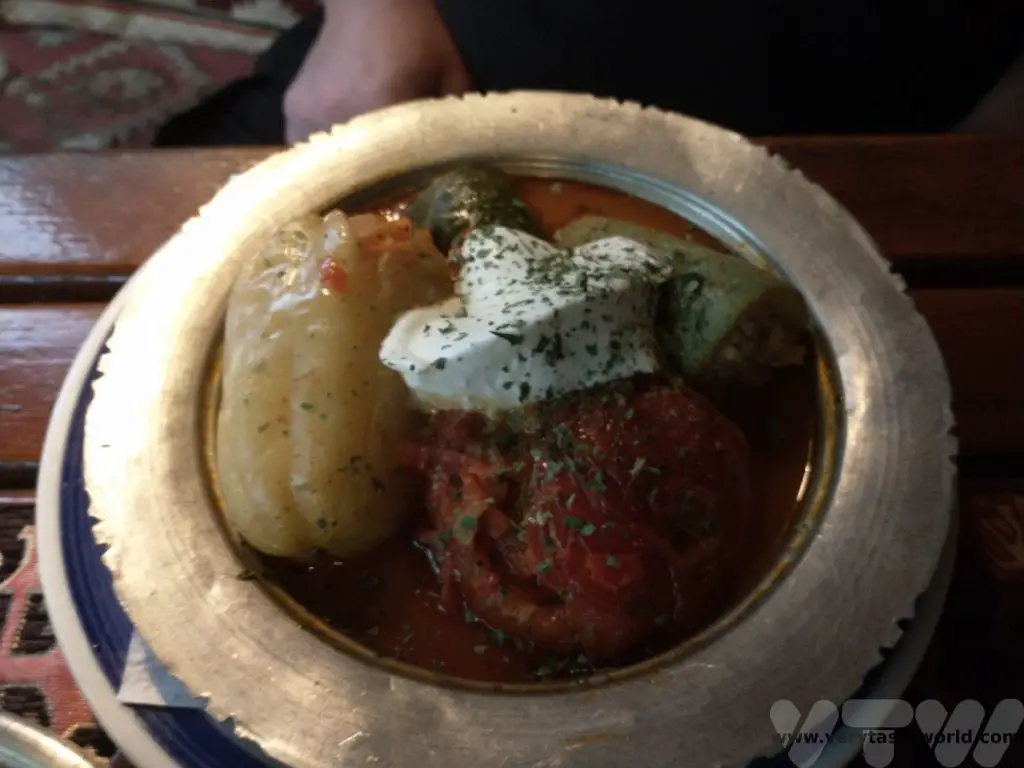
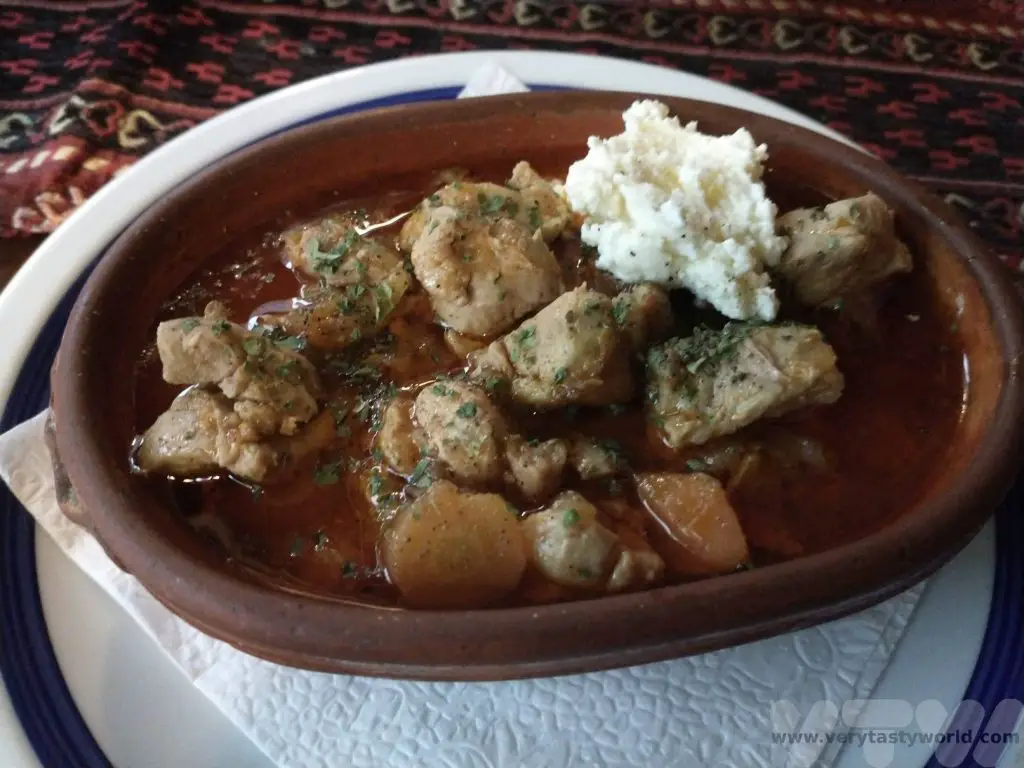
It’s essential to try cevapi – little meat sausages inside soft pillowy bread, accompanied with finely sliced onion. Make sure you order a large portion, they are so delicious.
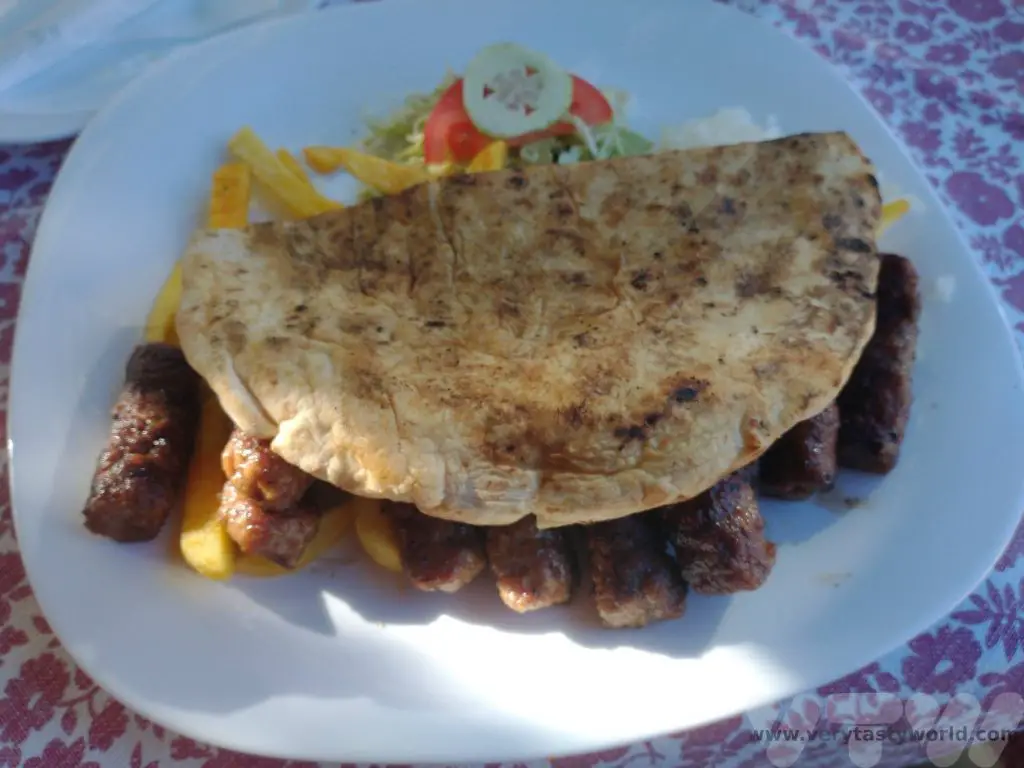
Desserts are luscious and sweet. We particularly enjoyed hurmasica, a gooey, syrupy cake. Coffee culture is also very important and the sweetness of the desserts is beautifully offset by the bitterness of the strong coffee.
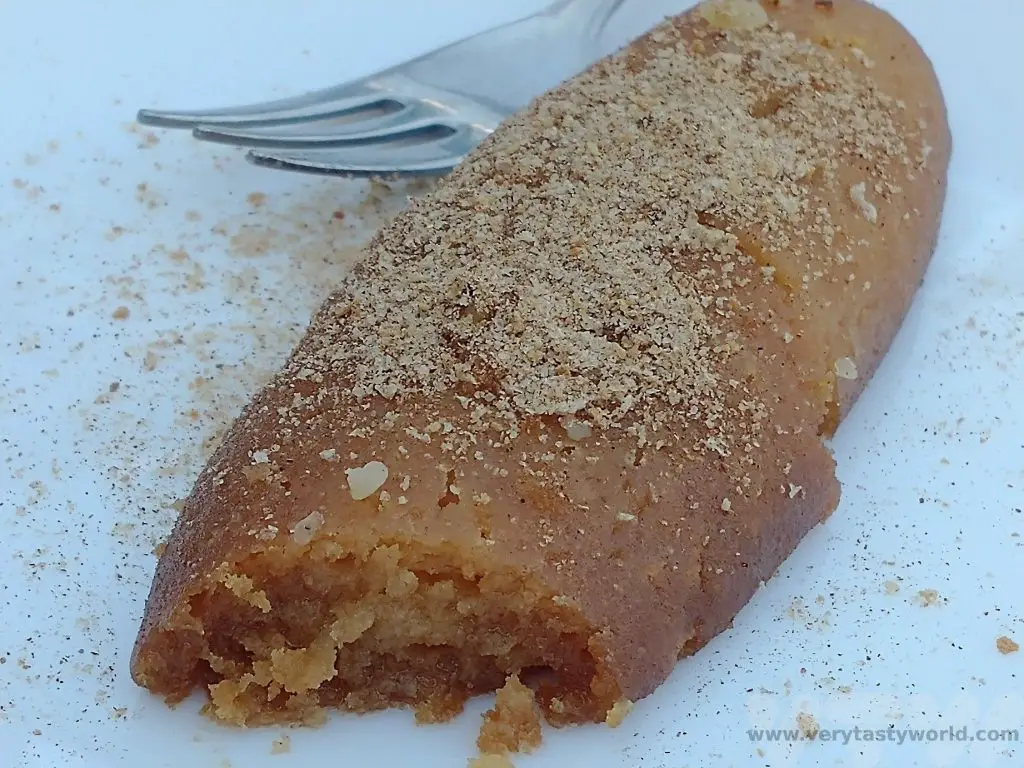
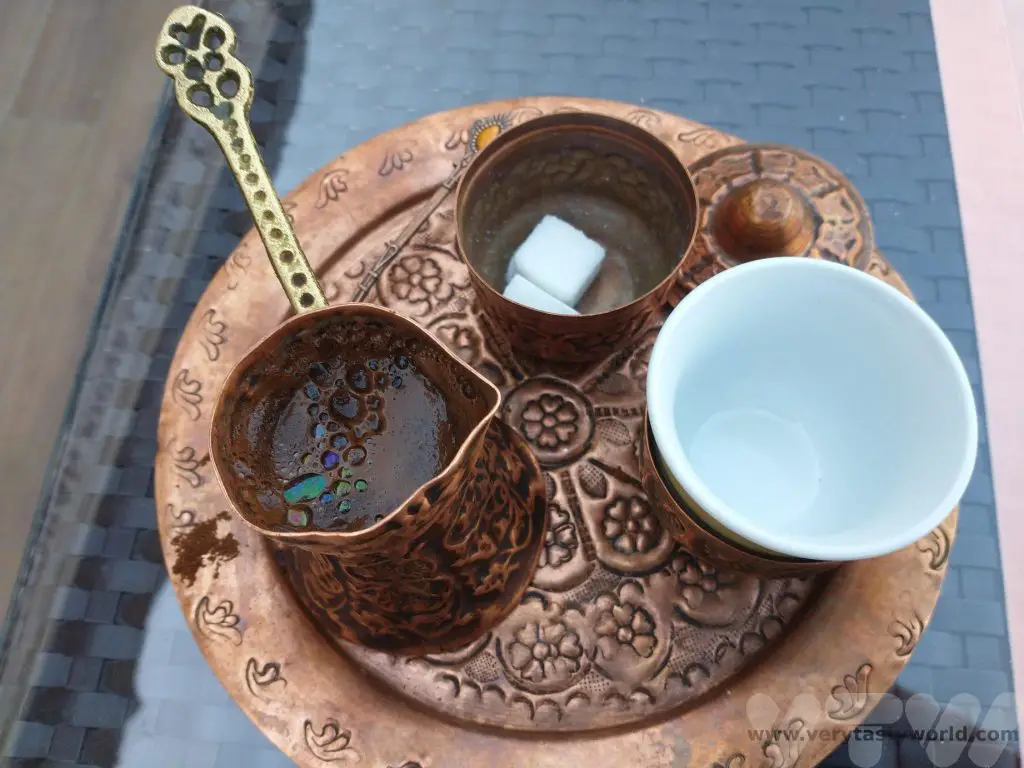
If you enjoy a tipple, it’s impossible to visit Bosnia without tying domace rakija – homemade brandy. It is made from fermented fruits which are distilled. The more common fruits that form the base of the rakija are grapes and plums but other fruits such as pears, cherries and raspberries are used as well. Some of the more unusual flavours are honey, quince and walnut.
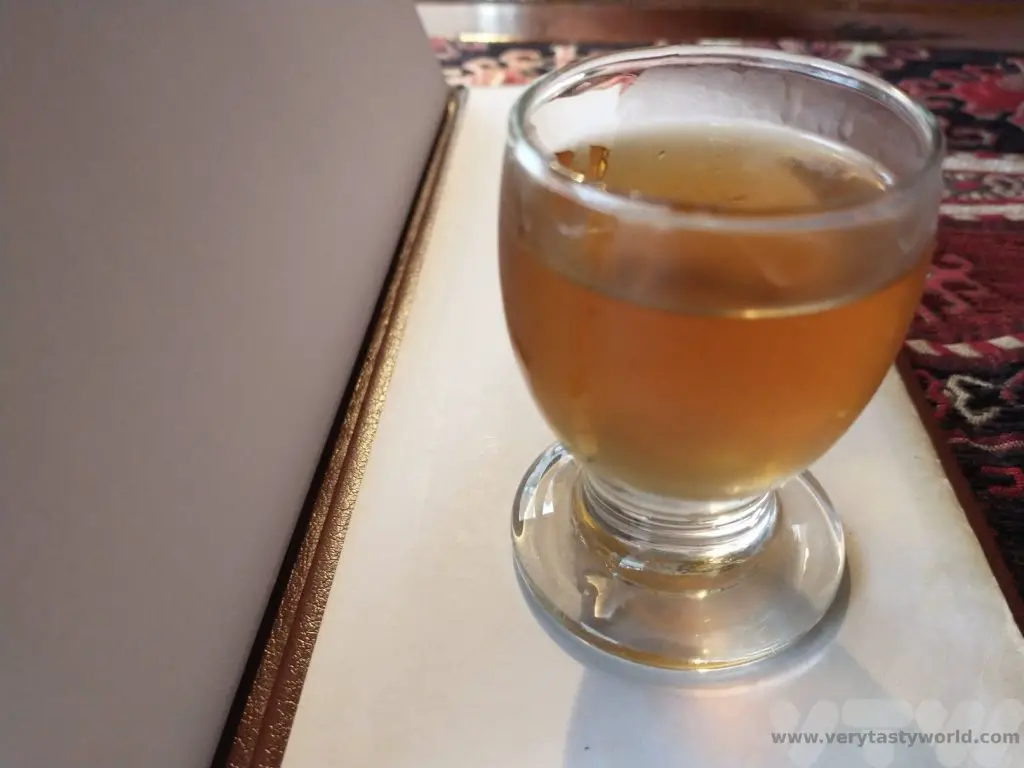
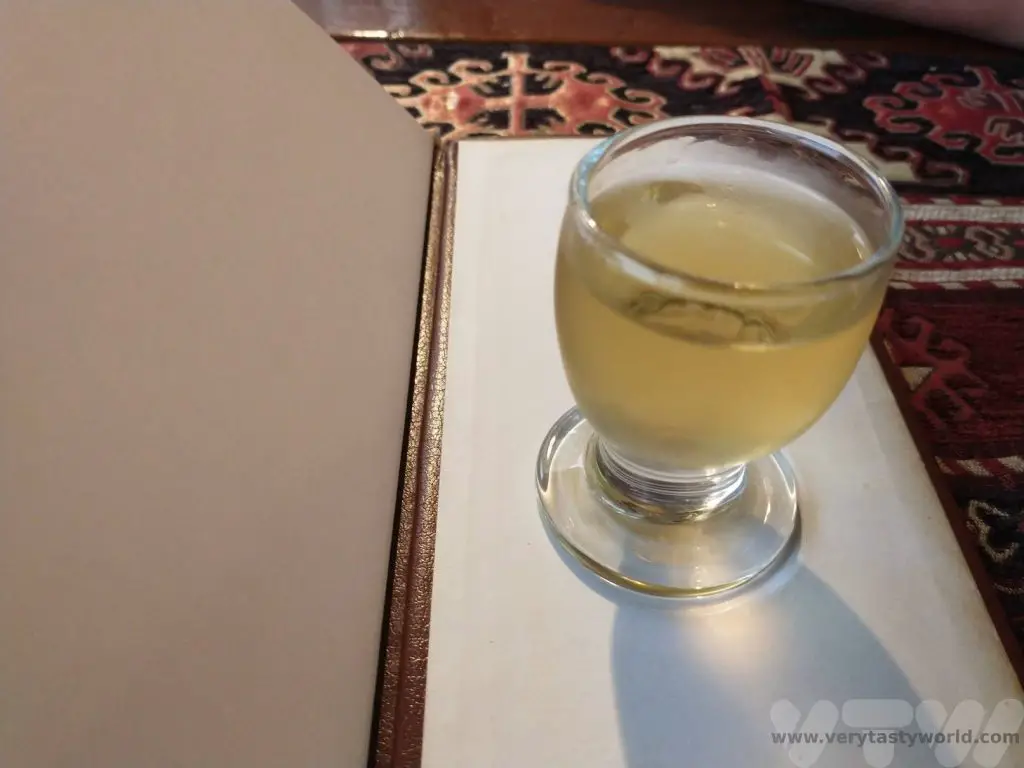

Related Posts You May Enjoy

- Things To Do In Rovaniemi In Winter
- Avebury Stone Circle vs Stonehenge
- Five days in Copenhagen
- Is Sarajevo Worth Visiting?
- A Svalbard Holiday – Land of the Midday Moon
- Afternoon Tea in Coventry

- RECIPE Oyakodon Donburi
- Zero Waste Recipes Before Your Holiday
- RECIPE: Vegetable Biryani Tamil Nadu Style
- RECIPE: Vegan Wild Garlic Pesto
- Recipe: Venetian Pasta Sauce
- RECIPE: Biryani Raita Recipe
- RECIPE: How to Make Costa Rica’s Gallo Pinto
- Recipe: Japanese Simmered Pork Belly – Buta no Kakuni
- RECIPE: How to Make Umeboshi
Afternoon Tea in Coventry
Everything Stops for Tea
Afternoon tea is a very British tradition. The British are, of course, well known for their love of tea.
Tea to the English is really a picnic indoors.
-Alice Walker
Afternoon tea originated in the early 19th Century. It was a time when tea drinking was becoming extremely popular amongst all classes but this was also a time when people tended only to have two meals a day: breakfast and supper. Supper was usually taken around 8pm in the evening which meant that there was an awfully long gap between meals.
Anna Russell, Duchess of Bedford and friend of Queen Victoria, invented the afternoon tea. She had decided that the gap between breakfast and supper was just too long (who can help but agree?) and she would start feeling peckish mid-afternoon. She solved this problem in around 1840 by indulging in a cup of tea and a snack at around 4pm. The tea was generally accompanied by bread and butter and some cake. She invited her friends to join her and soon enough afternoon tea became highly popular amongst high society.
The elements comprising afternoon tea evolved over the years. Fortunately sandwiches had already been invented by the Earl of Sandwich, who had discovered the joys of putting something delicious between two slices of bread in 1762, so afternoon tea could accommodate this as a menu item as well.
Scone? Or Scone?
Scones are also considered to be an essential element of afternoon tea these days. These are traditionally sweet scones, eaten with jam and clotted cream. The scones are presented whole: they should be cut in half and the jam/cream or cream/jam combination applied copiously. Never reveal whether you put the jam or the cream onto the scone first to anyone from the West Country. Devon and Cornish folk have very different ideas about the order in which the scone should be adorned. We politely suggest that they taste wonderful either way.
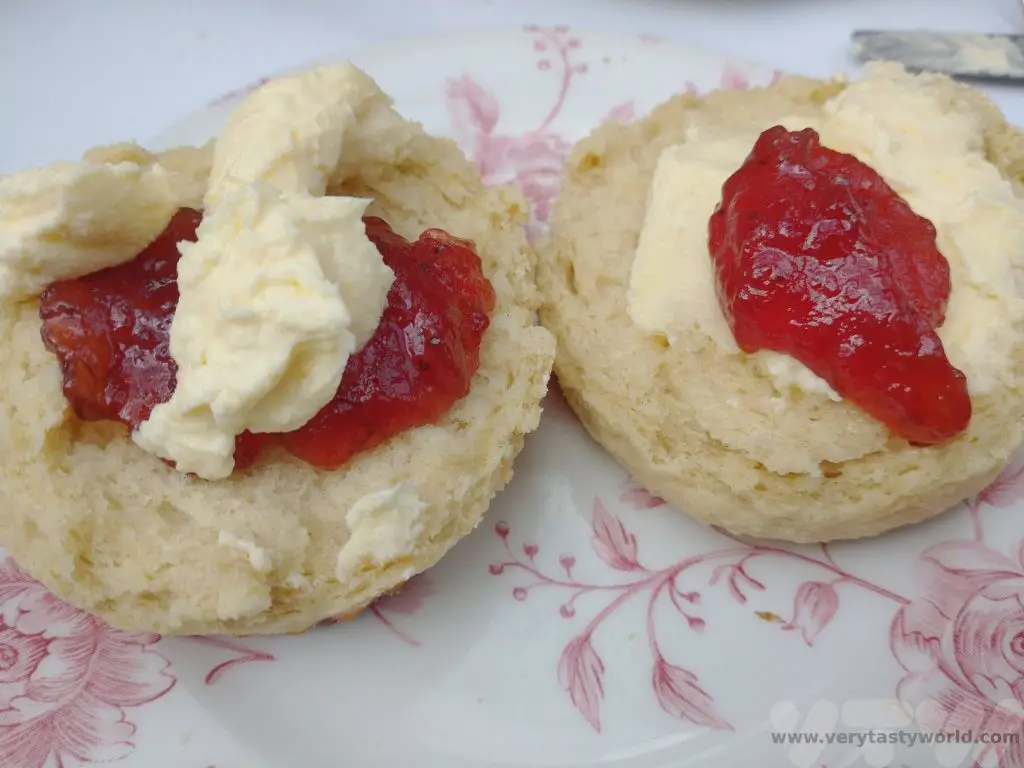
As well as disputes about how to eat scones the English also disagree on how to pronounce the word – is it scone to rhyme with ‘gone’ or scone to rhyme with ‘stone’? We’re originally from the south of England so both use the former but have regular arguments with friends about the true pronunciation.
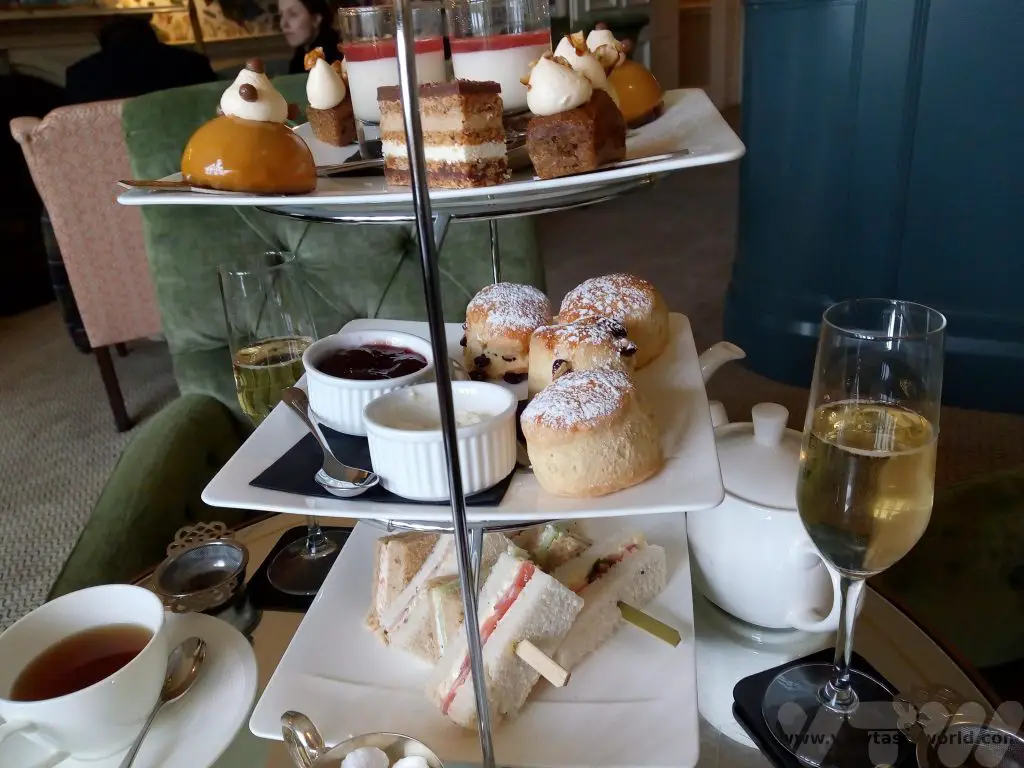
How To Enjoy Traditional Afternoon Tea
The quintessential afternoon tea comprises a selection of sandwiches, a couple of scones served with clotted cream and jam and a variety of miniature pastries, cakes or sweet treats. Served with a cup of tea. This might simply be an ordinary cuppa but it is more likely that you would be offered some speciality teas or herbal infusions. Coffee and hot chocolate are usually available for non-tea-drinkers. The more indulgent modern afternoon teas may also offer a tall glass of fizz; Champagne (preferably) or Prosecco to accompany the treats.
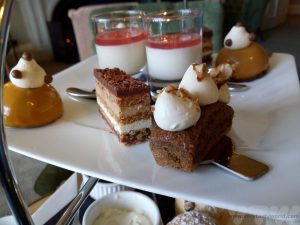
Etiquette suggests that you start with the savouries on the bottom tier. Scones should be eaten next, then finish with the sweet treats on the top tier.
This particular tea had four pastries each, including a fruity pannacotta and layered cake.
Almost a meal in itself, afternoon tea is refined and decadent.
Afternoon Tea in Coventry – Coombe Abbey Country Park
Coombe Abbey and Country Park is located a few kilometres outside Coventry city centre and is a delightful place to not only enjoy afternoon tea but also to spend time in the extensive 500 acre park, woodlands and gardens.
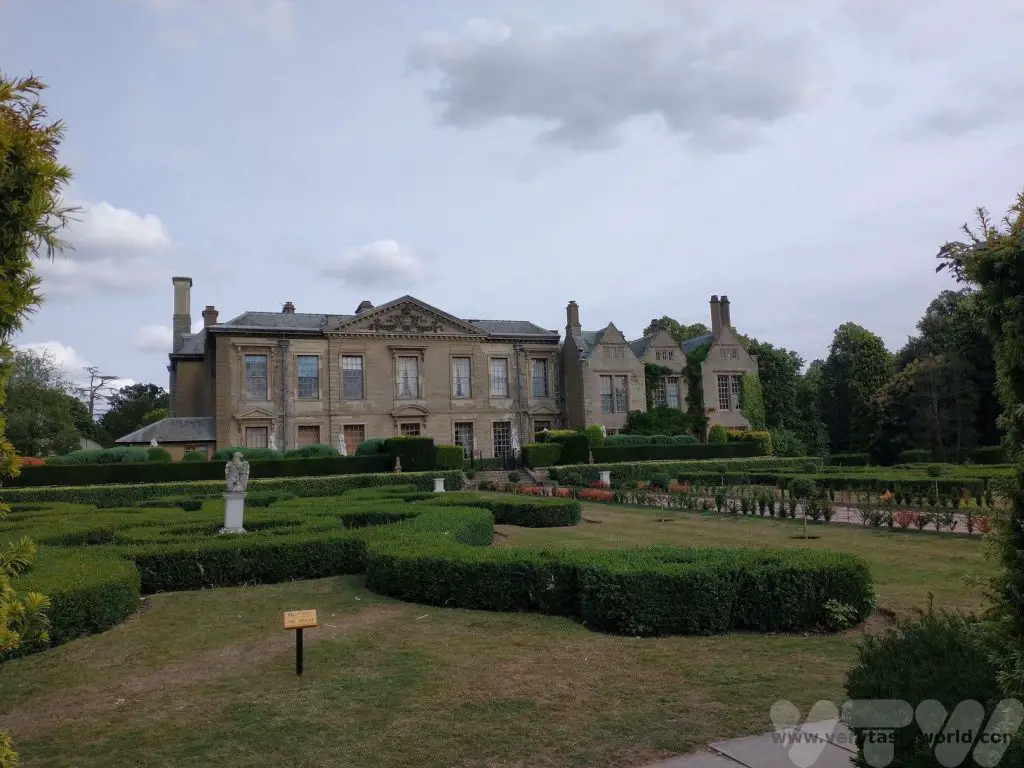
It’s possible to drive to Coombe Abbey. It takes around 15 minutes from Coventry city centre and parking fees are payable. It is a very popular place to visit at weekends and bank holidays, so sometimes the car park can be full. Alternatively you can catch the bus from Coventry’s central Pool Meadow bus station. The No 53 bus will get you there in about 40 minutes.
Coombe Abbey was originally a 12th-century Cistercian abbey that has now been converted into a hotel.
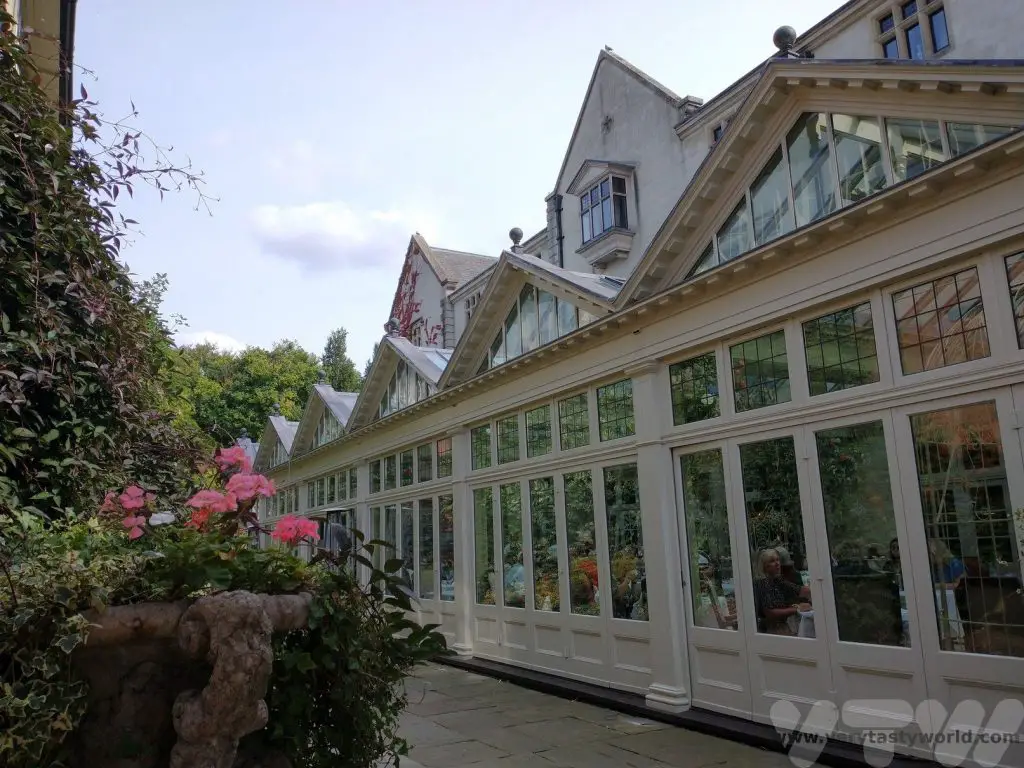
Afternoon tea is held in a lovely garden room, a light and airy space.
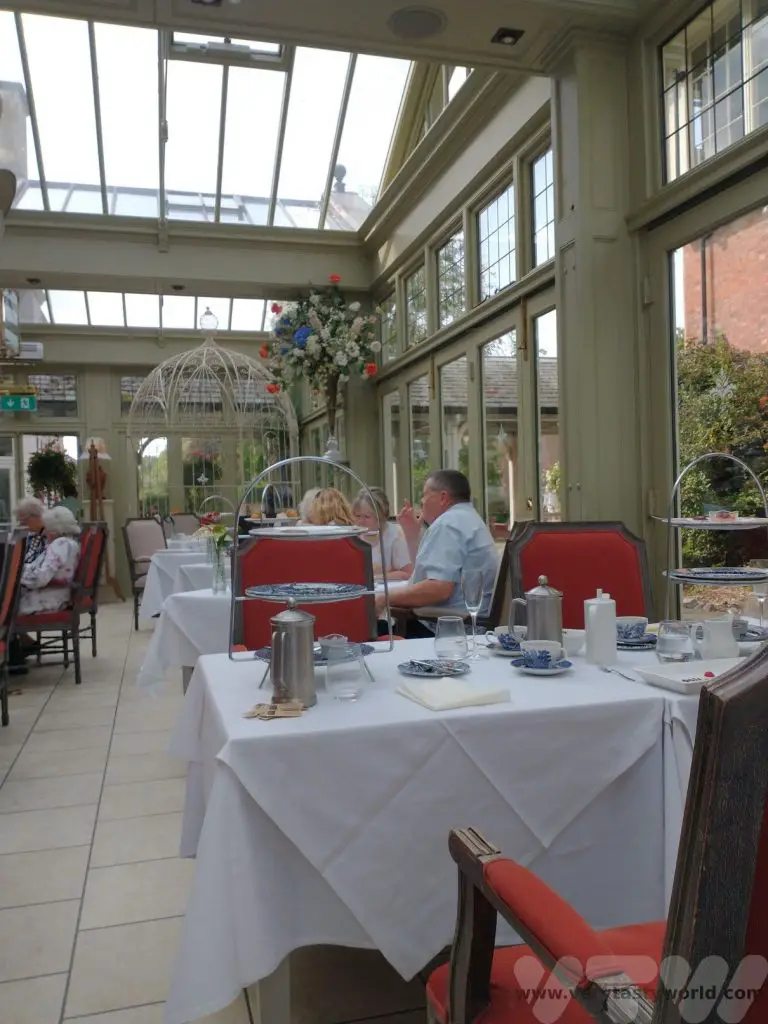
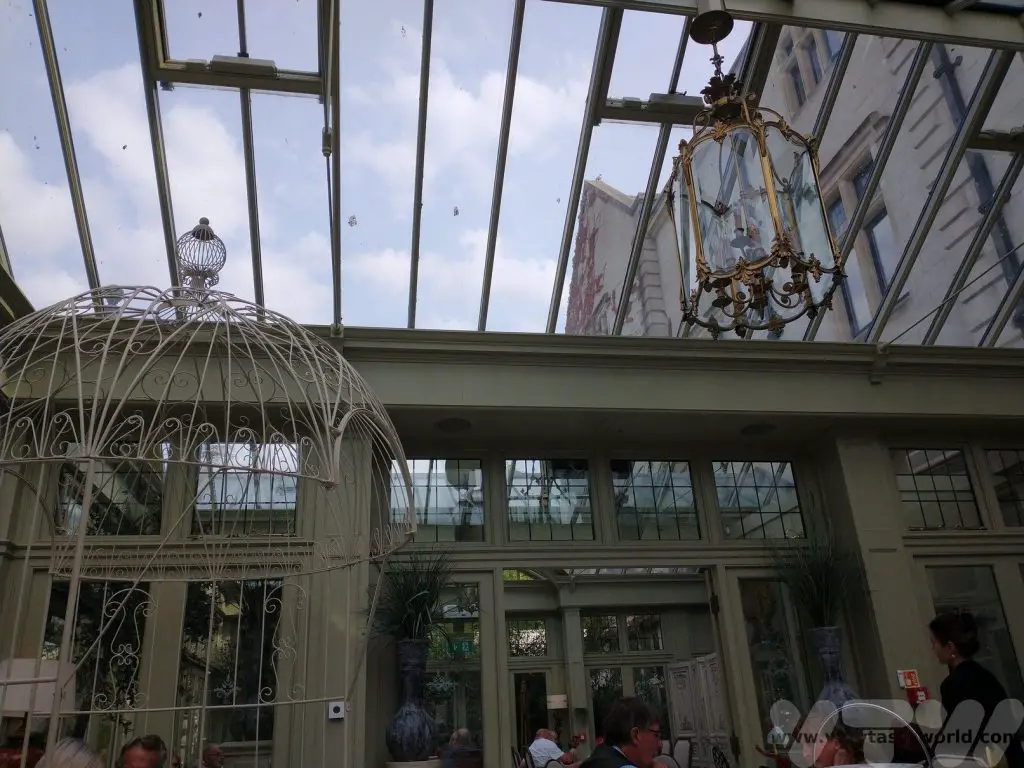
There are a variety of options available from traditional afternoon tea to savoury offerings. There is a wide variety of teas on offer – from great quality black tea to some more unusual options such as gin and tonic tea. If you’re feeling decadent, a glass of bubbly is also available.
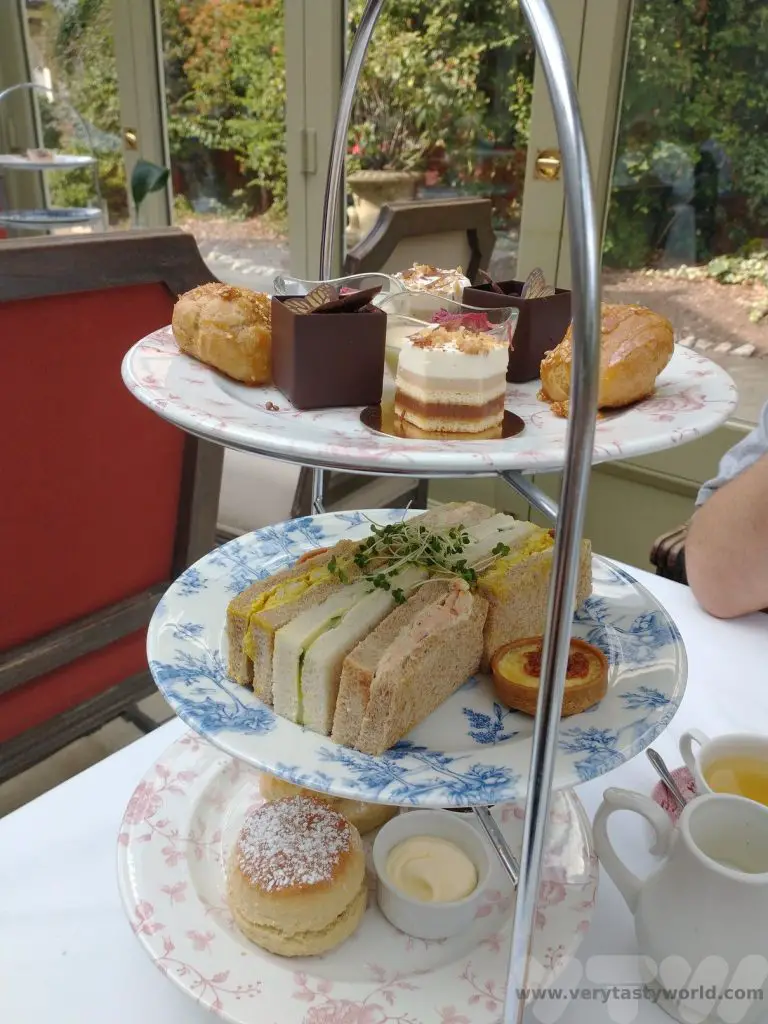
The petit fours are beautifully made.
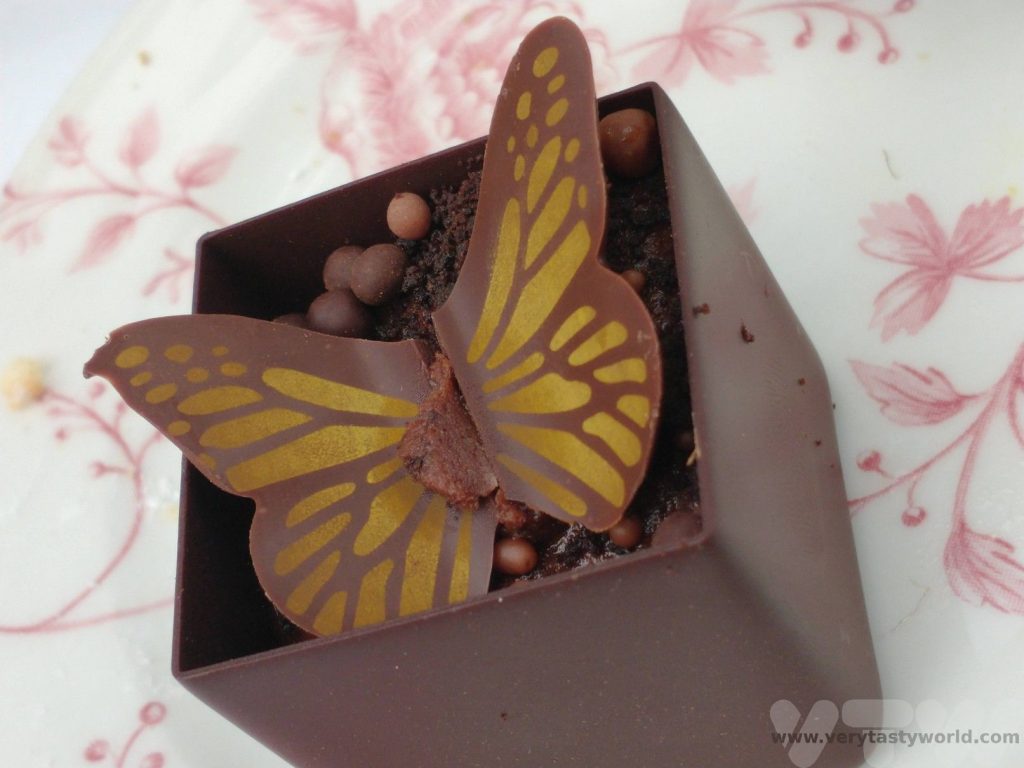
Prices range from £20 to £47 (July 2023) depending on the decadence of your choice of tea and whether you wish to indulge in fizz. The prices also vary depending on whether you are visiting during the week or at the weekend (weekend prices are higher). Afternoon teas at Coombe Abbey are very popular so booking is essential.
Other Things to Do In The Area
The grounds of the country park are delightful for walking in. There are several lakes and an extensive woodland to explore.
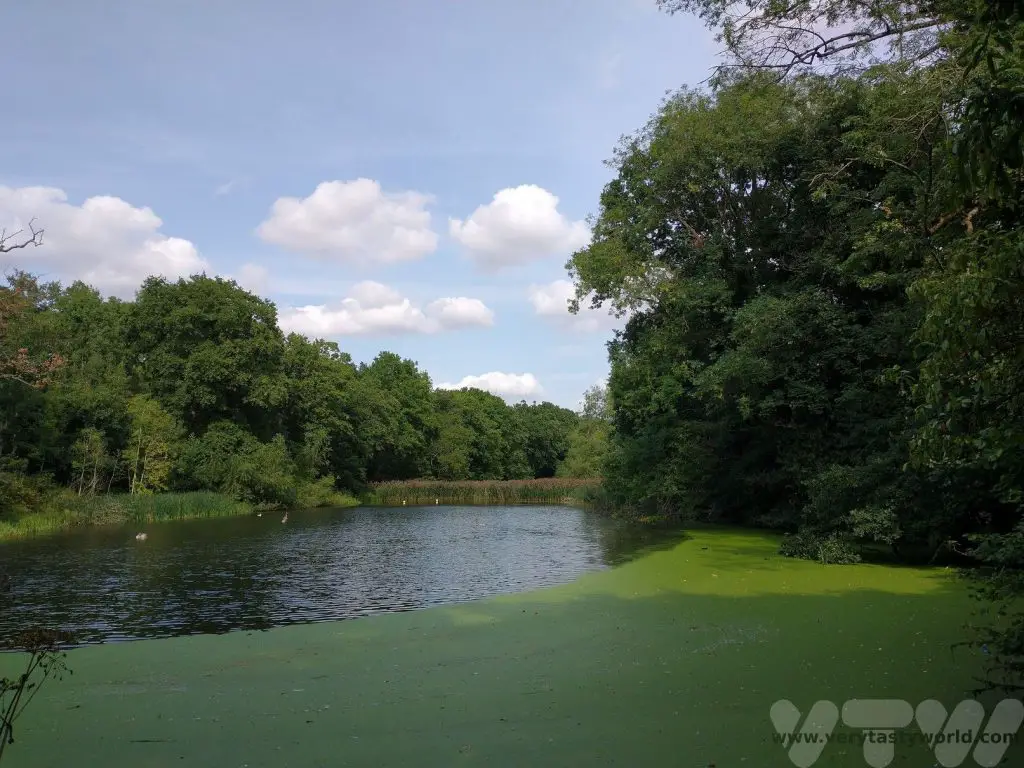
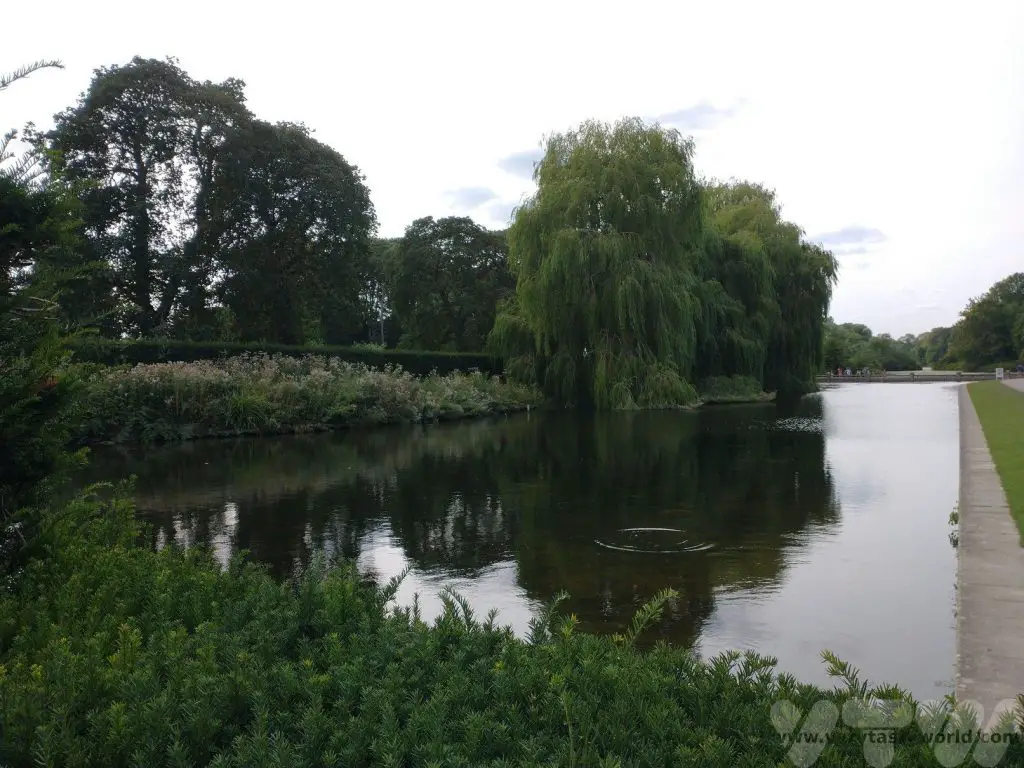
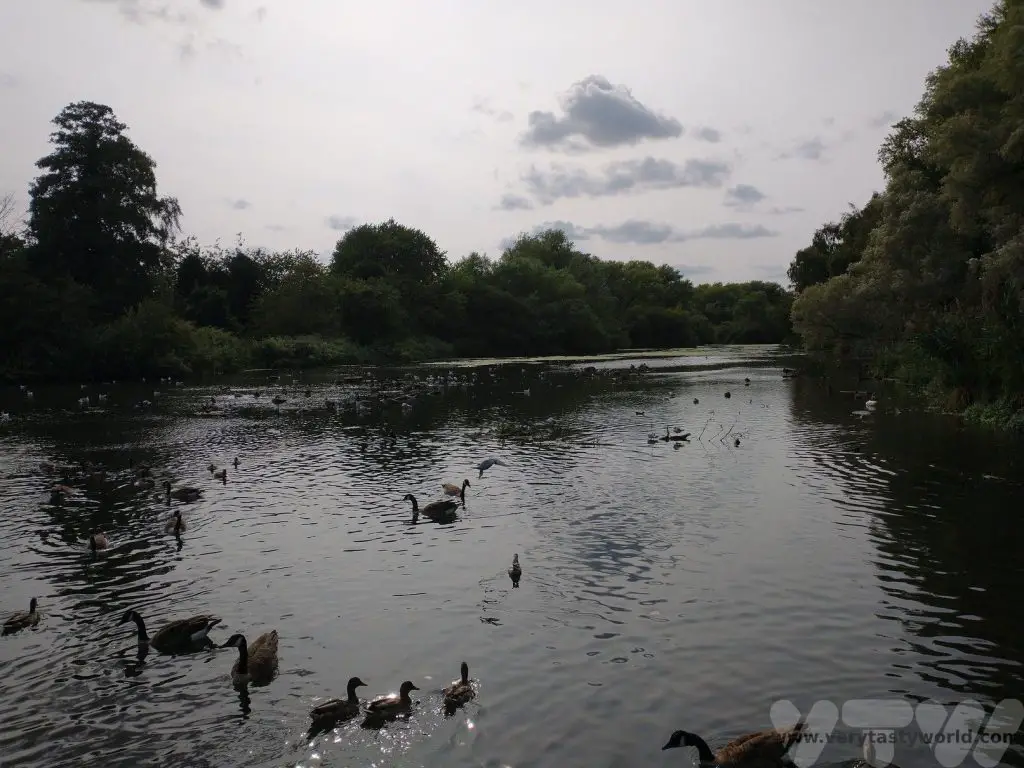
If you are feeling adventurous there is also a Go Ape facility where you can exercise your inner child and go climbing in the treetops and enjoy the exhilaration of zip wires and a tarzan swing! (Probably best to enjoy before taking afternoon tea!)
And if you’re still feeling hungry, Coombe Abbey offers mediaeval banquets in the evenings – great food and entertainment guaranteed.
Afternoon Tea in Coventry – Tales of Tea at St Mary’s Guildhall
Recently refurbished, St Mary’s Guildhall is one of the most important surviving guildhalls in the country, dating back to the 1340s.
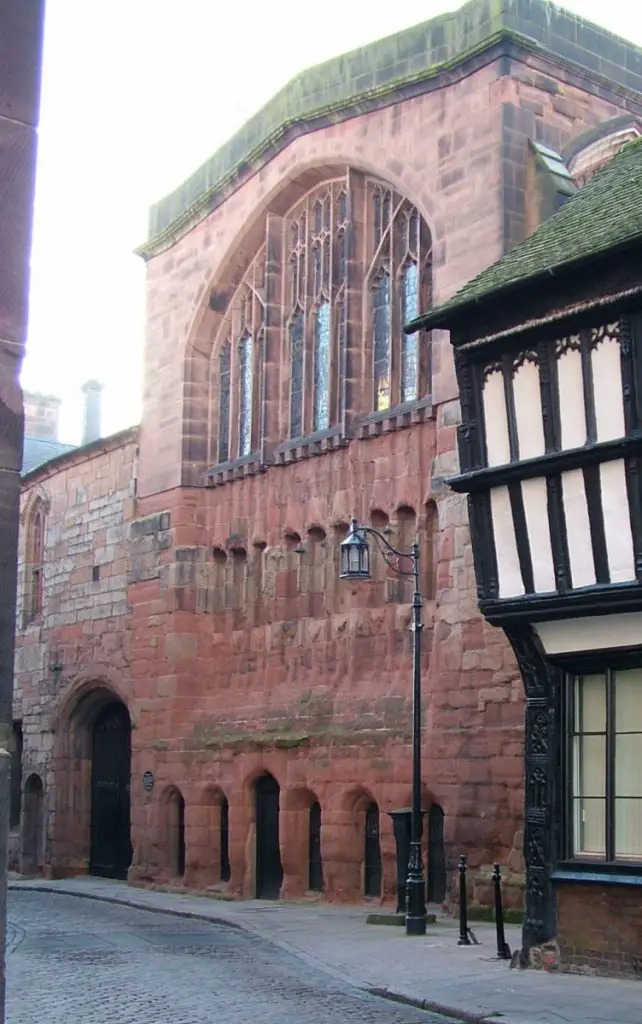
Afternoon tea at Tales of Tea is served daily in St Mary’s undercroft, a delightful and historic setting.

On this occasion we enjoyed a savoury tea. Although afternoon tea is delightful we do sometimes find that by the time you have eaten the scones and the first of the petit fours there is a bit of a sugar overload.
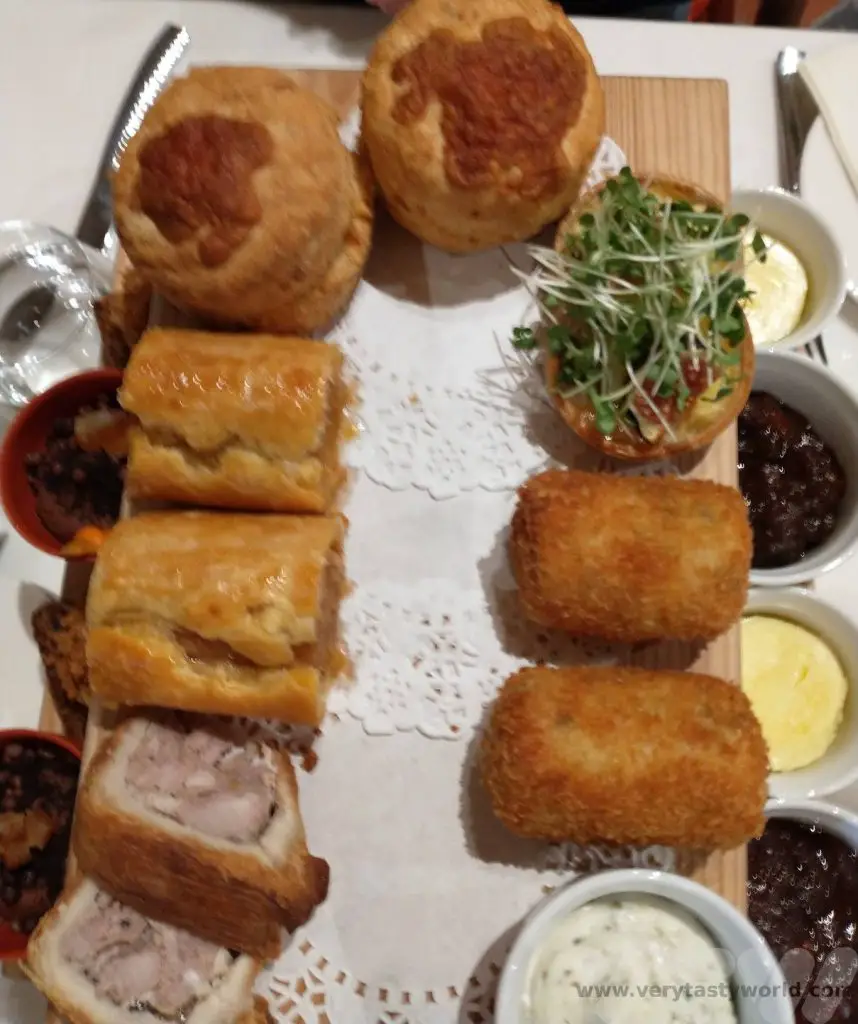
The menu does vary regularly but we enjoyed sausage rolls, pork pies, haddock croquettes, mini quiches and cheese scones amongst other savoury delights
And just a little sweetness with an edible flowerpot filled with mousse and dark chocolate ‘soil’.
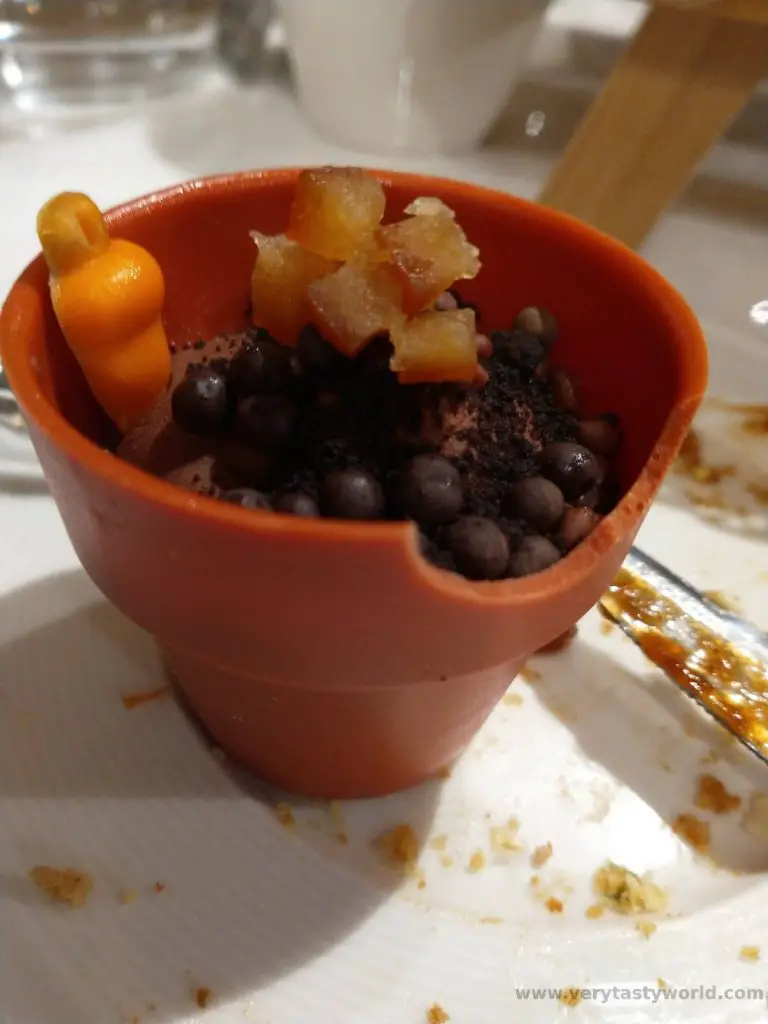
Tales of Tea is very popular so we recommend making a booking. Prices range from £25-£30 depending on whether you want a sweet or savoury tea. (July 2023) The undercroft becomes a fine dining restaurant in the evening.
Other Things to Do In The Area
St Mary’s Guildhall itself is definitely worth visiting so make sure you pop across the atrium from the undercroft.
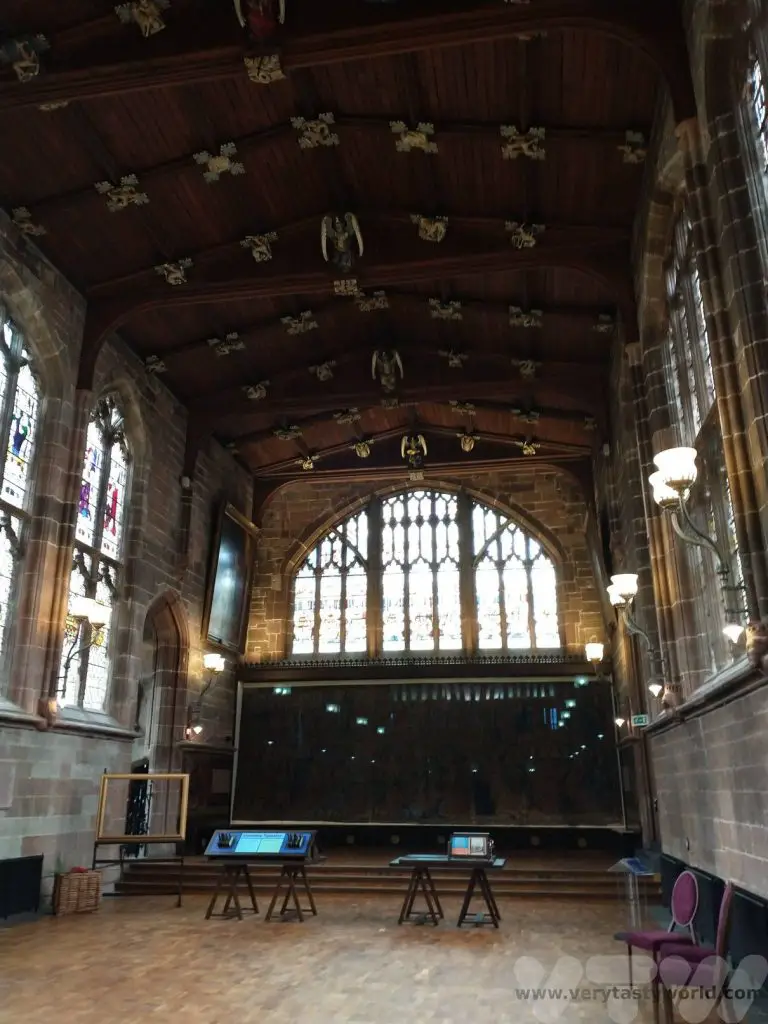
It boasts the England’s oldest mediaeval tapestry, a remarkable work that was woven in its original place – it is over 500 years old.
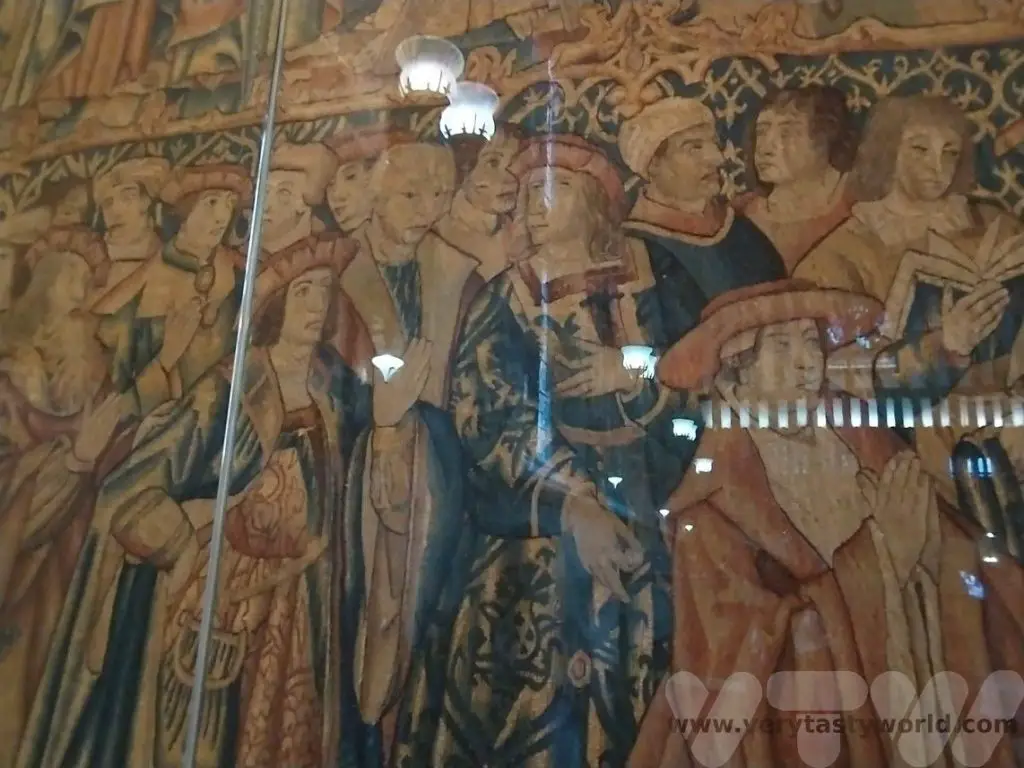
A recent refurbishment has revealed a mediaeval kitchen now restored to its former glory.

The Guildhall is located next to the ruins of Coventry’s cathedral which itself has a fascinating history. St Michael’s cathedral was constructed in the 15th Century but destroyed in 1941 during the Coventry Blitz in World War 2.
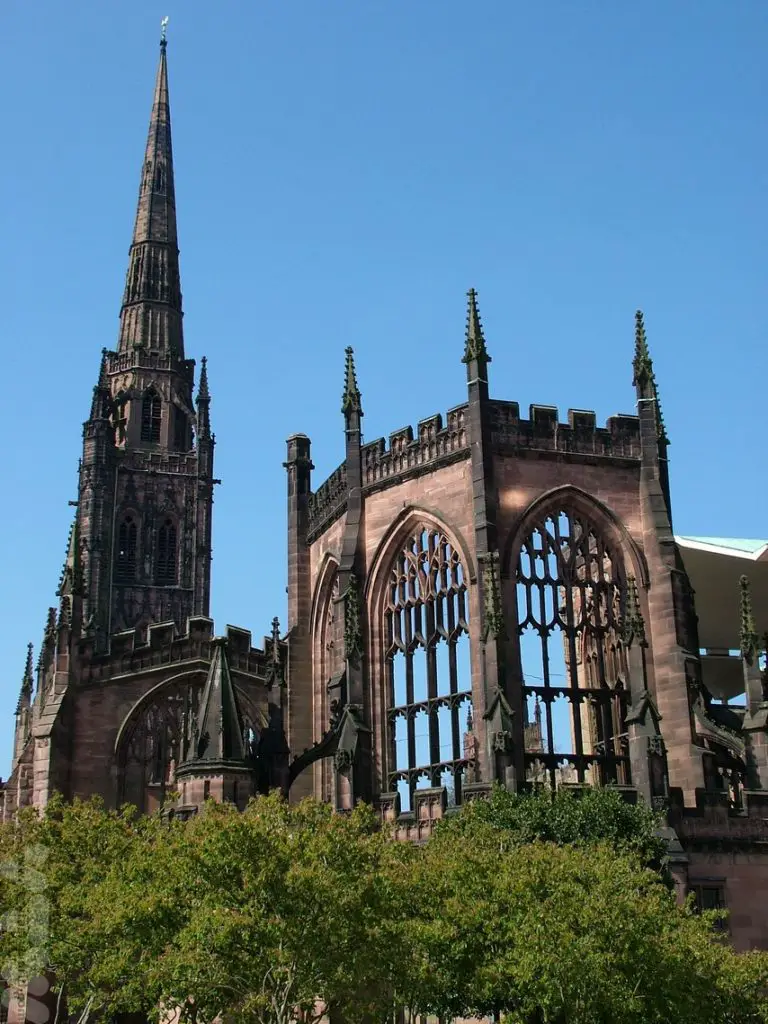
A new cathedral was built alongside the ruins of the old. Both are very much living spaces – both for worship as well as art, music and cultural events that are held throughout the year.
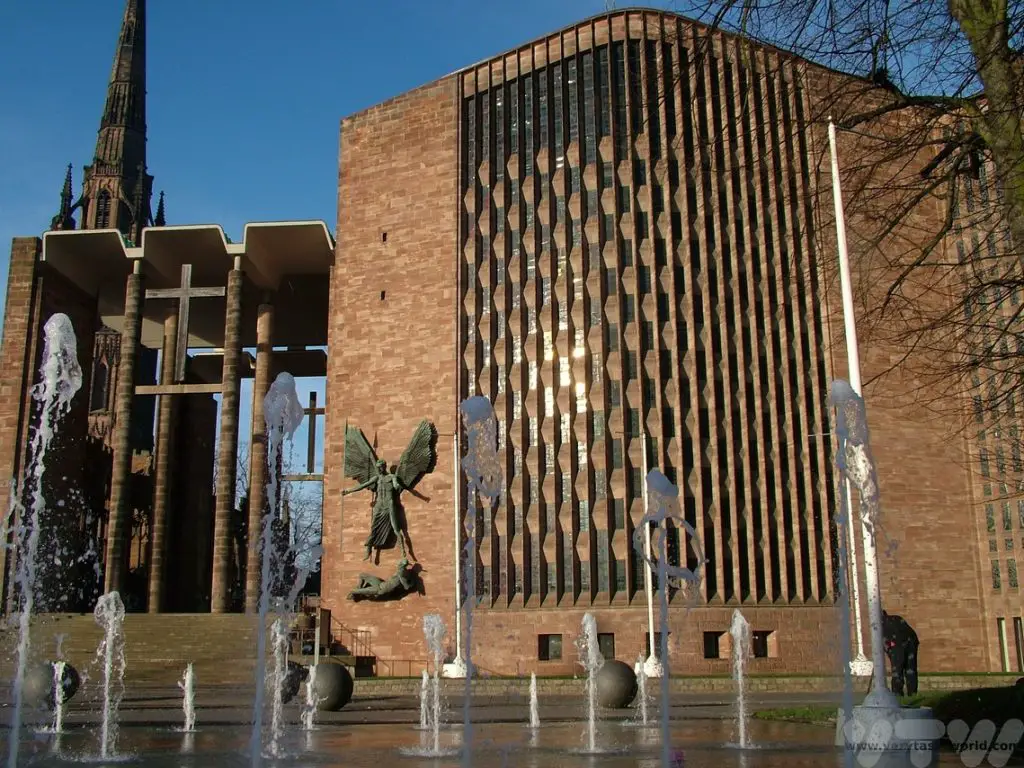
The Herbert Museum and Art Gallery is a 2 minute walk away. It hosts multiple free art exhibitions several times a year and has a permanent exhibition space on the ground floor showcasing Coventry’s history.
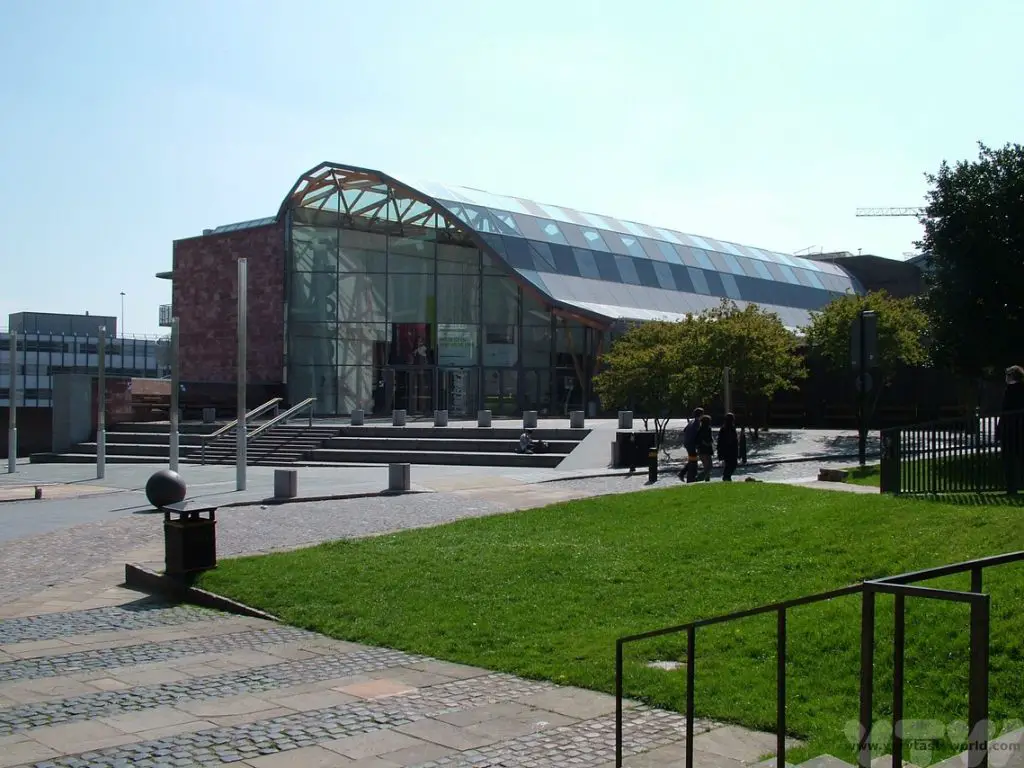
Afternoon Tea in Coventry – Telegraph Hotel
Founded in 1891 as The Midland Daily Telegraph, but with a name change in 1941, The Coventry Evening Telegraph was the city’s first daily newspaper. In times gone by it was a tabloid paper located in a large building in the city centre which housed enormous printing presses. But times have changed and the printing presses are no longer needed, so staff have relocated to the Canal Basin in Coventry. The site was opened up to the public in 2017 and temporarily hosted local art exhibitions.
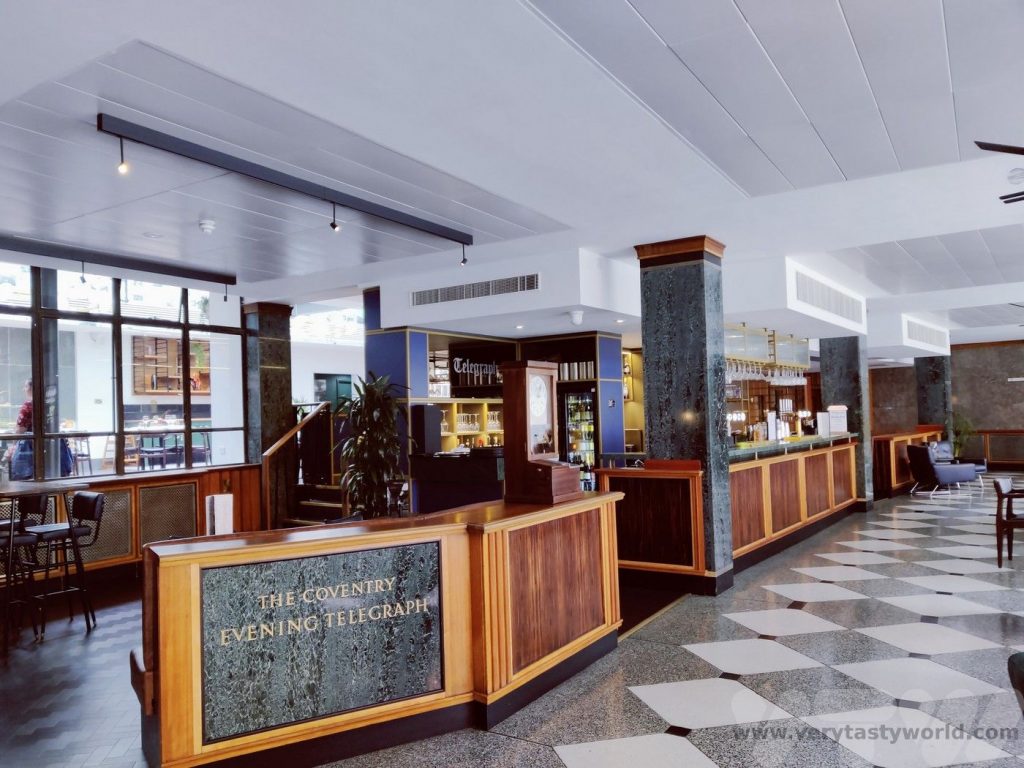
The building has now been converted into a hotel but the decor very much reflects its heritage. Afternoon tea is available. Currently on offer, afternoon tea for two people, with a glass of fizz costs £39.50 (July 2023).
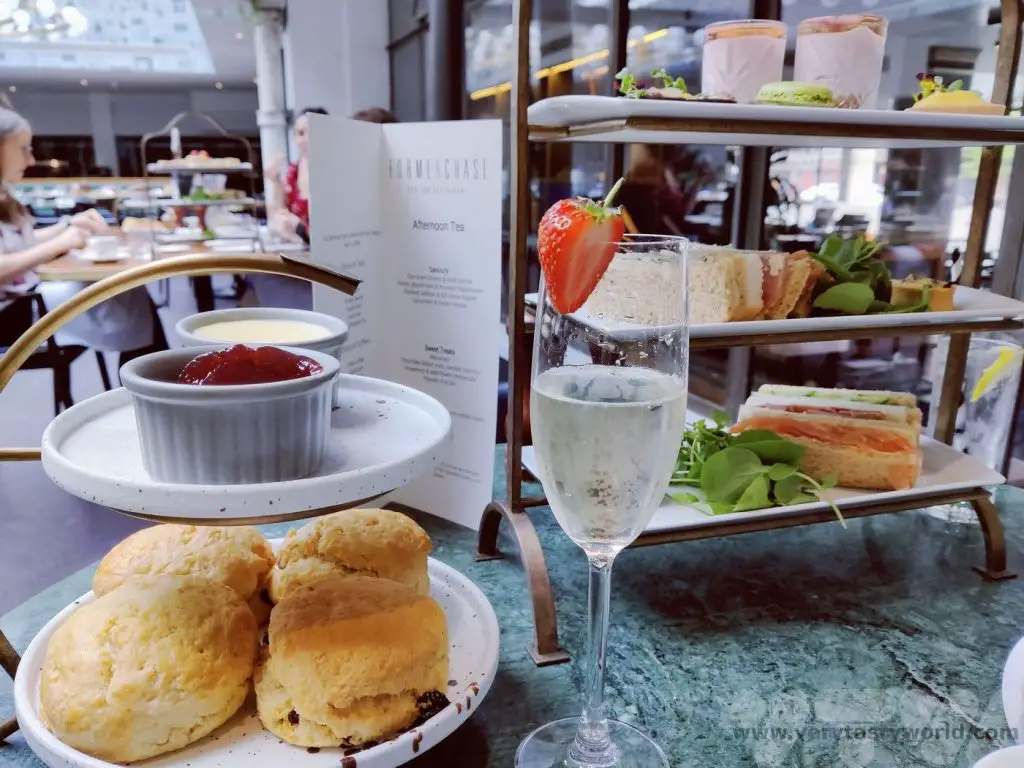
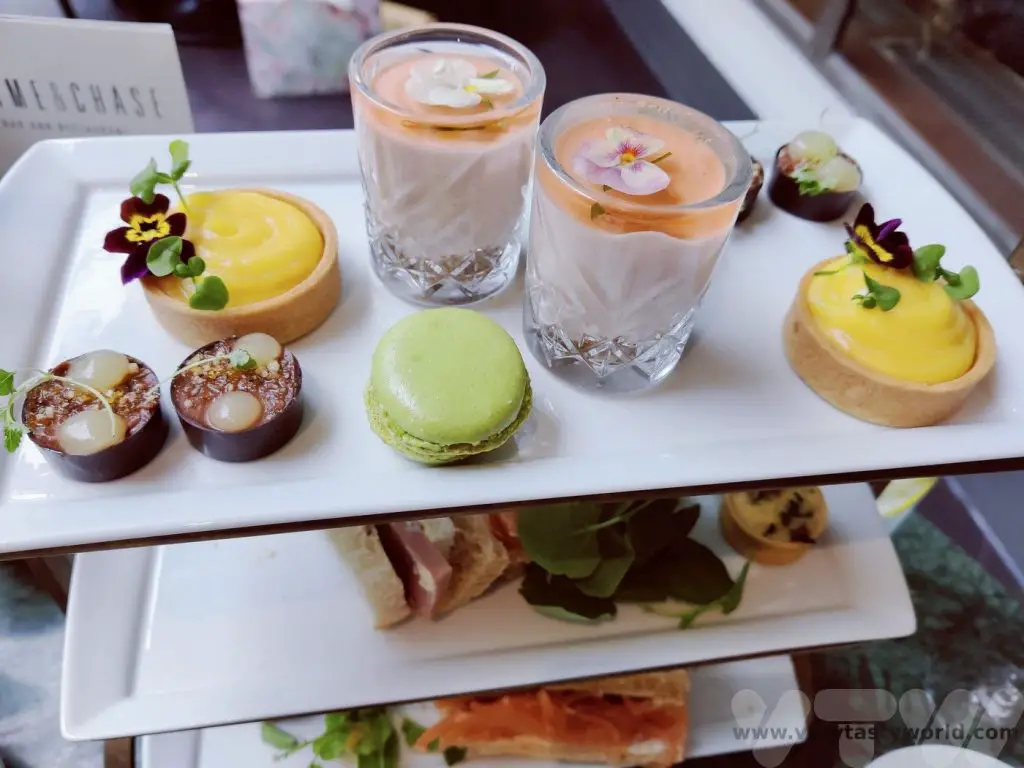
The afternoon tea is more traditional but generous and delicious. The sweet treats included pistachio macarons, chocolate delice with yuzu gel, passion fruit tarts and a strawberry and elderflower cheesecake. The tea was so filling we had to ask for a box to take some scones home with us.
Other Things To Do In The Area
Coventry Transport Museum is around a two minute walk away. It’s a great museum to visit, even if you’re not particularly interested in cars. Coventry was once the city of motor manufacturing and the museum houses a huge number of vehicles from some of the earliest vehicles to land-speed-record breakers.
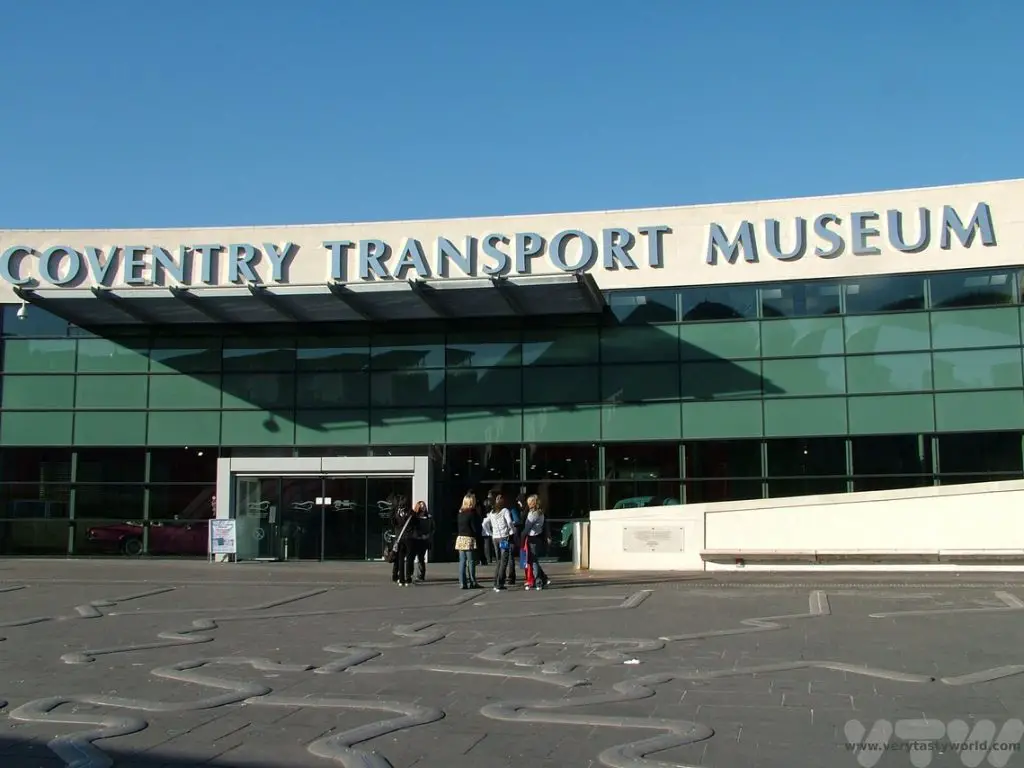
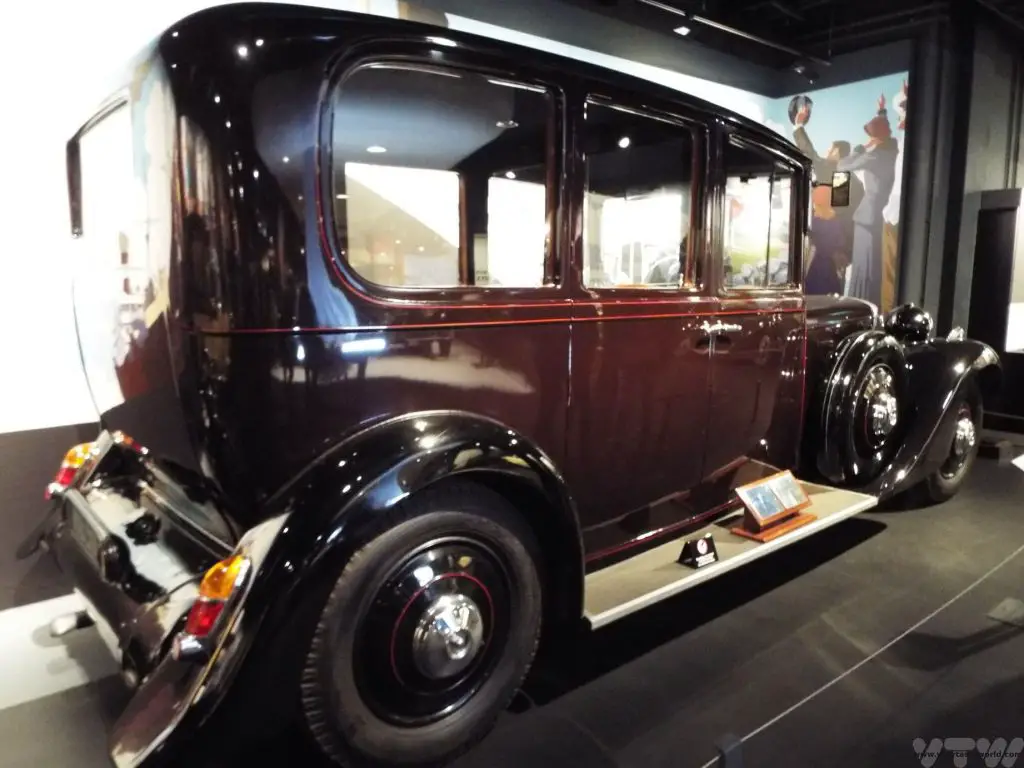
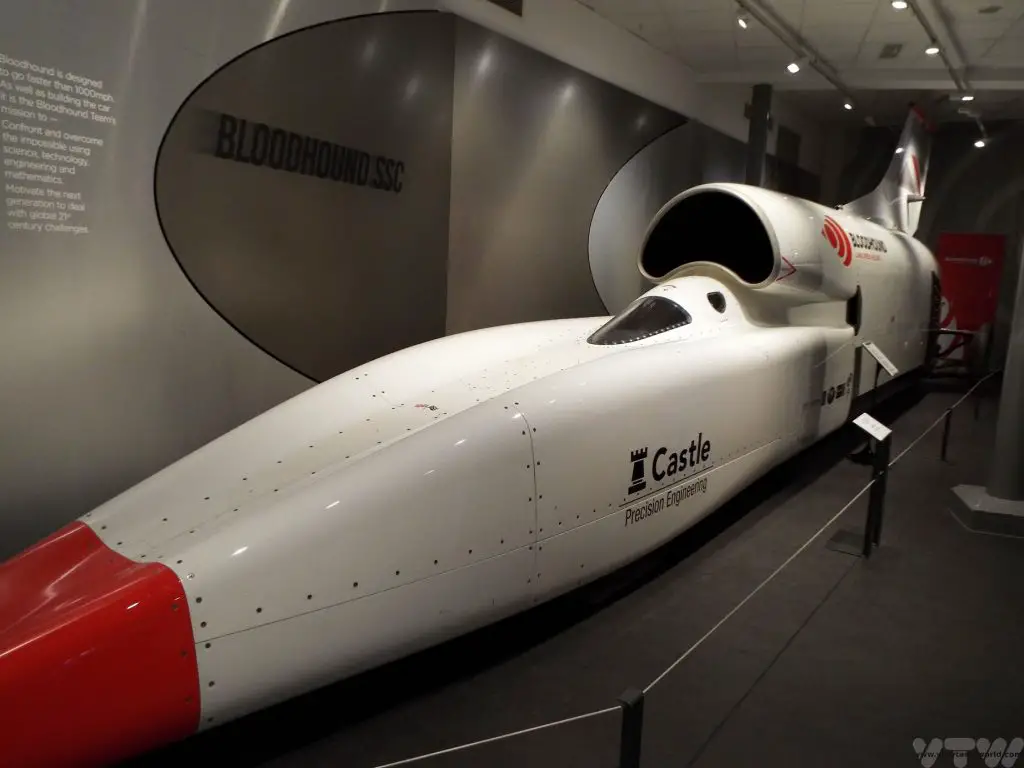
Related Posts You May Enjoy

RECIPE: Vegan Wild Garlic Pesto
Every spring we make the most of foraging for greens in the English countryside. Wild garlic is our absolute favourite and we have a fabulous recipe for wild garlic pesto. But pesto uses cheese! So we also have a recipe for vegan wild garlic pesto.
In the UK you can forage wild garlic for free as long as you just take the leaves, stems and flowers. All these parts are edible. We make it a rule never to take more food than we need as it’s nice to leave some for other people and also ensure that the plant will appear next year. We try to pick one leaf from each stem so as not to disturb the plant too much.
Foraging for Wild Garlic
Wild garlic is pretty easy to recognise and has a very definite garlicky smell. Pick a leaf and crush it in your hand – it has a wonderful scent.
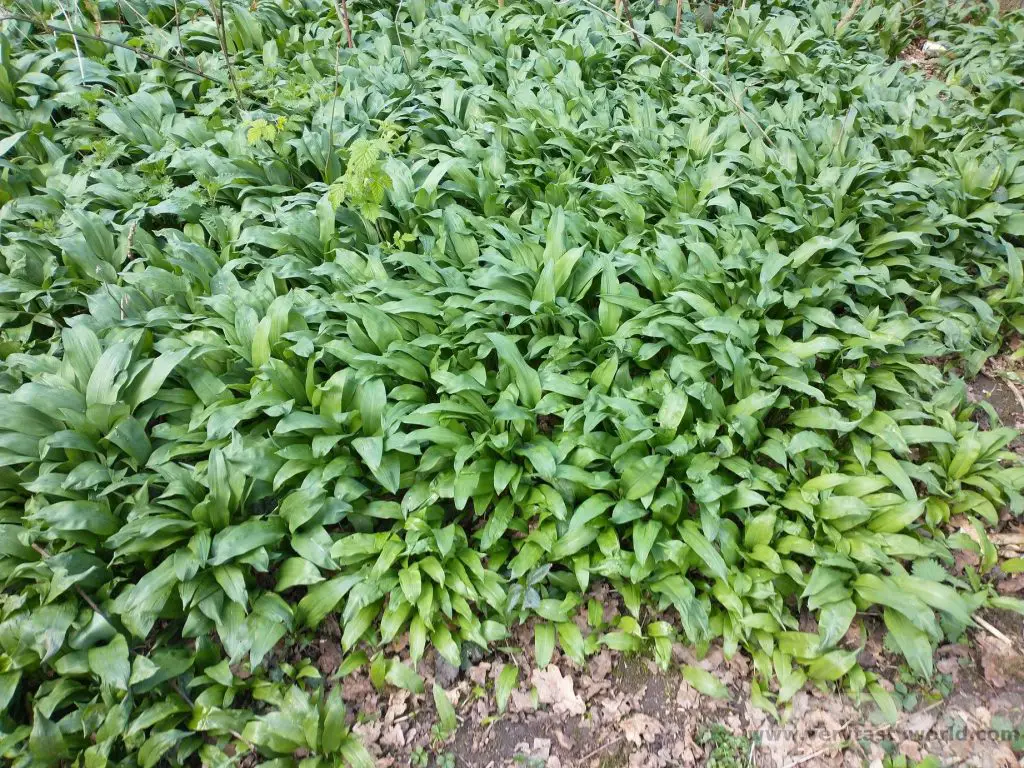
A little later into the season lovely white flowers appear. These have a very mild garlic flavour – we use them to garnish dishes.
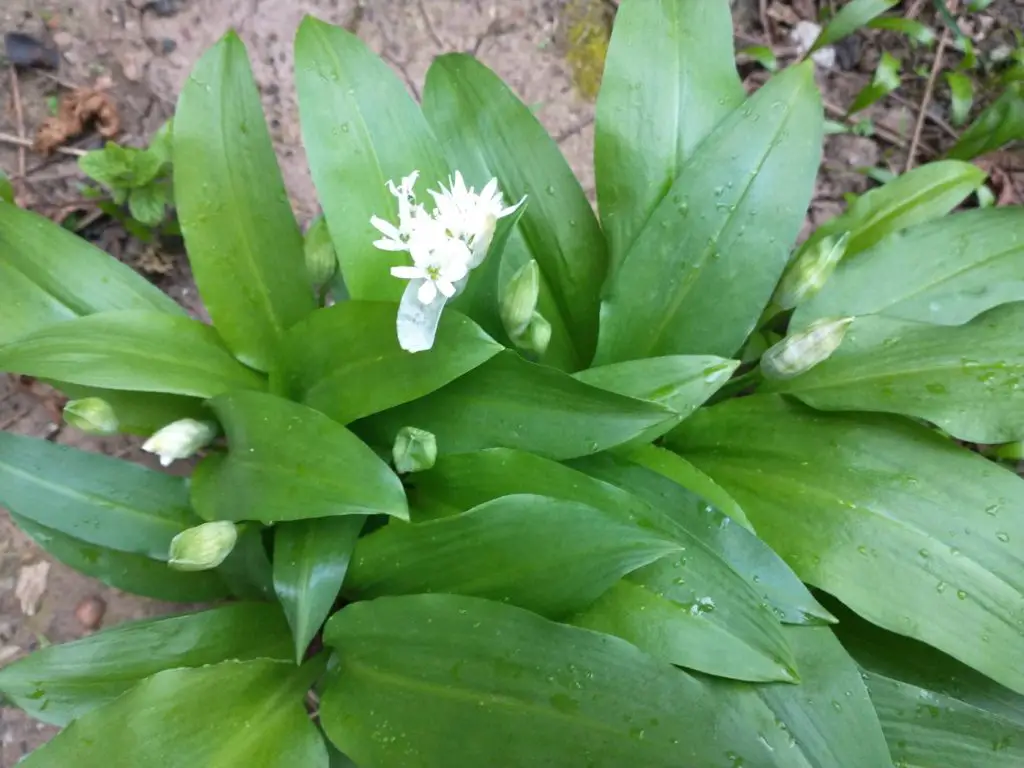
As with any foraging, you have to be 100% certain of what you are picking. Poisonous plants can grow near wild garlic. Arum maculatum, also known as Lords and Ladies, is very toxic. Apparently even putting the leaves into your mouth will result in an immediate burning sensation. It can grows worryingly close to the wild garlic. When it’s more mature it develops shiny arrow-head shaped leaves but when young, looks very similar to wild garlic.
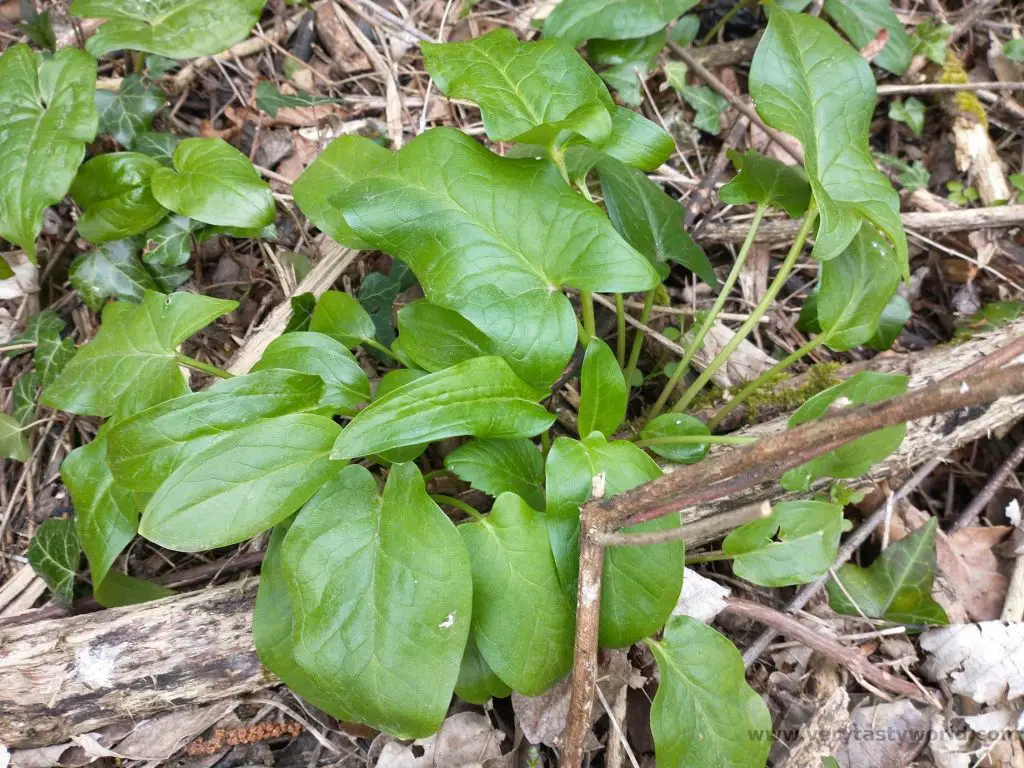

Bluebells, or their white-flowered counterparts, which can also easily be confused with wild garlic’s white flowers, can also grow nearby. Bluebells are extremely pretty but also poisonous.
If you are the slightest bit uncertain, DON’T eat it!
Vegan Wild Garlic Pesto Recipe
Just like our standard recipe our vegan wild garlic pesto isn’t precise. We use cashew nuts but you can also use pine nuts (and weep at the expense) or pistachios. You can use a blender to mix everything together but if you’re feeling hardcore you can use a pestle and mortar.
We use nutritional yeast as a substitute for the cheese. It’s a brilliant product that is really good for you – a great source of protein, fibre, vitamins and minerals. More importantly it has a cheesy flavour, perfect for adding that umami element to the pesto amidst the creamy cashew and heavenly garlicky scent.
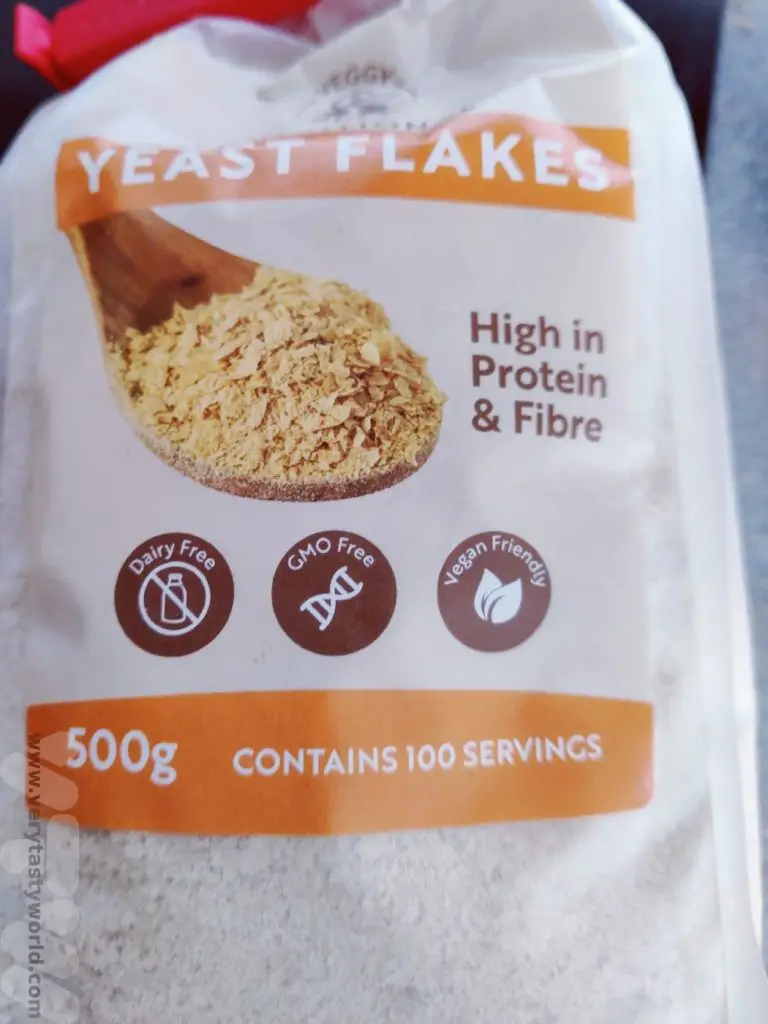
Ingredients
Bunch of wild garlic leaves (around 150g)
Handful of cashew nuts (around 150g)
Generous sprinkle of nutritional yeast flakes (we recommend couple of tablespoons if you’re measuring)
Slosh of extra virgin olive oil
Squeeze of lemon
Pinch of salt
Method
Roughly chop the wild garlic leaves and place into a blender. Throw in the nuts and nutritional yeast flakes. We recommend adding the leaves first – to the bottom of the blender – so that the weight of the nuts helps with the grinding process.
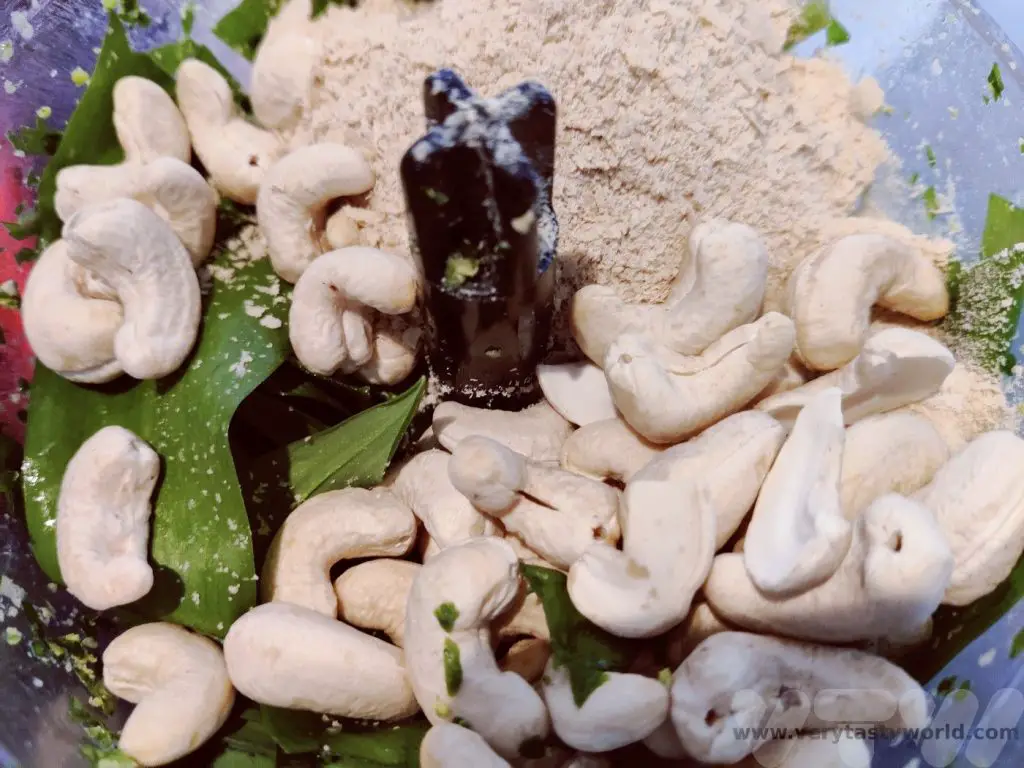
To take advantage of the season we make industrial quantities and freeze it, so we can enjoy the scented flavour of spring throughout the year. We don’t add the oil, lemon and salt before seasoning but stir it in after it has defrosted.
Blend together until you get the texture you like – smooth or nutty – both work well.
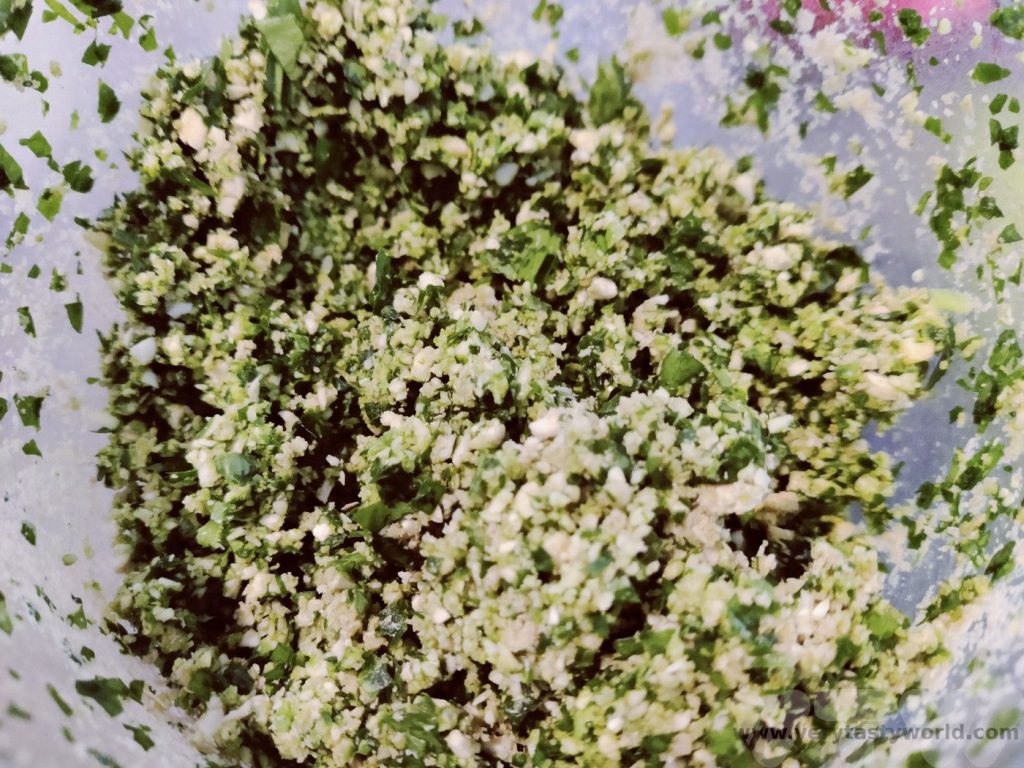
If you want to freeze the pesto, decant it into containers and put it into the freezer. It will freeze well and will last many months.
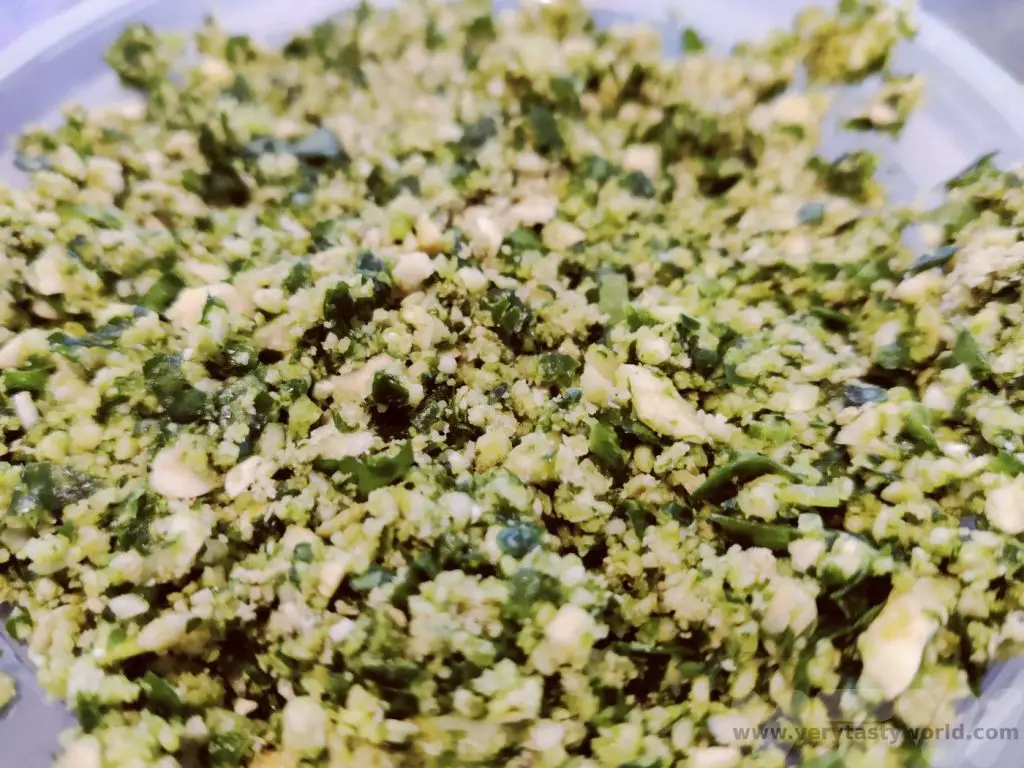
If you want to eat the pesto straight away (or store it in the fridge for a couple of days) add the oil, lemon juice and salt.
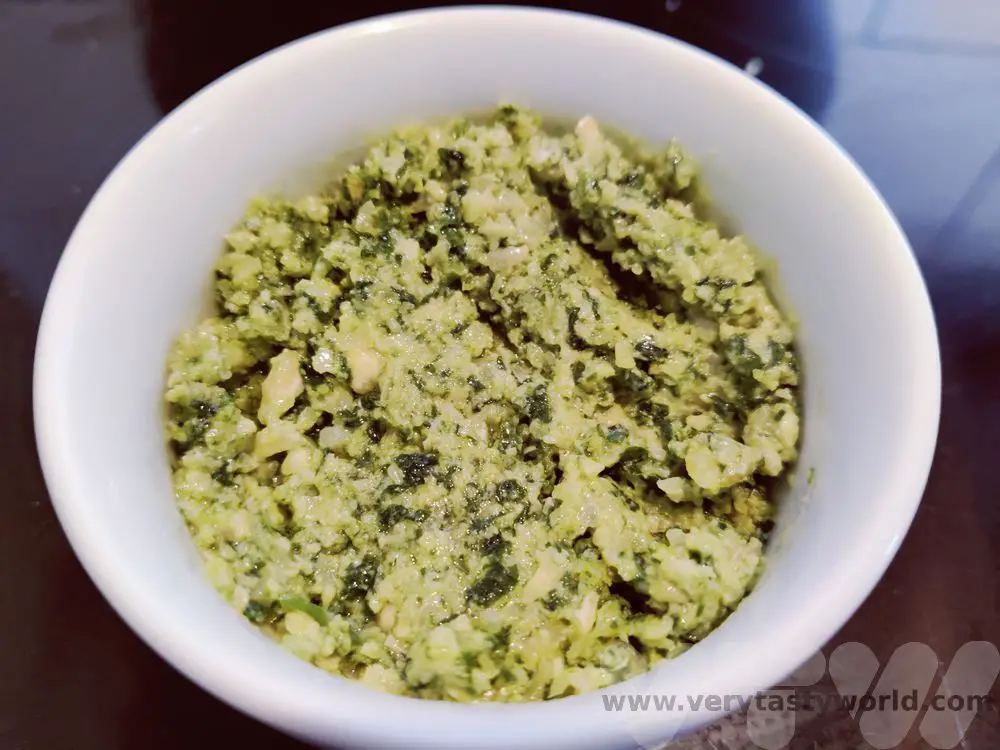
The great thing about this recipe is that is so easily adaptable – you can mix and match ingredients. It’s the underlying gentle garlicky flavour that the wild garlic leaves produce that make this such a brilliant pesto. We’ll be foraging and freezing for as long as the season lasts.
Related Posts You May Enjoy

- RECIPE Oyakodon Donburi
- Zero Waste Recipes Before Your Holiday
- RECIPE: Vegetable Biryani Tamil Nadu Style
- RECIPE: Vegan Wild Garlic Pesto
- Recipe: Venetian Pasta Sauce
- RECIPE: Biryani Raita Recipe
- RECIPE: How to Make Costa Rica’s Gallo Pinto
- Recipe: Japanese Simmered Pork Belly – Buta no Kakuni
- RECIPE: How to Make Umeboshi
Recipe: Venetian Pasta Sauce
When we visited Venice we were surprised to learn that the cuisine wasn’t all pasta pasta pasta – rice dishes such as risotto are more typical of the region. And of course there is lots of seafood on offer.
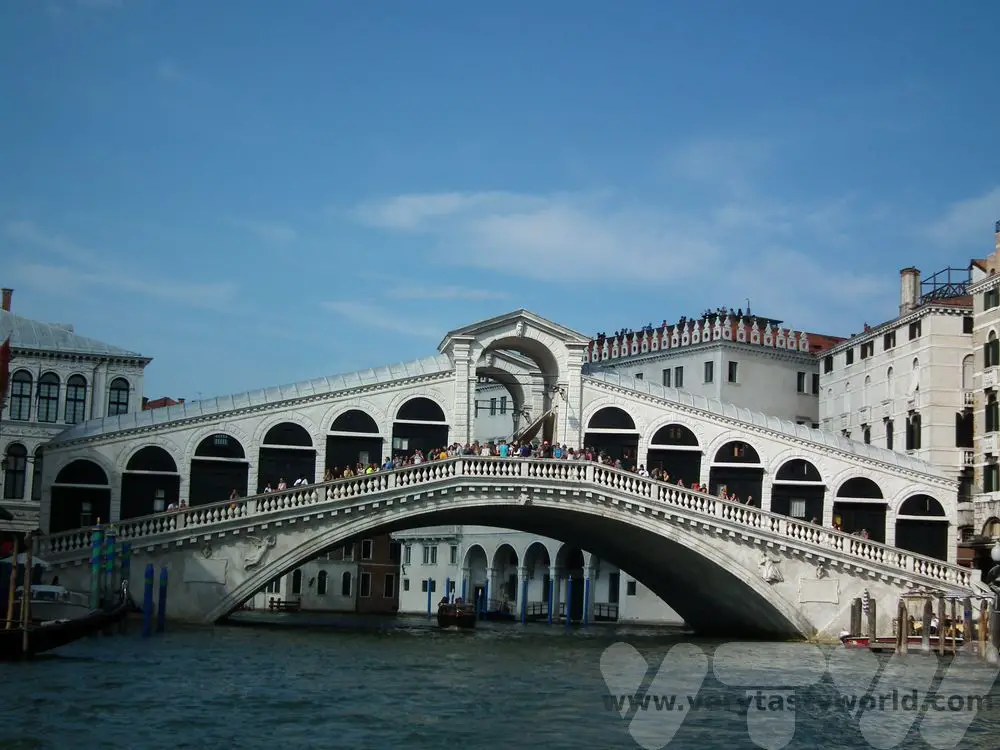
When we explored the Rialto market we fell for the touristy foodie goodies – from different types of pasta to various herb and spice mix condiments. All wrapped up very prettily and ideal as a souvenir.
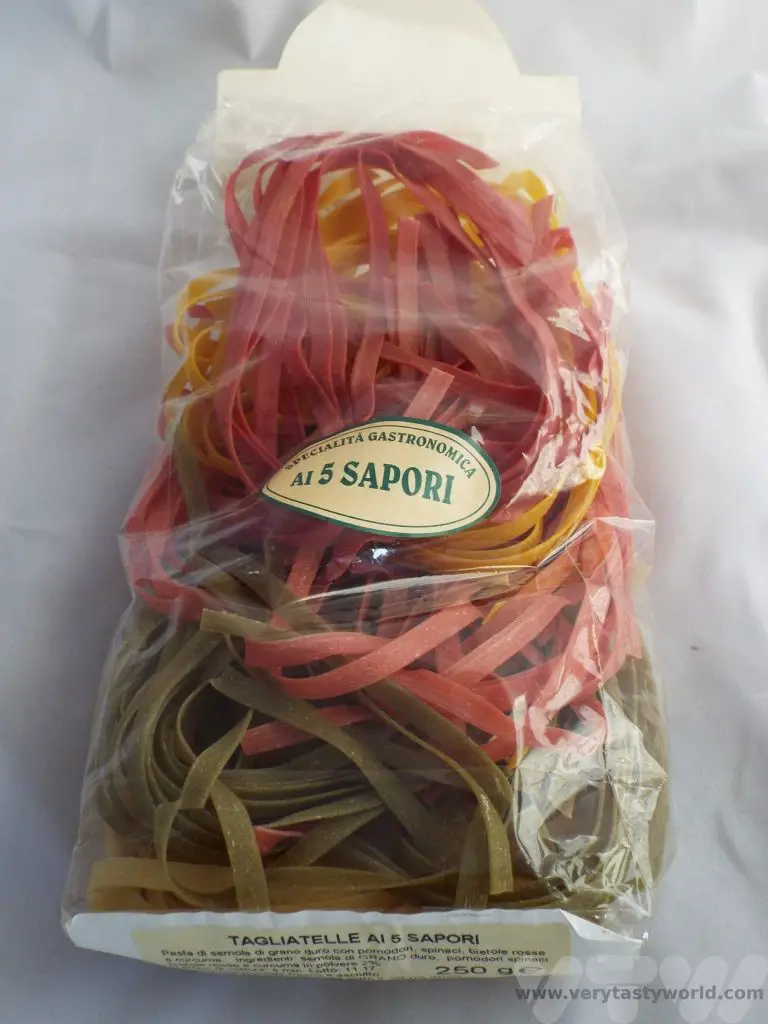
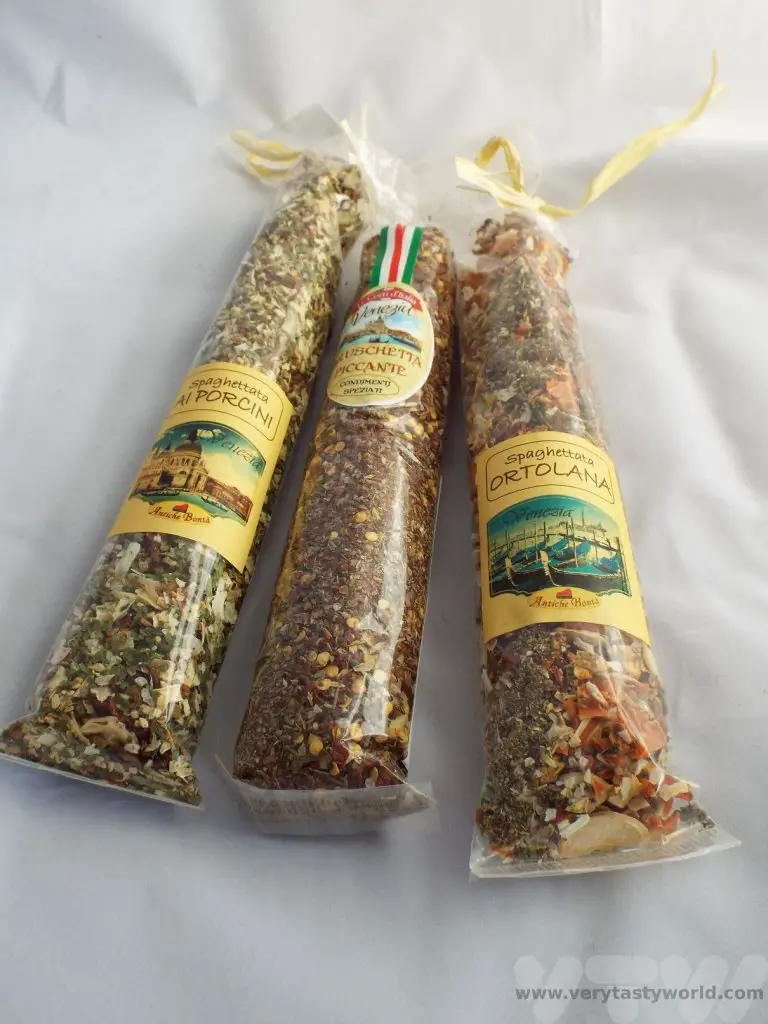
We wanted to try to make a sauce that was typically Venetian and came across salsa with bigoli.
This Venetian sauce is brilliant because it has a minimal number of ingredients, is really simple to cook, but packs a real punch in terms of flavour. The predominant flavours are sweet – from the onions which have a natural sweetness (any acrid onion flavour gets cooked away) – as well as salt and umami from the fish. It’s a fantastic combination.
Tinned fish is really popular these days and this recipe is great for using cheap ingredients – just onion and a couple of tins of fish. However, it does require quite a long cooking time, which uses energy, so we recommend making it in bulk and then freezing the leftovers. Then you can always have some to hand – just defrost and reheat.
Traditionally this sauce is served with bigoli, the pasta of choice in Venice. It’s like a big spaghetti, long and with a rough texture to soak up the sauce. We find it quite difficult to get bigoli in the UK, so spaghetti or tagliatelle work well as substitutes.
How to Make Venetian Pasta Sauce
Serves 4 people (or 2 and you can freeze any leftovers). Or double up and make a large quantity to freeze.
Ingredients
2 large onions
1 tin of anchovies in oil
1 tin of sardines in oil
Water
Black pepper to taste and green herb such as parsley to garnish
Pasta of your choice to serve it with (bigoli is traditional)
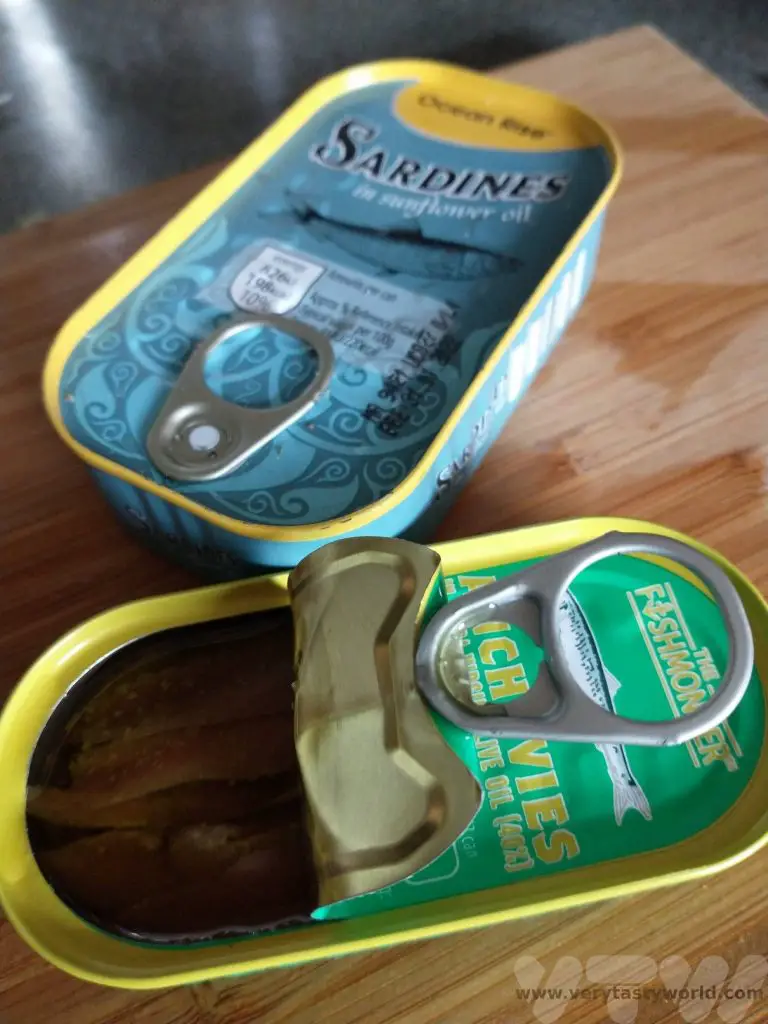
Method
Chop the onions very finely. When you think you’ve chopped them finely enough, chop them some more. The aim is to cook them to a mush.
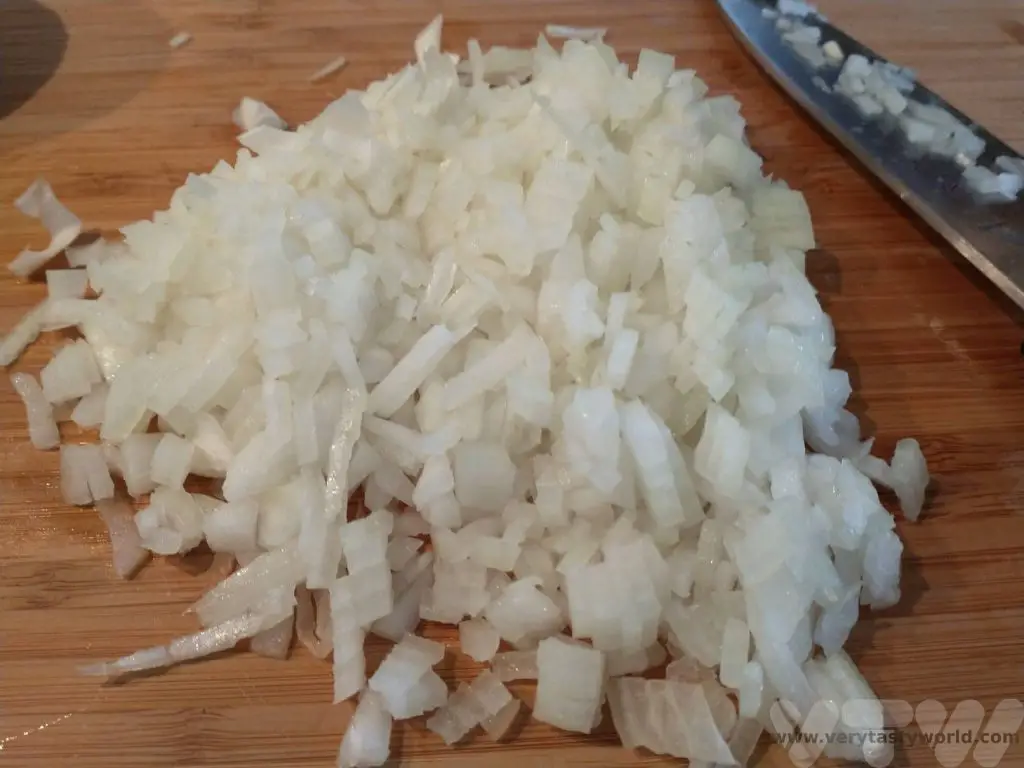
Put the very finely chopped onions into a pan and add water – just to the level of the onions. Use a low heat to cook them. Keep an eye on the water and top up a little if it evaporates.
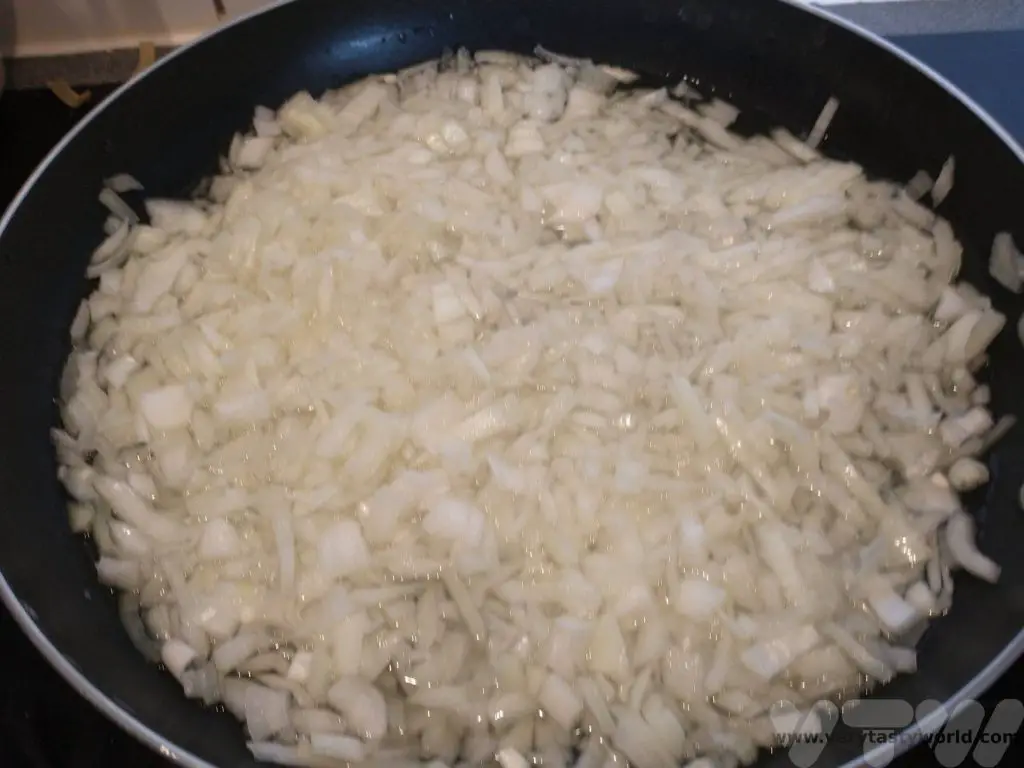
After around 35-45 minutes the onions should be nicely mushy. If there is still water in the pan, turn up the heat briefly to let it evaporate off. Otherwise use a potato masher or a wooden spoon to mash them if needed.

Open the sardine and anchovy tins and chop the fish finely. Retain any oil that’s in the tin.
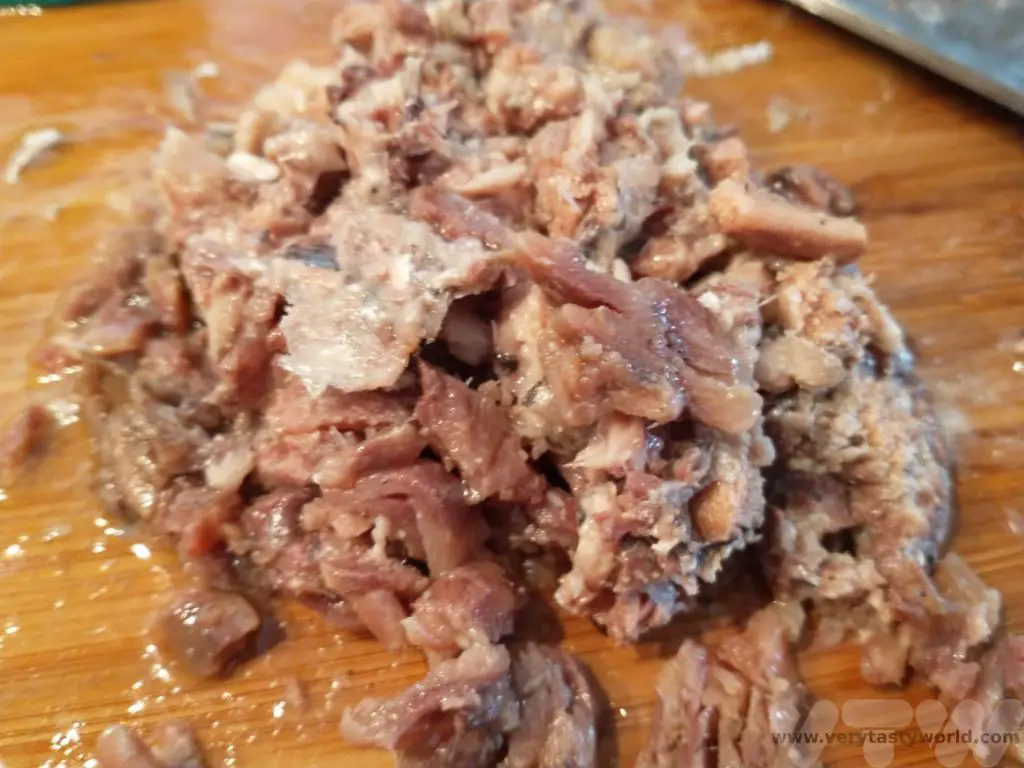
Add the chopped fish to the onions and stir. Let them dissolve into the mixture.
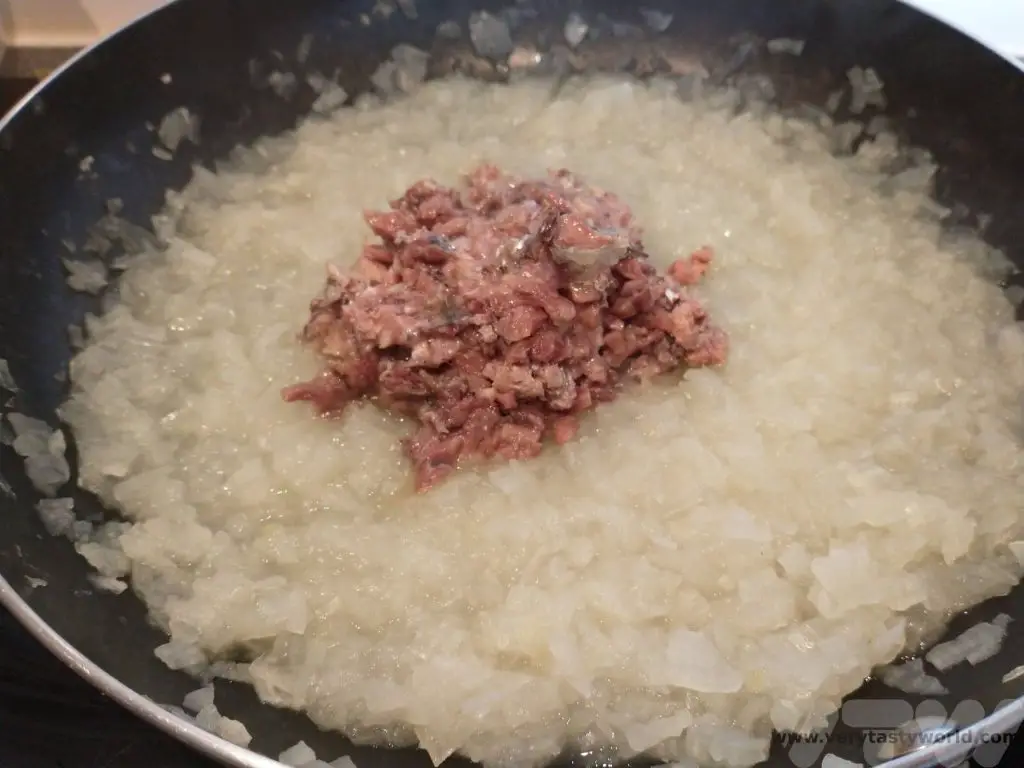
That’s it. The sauce is ready. Keep it warm on a low heat while you cook your pasta.
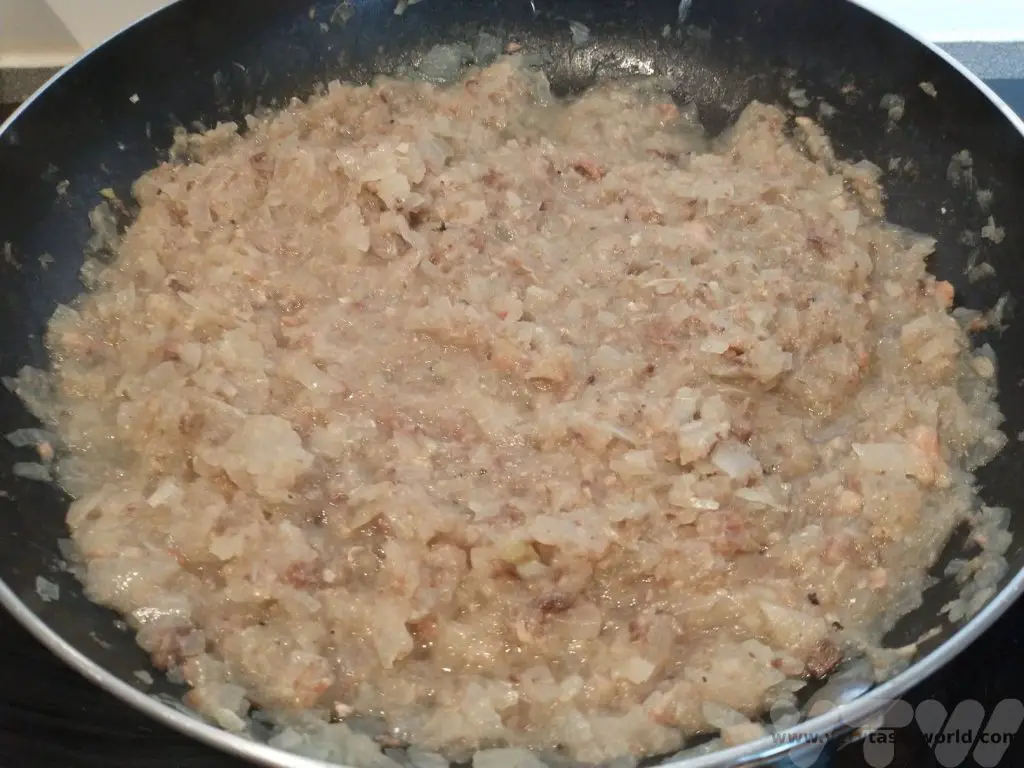
We didn’t have any bigoli on hand but we did have some tagliatelle, bought in Venice as a souvenir, in the colours of the Italian flag, which we felt was an appropriate pasta to use.
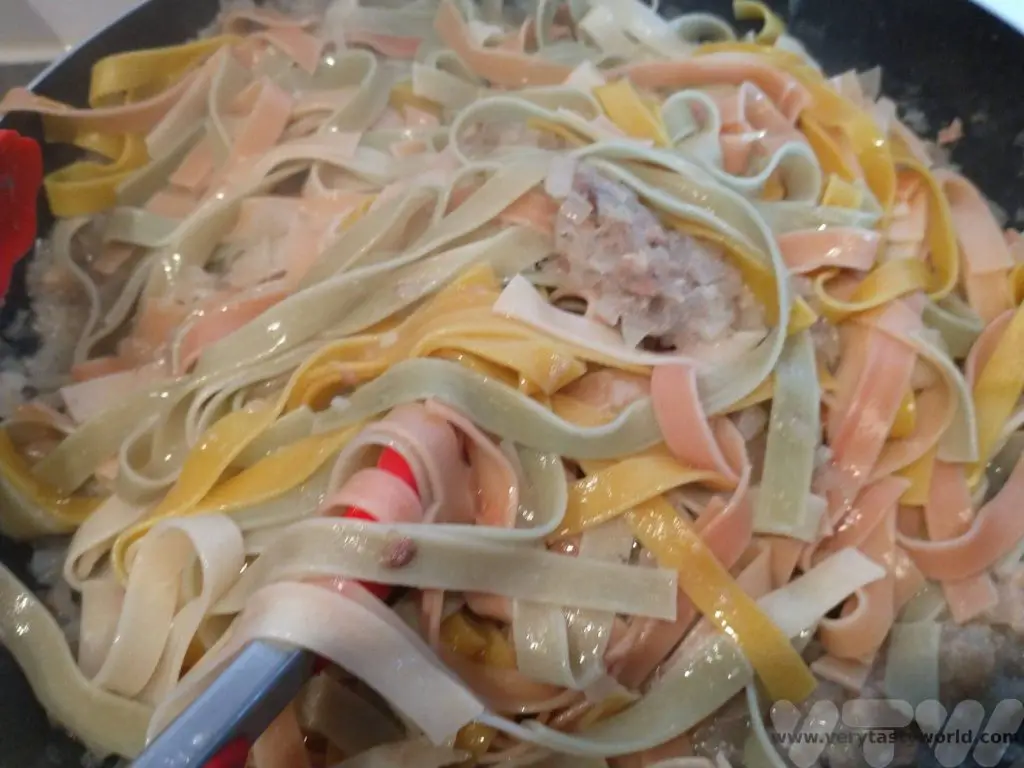
Cook the pasta. When we cooked the pasta we didn’t add salt to the water because the anchovies are pretty salty, but season to your taste if needed.
Add the pasta to the sauce and mix. We seasoned with freshly milled black pepper and our garnish was some foraged garlic mustard leaves but a green herb like parsley will be fine as well.
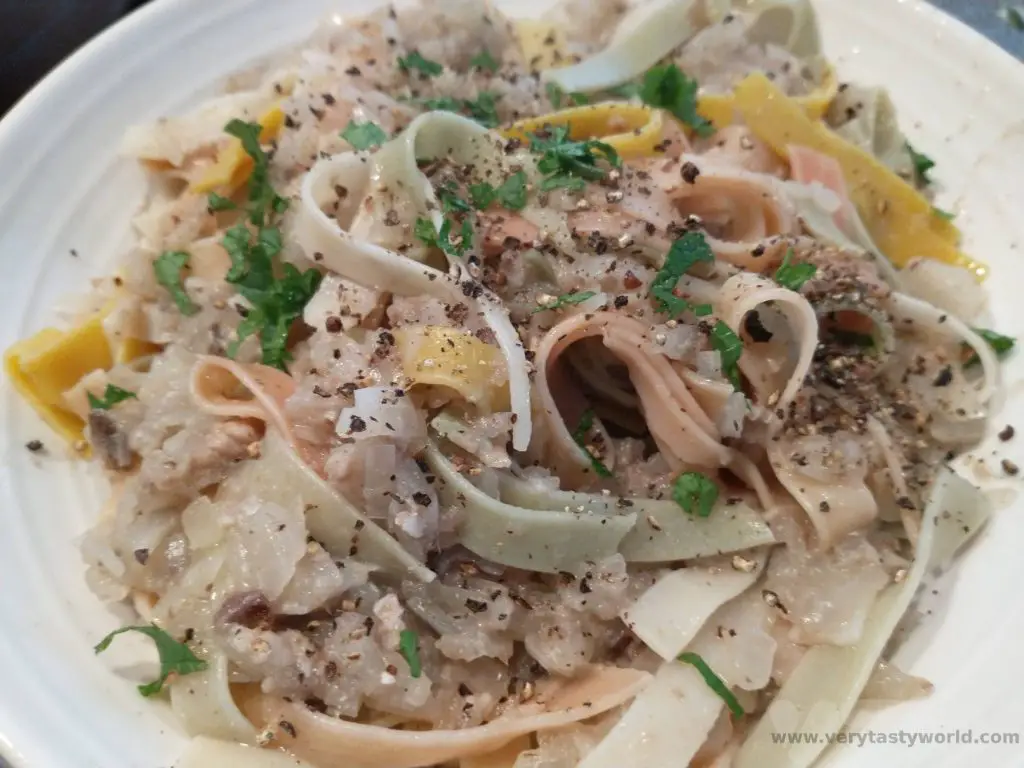

- RECIPE Oyakodon Donburi
- Zero Waste Recipes Before Your Holiday
- RECIPE: Vegetable Biryani Tamil Nadu Style
- RECIPE: Vegan Wild Garlic Pesto
- Recipe: Venetian Pasta Sauce
- RECIPE: Biryani Raita Recipe
- RECIPE: How to Make Costa Rica’s Gallo Pinto
- Recipe: Japanese Simmered Pork Belly – Buta no Kakuni
- RECIPE: How to Make Umeboshi
A Northern Ireland Road Trip
Northern Ireland is blessed with vibrant cities, beautiful countryside and a stunning coastline. We visited this lovely country as part of a road trip around much of the island of Ireland. We flew into Belfast airport and hired a car which gave us maximum flexibility to explore. Here’s a Northern Ireland road trip itinerary for spending two to three days in this lovely country. It can be extended or compressed, depending on how much time you have and how long you wish to spend at some of the attractions.
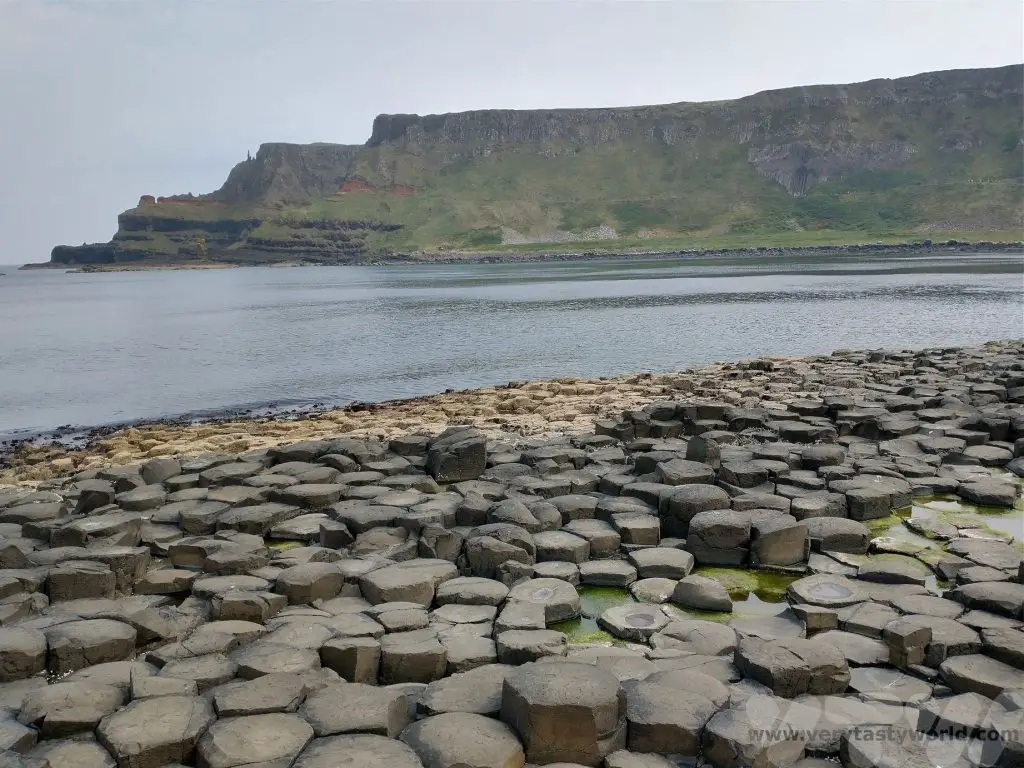
Belfast
Belfast is the capital city of Northern Ireland and is probably one of the liveliest places we’ve visited. The city’s name derives from Béal Feirste which means ‘mouth of the sandbar’. Although there have been settlements in the area since Neolithic times, Belfast town was established in the 17th century by Sir Arthur Chichester. It grew rapidly over the years as a trading centre and industrial hub. Most of Ireland seceded from British rule in 1921 to form the Irish Free State but six counties in the north of the island remained part of the UK and Belfast become the capital city of these.
Arriving in Belfast
We flew into Belfast airport, picked up our car and drove the short journey into the city. We arrived at at 4 pm on a Saturday evening, and the place was already throbbing – bars were full, and everyone was dressed up and ready to go out. A walk through the city was interspersed by raucous mobile bars filled by revellers and fuelled by boozy pedal power.
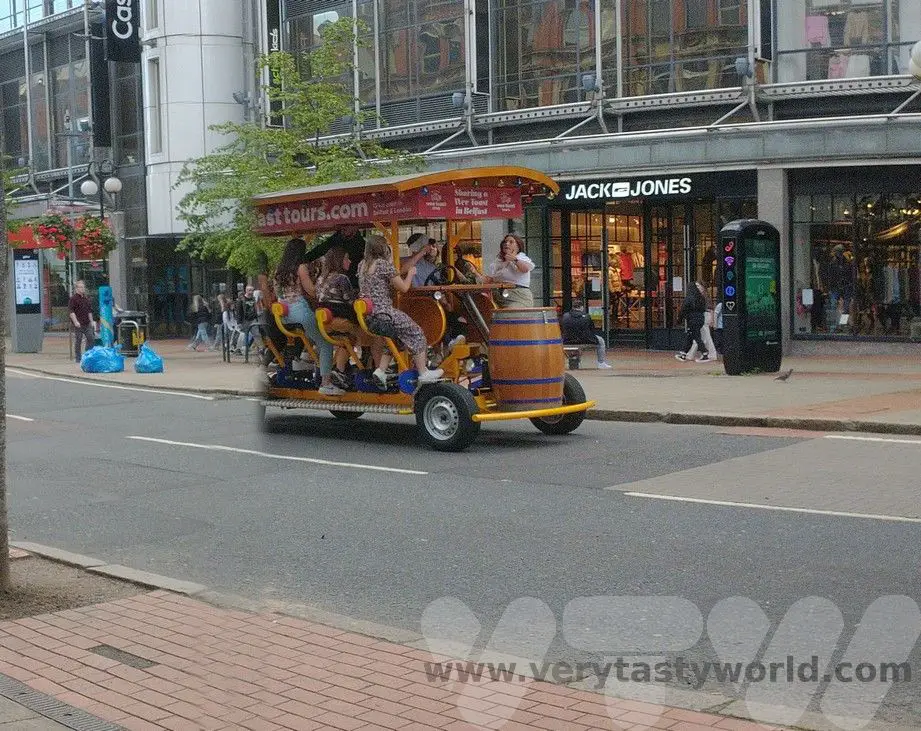
The following day we spent some time in the city. Belfast is a great place to explore on foot and has a number of impressive buildings:
The City Hall in Donegall Square council building is the civic building of Belfast City Council.
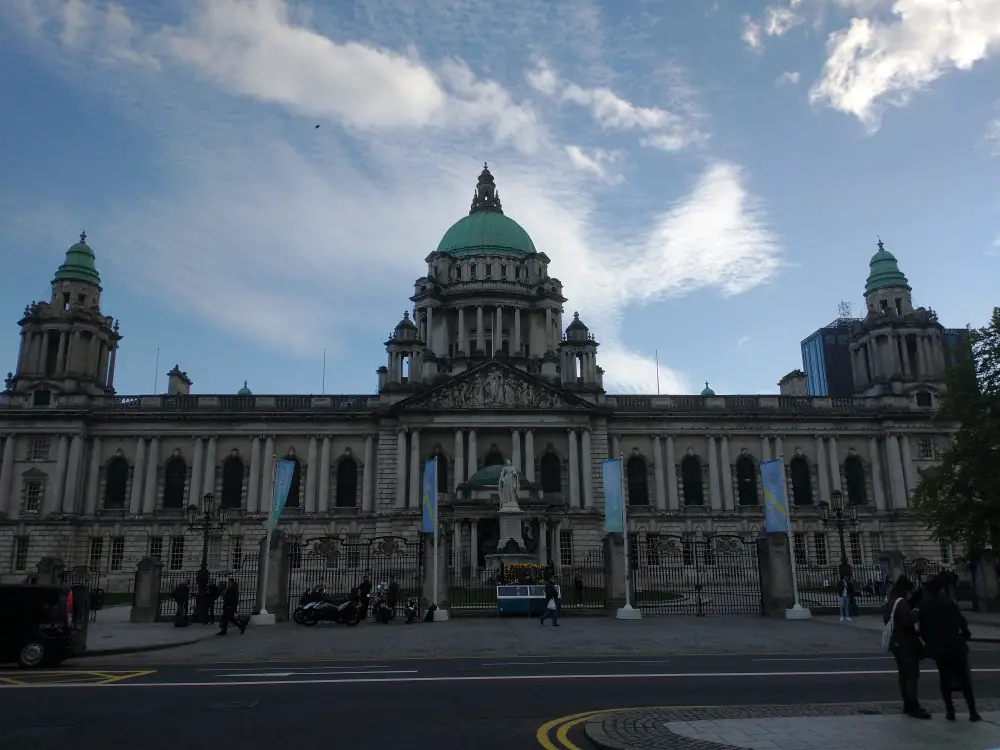
Belfast Cathedral, the Cathedral Church of St Anne, dates from 1899. In the background of the picture below you can see a very thin spire. It’s so slim it looks like a spike. It’s called the Spire of Hope and was designed to be extremely lightweight because the cathedral is suffering from subsidence into the silty mud it was built upon. Hence, with no chance of it having a full spire or bell tower, this elegant, svelte and minimalist spire was installed in 2007.
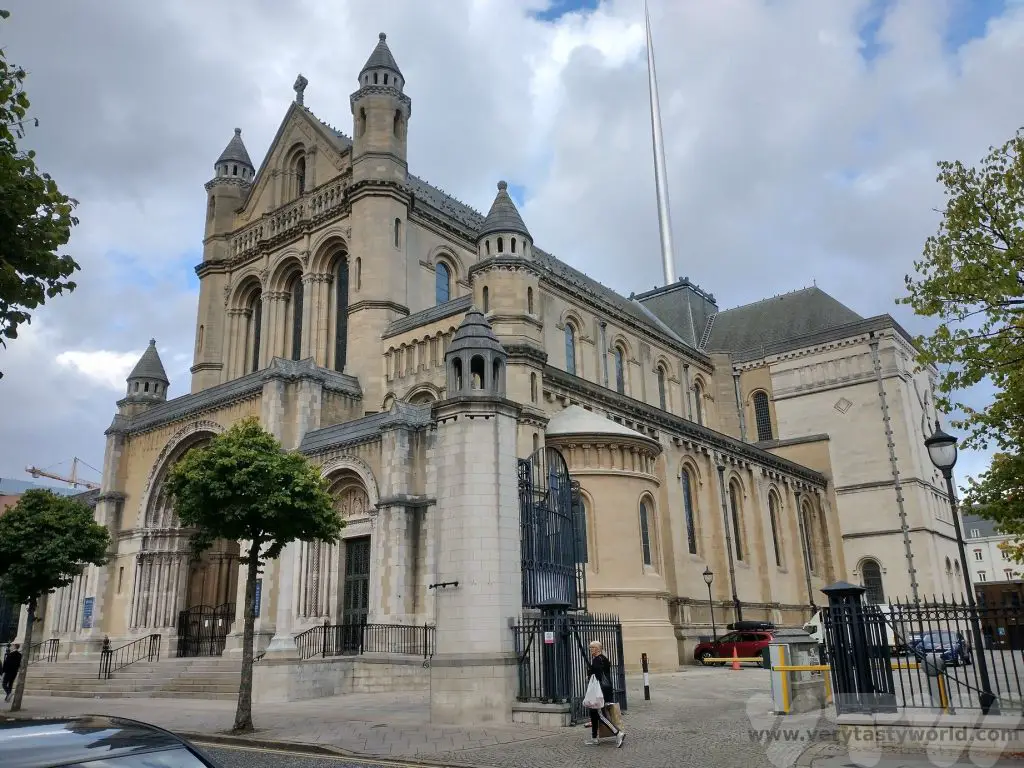
The Albert Memorial Clock Tower was built in 1869. It was designed by WJ Barre who won a competition to design a memorial to Queen Victoria’s late husband, Albert the prince consort.
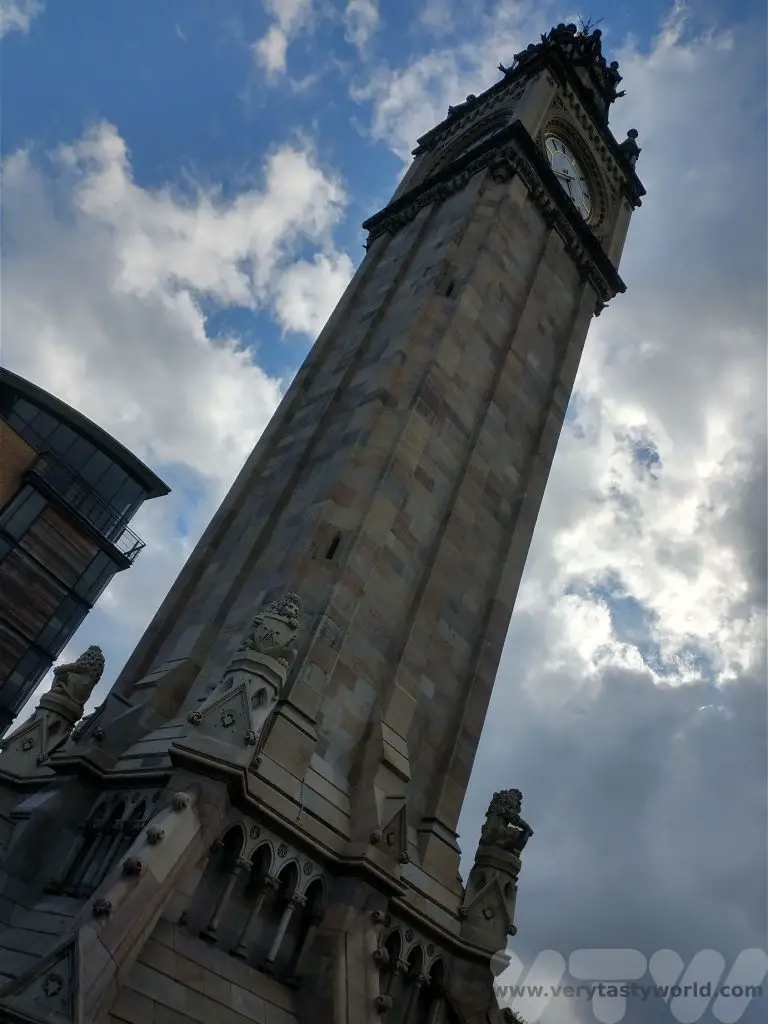
Belfast also has an impressive street art scene.
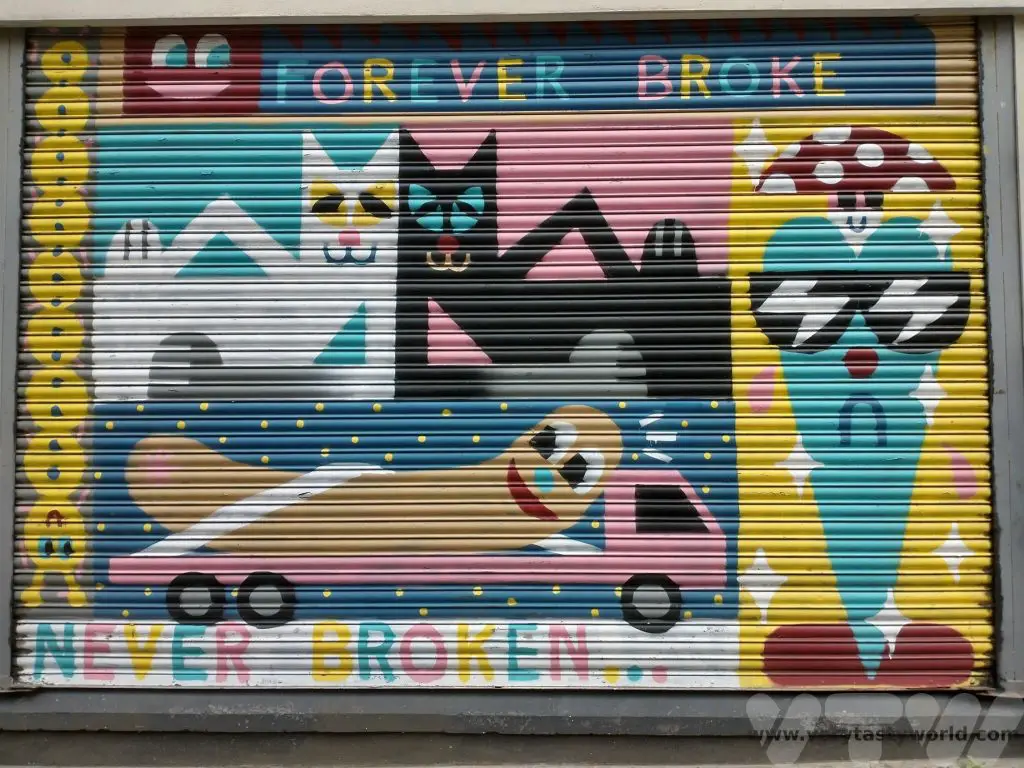
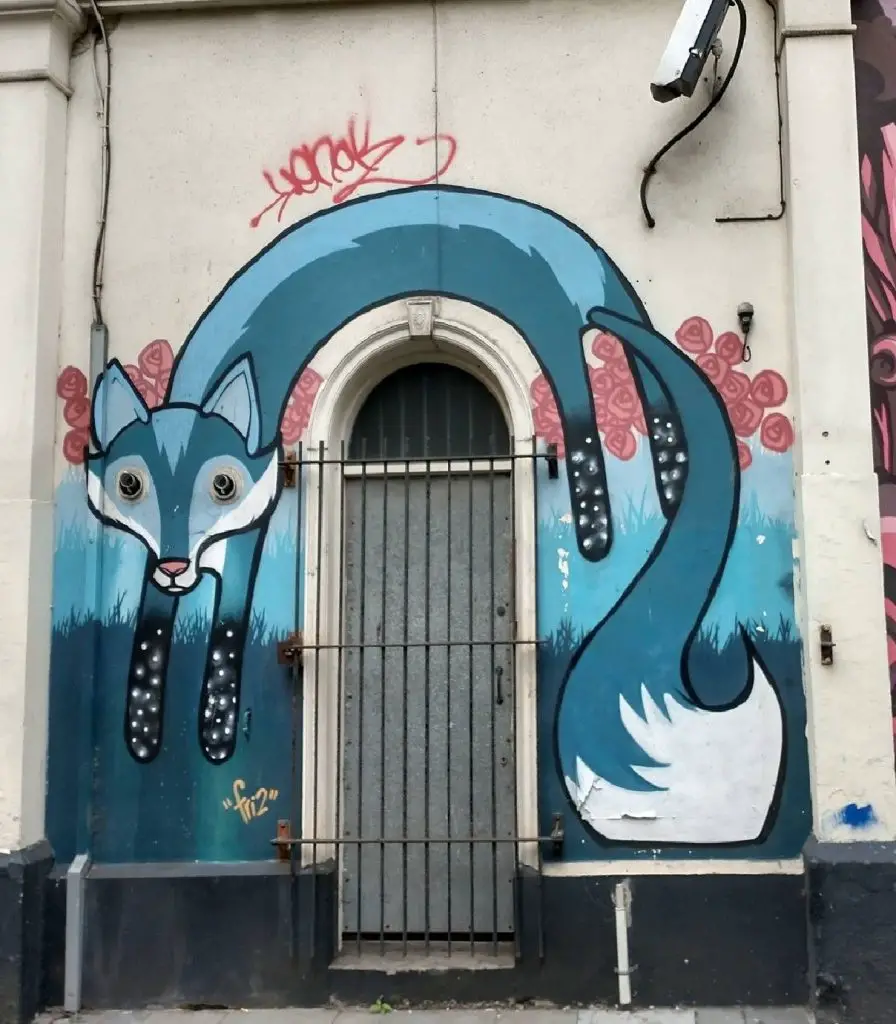

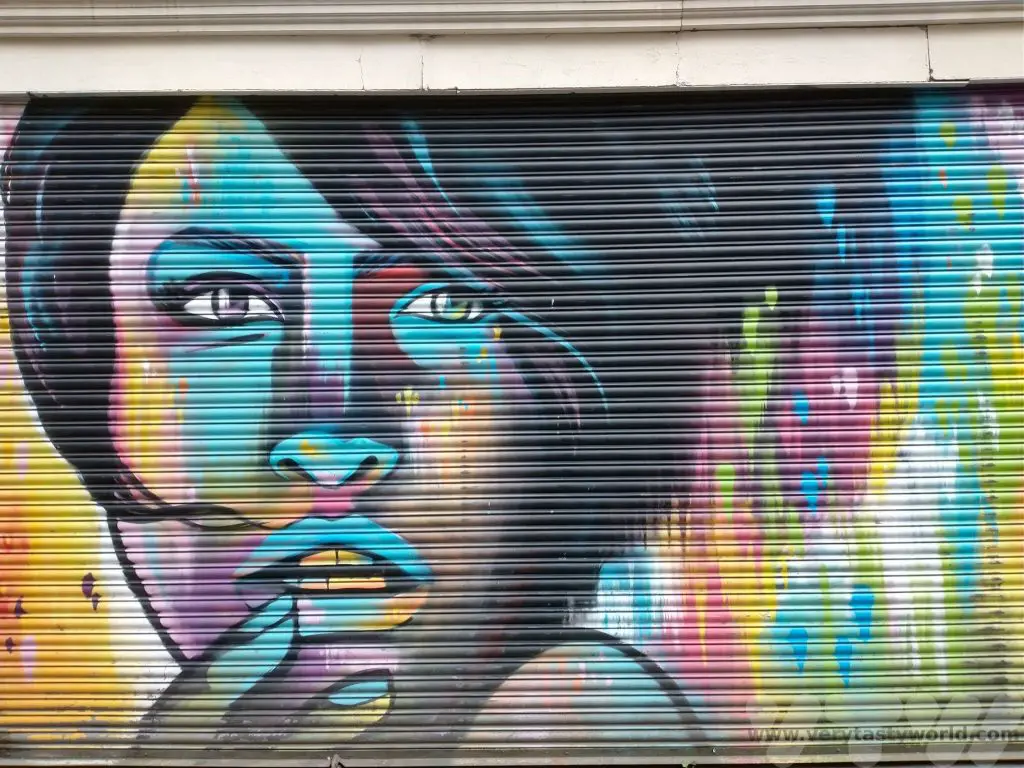
Things to Do in Belfast
The Titanic Experience is Belfast’s most popular tourist attraction. It’s worth setting aside a few hours to spend in this area.
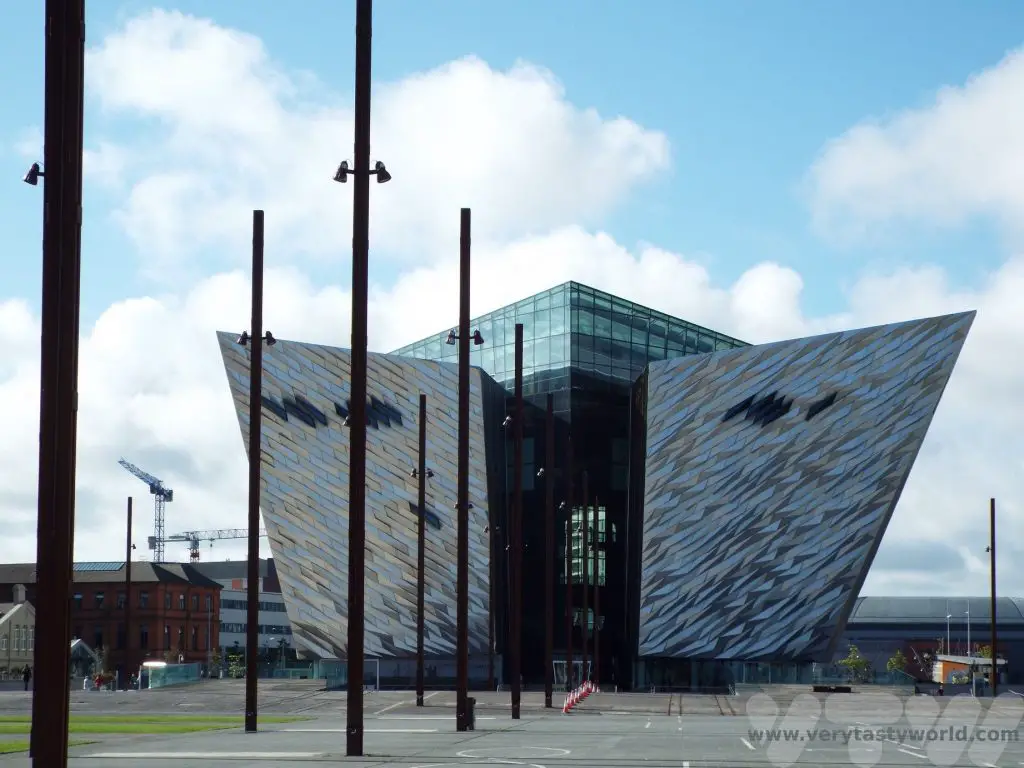
Housed in a gargantuan building located in the Titanic Quarter on the site of the former Harland & Wolff shipyard, visitors can embark on an extensive and highly interactive tour which shows the history of possibly the world’s most famous ship.
The tour depicts the story of the ship from its conception to the discovery of the wreck in its watery grave. It sets the narrative in the social context of Belfast’s history, notably its industries and particularly its shipyards. It also shows the construction process and includes a gentle theme park style ride through a mock-up of the shipyard.
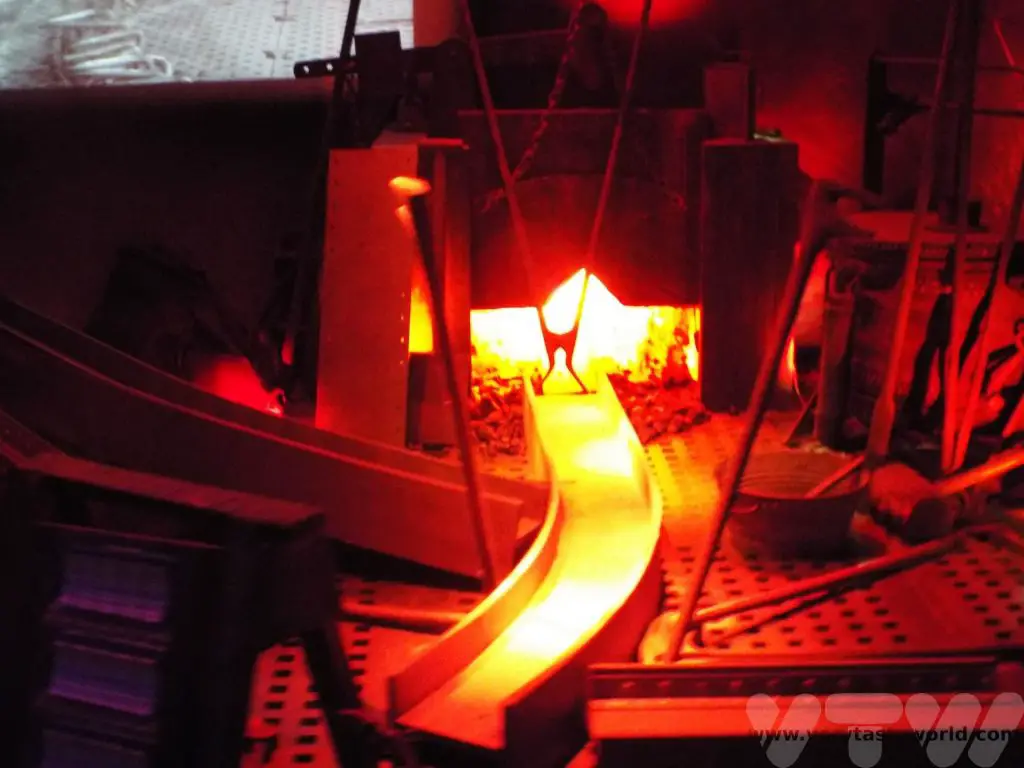
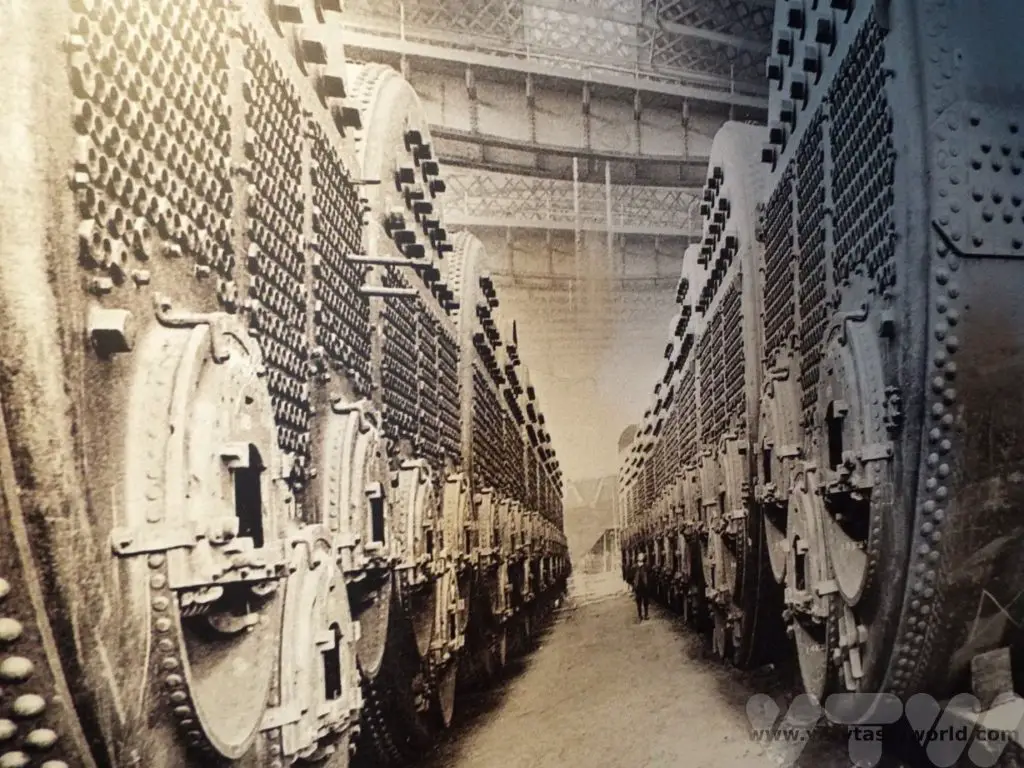
There are detailed displays showing how the ship was fitted out. It was interesting to learn about the facilities that were available for the different classes of passenger.
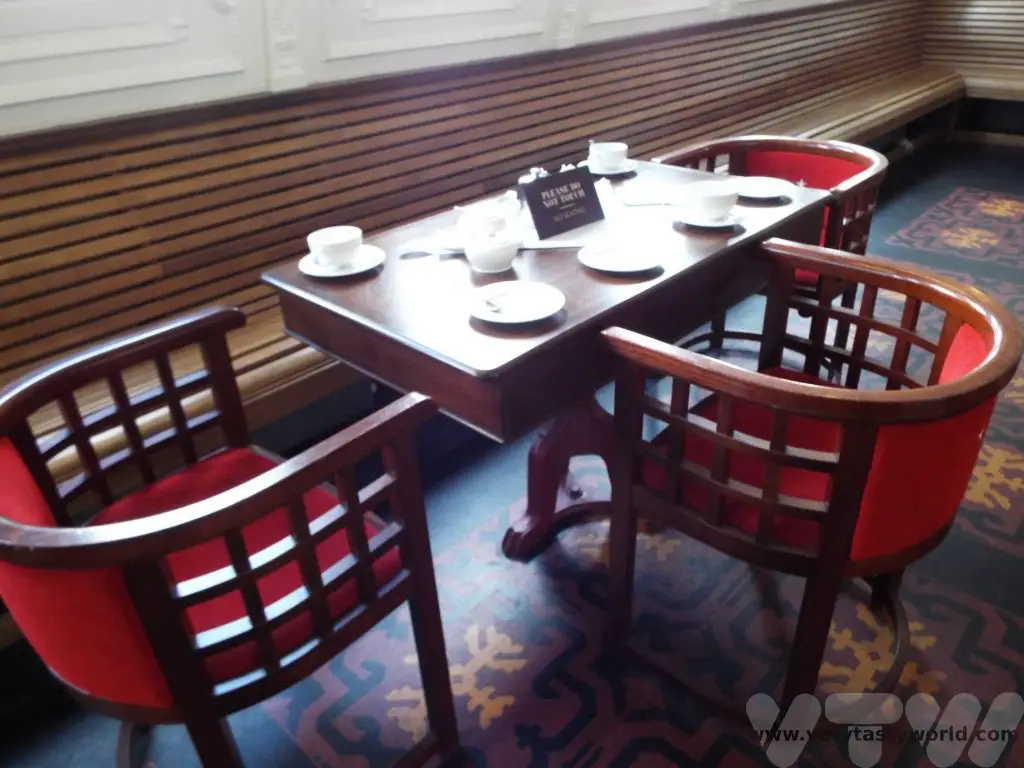
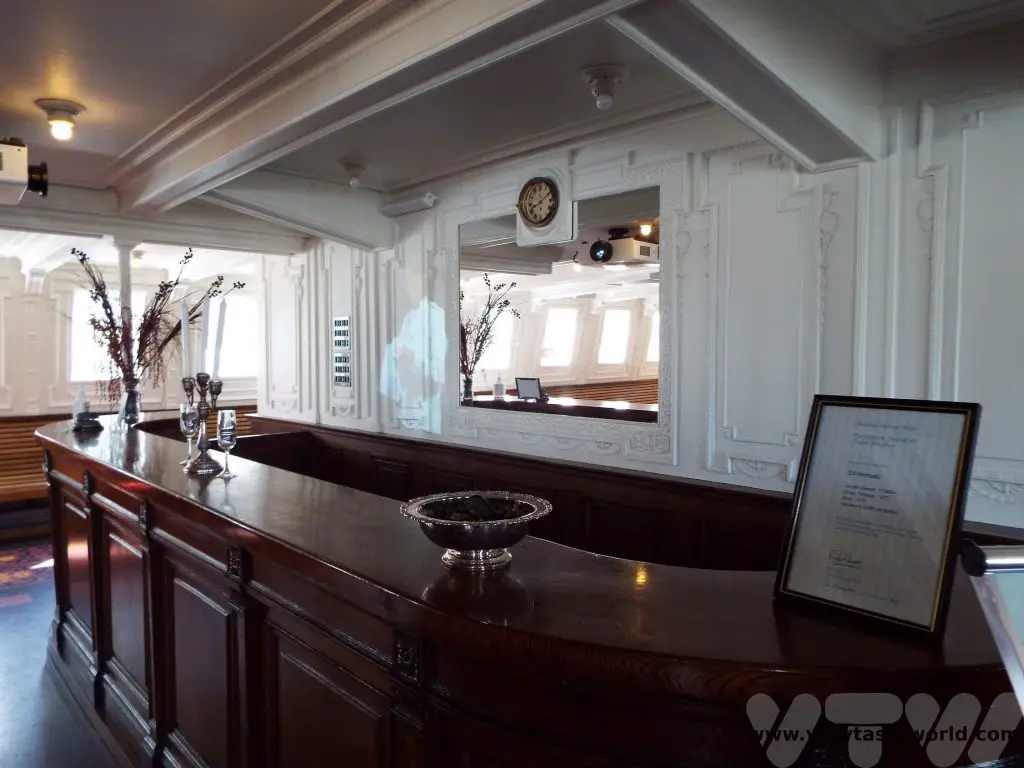
It provides information about the launch and the Titanic’s disastrous maiden voyage as well as the search for the elusive wreck, which was discovered many decades later, and the depiction of the disaster in the media and on film.
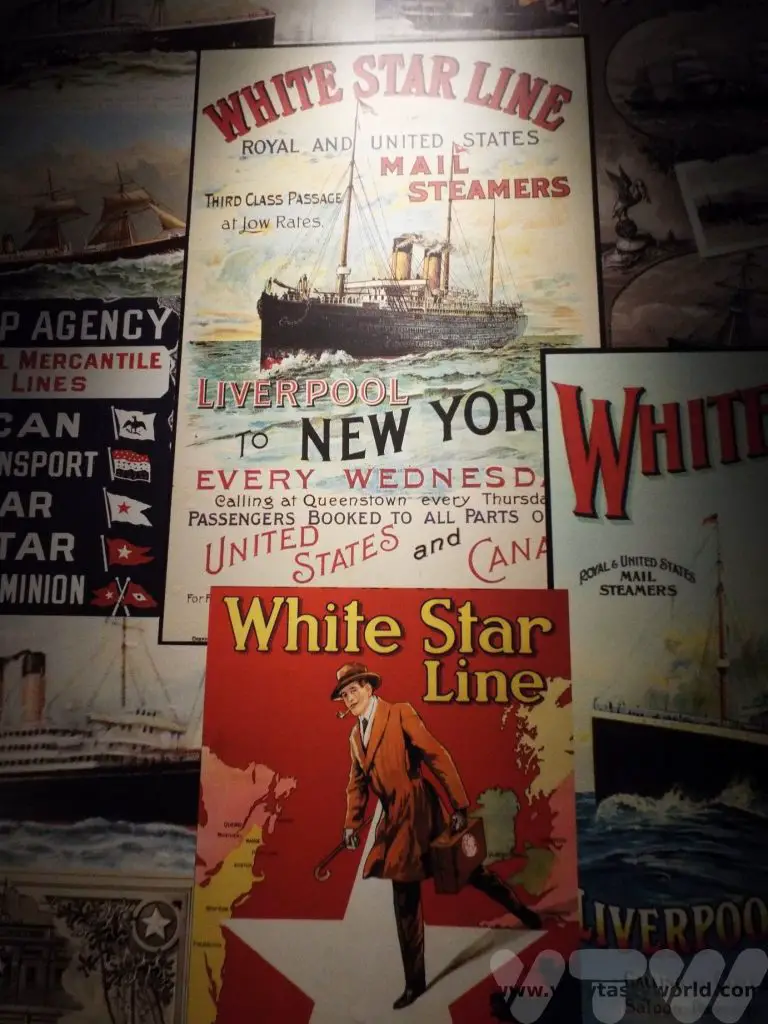
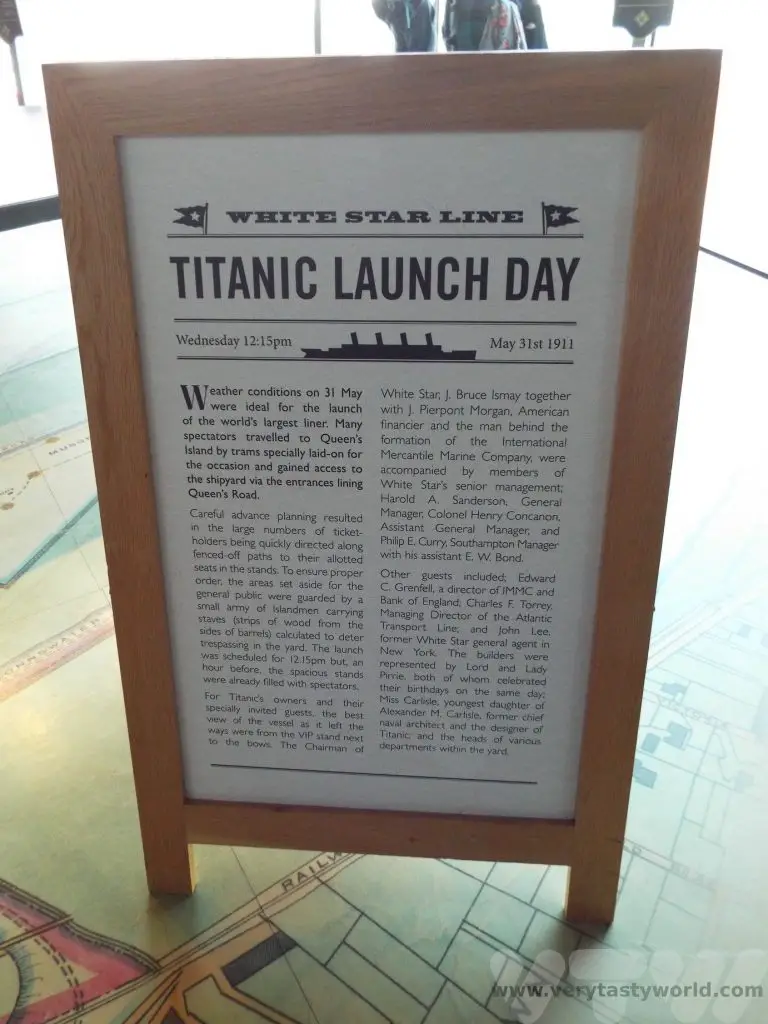
Included in our ticket price was a visit to the SS Nomadic which is located in a dry dock outside the main building. This was another White Star Line ship (the last surviving in the world), built at the same time as the Titanic but exactly one quarter of the size.
She was the tender ship which transferred passengers from the docks in Cherbourg to the Titanic. Because of its size the Titanic itself was moored in deep water away from the shore.
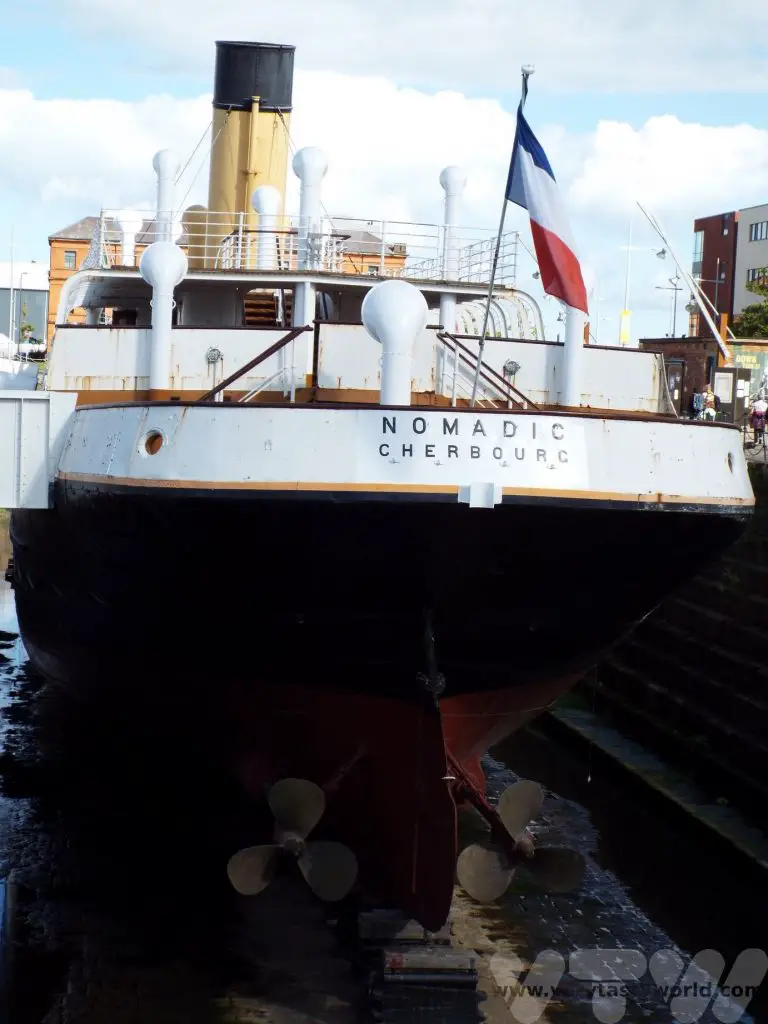
Since our visit, the Titanic Experience has been revamped and the reimagined experience, with an emphasis on telling the story of many of the people involved with the Titanic, launched in March 2023.
While you’re in the area, the Maritime Mile on the waterfront has a lot to discover, from historic attractions showcasing the area’s maritime history, art installations and a bunch of restaurants and shops.
Other Belfast attractions include the Crumlin Road Gaol, a prison that was operational between 1845 and 1996. It has been renovated and is now open to visitors.
Ulster Museum offers an extensive collection of artefacts, covering history, science and the natural world, as well as an art gallery.
Game of Thrones
With so many beautiful locations, it’s easy to see why this country has a thriving film and television industry. Northern Ireland offered one of the primary settings for the filming of the popular TV series Game of Thrones. Producers HBO hired Titanic Studios, a building located just behind the Titanic Experience, for much of the filming and they also used exterior locations dotted all over Northern Ireland.
If you are looking to see all the Game of Thrones locations there are several tours available in Belfast or, if you are driving yourself, you will spot loads of brown tourist signs on the roads indicating where to visit. Just south of Belfast is the Game of Thrones studio tour for fans of the show.
The Titanic Quarter has some Game of Thrones stained glass windows located along the waterfront as a tribute to the series.
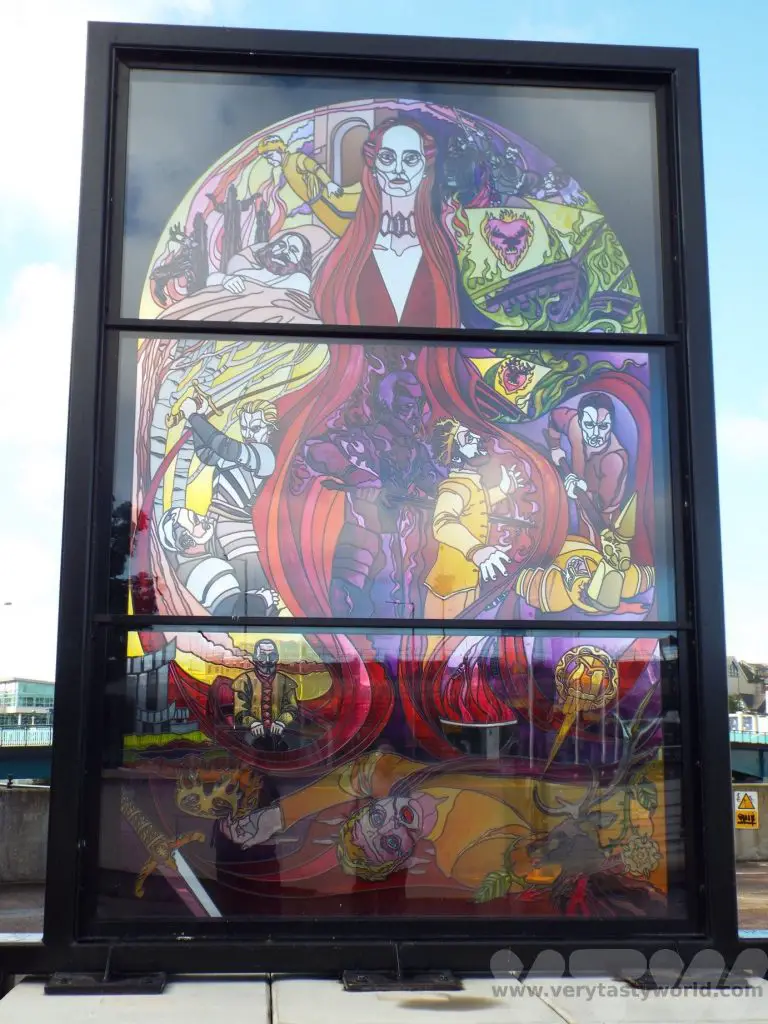
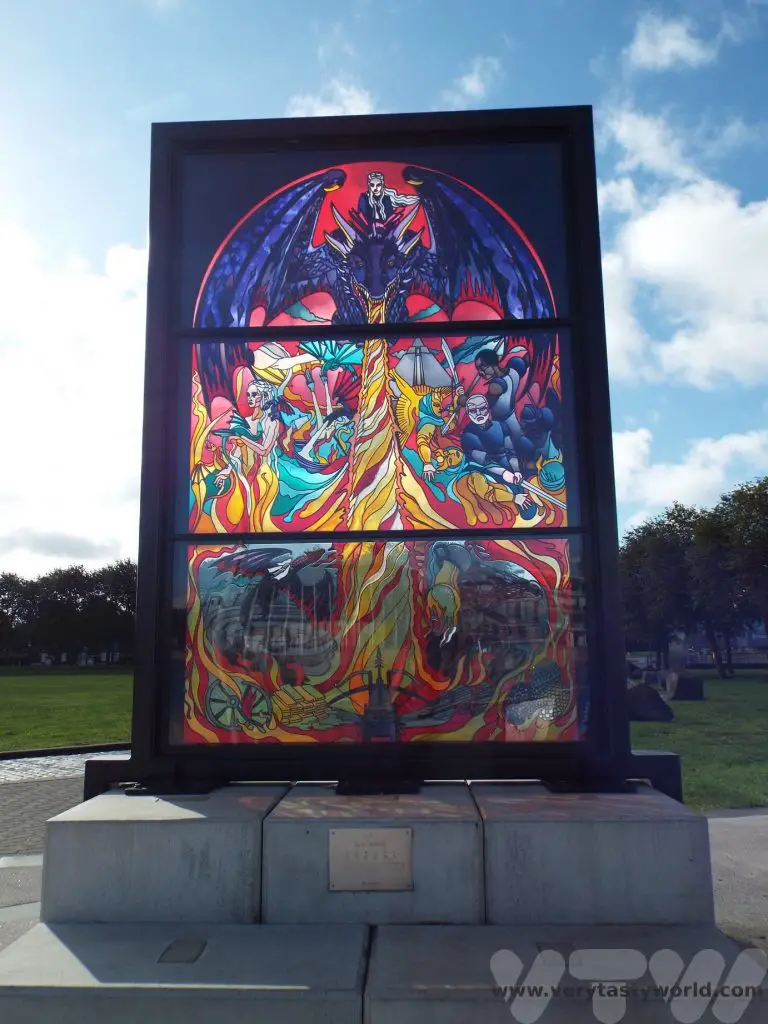
Driving To The Antrim Coast
We decided to spend a day on our Northern Ireland road trip driving from Belfast to Derry visiting many attractions along with way.
We headed out from Belfast to the Antrim coast, taking a quick detour to the Dark Hedges. This is an avenue of gnarled and twisted beech trees which were planted in the 18th century, one of many locations made famous by Game of Thrones. The trees are located on the Bregagh Road, Stranocum – follow the brown road signs to a car park which is very close by.
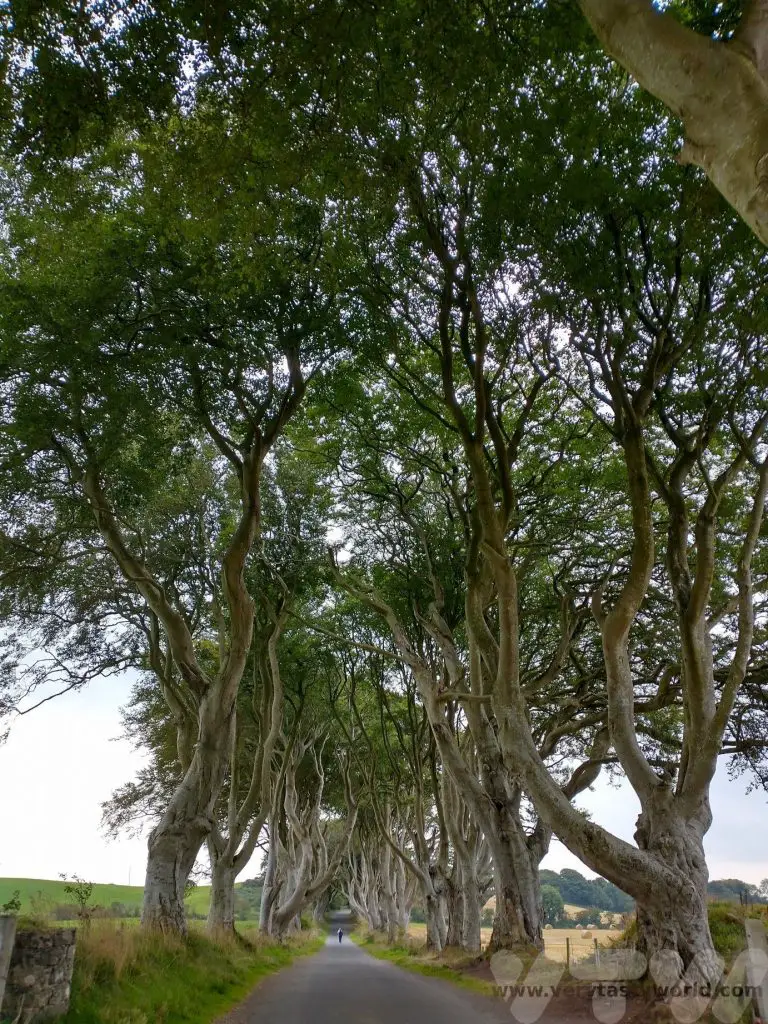
The Antrim Coastline is a place of great beauty and it’s a pleasure to drive along it. There are two locations that are unmissable.
Carrick-A-Rede Rope Bridge
The Carrick-A-Rede rope bridge was originally constructed by salmon fishermen over 350 years ago, it links the mainland with the teeny island of Carrickarede. The bridge has been rebuilt several times over the years. The current bridge is 20 metres across and is at a height of 30m above the sea.
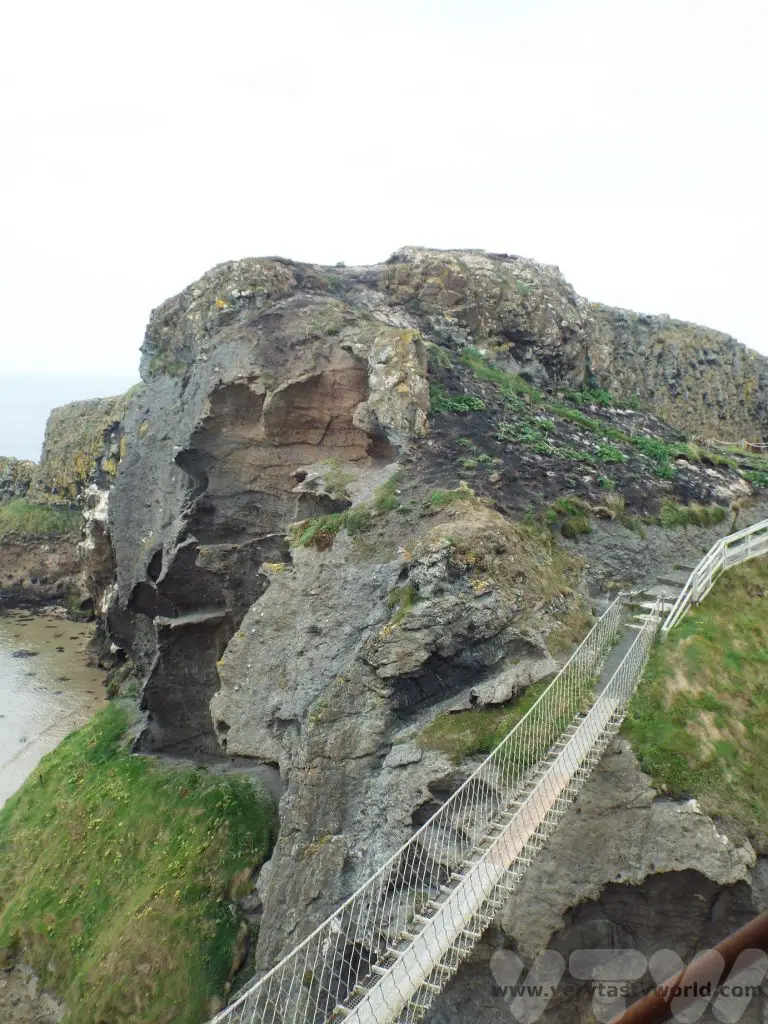
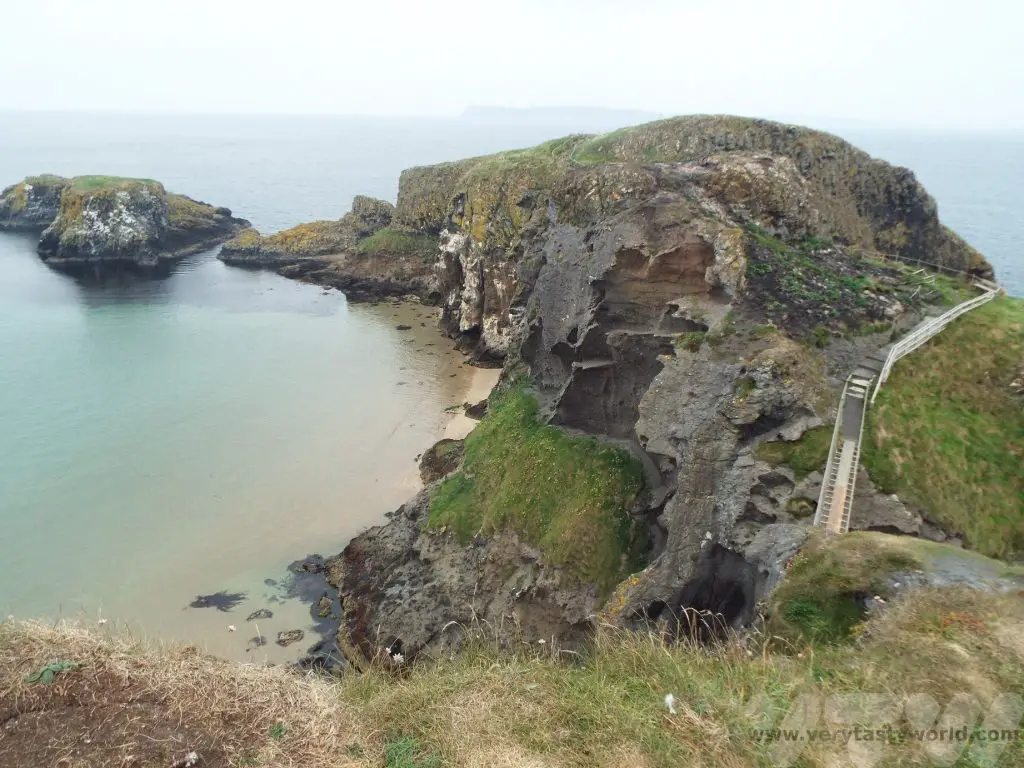
The car park is located on the North Antrim Coastal Path, just under a kilometre from Ballintoy village. Visitors need to prebook in order to cross the bridge. There is a car park (a fee applies) and the island is located along a coastal path – just follow the signs.
Sometimes the bridge is closed so it’s worth checking the National Trust website before visiting. Even if you can’t use the bridge it’s a stunningly beautiful walk along the coastline.
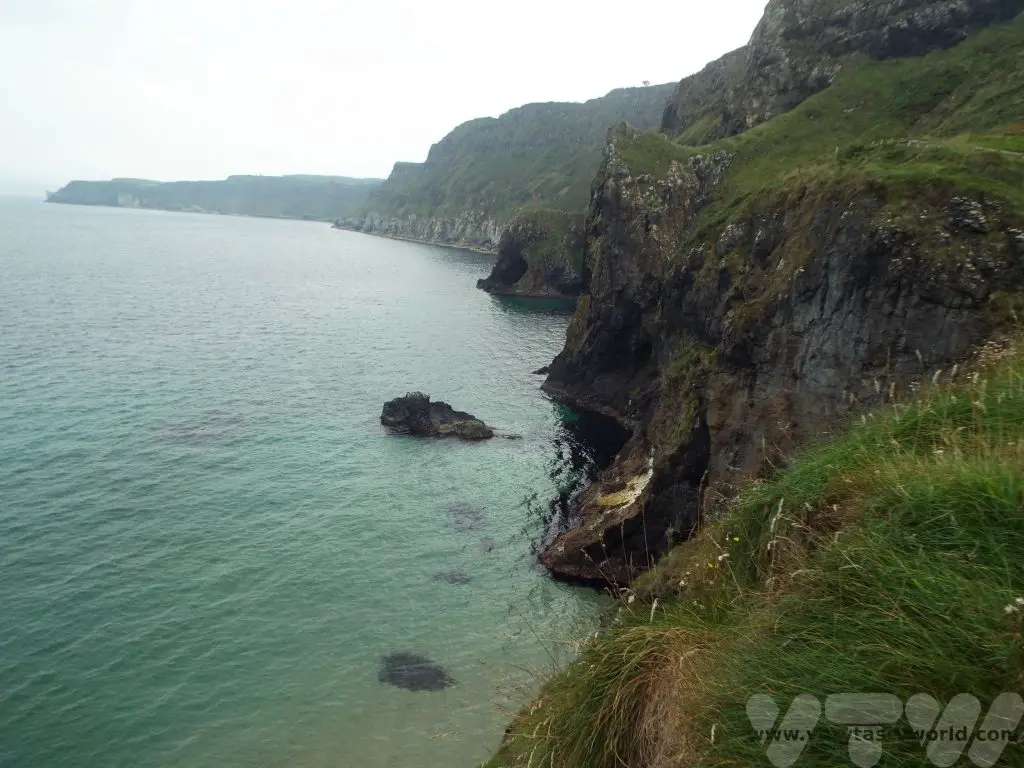
Giant’s Causeway
Around 11km along the coast from Carrick-A-Rede, the Giant’s Causeway was one of the attractions we had most wanted to visit on our trip. Mitch’s Geography A-level is entirely to blame, as it has been for all sorts of geographical attractions that we’ve visited over the years, from glaciers to oxbow lakes. Northern Ireland’s only UNESCO heritage site, the Giant’s Causeway is a wonder of nature.

It comprises some 40,000 basalt columns, largely in hexagonal shapes, that all interlock. They formed over 60 million years ago following volcanic eruptions which forced the layers of molten basalt to develop and then solidify on the chalk beds. As the lava cooled it contracted to form the columns, the relatively even rate of cooling determining that the liquid basalt settled into the characteristic shapes. But the cooling wasn’t totally uniform, so while most of the columns on the causeway are hexagonal, there are a few with more sides.
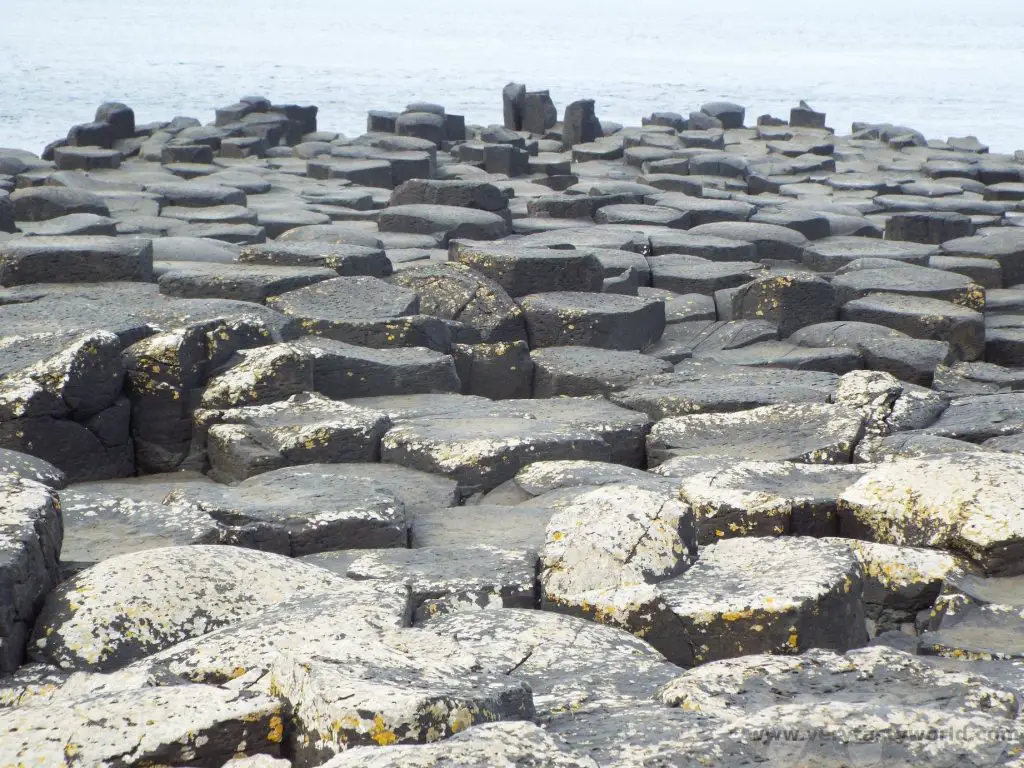
The causeway really is marvellous and, unsurprisingly, this is the most Instagrammed spot in Ireland. It’s possible to walk on the basalt columns themselves and there are a number of short hikes in the area that will take you to and from the visitor’s centre. Make sure you wear suitable walking shoes, the causeway can get slippery.
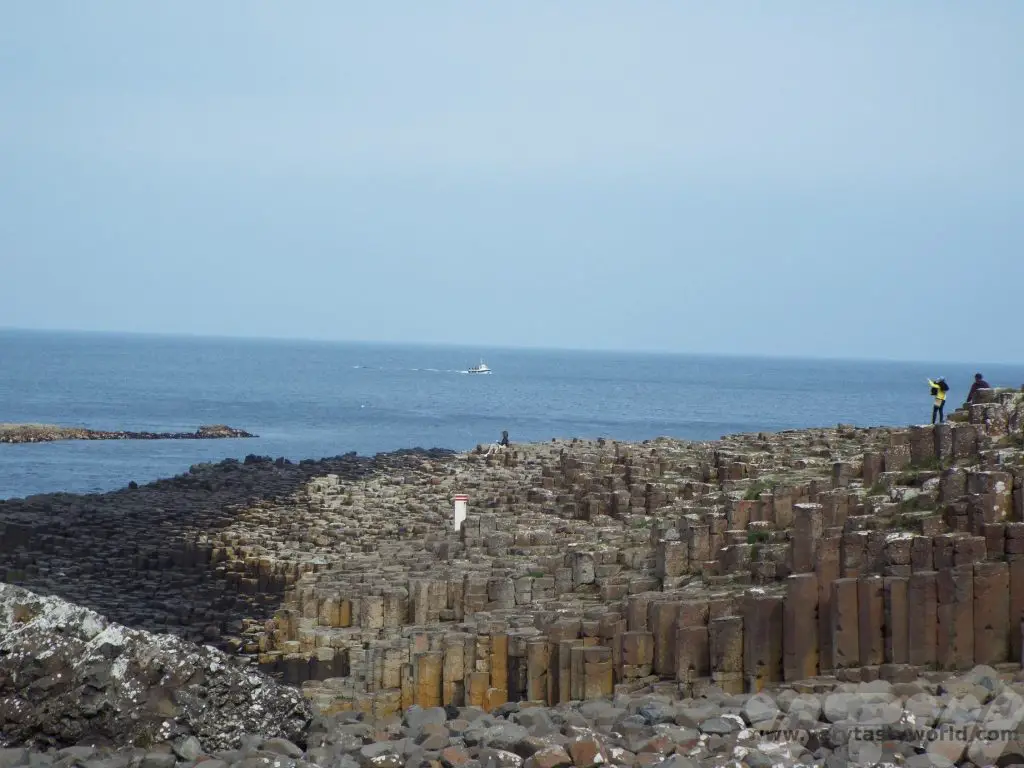
But alongside the geological wonder lies a legend. The giant of the eponymous causeway is Finn Macool who built it in order to take on rival giant Benandonner from Scotland. But Macool later learned that Benandonner was a much larger giant and would have presented a real challenge in a battle. So Finn’s wife had a very clever idea.
When they heard about the imminent visit from his rival she wrapped Finn up in baby clothes and placed him in a giant cradle. Benandonner arrived and was informed that Finn was not at home. And he was so shocked at the size of a ‘baby’ giant, he figured that the adult Macool must be enormous so he fled Ireland, destroying the causeway behind him to ensure that Finn wouldn’t follow.
Further Finn Legends
Finn was also the giant reputed to have scooped out a large portion of soil in Northern Ireland to chuck at his Scottish rival. Unfortunately he missed and it ended up in the sea, forming either the Isle of Man or Ailsa Craig. The scooped out hole in the earth became Lough Neagh.
There are all sorts of other legends about the various rock formations in the area. Finn’s giant camel, which was apparently his only form of transport when he wanted to cover long distances, can be seen on the approach to the causeway. Sadly it was turned to stone. There is most definitely a camel-shaped rock in the picture below.
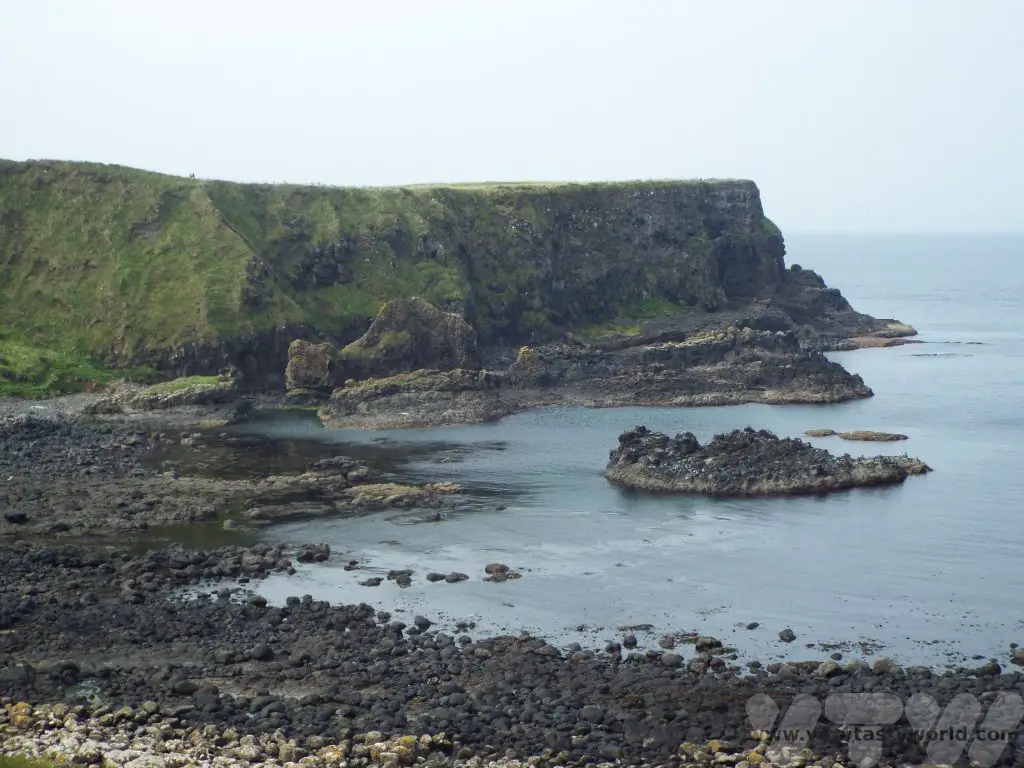
And apparently he used to play the organ – there are organ pipes on the headland overlooking the causeway, which are also basalt stacks.
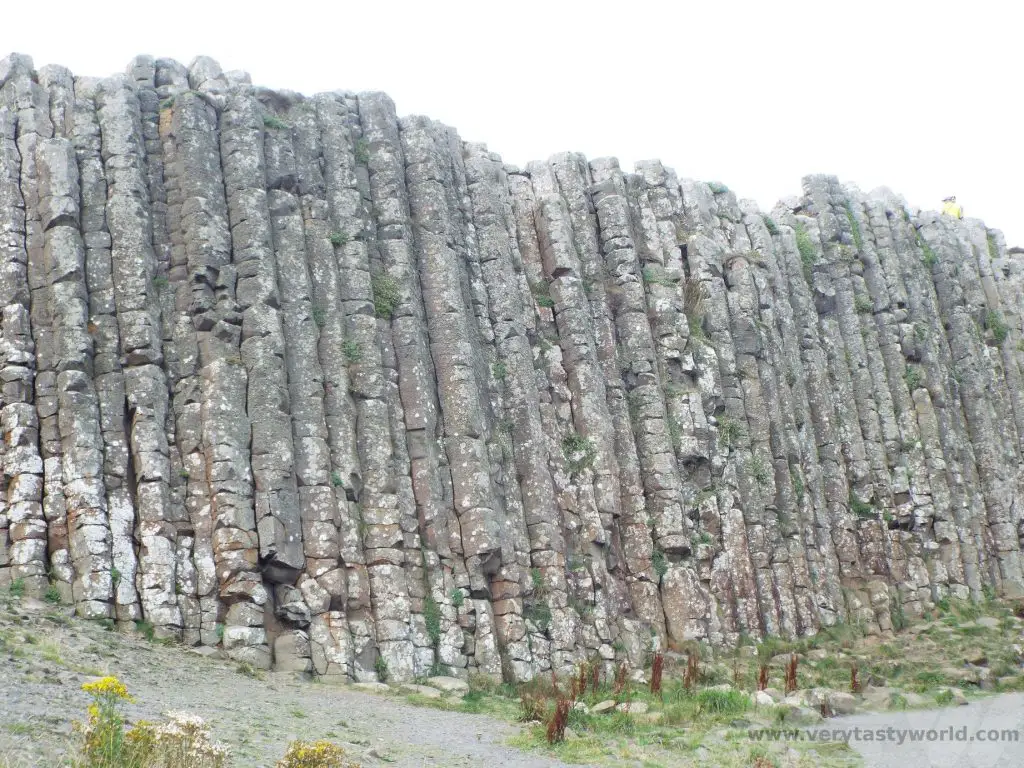
The Giant’s Causeway is a National Trust site, so members can visit and park for free. It’s advisable to pre-book tickets online, especially if you want a space at the local car park if travelling by car. The visitor’s centre has lots of information about the site and runs free guided walks for visitors – you are provided with a headset, because it can get very windy, and this ensures you can hear the commentary. We recommend a tour as the guides provide loads of geological information as well as stories of the giant’s legends.
Bushmill’s Distillery
Moving inland, Bushmill’s is Northern Ireland’s best known whiskey distillery and the oldest working distillery in the world. It dates from 1608 when King James granted a licence and is named for all the mills located on the nearby River Bush. It offers distillery tours and tastings.
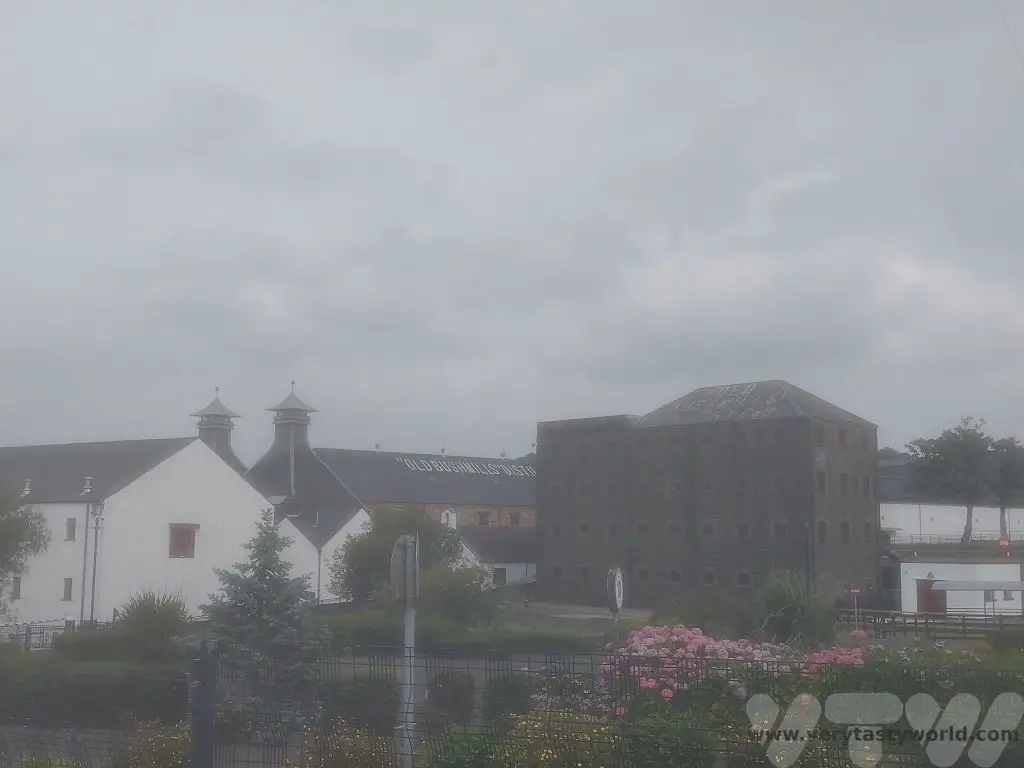
Old-Fashioned Seaside
If you’re looking for a bit of beach time, head back to the coast and then travel west to Portstewart or Portrush which are both popular locations. Portrush offers amusement parks and arcades whereas Portstewart enjoys a long beach with promenade. Portstewart also boasts Morelli’s ice cream parlour, established in 1927, which has a fantastic reputation for really good ice cream.
Derry
Continuing in a westerly direction we arrived at Derry – also known as Londonderry. It is the second largest city in Northern Ireland.
This is the only city in Ireland to have retained its original walls and is considered to be amongst the best walled cities in Europe. Walking the city walls is an essential activity in Derry.
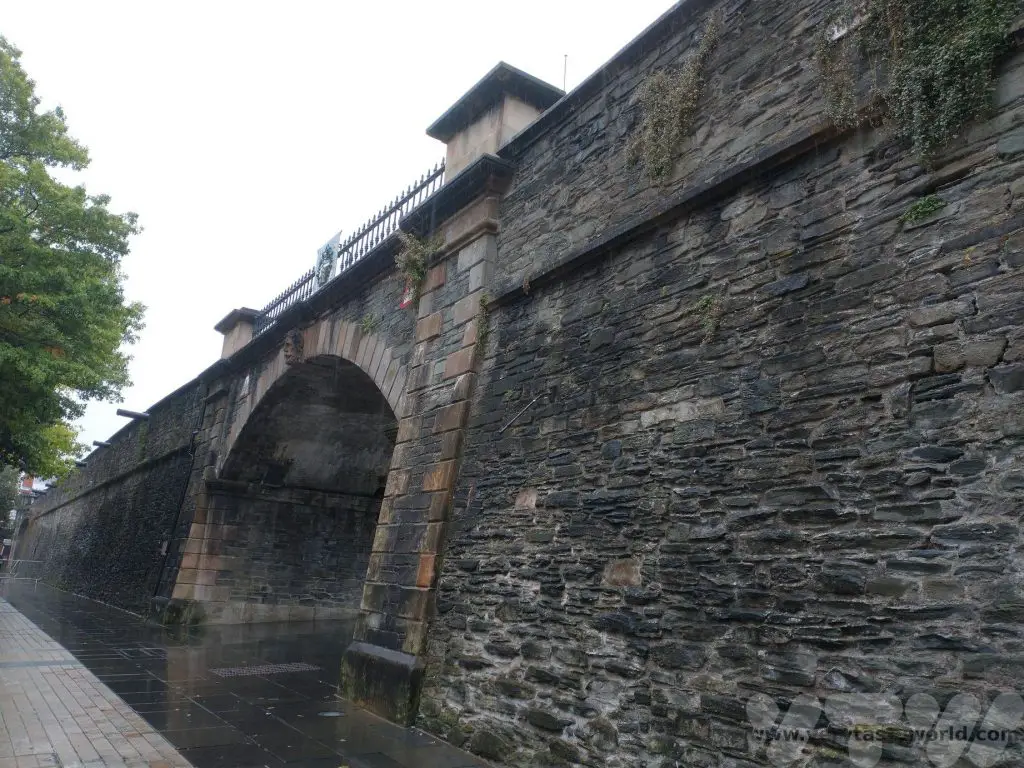
The walls were built in the 17th century by the Irish Society in order to protect the city from English and Scottish settlers. The Siege of Derry started in 1689 when apprentices locked the gates against invading forces loyal to James II. Eventually, the king himself arrived to demand a surrender but the citizens refused. The siege lasted several months and the walls were never breached – ships on the river Foyle eventually managed to get supplies to the hungry but stubborn Derry folk.
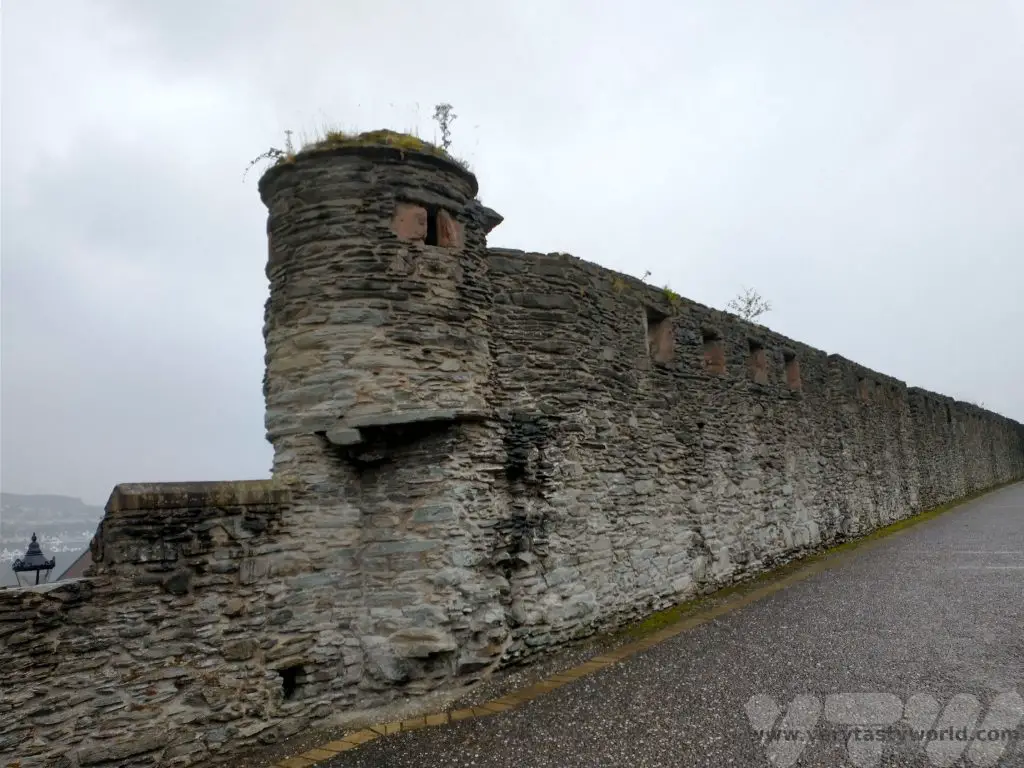
The city walls are around 1.5km in length and take around 20-30 mins to walk around. There are seven gates: Shipquay Gate, Butcher Gate, Bishop’s Gate and Ferryquay Gate are the four original gates, with New Gate, Castle Gate and Magazine Gate being added later. Many defensive cannon can still be seen.
St Columb’s cathedral is is dedicated to Saint Columba who was an Irish monk who set up a Christian settlement to the area and then brought Christianity to Scotland after being exiled from Ireland. Construction on the cathedral started in 1628 and it is the first cathedral to have been built following the Reformation in the UK.
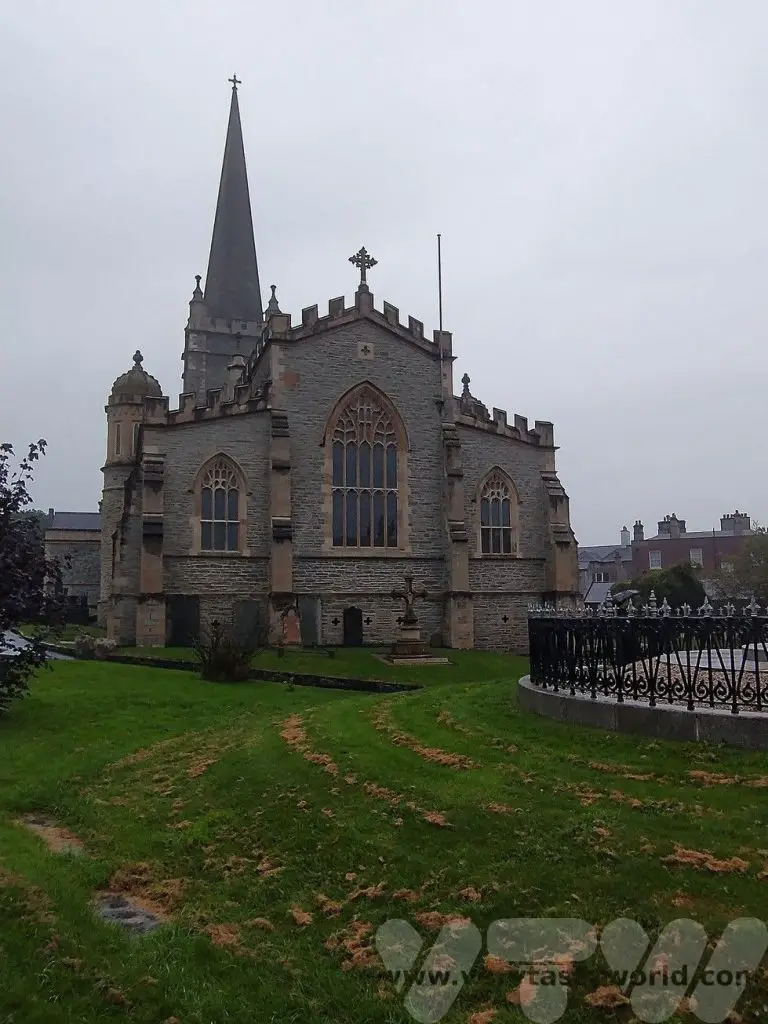
Derry’s beautiful Guildhall is where the city council meet. Completed in 1890 the design of the distinctive clock tower was influenced by the Elizabeth Tower in London, more commonly known as Big Ben (which is actually the bell of the great clock).

Derry has a history of sectarian tension and is the place where the conflict known as the Troubles began. The Battle of the Bogside took place in 1969 and this area was also the location of the Bloody Sunday incident in 1972. The Museum of Free Derry is dedicated to the struggle for civil rights in the region in the context of the creation of Free Derry in the 1960s and 1970s.
The street art has a political edge.

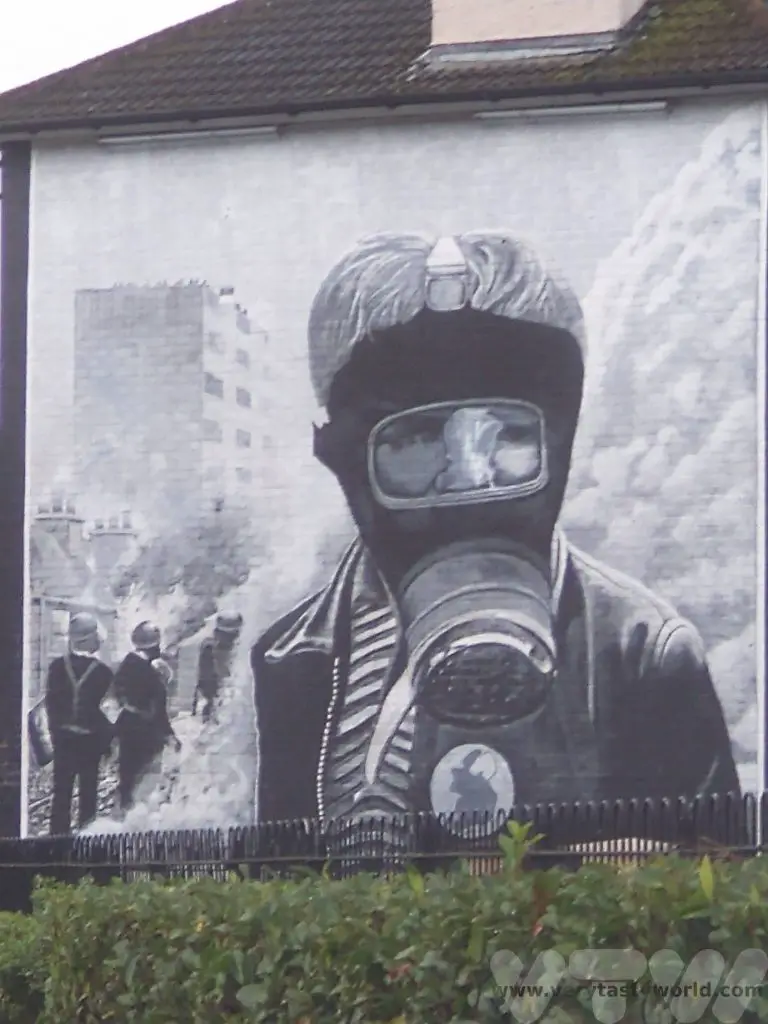

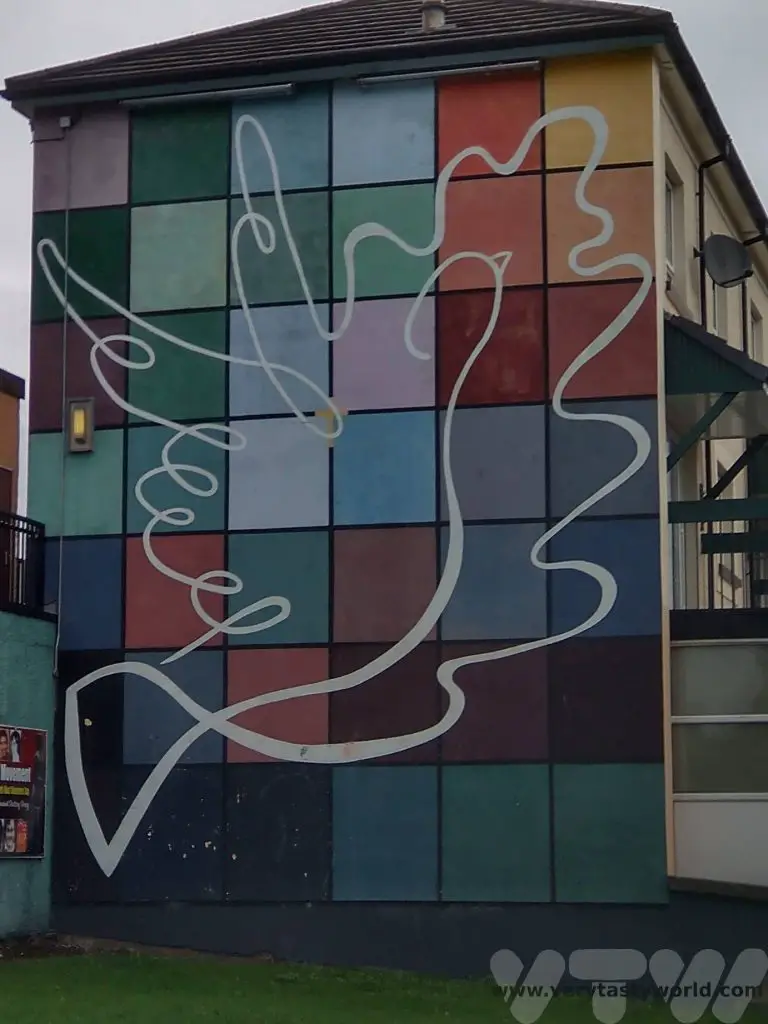
Free Derry corner is a landmark in the Bogside area where nationalists declared an autonomous area in the 1960s and 70s. Originally graffiti on the gable wall of a terraced house, the houses were demolished in later years but the wall remains.
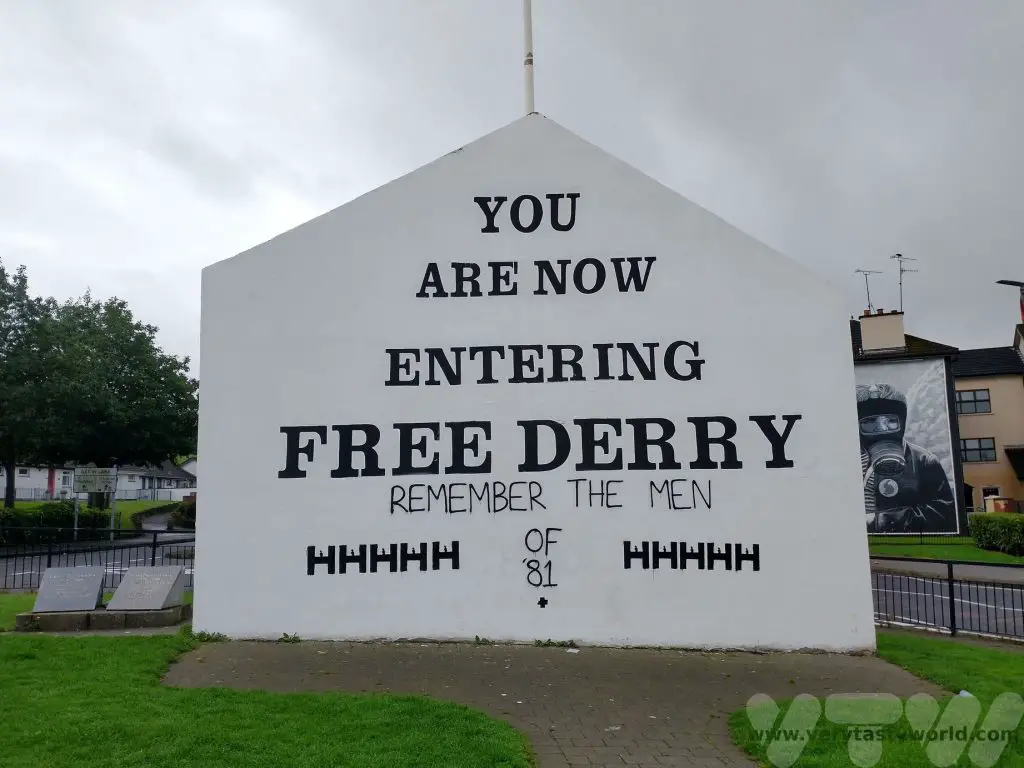
The Good Friday Agreement in 1998 ended a significant amount of the violence associated with the Troubles. It acknowledged that that the majority of the people of Northern Ireland wished to remain a part of the United Kingdom and that a substantial section of the people of Northern Ireland, and the majority of the people of the island of Ireland, wished to bring about a united Ireland.
The Derry Peace Bridge was opened in 2011. It’s a bicycle and footbridge which crosses the River Foyle and links the Waterside area, which is mainly unionist, with Cityside, which is largely nationalist.
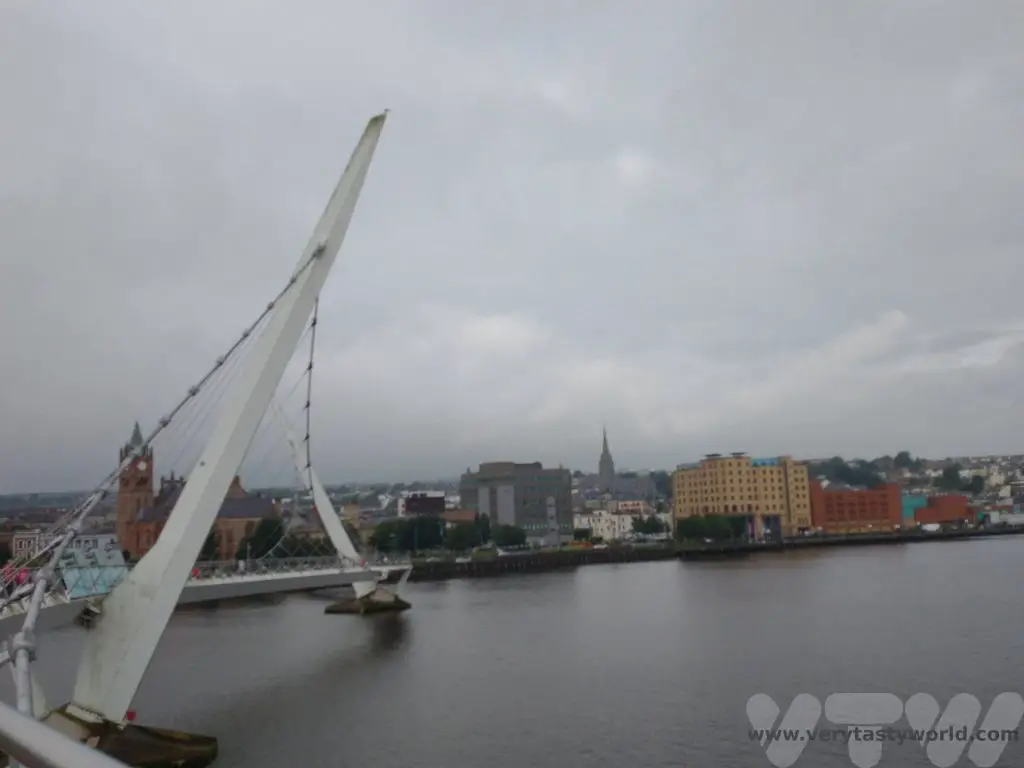
Browns in Town
A recommendation for foodies is Browns in Town, a sister restaurant to the fine dining establishment Browns Bonds Hill, a Michelin-starred restaurant with an excellent reputation. Located on Strand Rd, Browns in Town offers modern Irish cuisine – fine dining at exceptional prices. We enjoyed pan seared scallops with smoked beef, celeriac and a red wine jus, a pork wellington with jus, and pressed beef, served with a side order of champ – an Irish dish comprising creamy mashed potato with spring onion (and lashings of delicious butter).
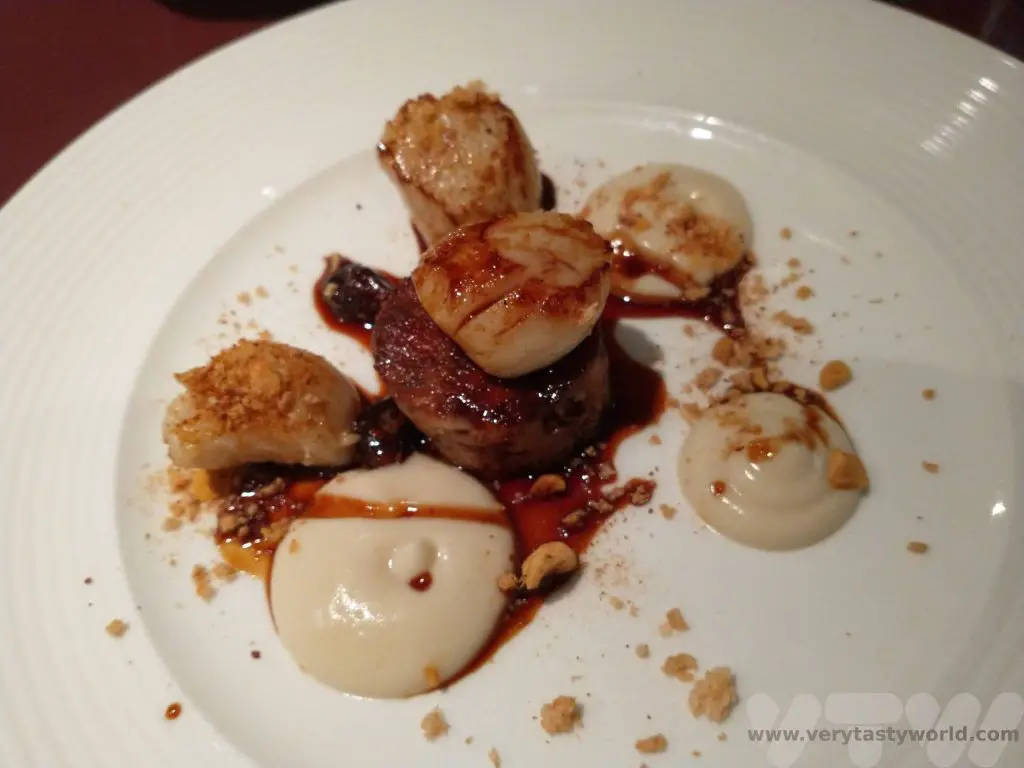

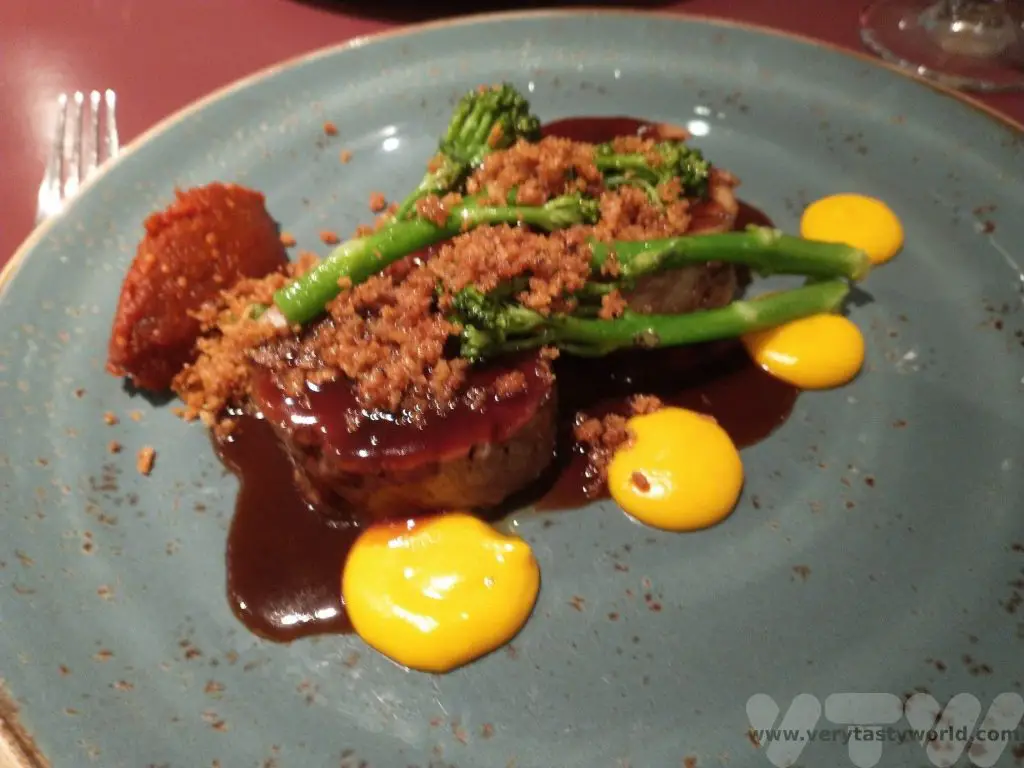
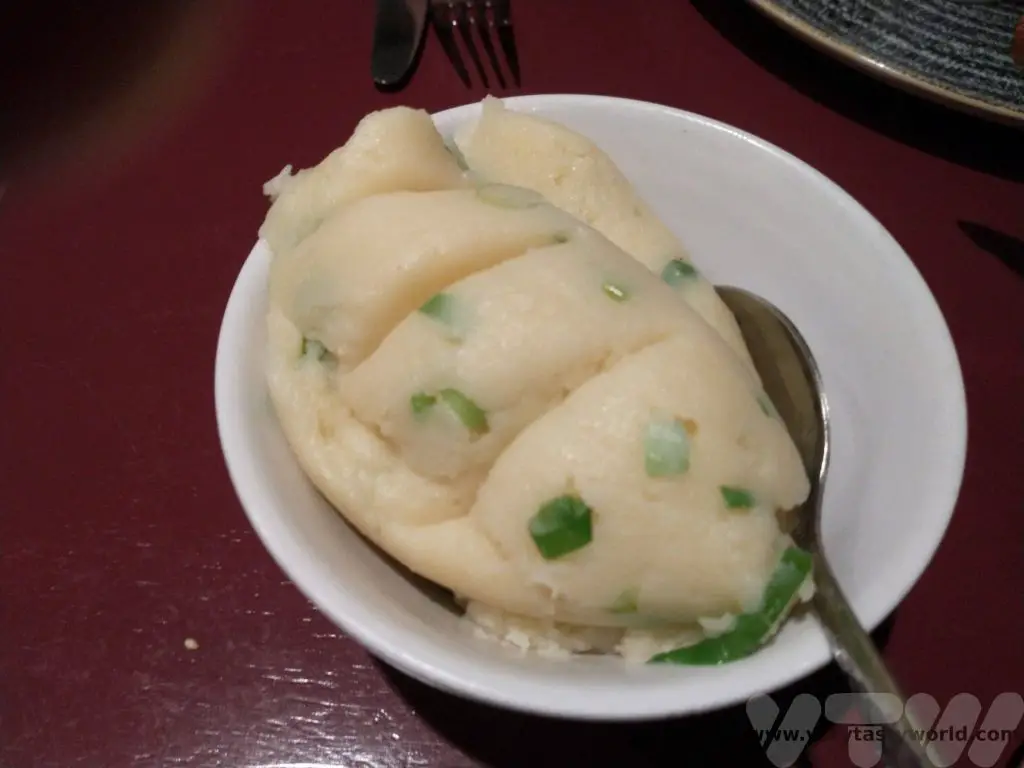
We visited Northern Ireland as part of a longer road trip where we also followed much of the Wild Atlantic Way in the Republic of Ireland. We can highly recommend this beautiful area with its very friendly people as a great place to enjoy a few days.
Belfast is just a couple of hours’ drive from Dublin. This blog post by faheyjamestravel has a list of things you can do there.

The Food of The Azores
The Azores are a tiny archipelago in the middle of the Atlantic Ocean and an autonomous region of Portugal. Their location means that they are an absolute magnet for marine life viewing because they have resident whales and dolphins, as well as many migratory species, such as the blue whale, which pass close by to the islands each year. We spent a week on Sao Miguel, the largest island, enjoying whale/dolphin watching excursions as well as some activities on the island, such as mountain biking and kayaking. But we didn’t realise what a great foodie destination the islands are. In between the activities we enjoyed some fantastic food of the Azores.
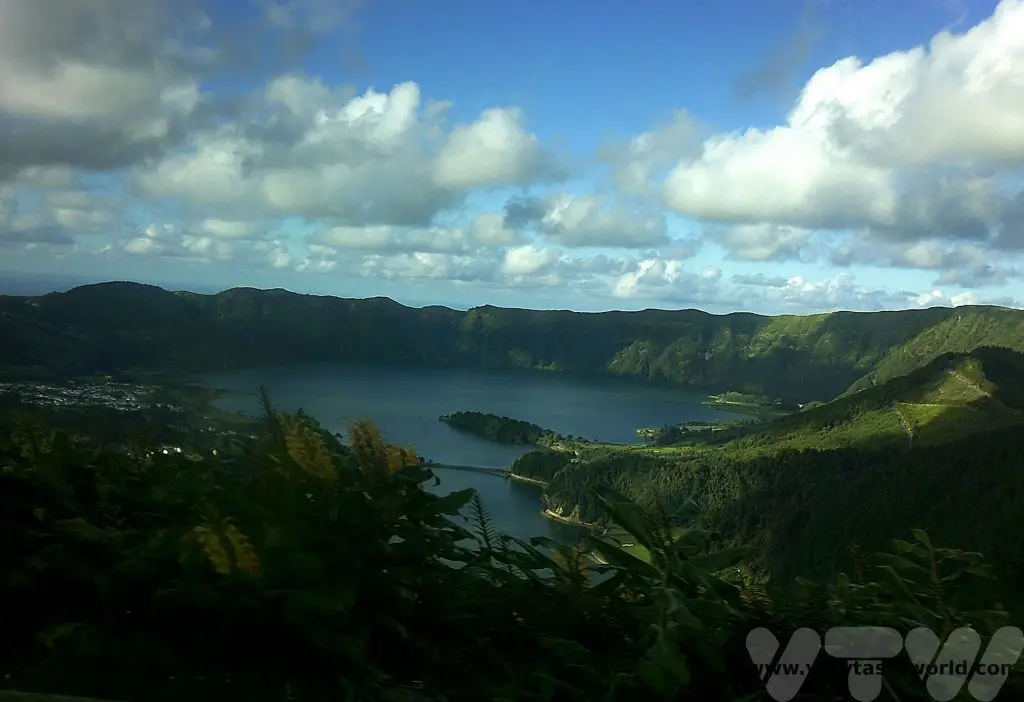
We stayed in the main town of Ponta Delgada. It’s a pretty place and has all amenities within walking distance.
Cheese – Food of the Gods!
One of the things we noticed when travelling through the beautiful green countryside was the number of cows and also fields of ripening corn. The corn is actually more likely to be grown to feed cows than people.
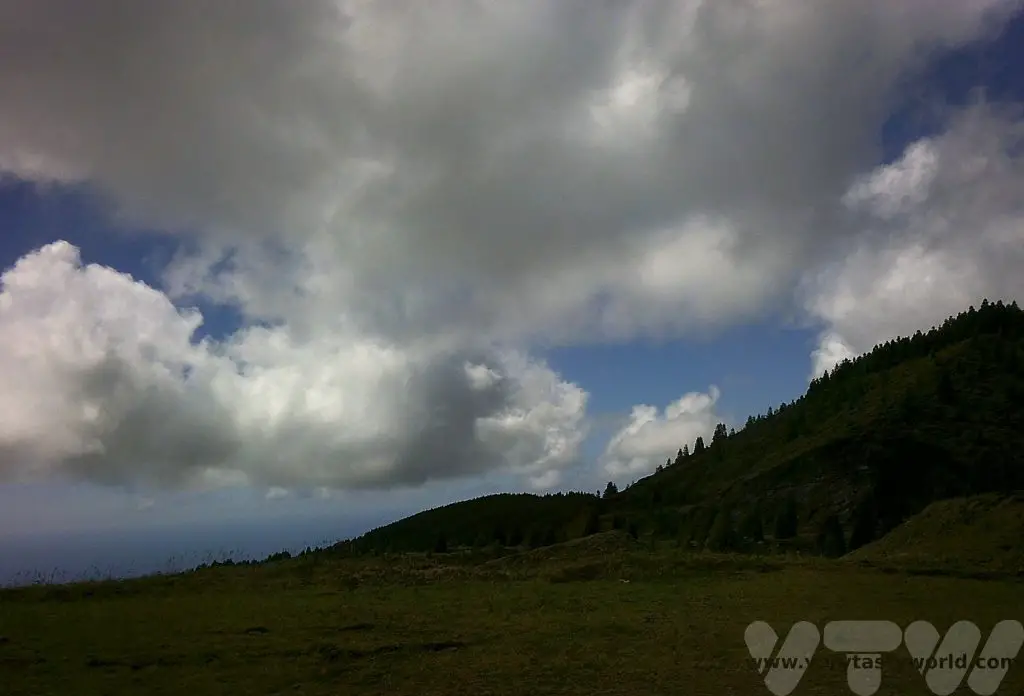
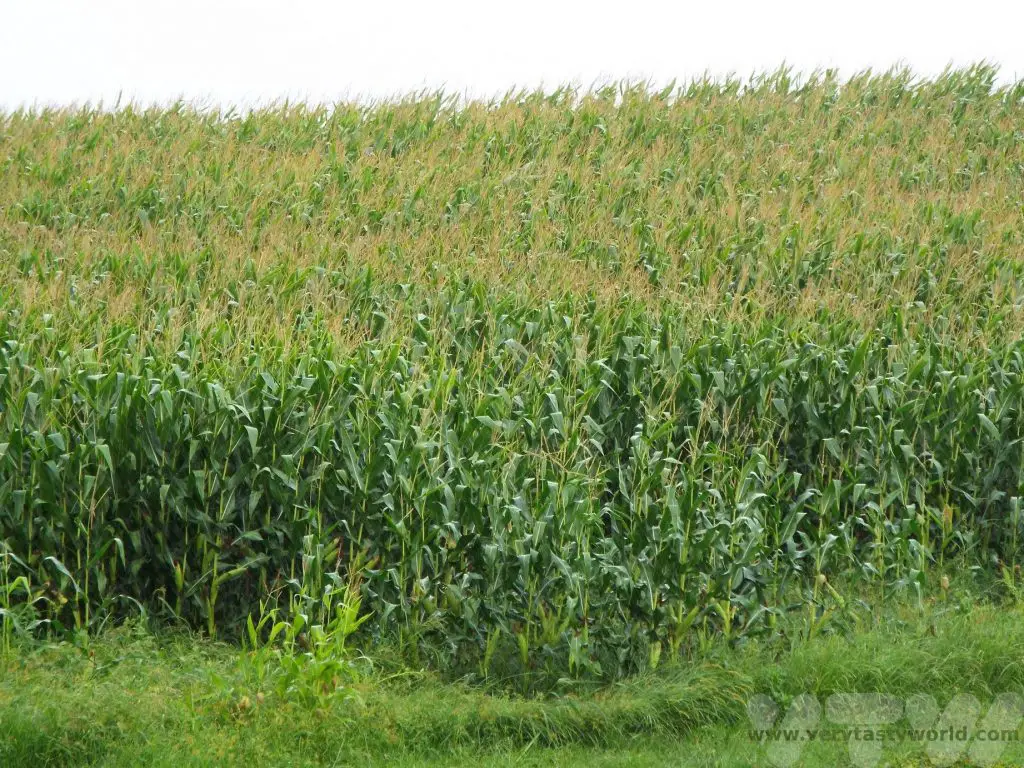
With mild winters and lots of rain the vegetation is lush and that’s perfect for the cows who produce rich milk that is turned into cheese. We were surprised to learn that around 50% of Portugal’s cheese is produced in the Azores.
Another striking feature of the landscape is the plethora of hydrangeas that line the roads. The cows tend to ignore them so they become natural fences that look glorious in the height of summer. We visited just after they were at their best but they still looked very pretty.
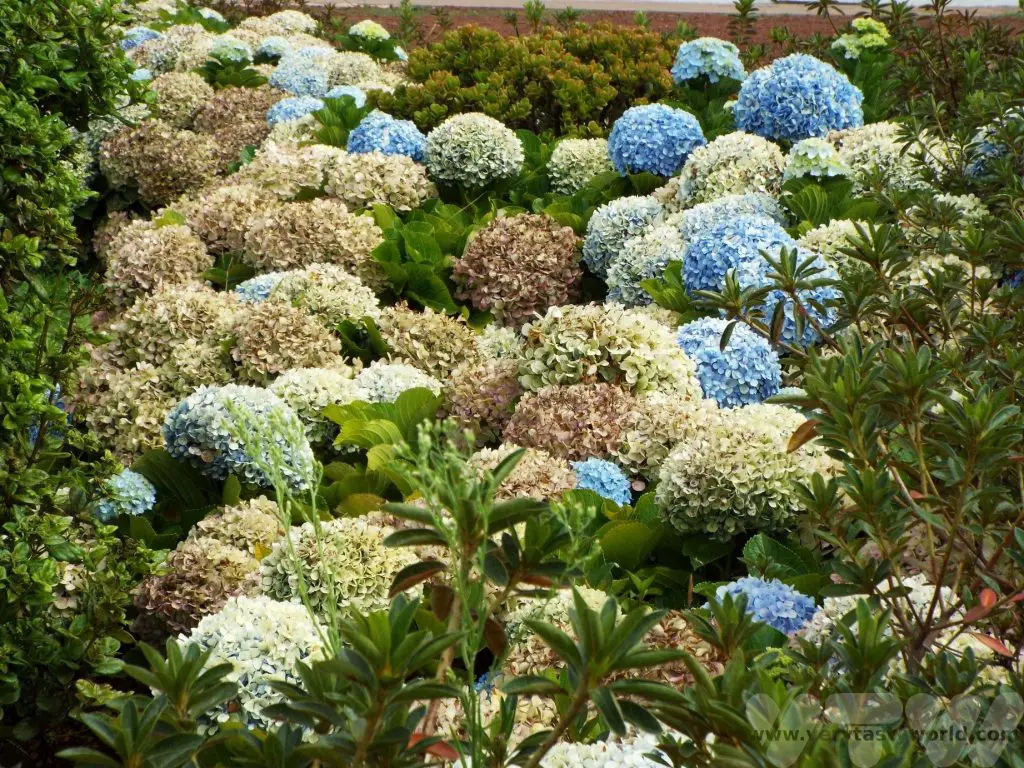
There are various cheese shops in Ponta Delgada – King of Cheese and Prince of Cheese – they aren’t modest about the quality of the product!
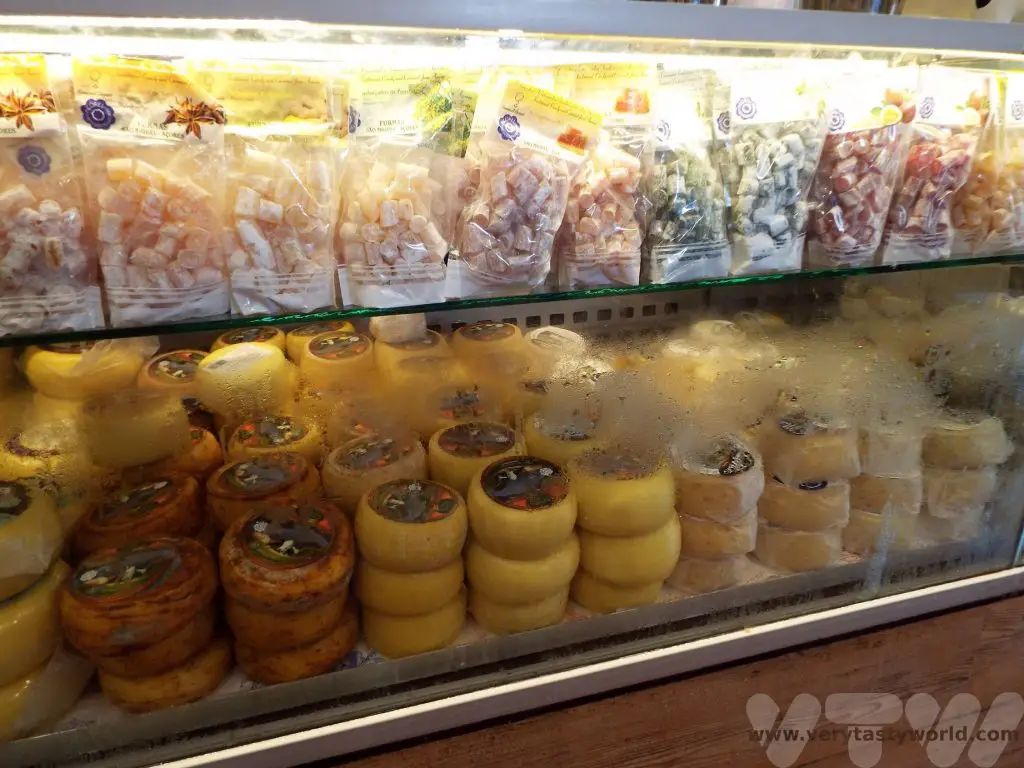
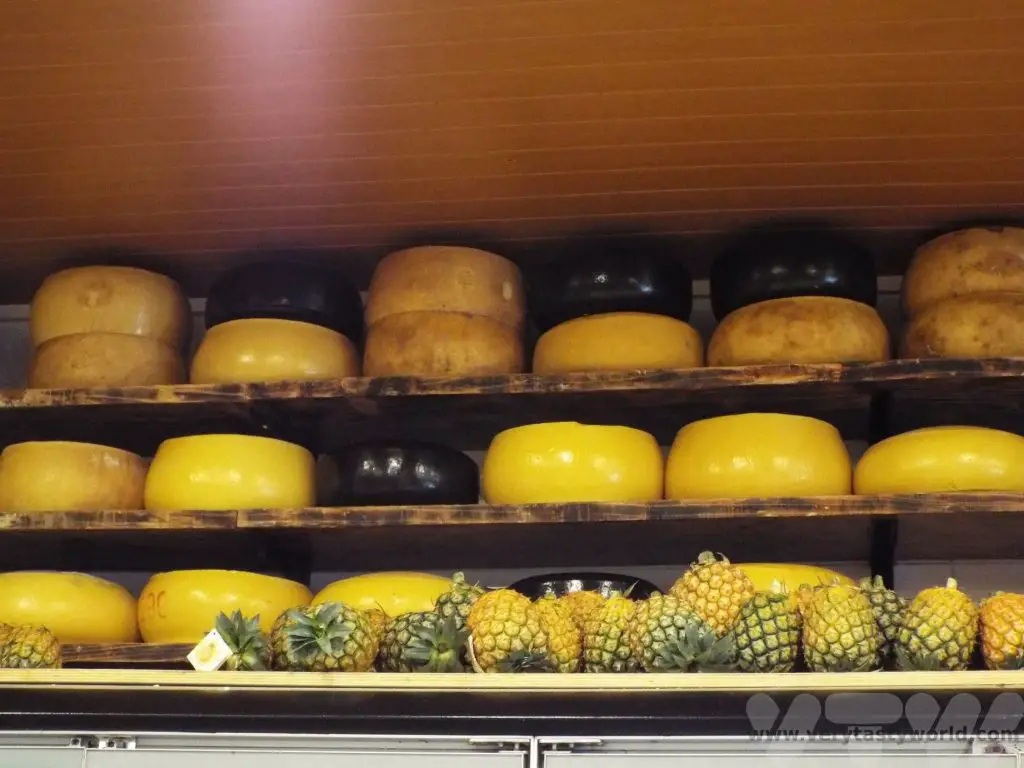
It’s fun visiting the shops – you can let them know about your cheesy preferences and they will recommend particular flavours and offer you a sample. We were keen to bring some cheese home and they were able to vacuum pack some very large slices for us so that we could store them in our hotel fridge and get them on the flight home. They survived very well and made sure that we weren’t going to run out of cheese for several weeks.
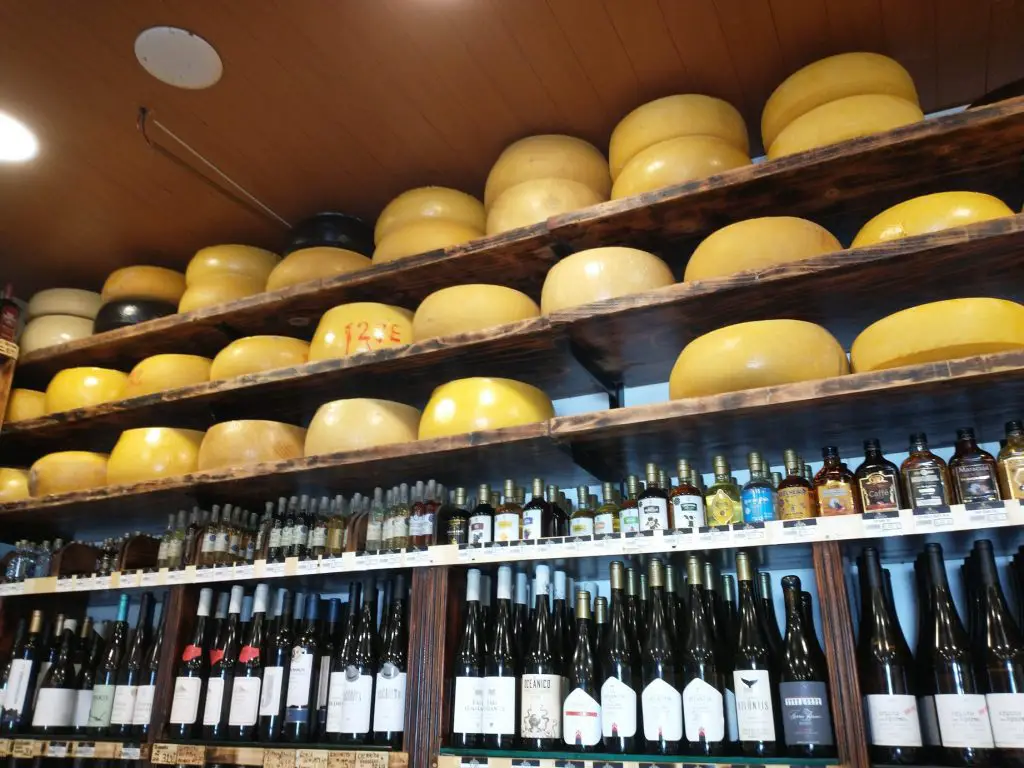

Sao Michel has a black rind and is the premier cheese of the island we were staying on. It’s a hard, very mature cheese with a lovely sharp flavour.
Sao Jorge cheese is produced on the Azorean island of the same name. It is a semi-hard cheese made from unpasteurised milk. It is milder than the other cheeses, with a nutty flavour
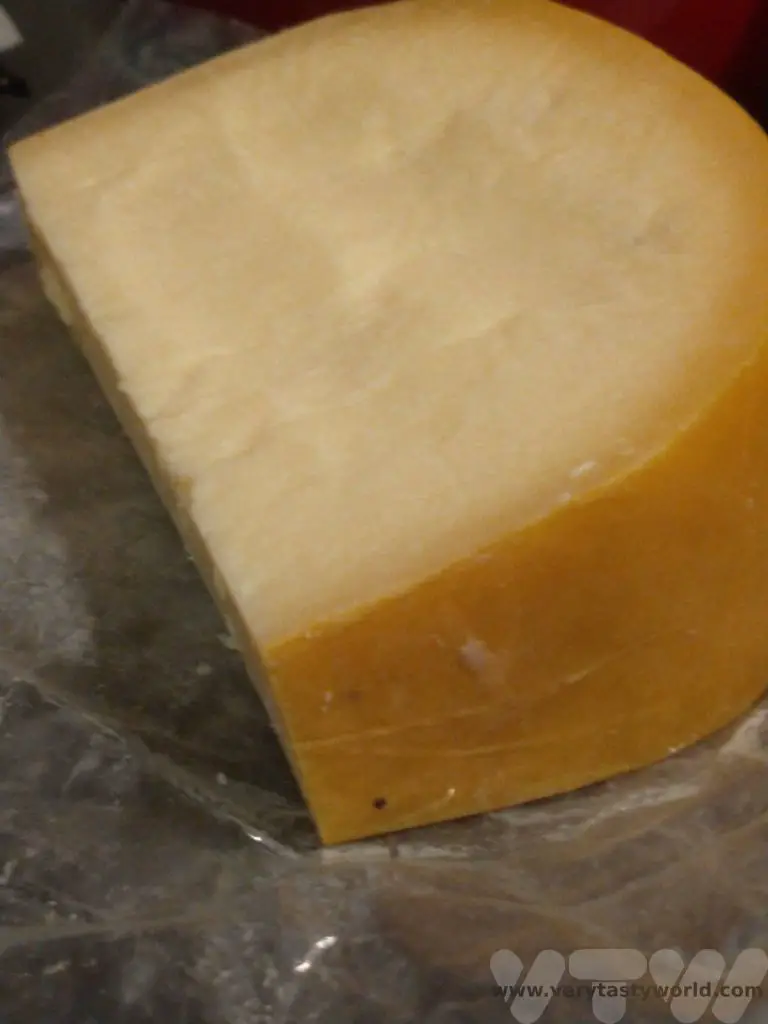
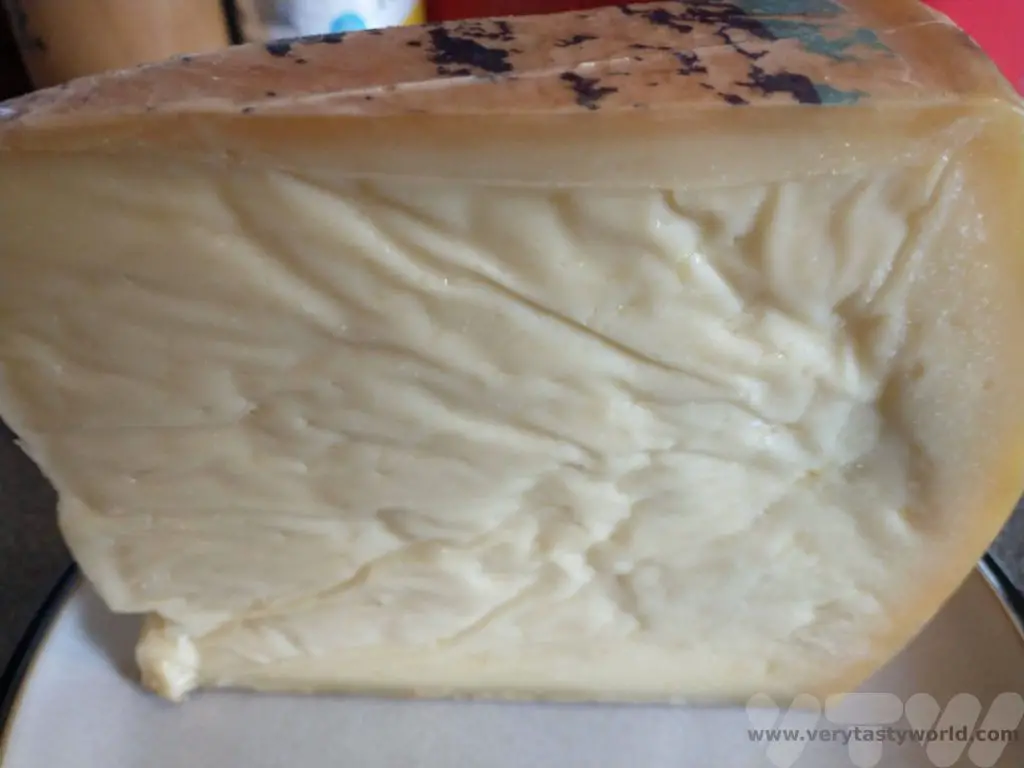
Vaquinha is from the island of Terceira. This one has a surprising initial creaminess for a hard cheese but this eventually flakes slightly. It is very mature, is almost spicy and has a real kick to the flavour!
Cheese is often provided as an appetiser at restaurants but this isn’t matured cheese, it is queijo fresco. It doesn’t have the fullest of flavour, in fact it’s pretty bland, so it is served with pimenta da terra (red pepper paste) which gives it a real pzazz, and it’s eaten with fresh bread. We were able to bring back a bottle of pimento de terra home with us.
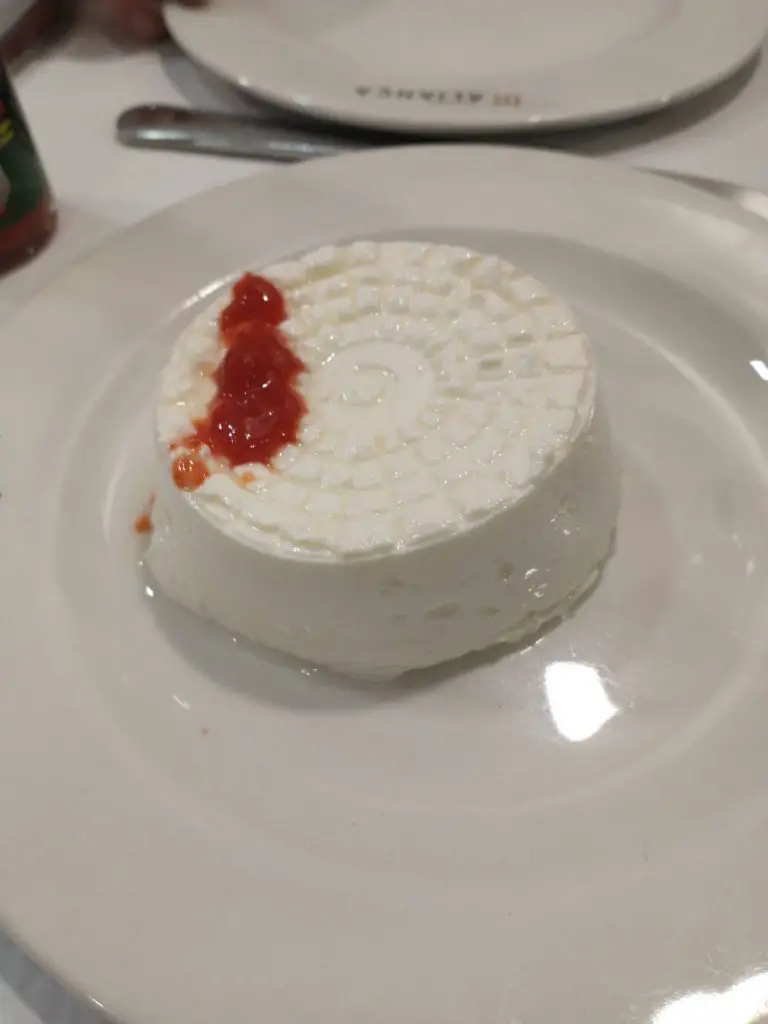
What Goes Well with Cheese? Pineapple of Course!
There is a pineapple plantation, located just outside Ponta Delgada, easily within walking distance of the city centre. You can visit the greenhouses and see the pineapples growing.
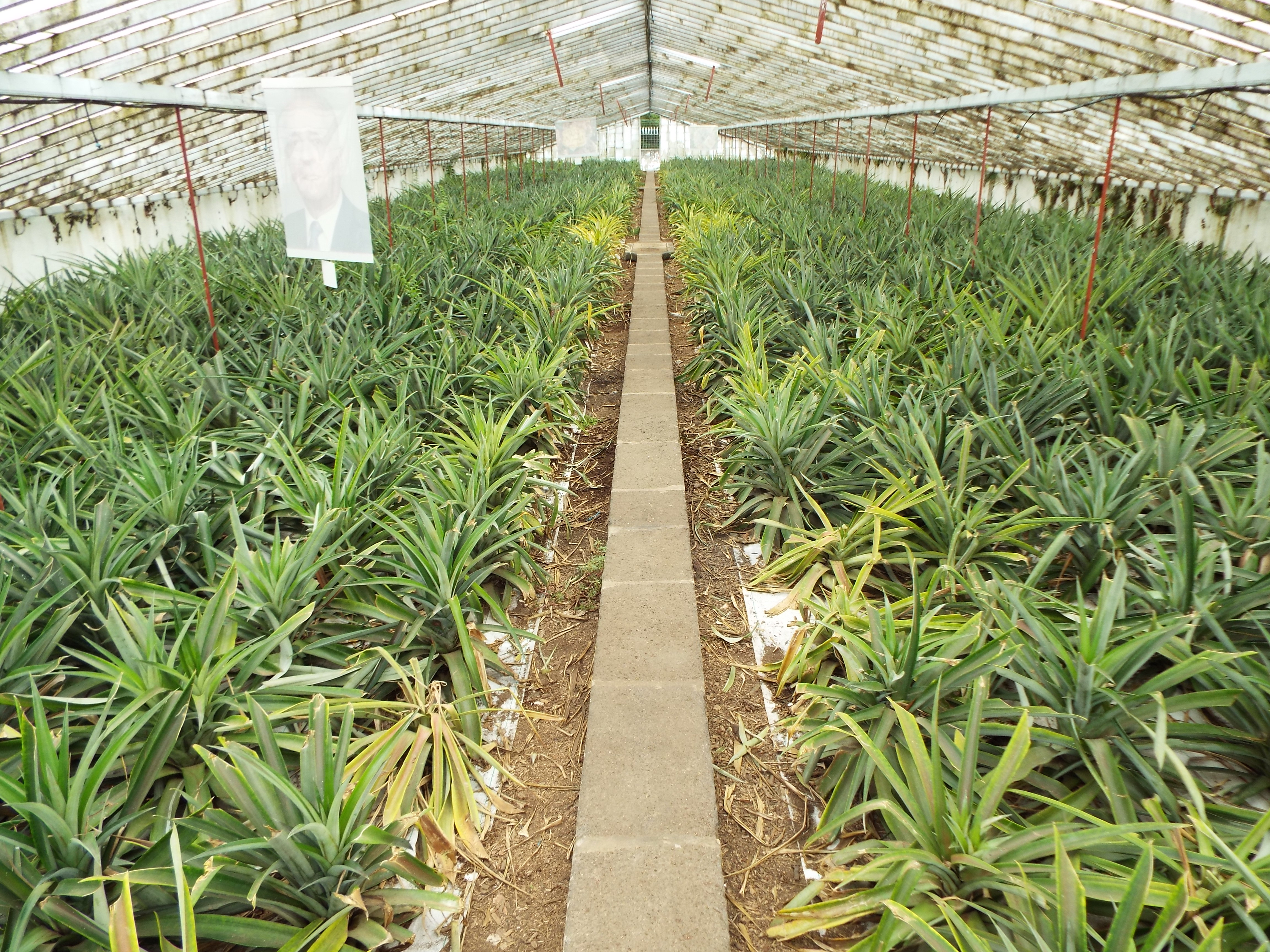
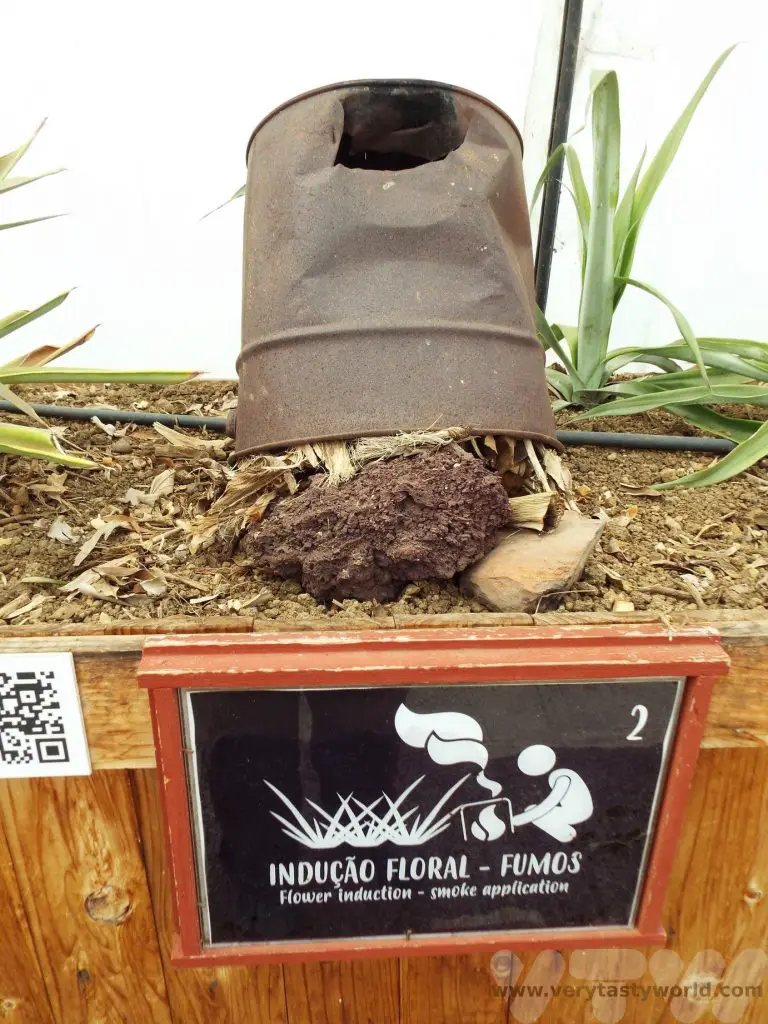
There are also some displays and videos which show the process for growing these fruit. It’s interesting that they use a smoking process to trigger the flowering of the plant.
And there’s a café on site which offers a complimentary shot of pineapple liqueur and a teeny piece of toast with pineapple jam.
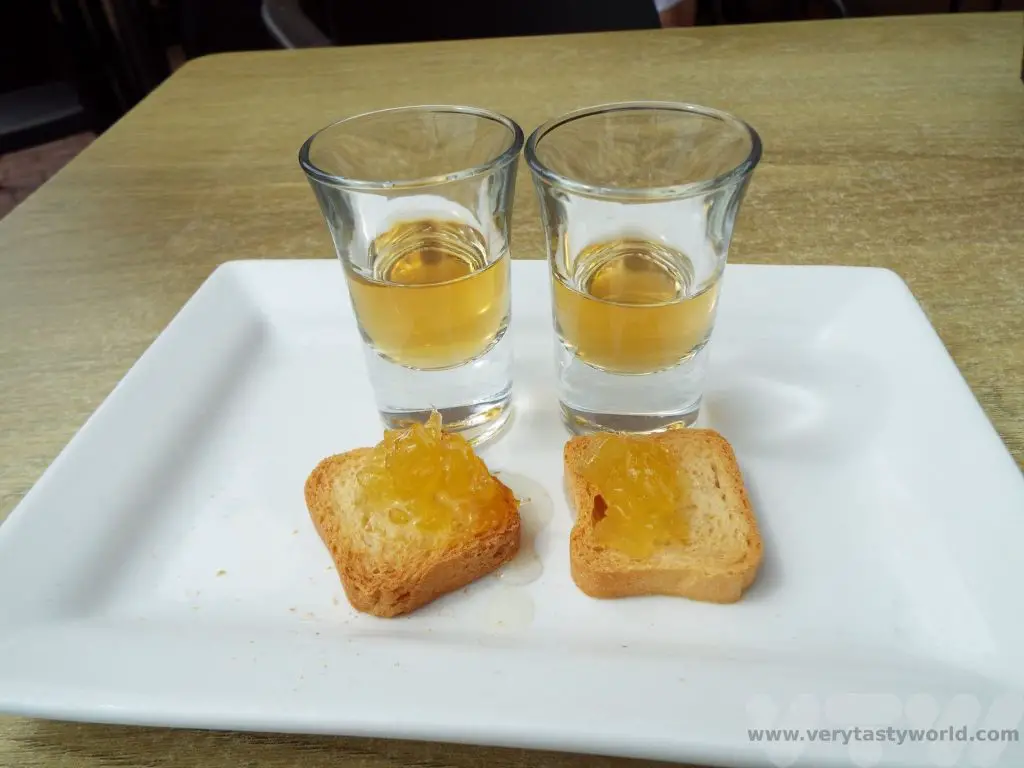
And, as we hadn’t had elevenses or lunch, we thought it would be rude not to enjoy a pineapple gelato, washed down with a caipirinha, a delicious cocktail made with crushed pineapple, lime and rum.
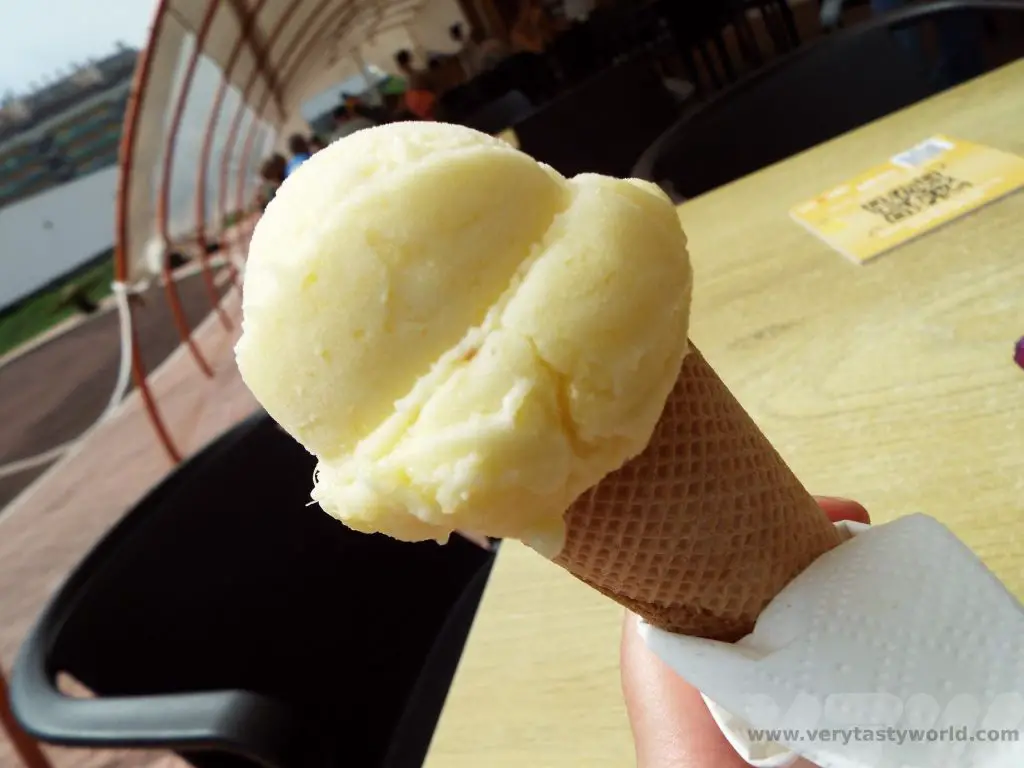
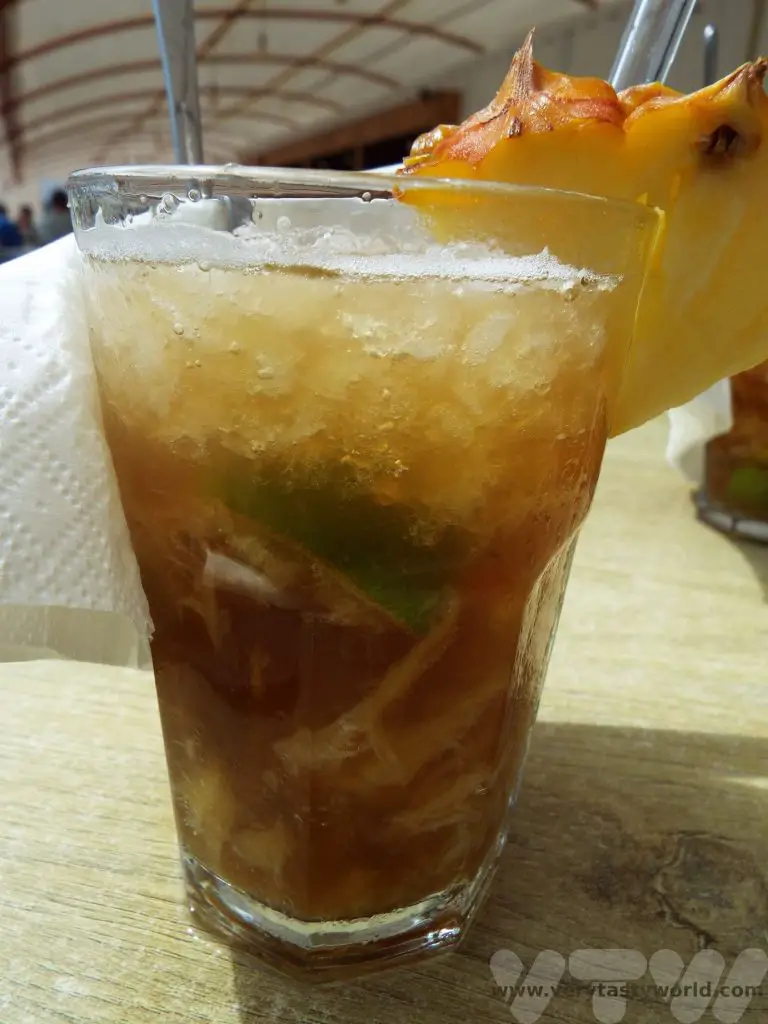
Everything Stops For Tea
The Azores also have a tea plantation, located on the north coast of Sao Miguel. The Gorreana Tea Factory was established in 1883 and is one of only two tea plantations in Europe. It’s possible to visit the factory and do a self guided tour.
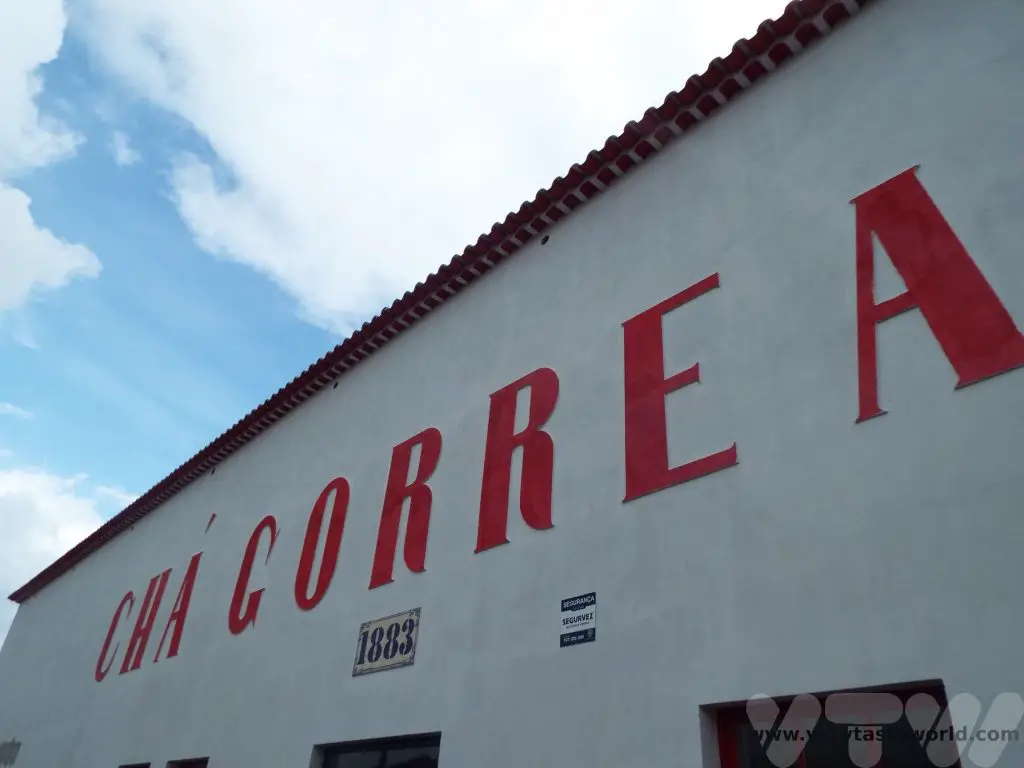
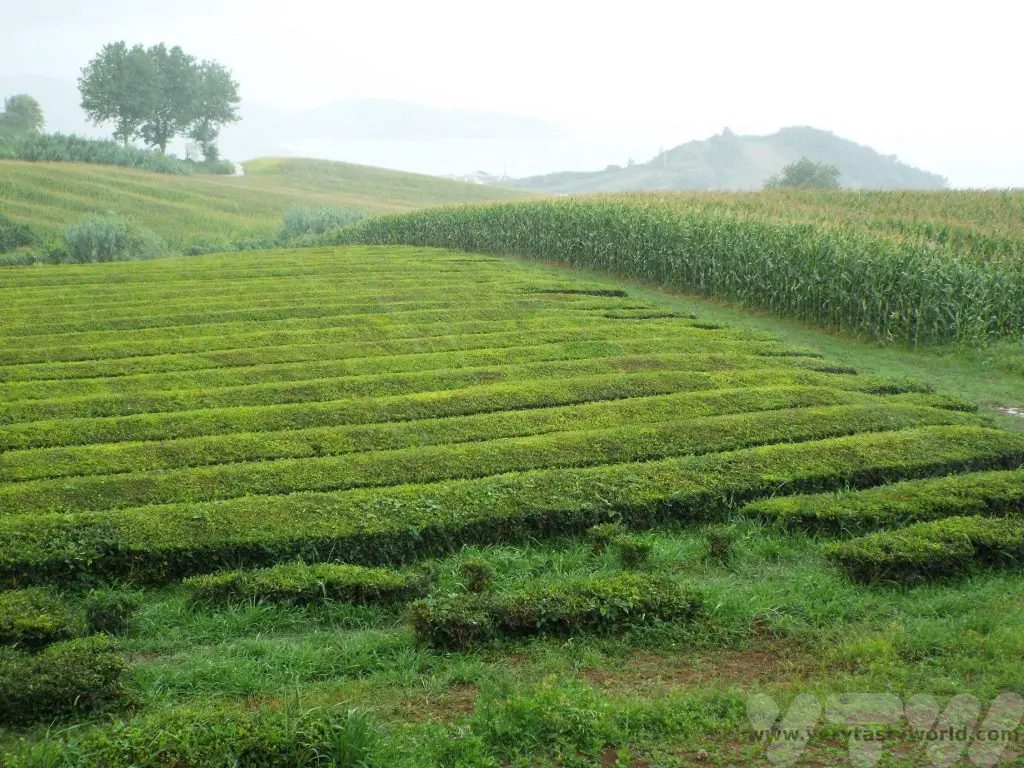
There are infographics showing how the tea is processed and you can enjoy a cup of their tea as well as visit the inevitable shop and café. They produce both green and black tea. Both taste good.
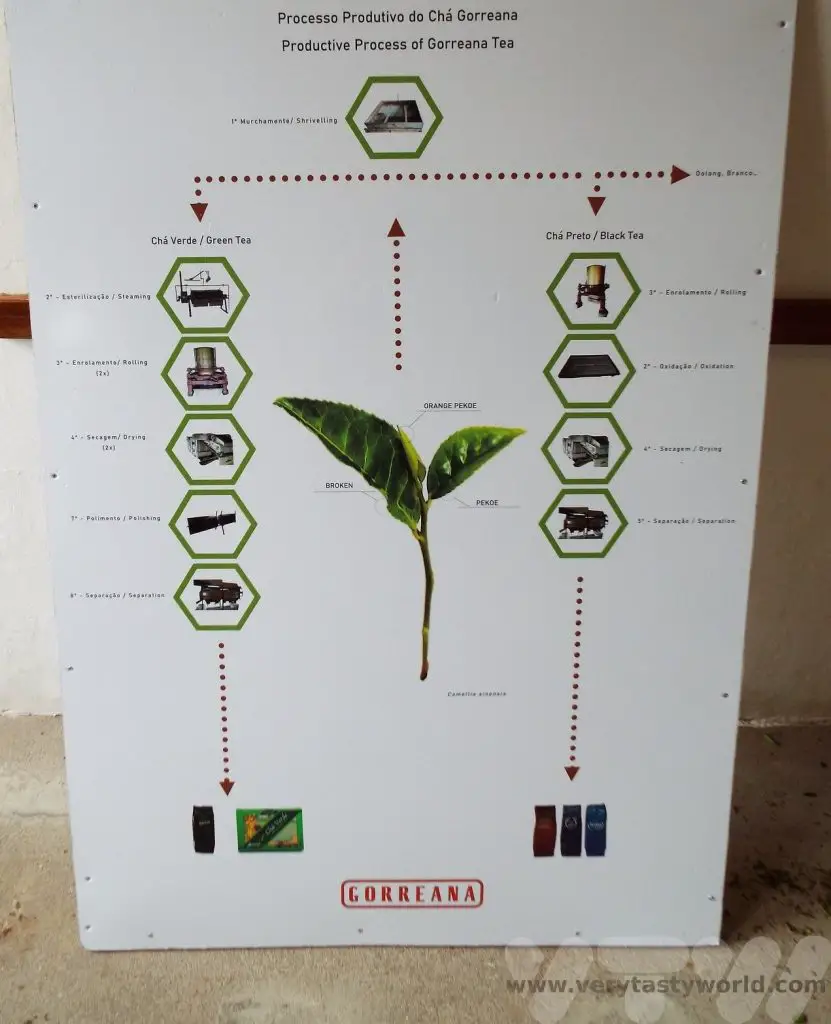
It’s lovely to be able to see the original machinery in action.
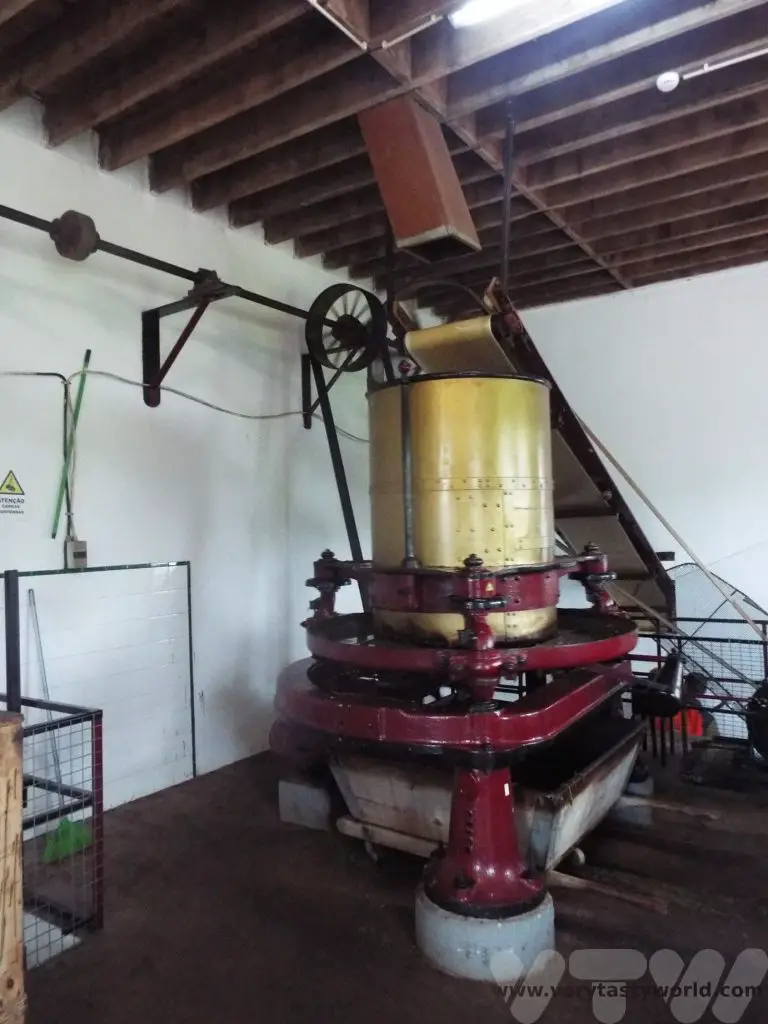
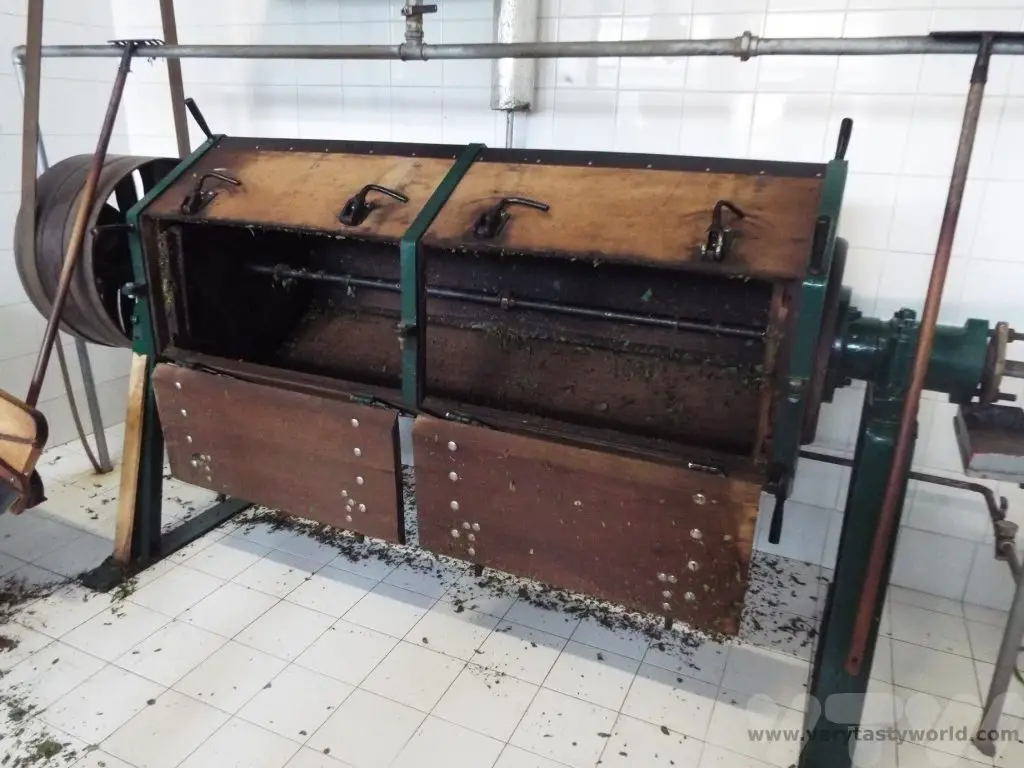
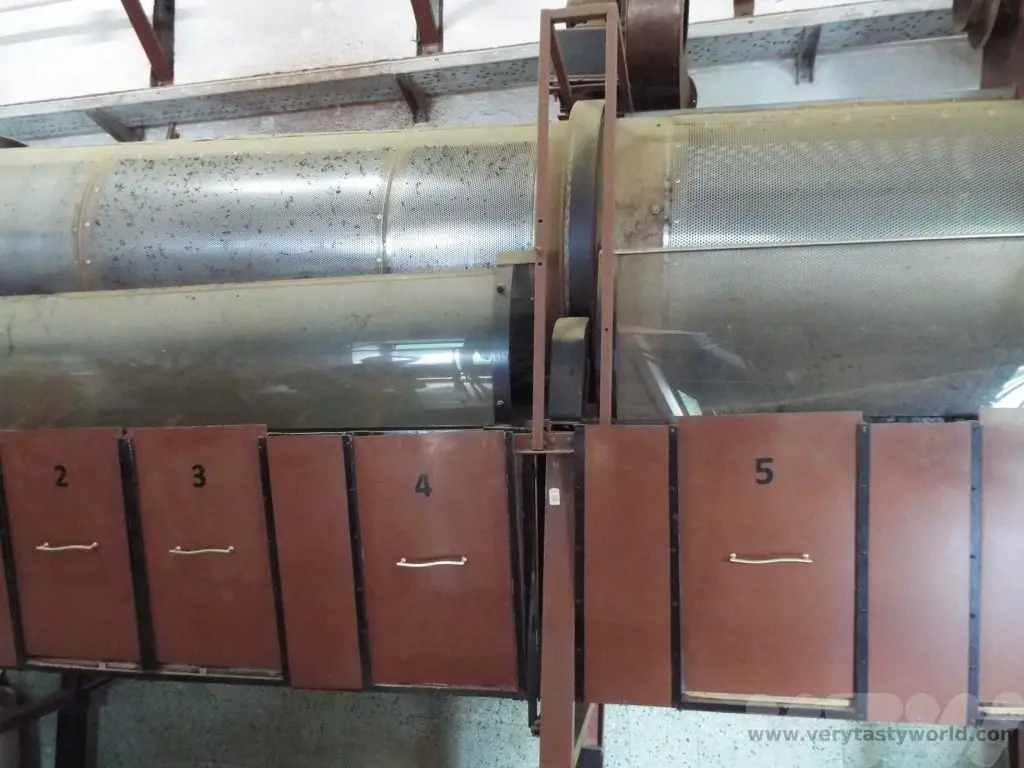
Volcanic Cozido das Furnas
The Azores are volcanic islands and some areas are still very geologically active. We enjoyed a day trip to Furnas towards the eastern end of the island.
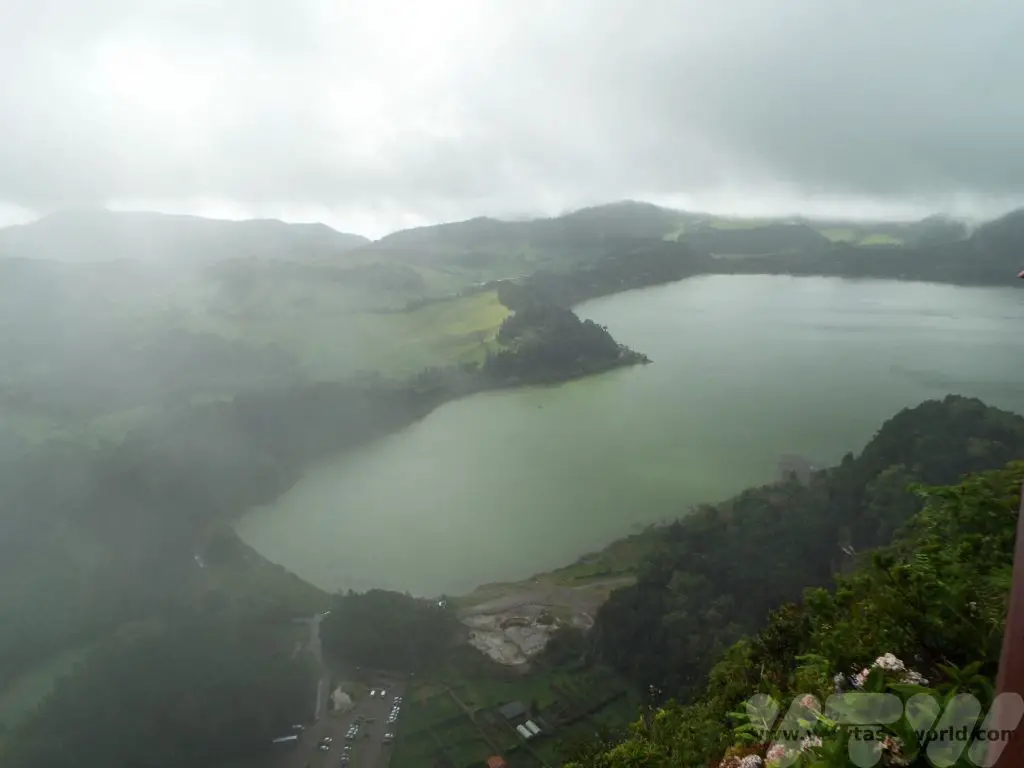
The local town has fumeroles which regularly steam, squirt and belch hot water. The area has a distinct whiff of rotten eggs due to the sulphur. Some of the water has a yellow colour (see the photo below on the right). This is not geological but local people put in bags of corn on the cob to cook.
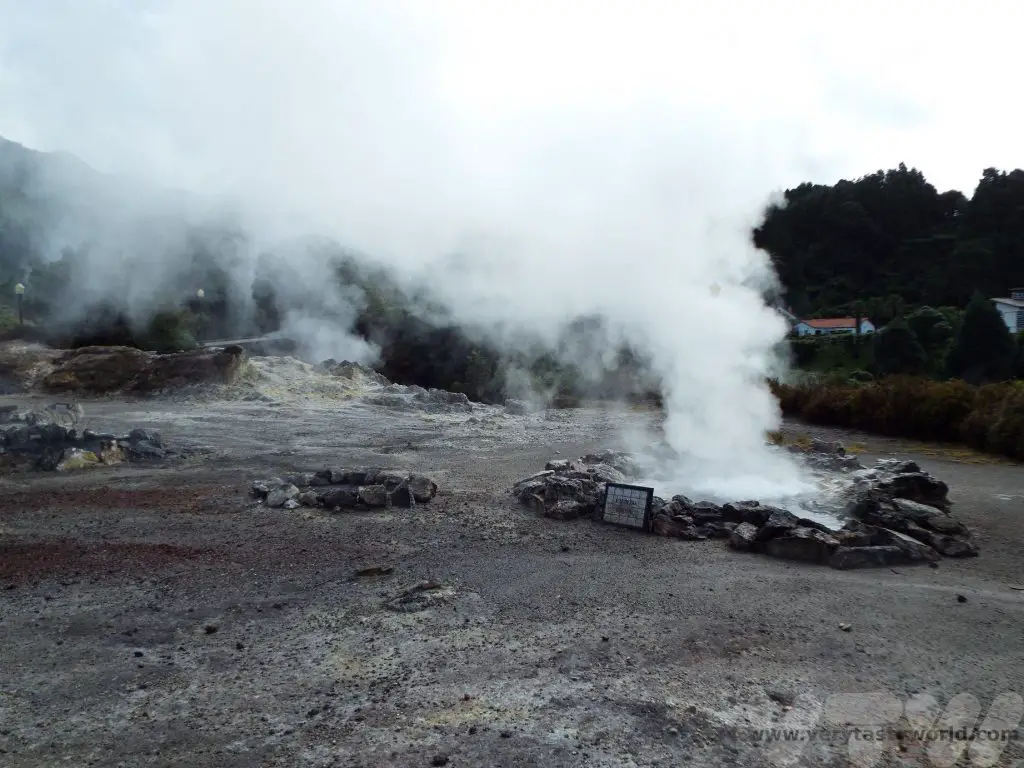
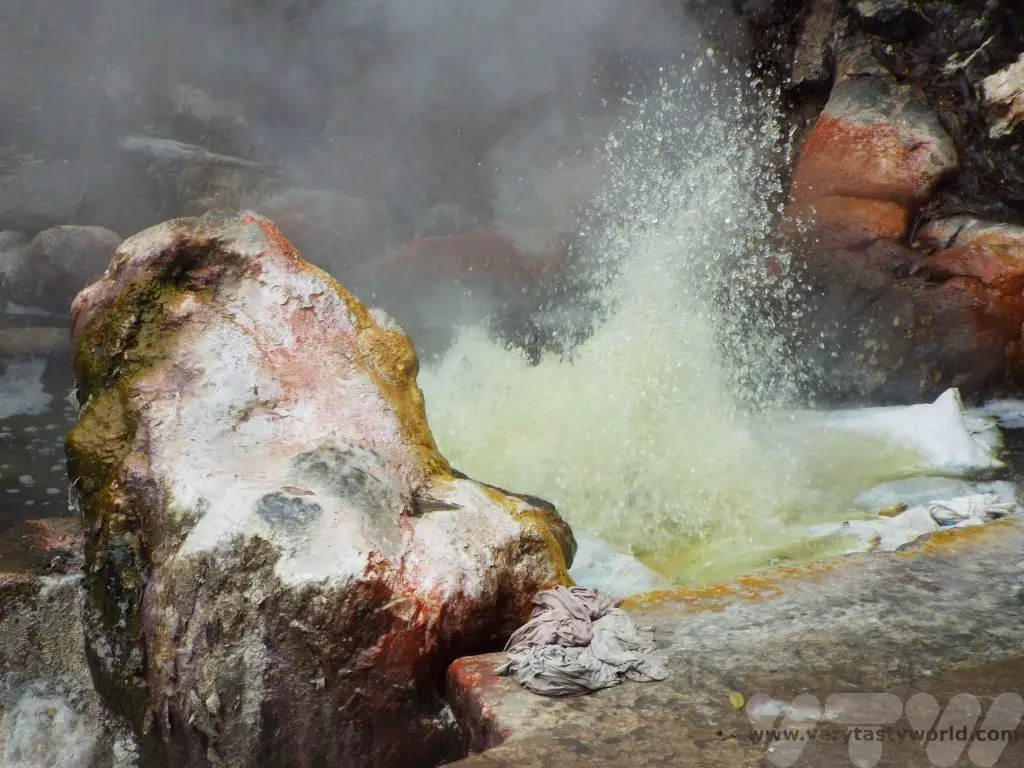
Taro plants, known as elephant ears, grow in the warm water. These have bulbous corms (like a tuber) which are edible and similar to sweet potatoes.
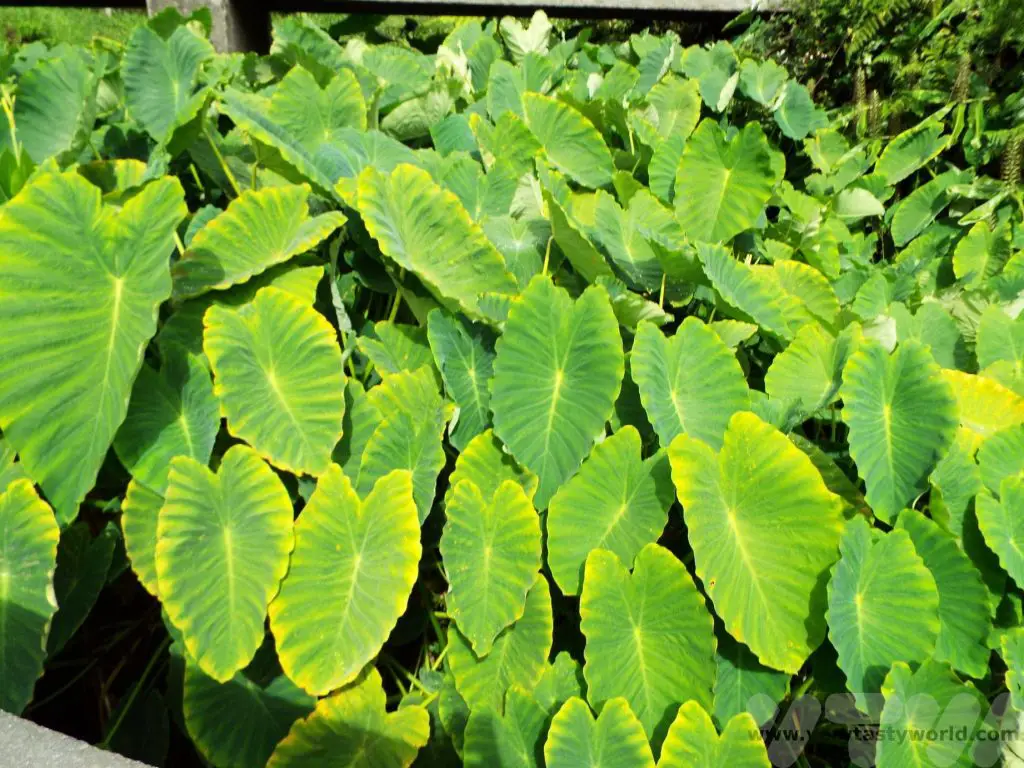
There are also some drinking fountains where you can taste the local water – it tastes very minerally and is an acquired taste for some. It’s also odd drinking warm water. These fountains are located just metres apart but the flavour of the water is surprisingly different!
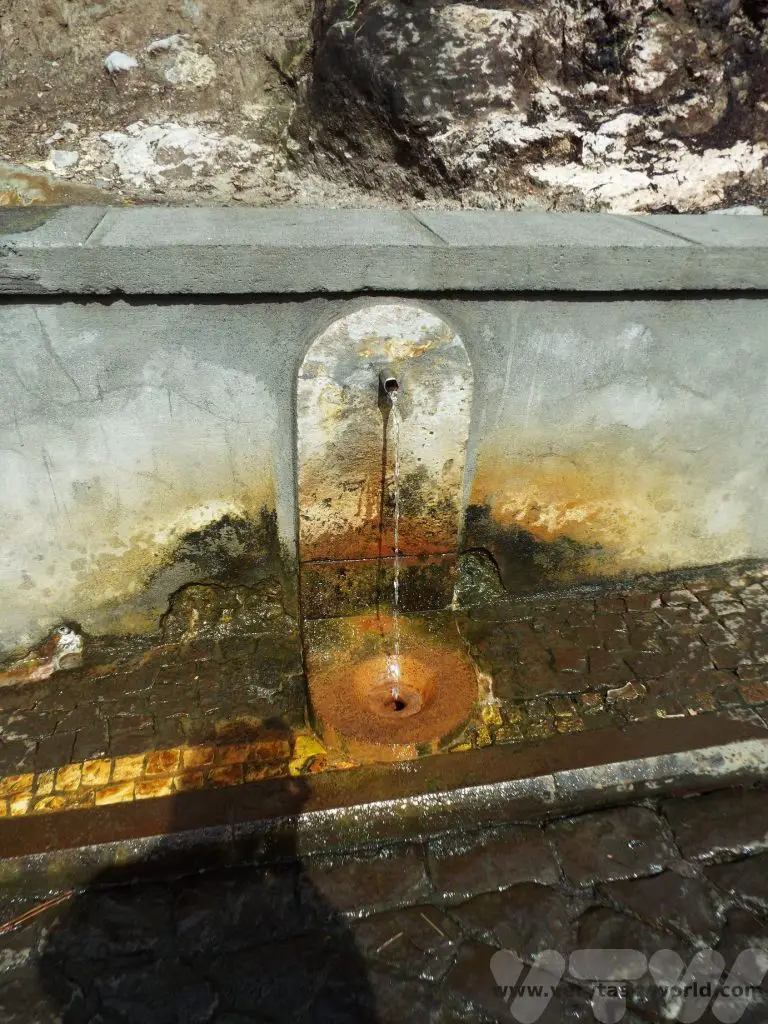
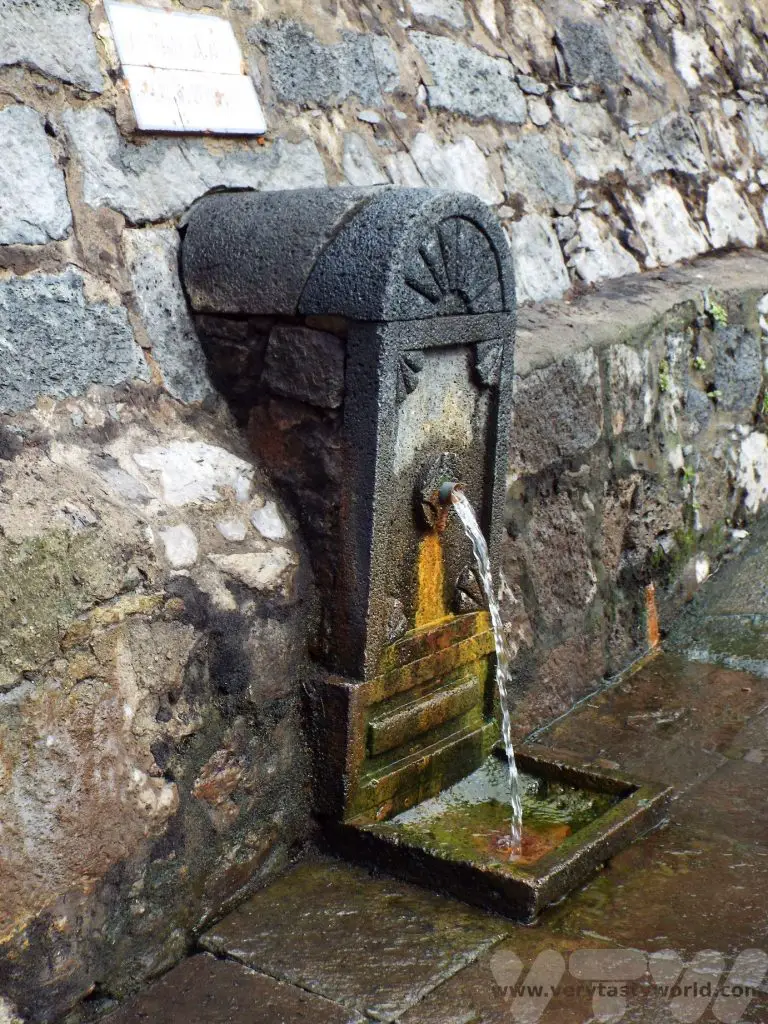
Most trips take you to a viewing point to see Furnas lake, and then you descend to the lake itself. You’re not allowed to swim in the lake but it’s possible to go boating on it. And walking around the area reveals some more of the steaming landscape.
There are a number of fenced off areas containing mounds of soil with name tags. On closer inspection these tags bear the names of various restaurants. Lunch!
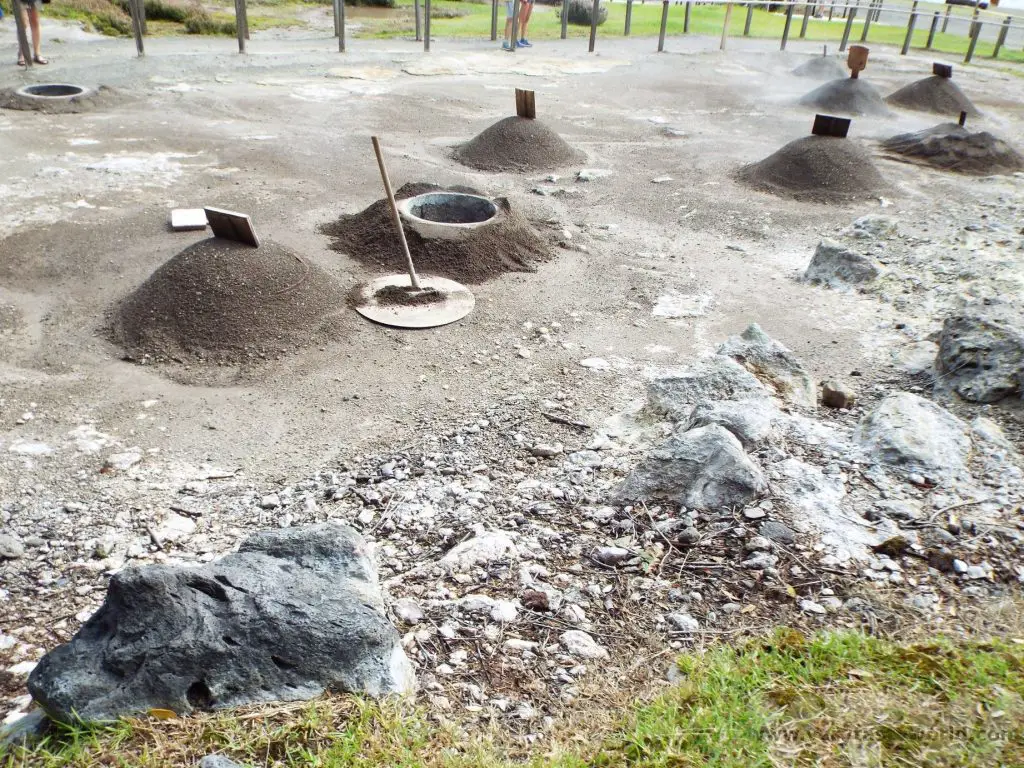
Every morning the restaurants prepare meat and vegetables and place them in a large pot. At 5am these pots are buried in the volcanic soil. Around six hours later a parade of vans arrive (and that’s the cue to grab a place by the fence if you want to take photos) and each restaurant owner will dig out their pots (or invite a hapless tourist to help) from the perfect slow cooker which has been cooking the food using free energy from the ground. It’s a brilliant system. And the site isn’t restricted to restaurants. Local people can hire a hole and bring their own food for a picnic/meal later in the day.
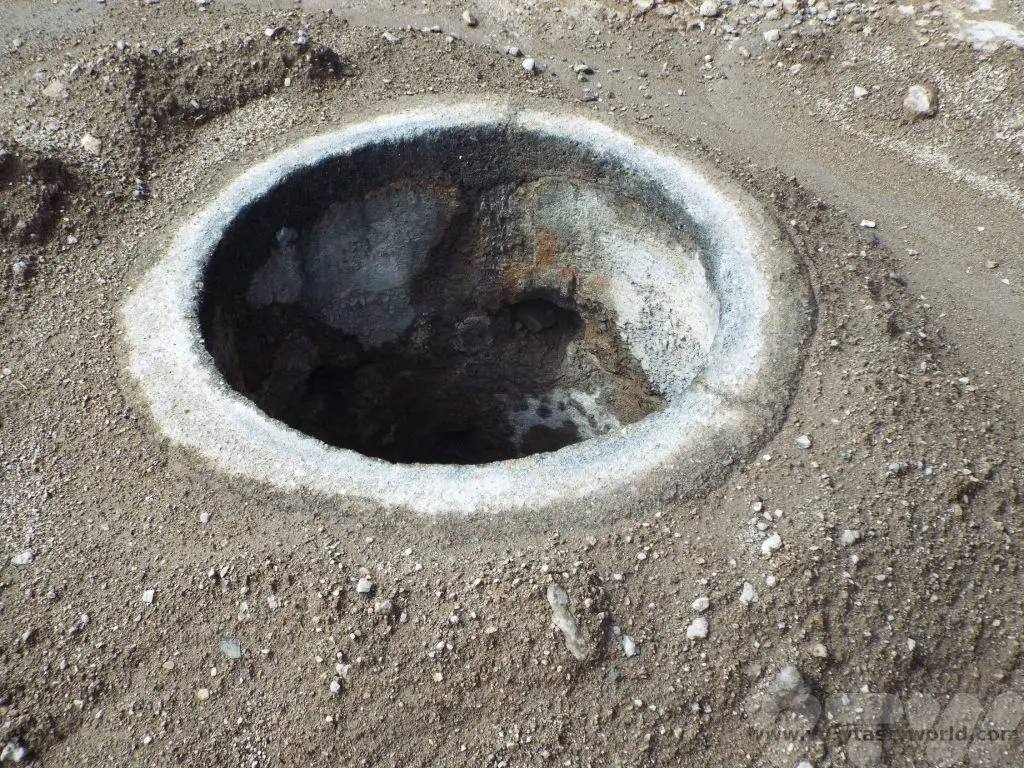
Back in town, the food is then served in the respective restaurants. A platter of meats and a platter of vegetables. (Vegetarians/vegans – the meat and veg will have been cooked together so if you want a veggie cozido, ask in advance and an unadulterated pot of pure veg can be supplied.)
The meats comprised pork, sausage, chicken, beef and blood sausage (Morcela) – all so soft and tender it could be cut with a spoon. It melted in the mouth.
The vegetables were potatoes, carrots, cabbage (which was served in large chunks so that it didn’t disintegrate during the cooking process) and the elephant ear yams.
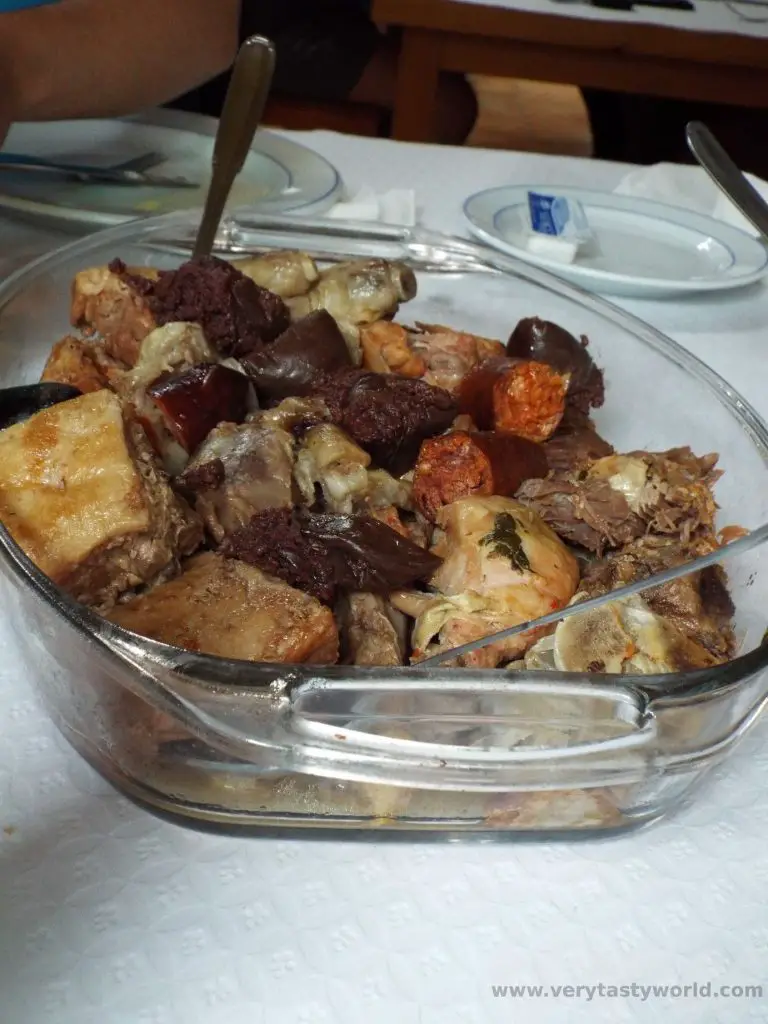
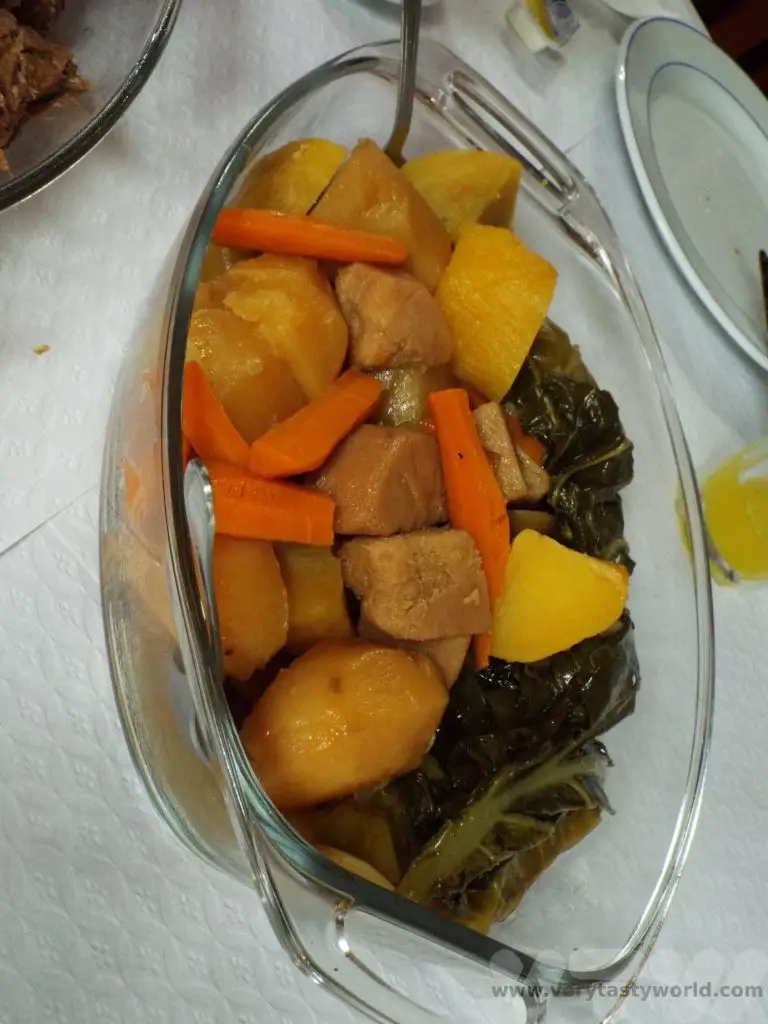
Cozido doesn’t have any additional flavours added – the food is served just as it comes out of the pot. But while it doesn’t offer complexity, the juices of the meat provide lots of flavour and you really get to enjoy the taste of the meat and vegetables. And it really is a feast!
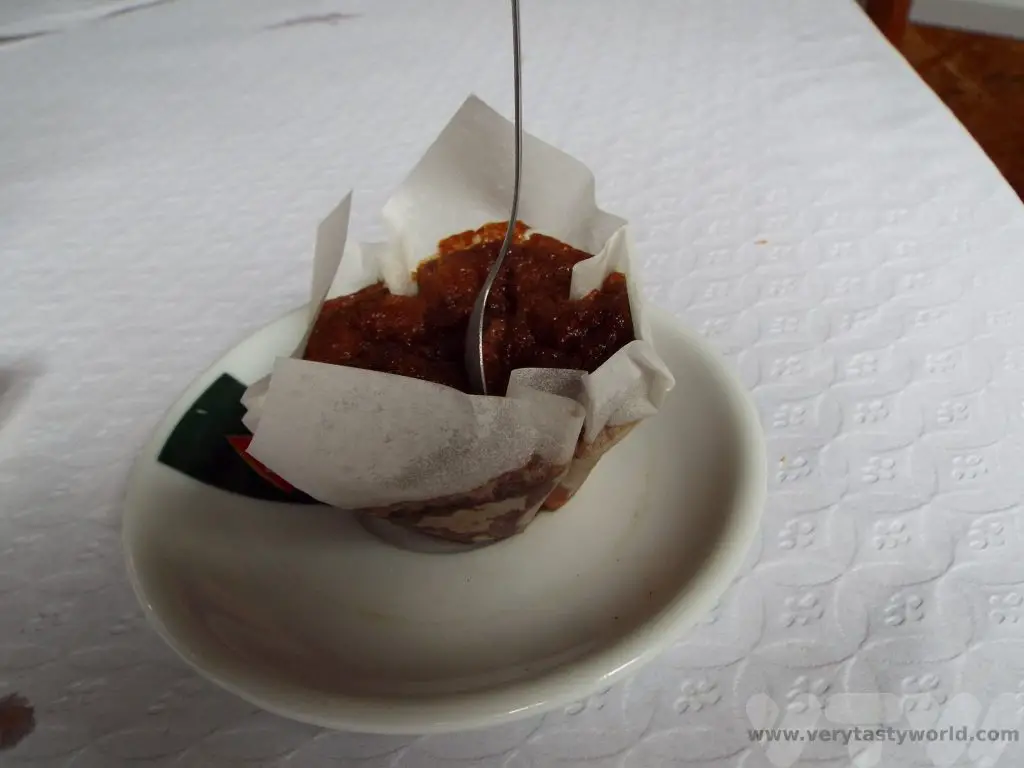
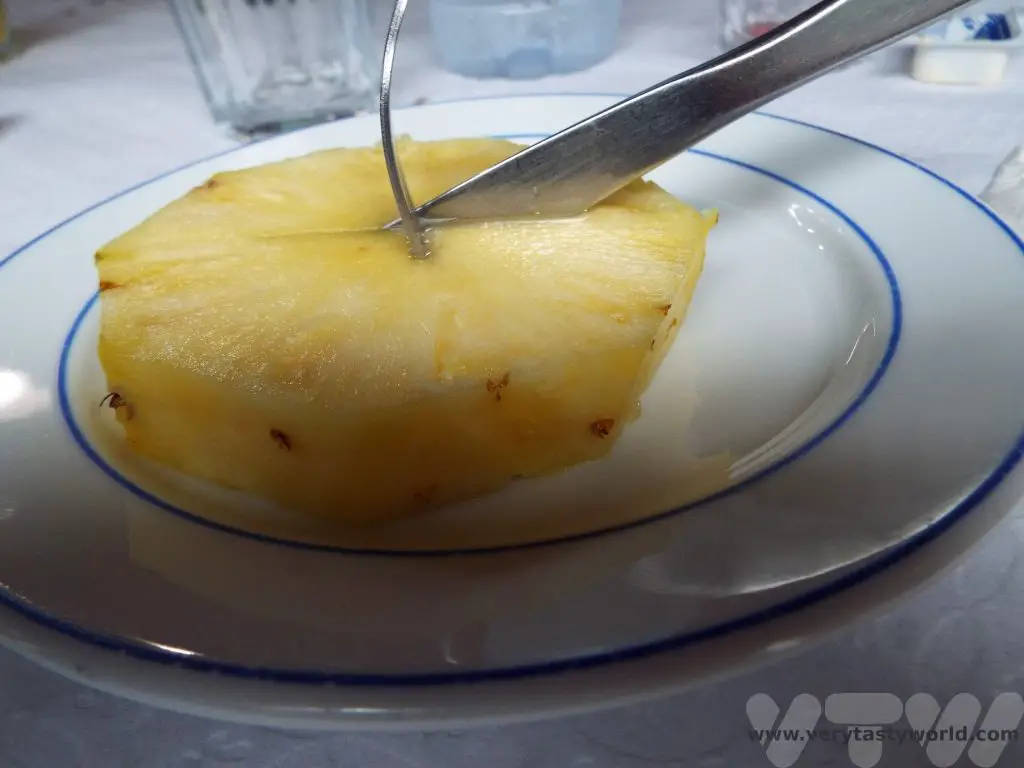
All washed down with local wine and a nice honey cake (if still hungry) or a slice of delicious local pineapple (if that’s all you can manage) for dessert, it filled us up for the rest of the day.
A Little Bit of Foraging
While the hydrangeas add glorious hues to the countryside and are very much welcomed, Sao Miguel has a more invasive plant – the yellow wild ginger – which is far less popular. It spreads quickly and does take over the landscape very quickly.
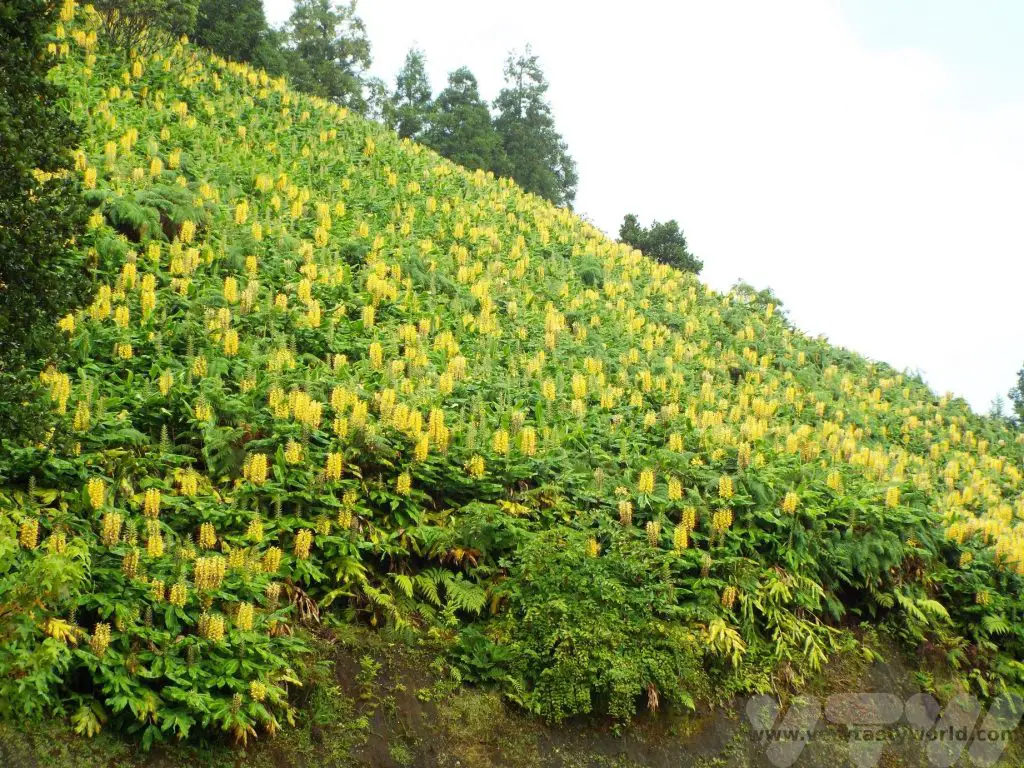
The local university is looking into uses for the plant and it’s looking hopeful that the fibrous leaves may be a useful material to replace use of some plastics in future. It is a good pollinator and inside the long yellow flowers is a drop of nectar. You can pick the flower, bite off the end – by a couple of centimetres – and spit that out. Then suck on the flower and you can taste the sweetness.
Dining on San Miguel – Ponta Delgada
First of all, if you want to dine at a particular restaurant, book! We visited at the end of the busy season and struggled to get a table at the best restaurants for an evening meal. At one of the restaurants we pretty much bagged the last table. We arrived five minutes before opening and people were already queuing for a walk-in but were politely turned away. Another option is to visit the restaurants at lunchtime when it should be easier to get a table.
Our favourites were Gastronomo and Michel. Both are deservedly popular and offered foods of the Azores that were local specialities. We received a very warm welcome in each place.
Gastronomo, R. da Boa Nova
Their queijo fresco and pimenta da terra were freshly made (some restaurants provide you with the cheese on a plate and a bottle of sauce) and served on a ginger plant leaf (one of the uses for the invasive plant) accompanied by home-made bread, including a sweet bread (a bit like a brioche) which was a wonderful contrast to the cheese and chilli.
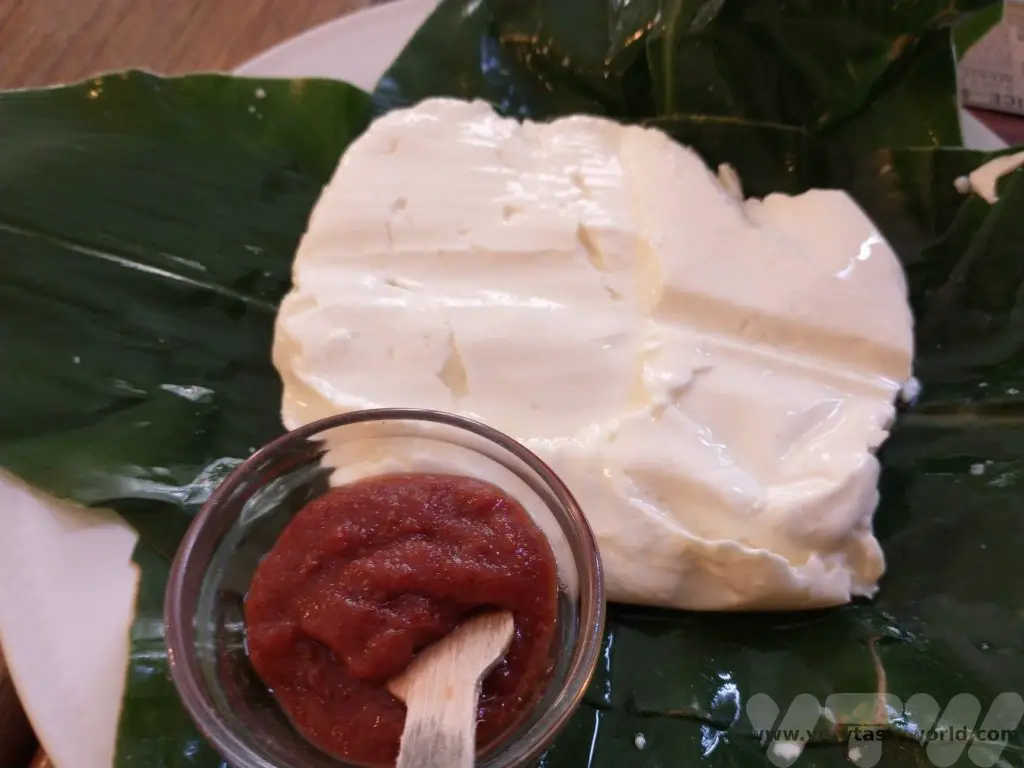
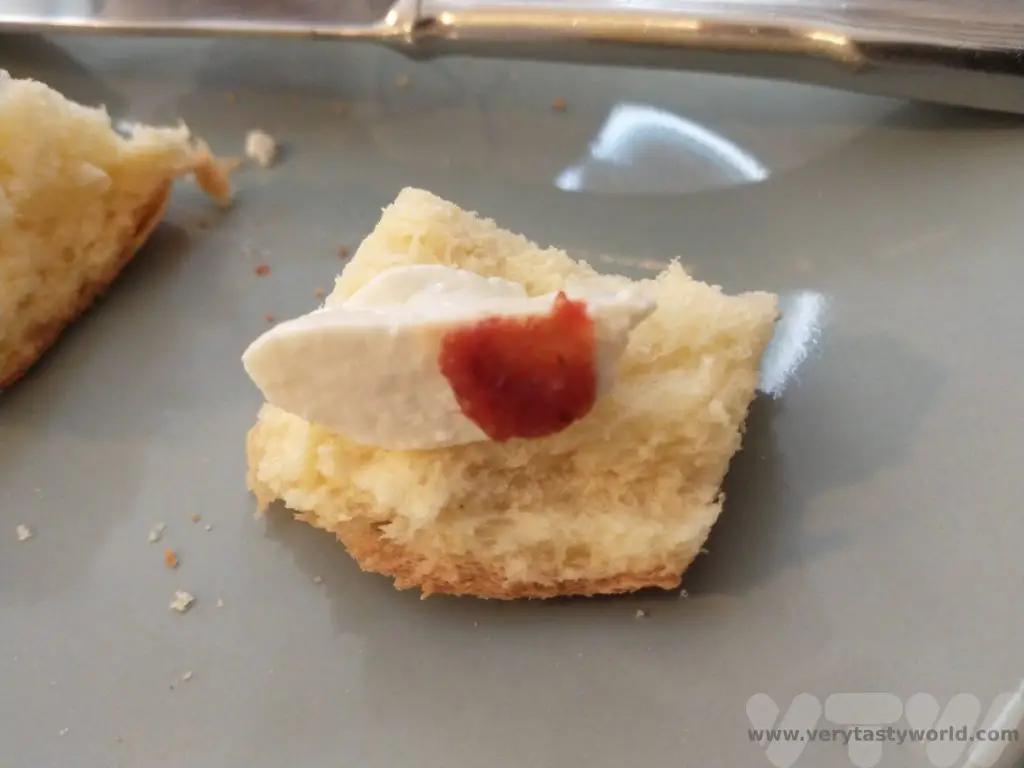
We shared a starter of black pudding and local pineapple which was an absolutely delicious combination of sweet and savoury flavours. The black pudding – a blood sausage – was one of the best we have eaten.
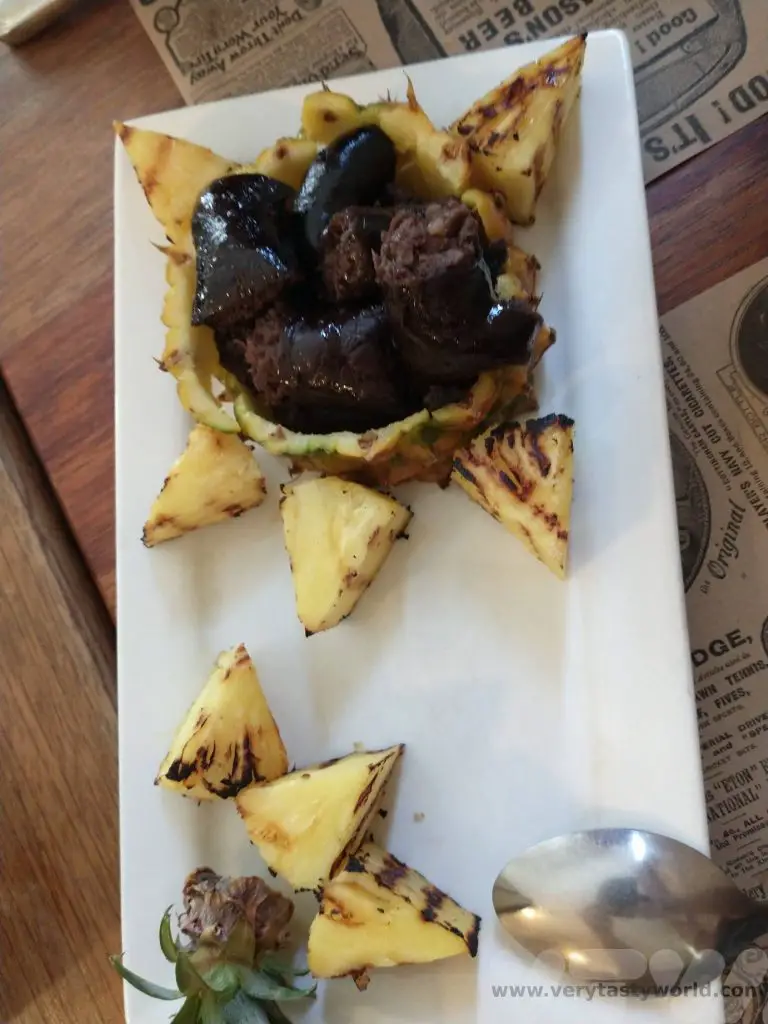
The Azoreans have a particular way of cooking steak. Bife steak with garlic and pimento and a fried egg.
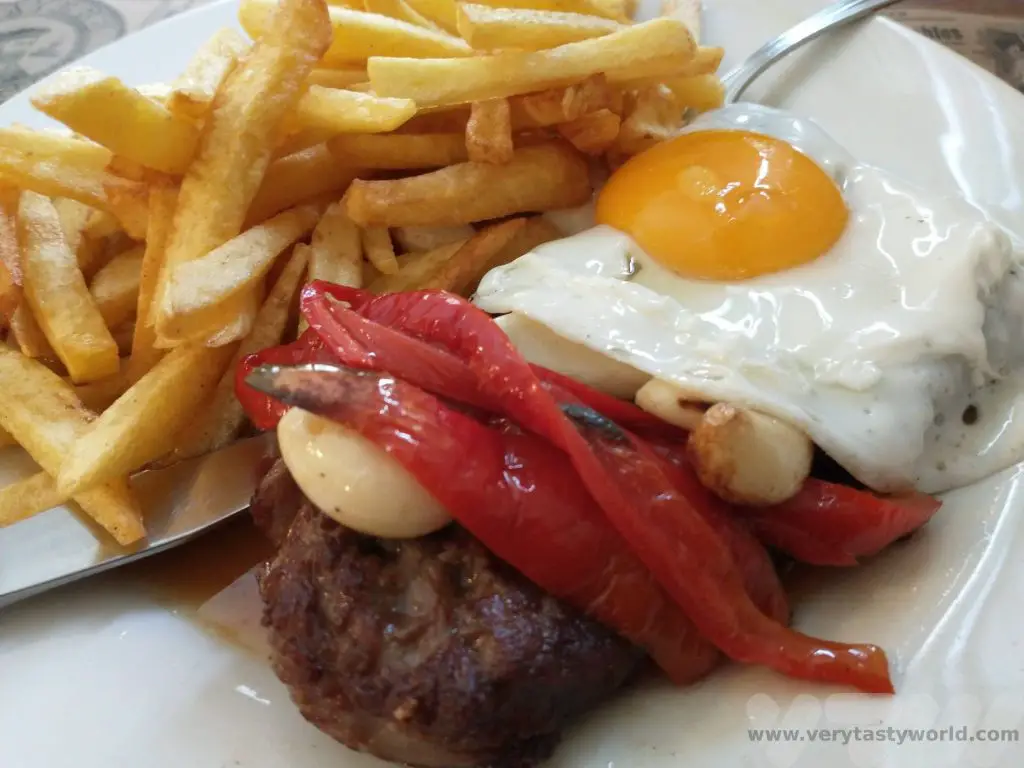
Bacalhau is not specifically Azorean but is a hugely well known Portuguese dish. It comprises salt cod, cooked with eggs and olives and served on fries.

Michel, Rua Engº José Cordeiro Antiga da Calheta
We tried Azorean limpets and local shrimp to start with. Limpets are shellfish that are incredibly common all over Europe and, although we knew they were edible, had never seen them on a menu before. They have a tougher texture than a lot of shellfish but they were tasty.
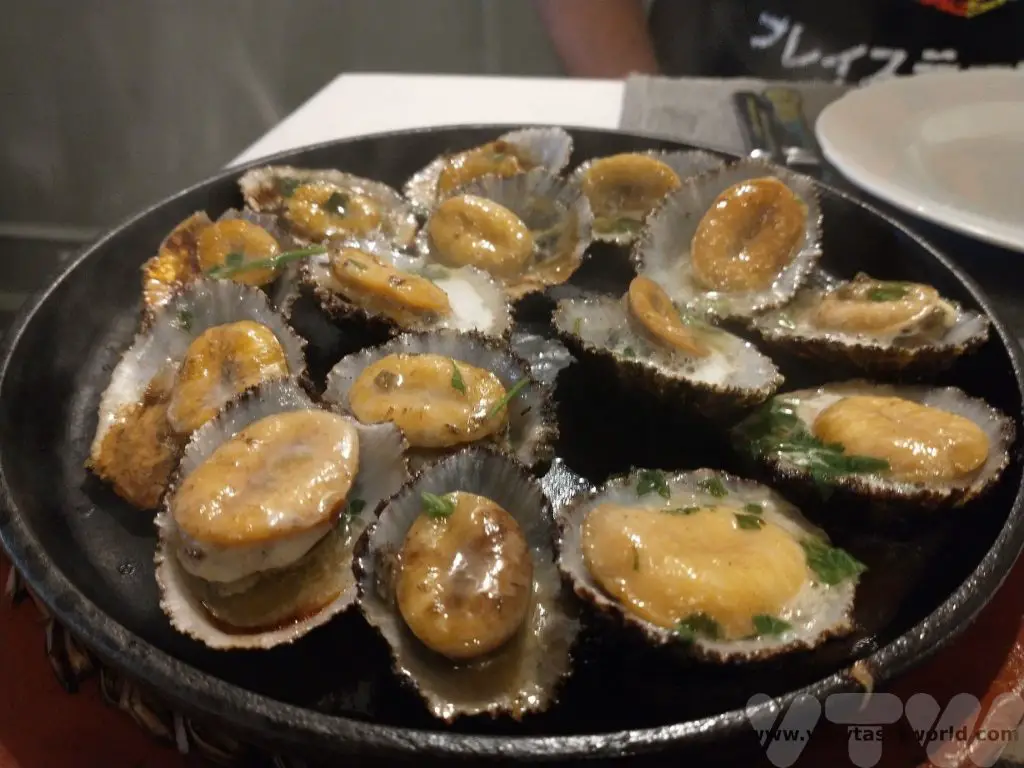
Pork and mashed yam (the elephant ears) and vegetables was utterly delicious.
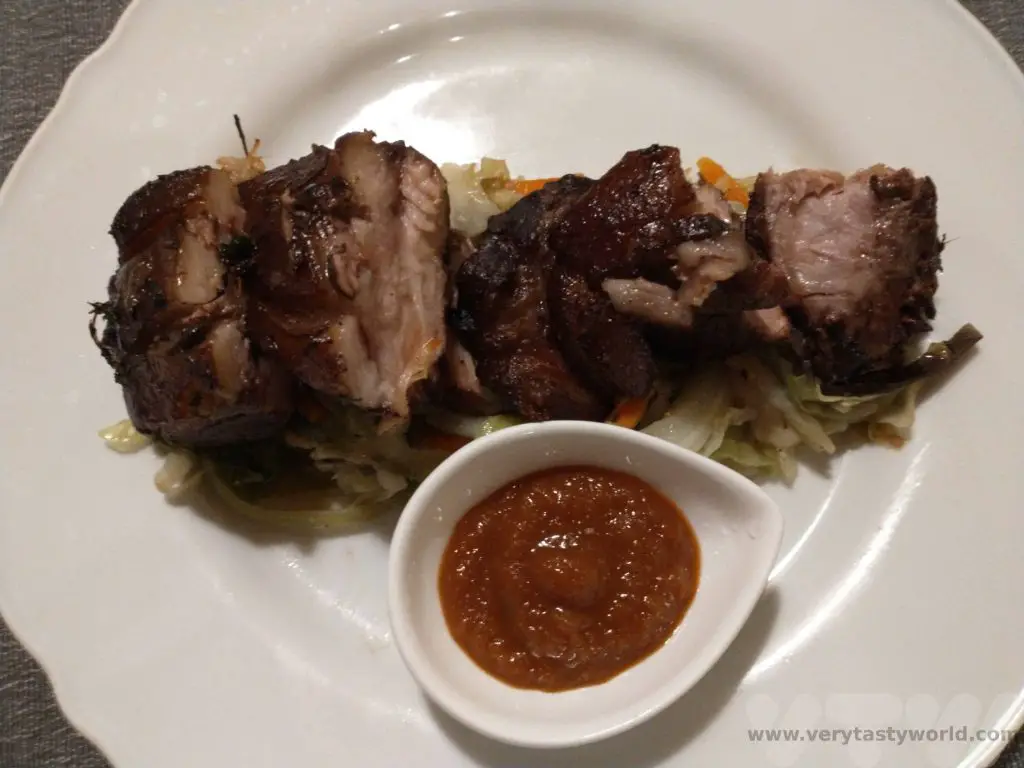
As was the oven roast lamb.
